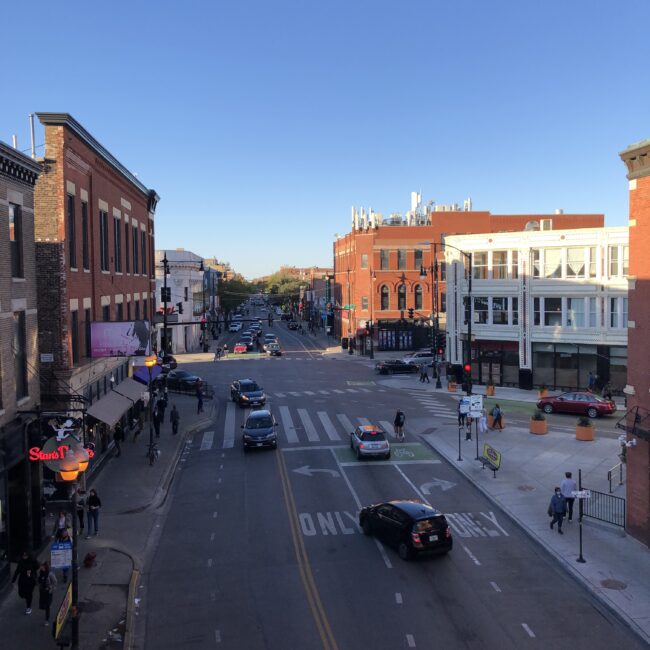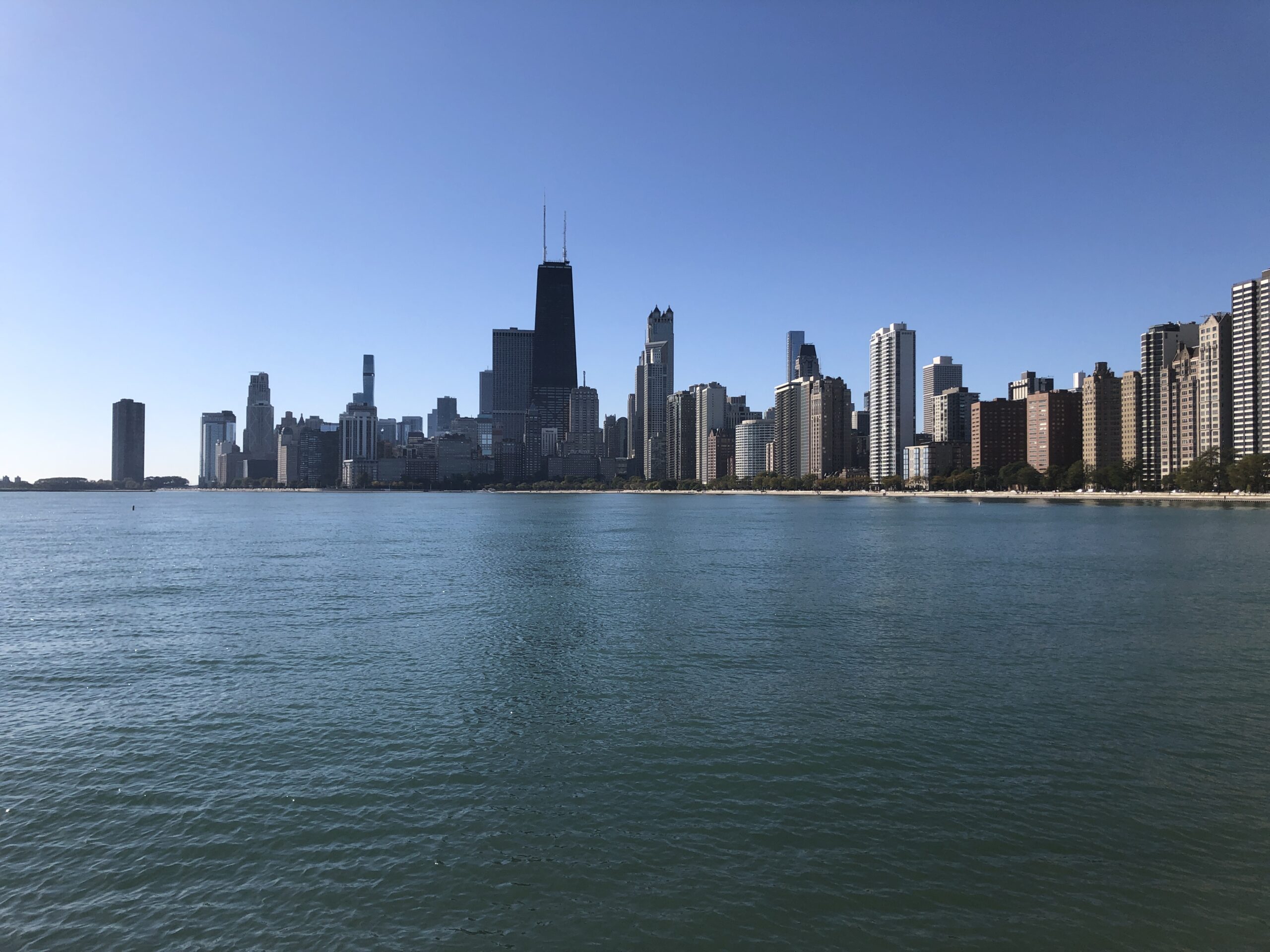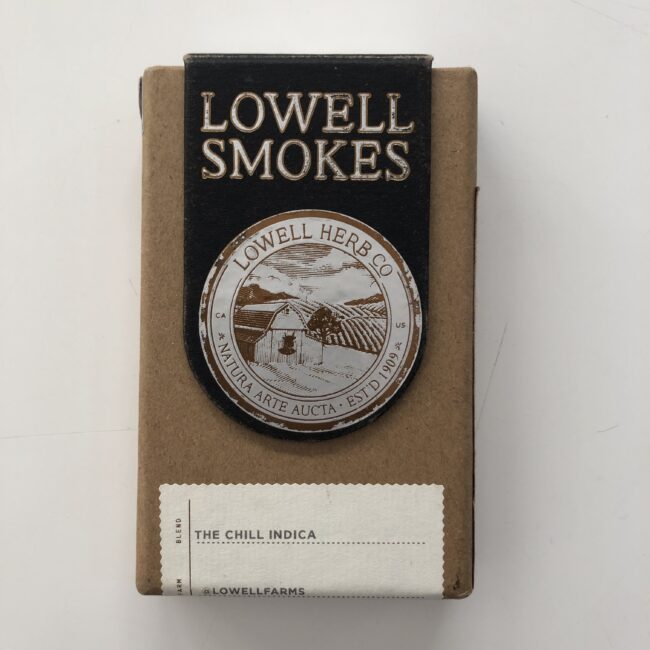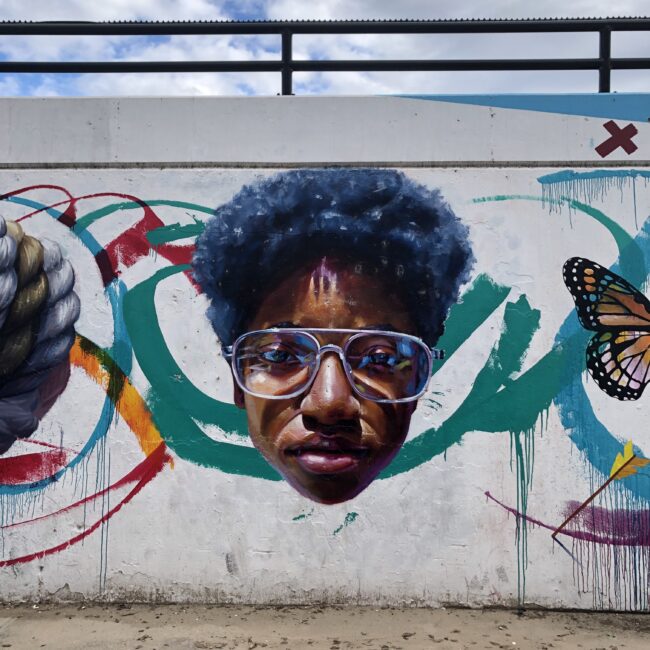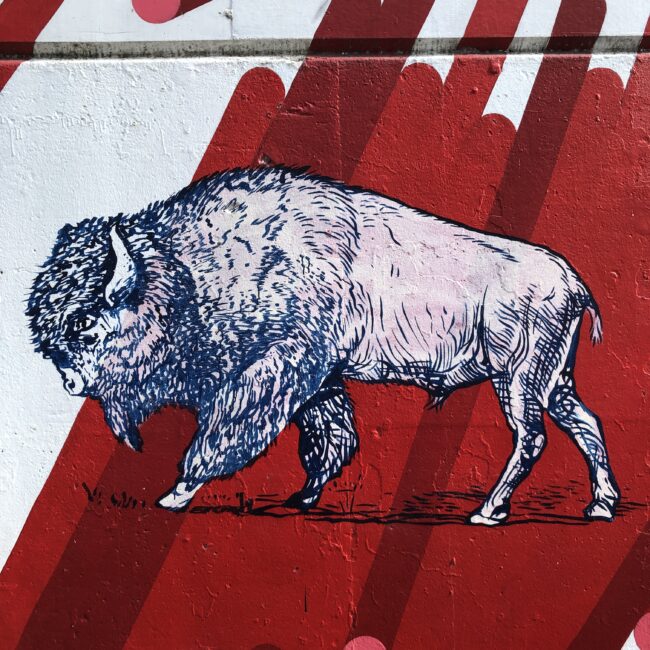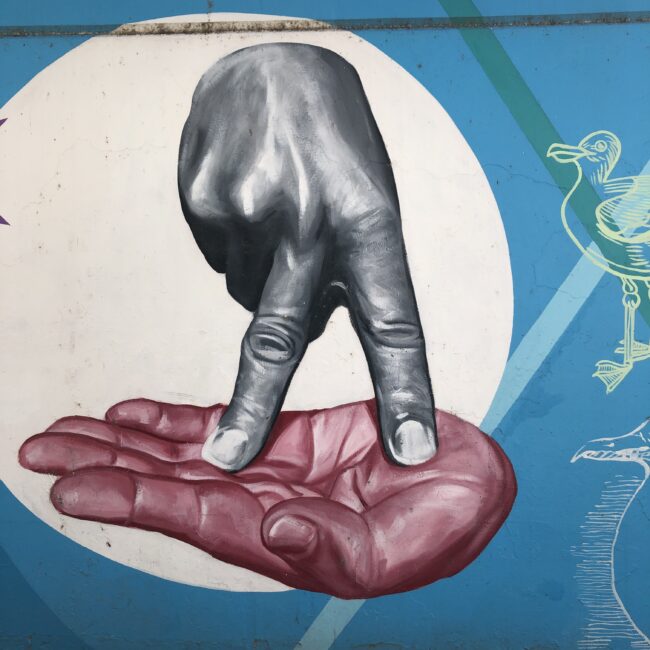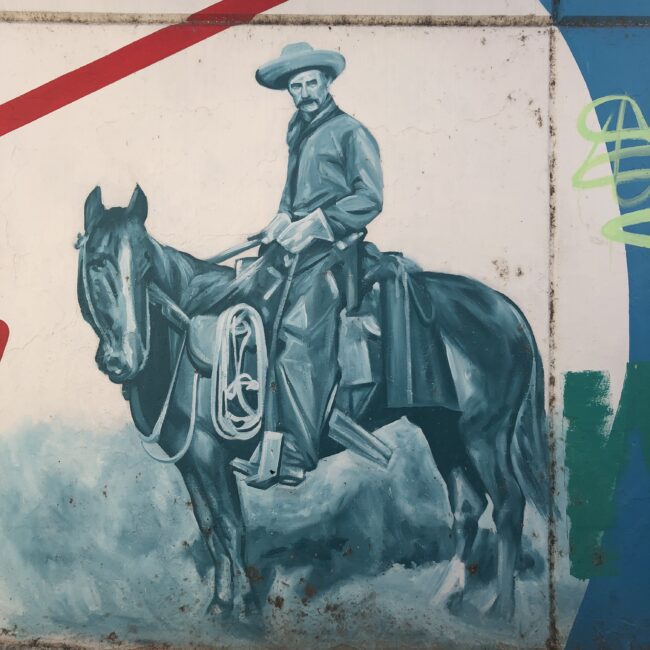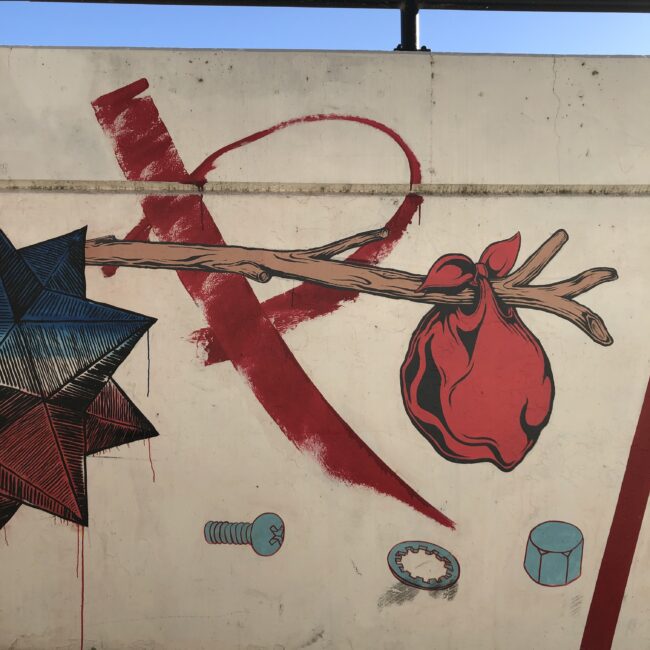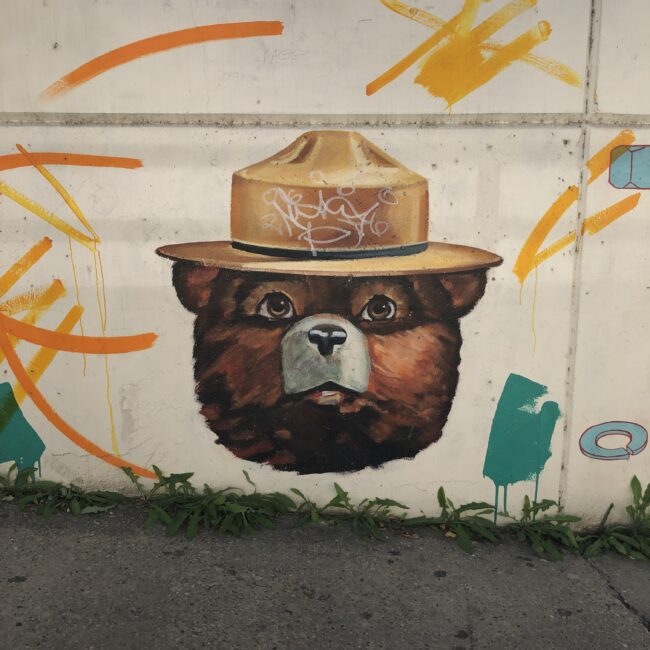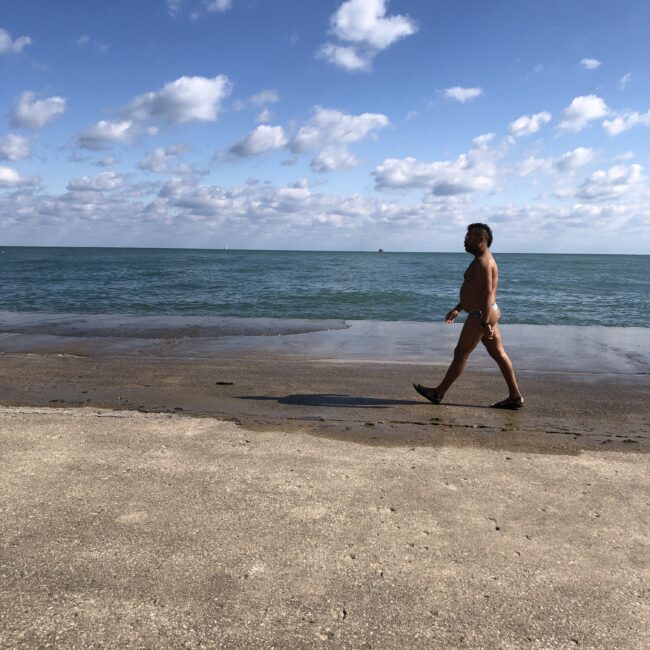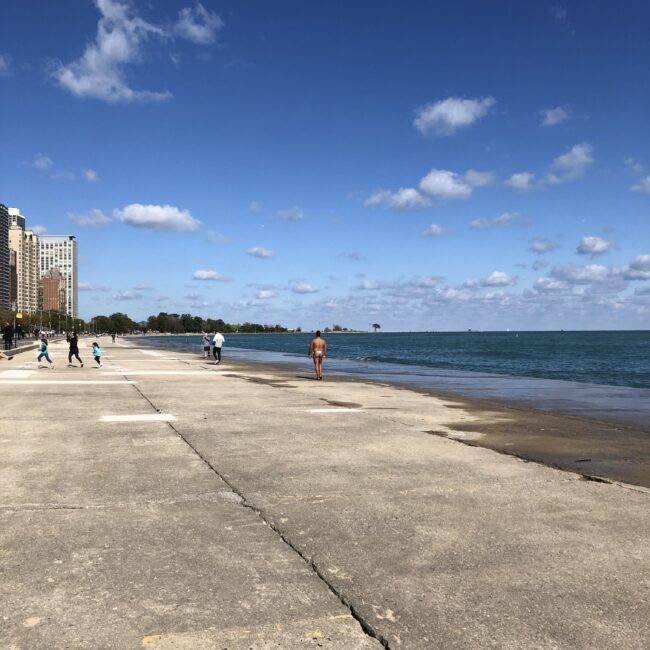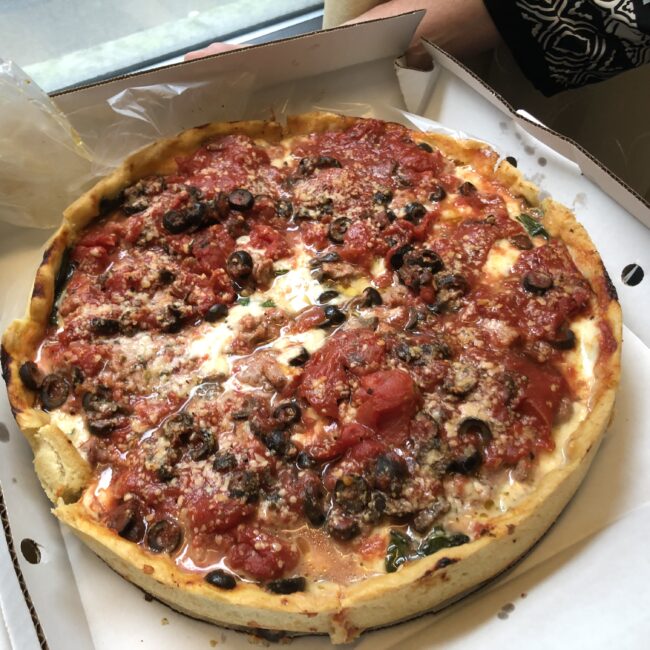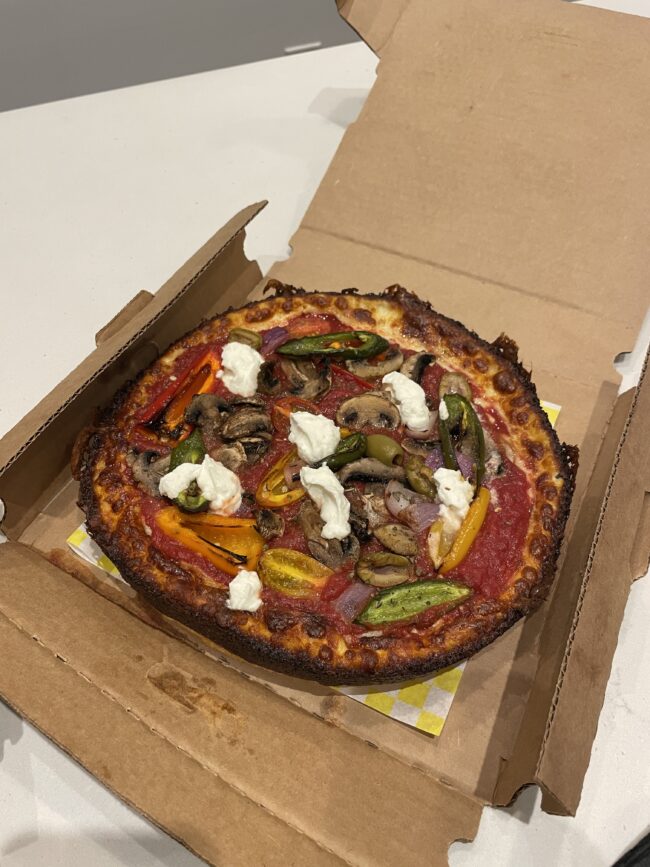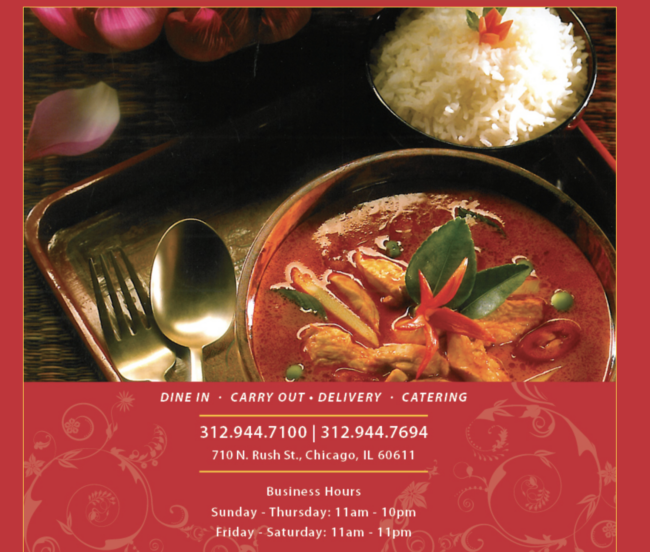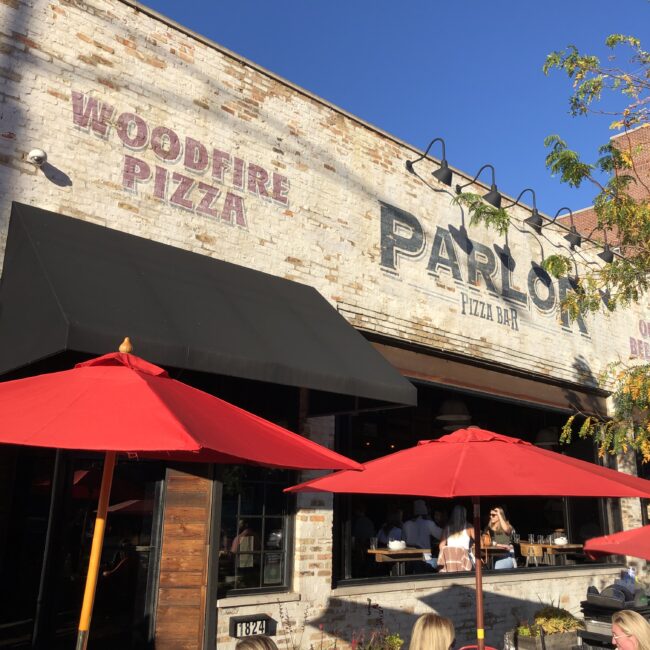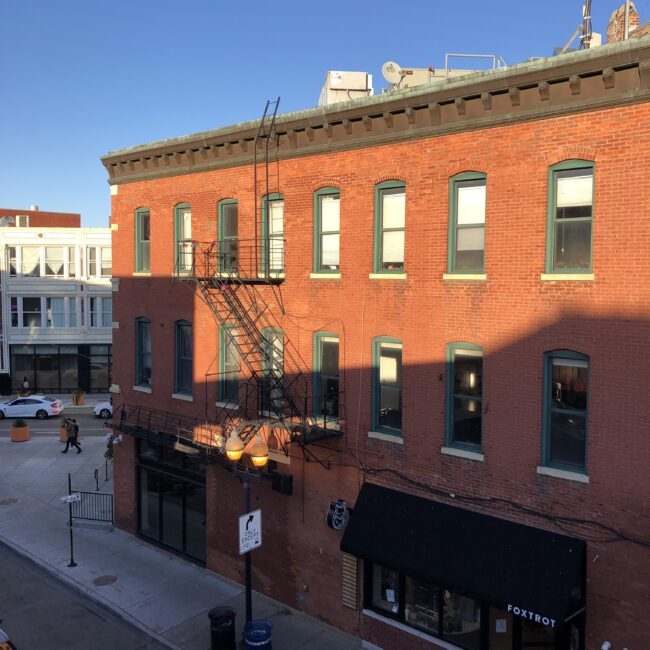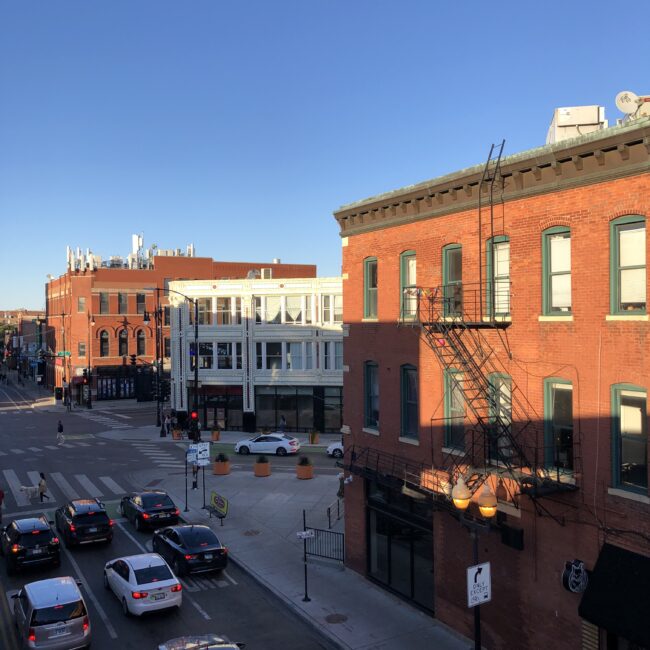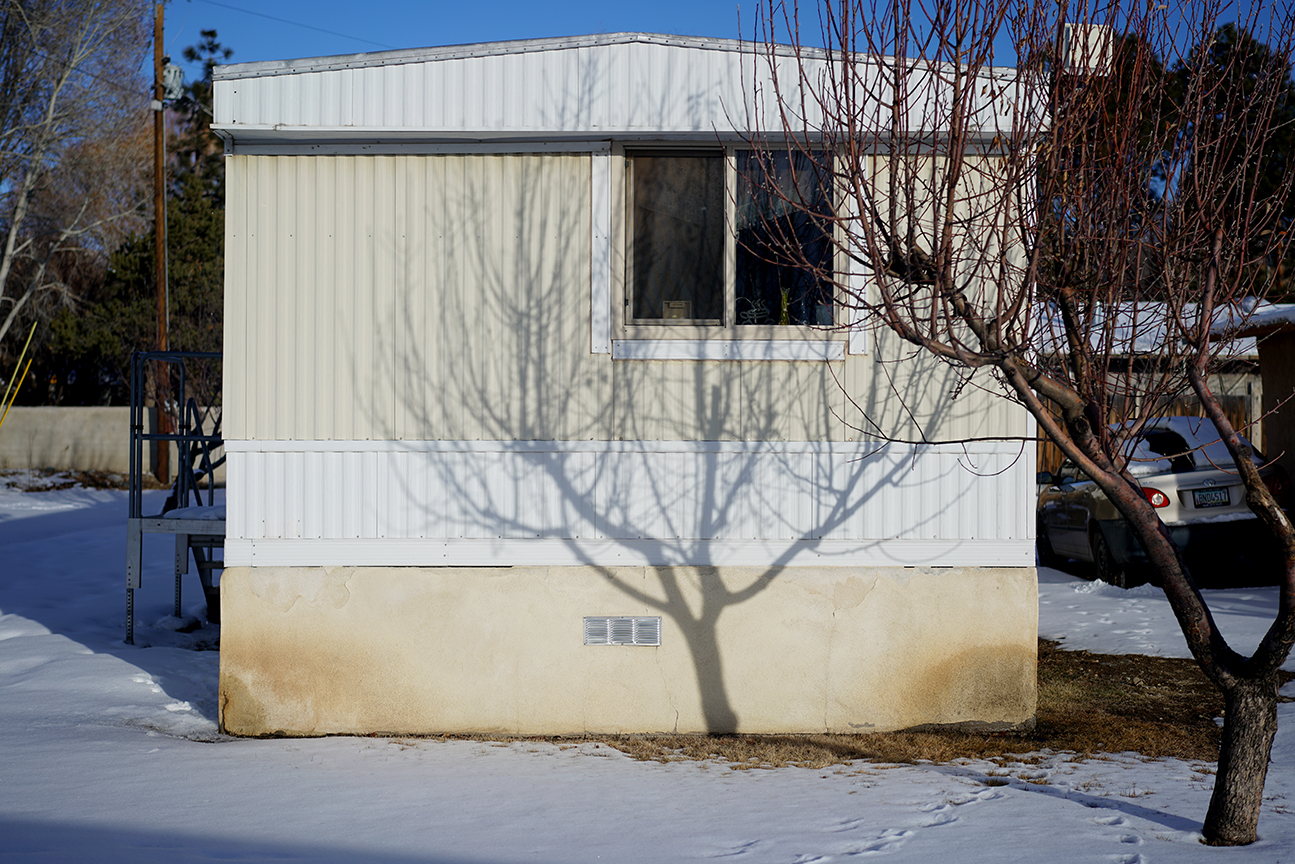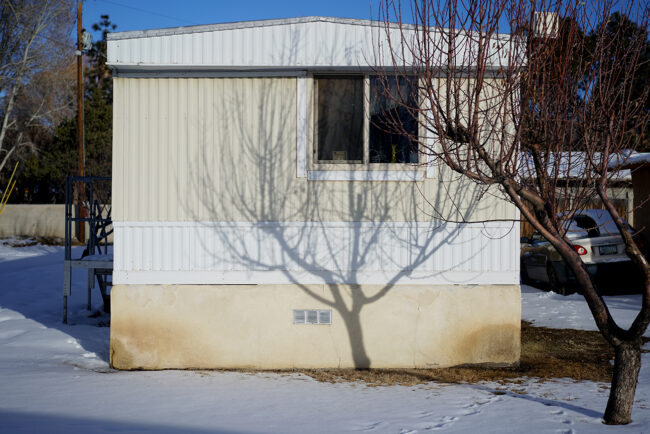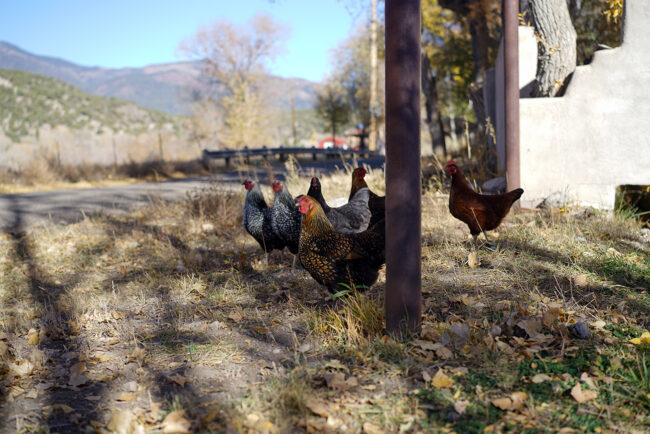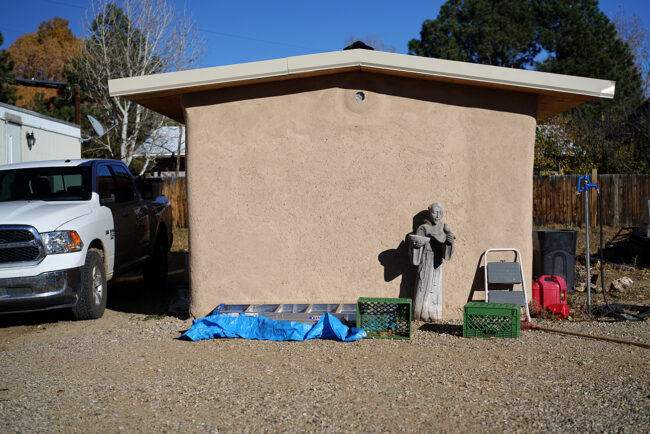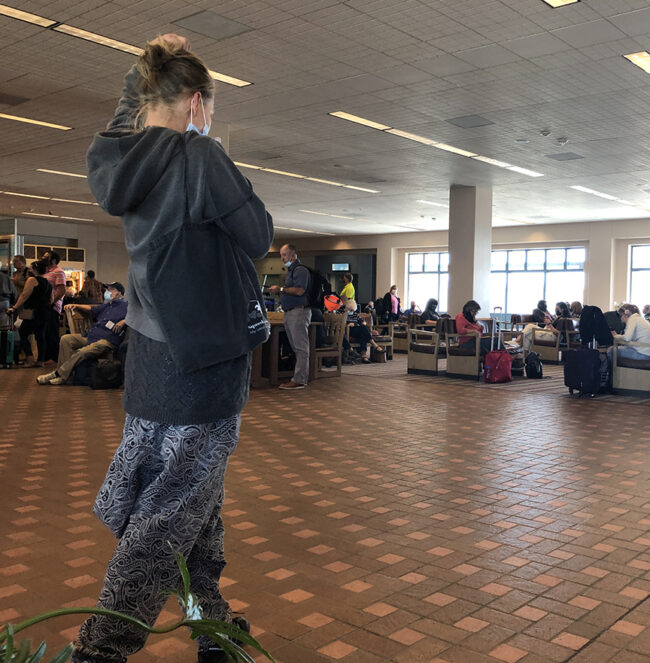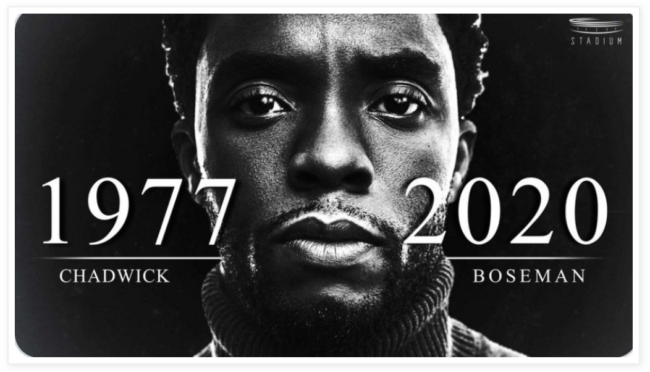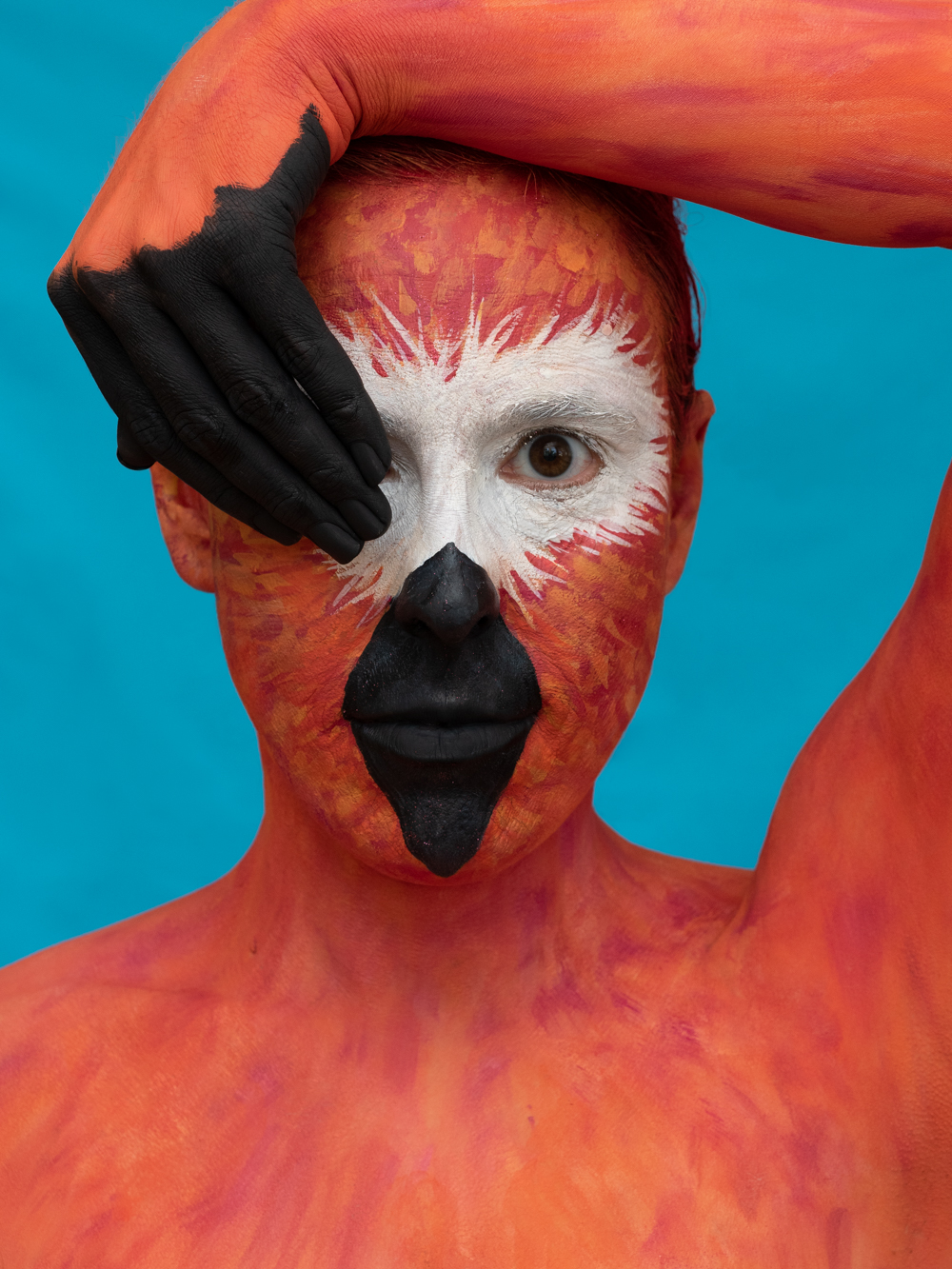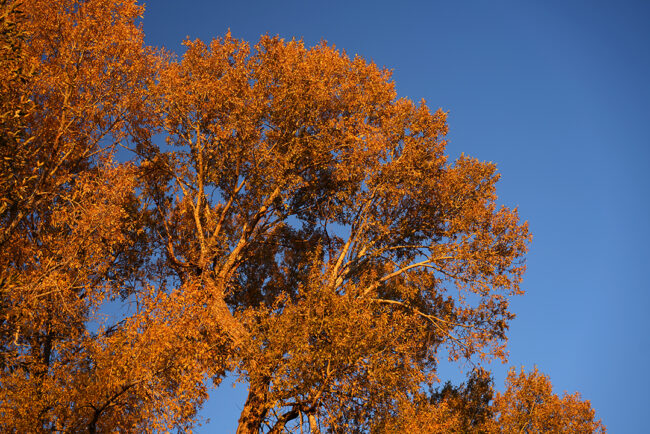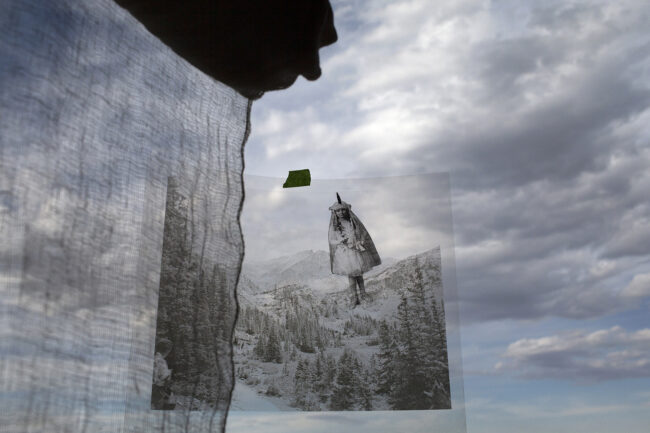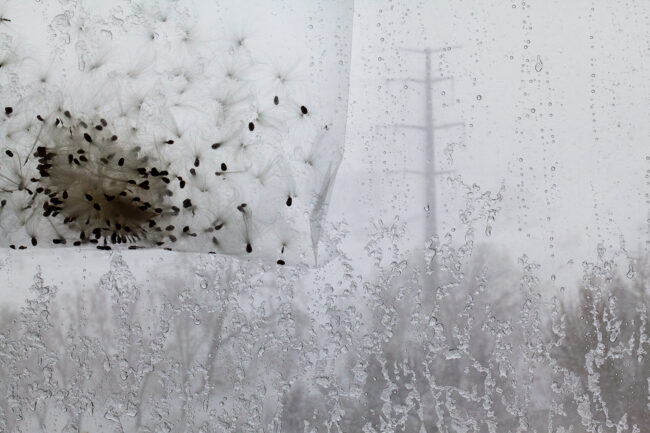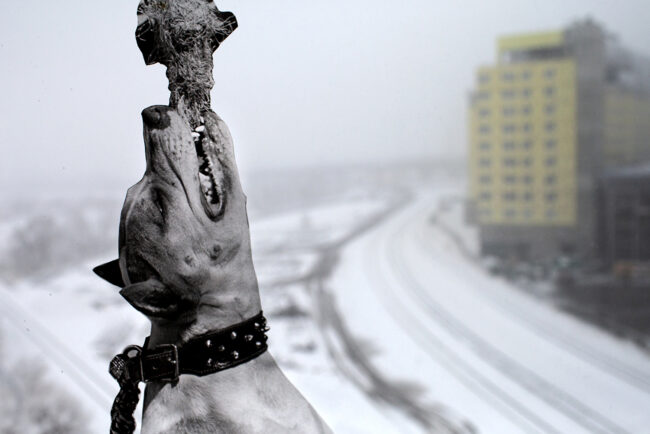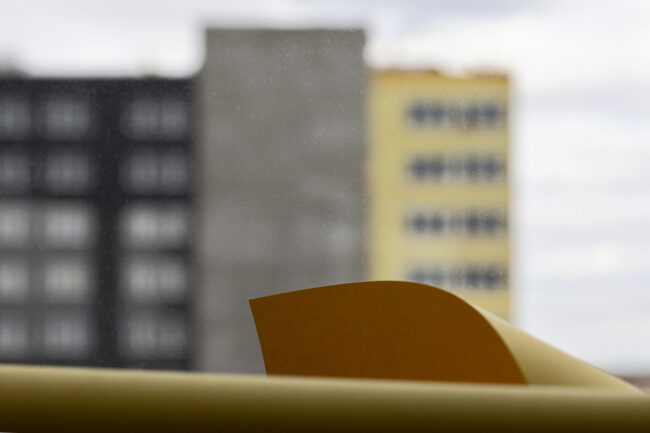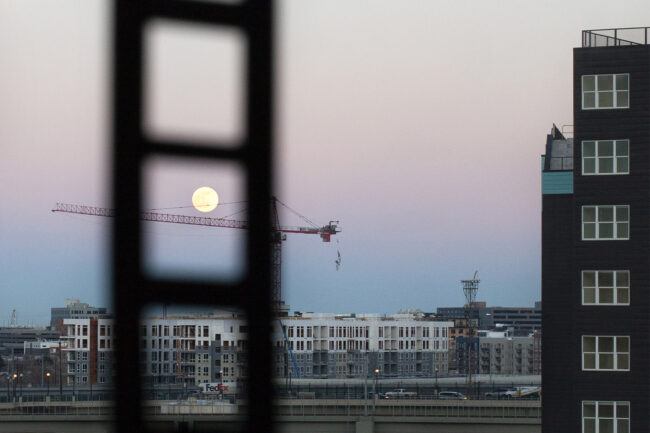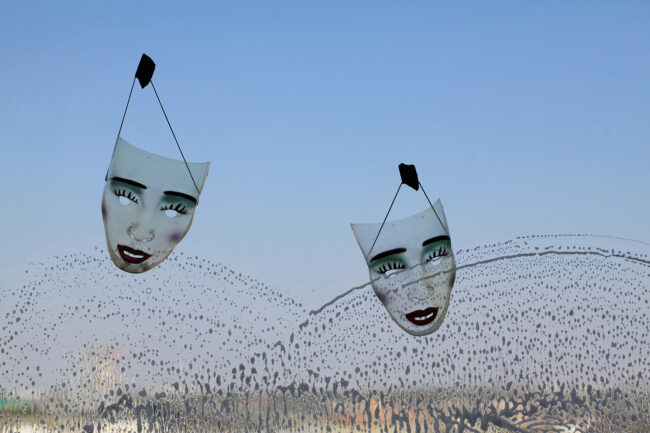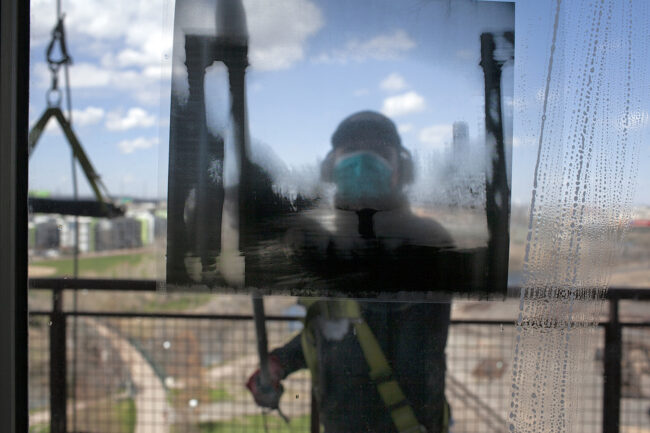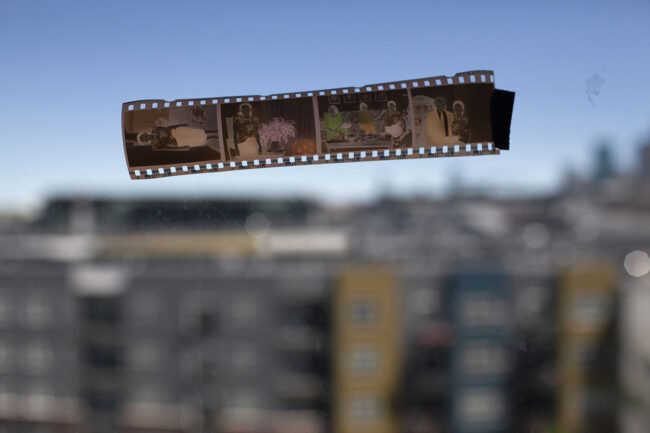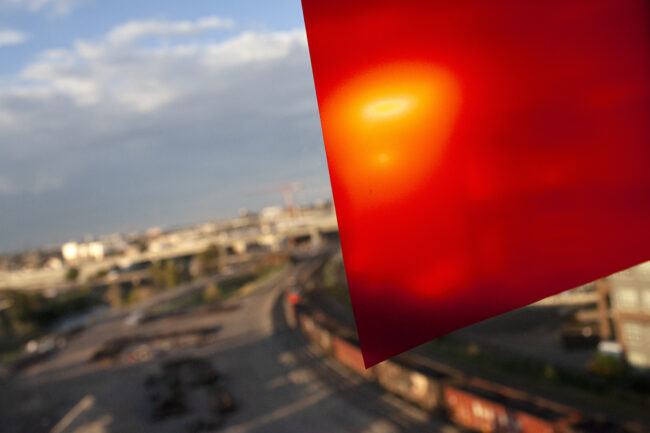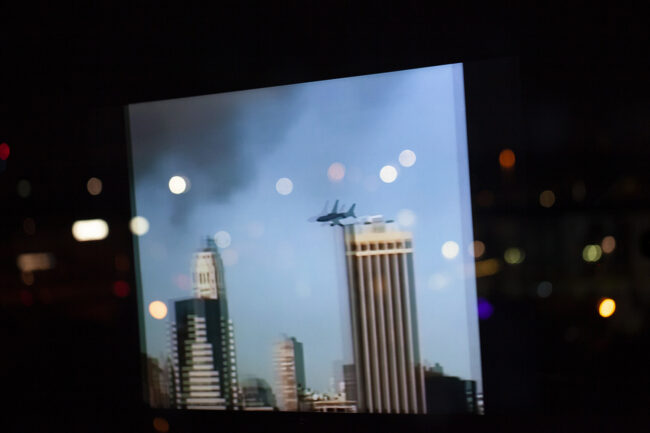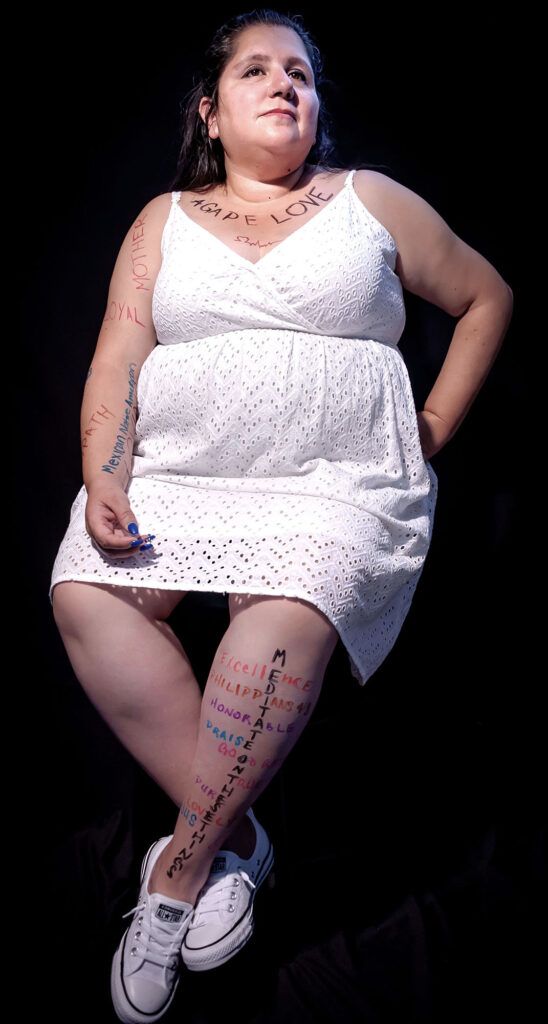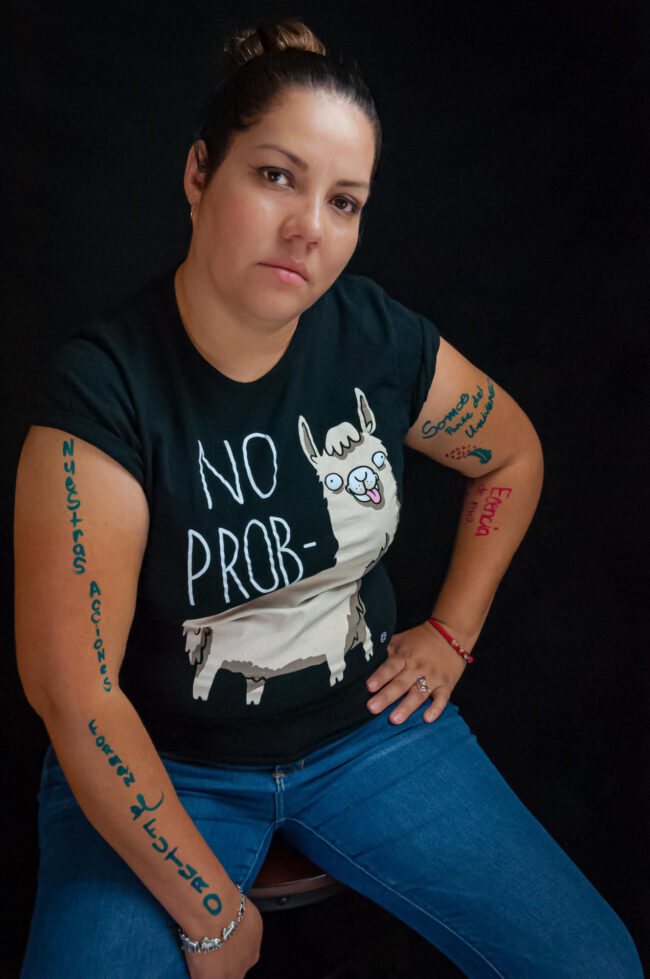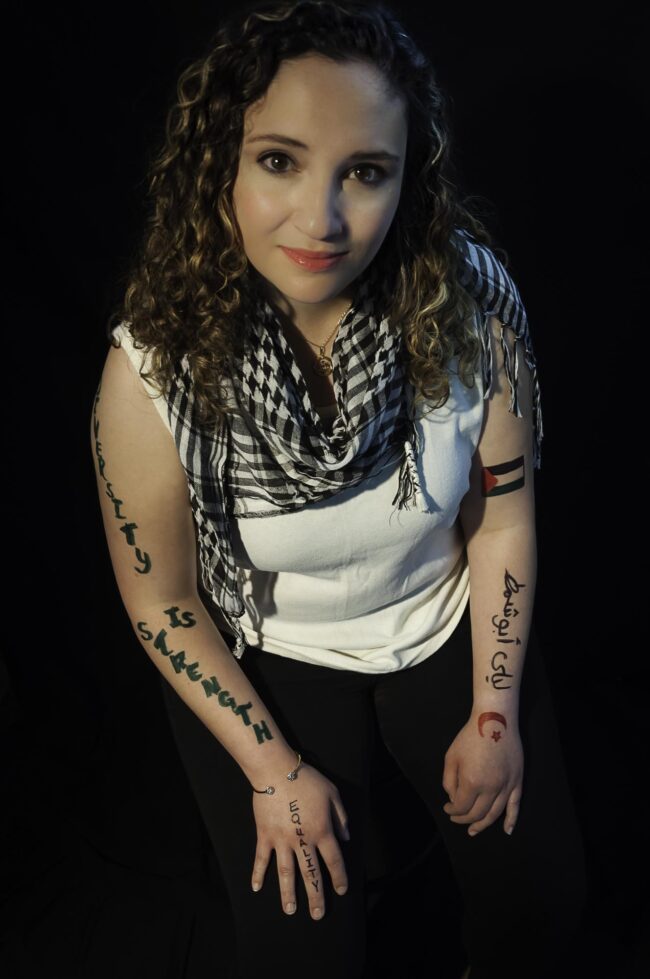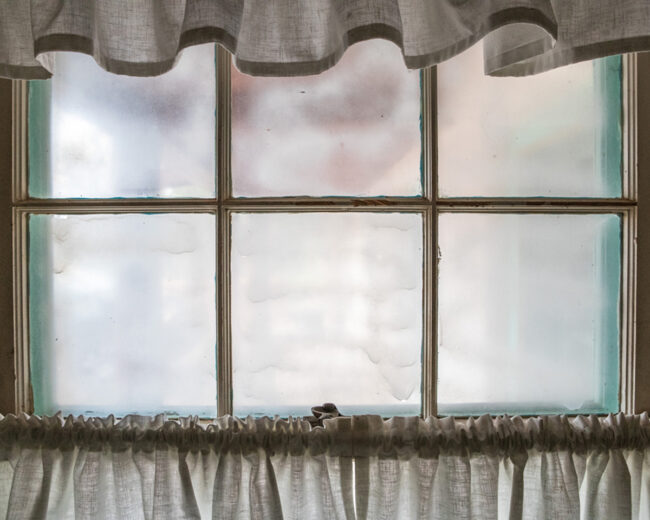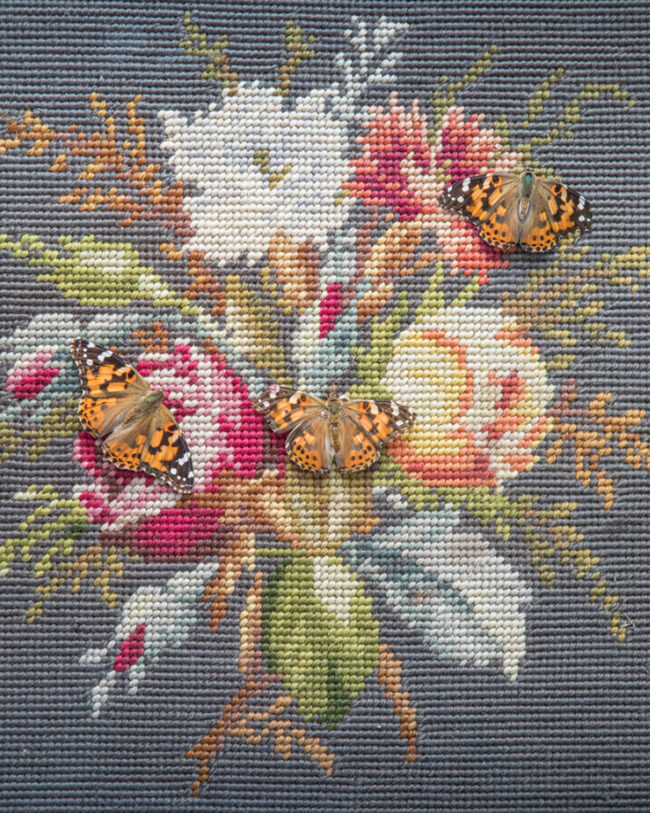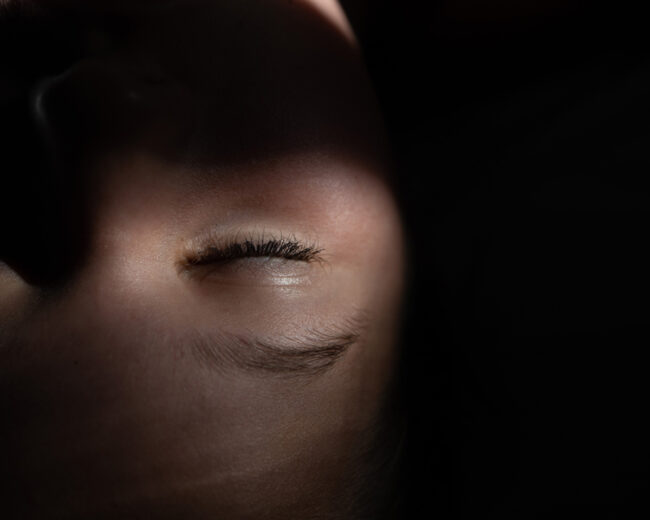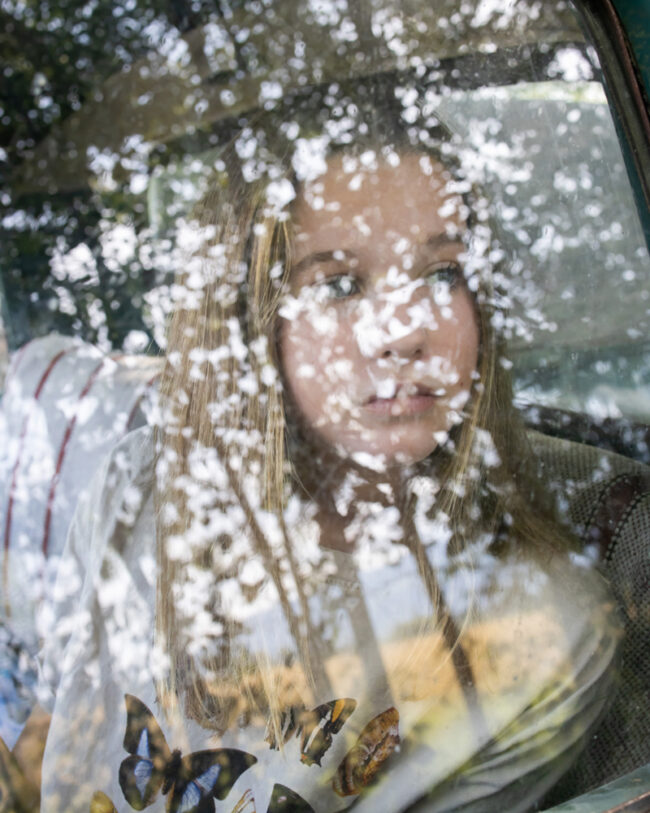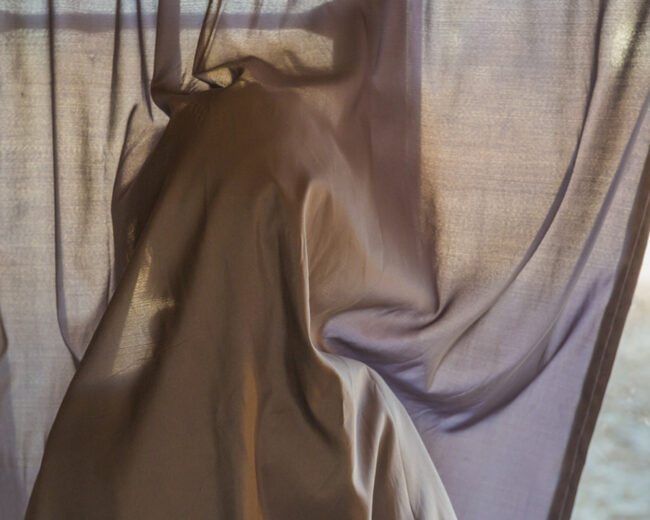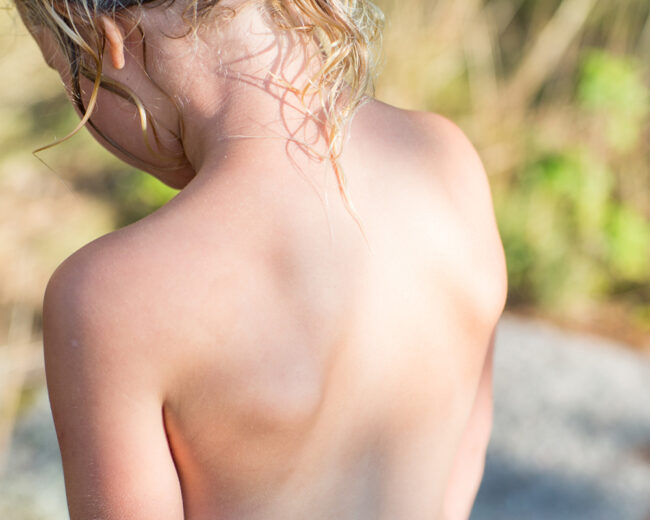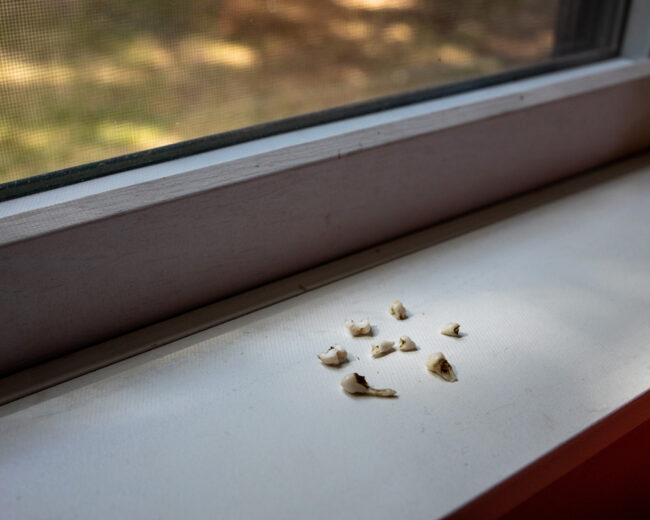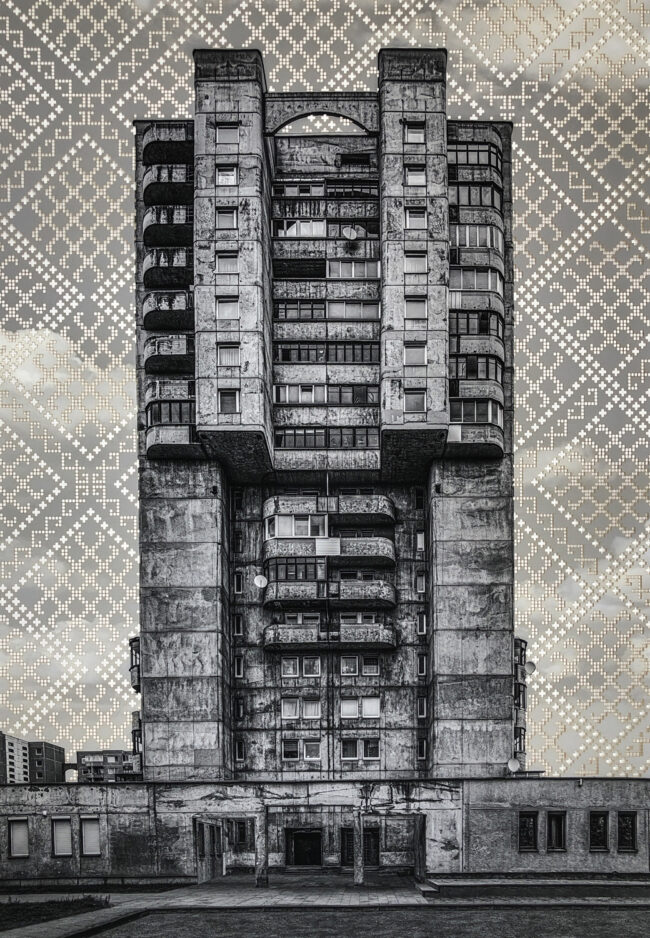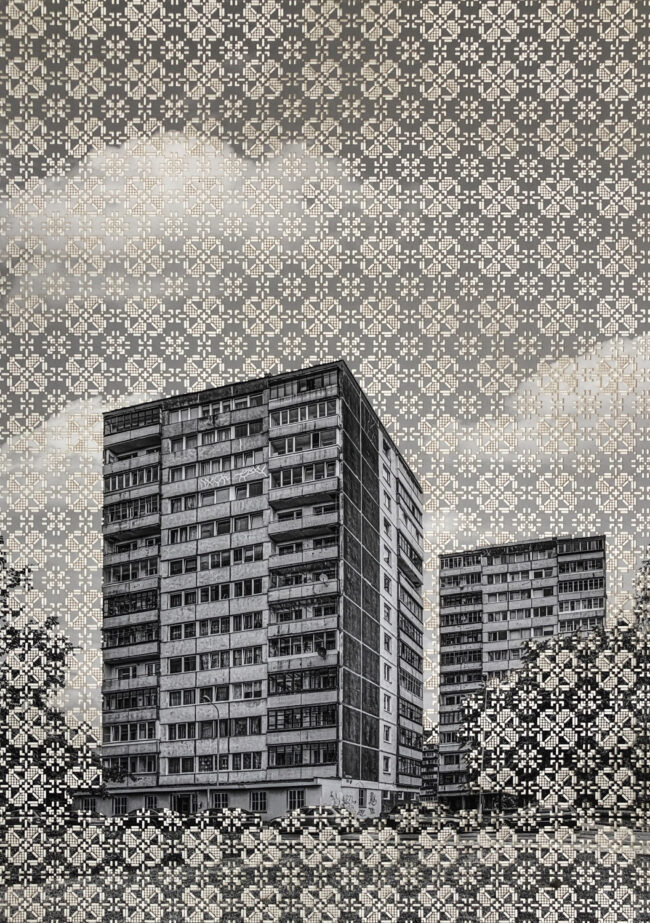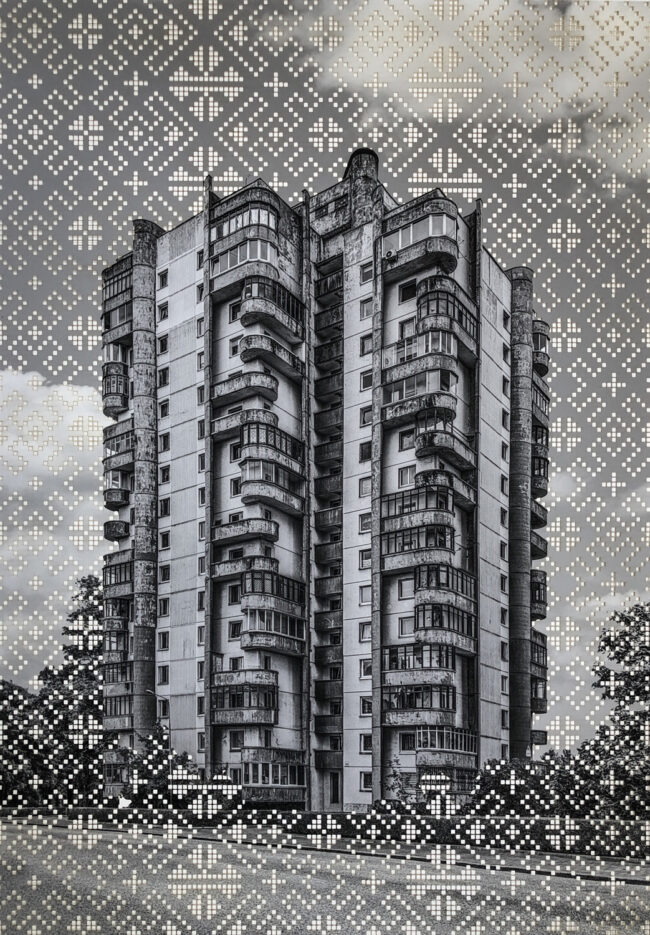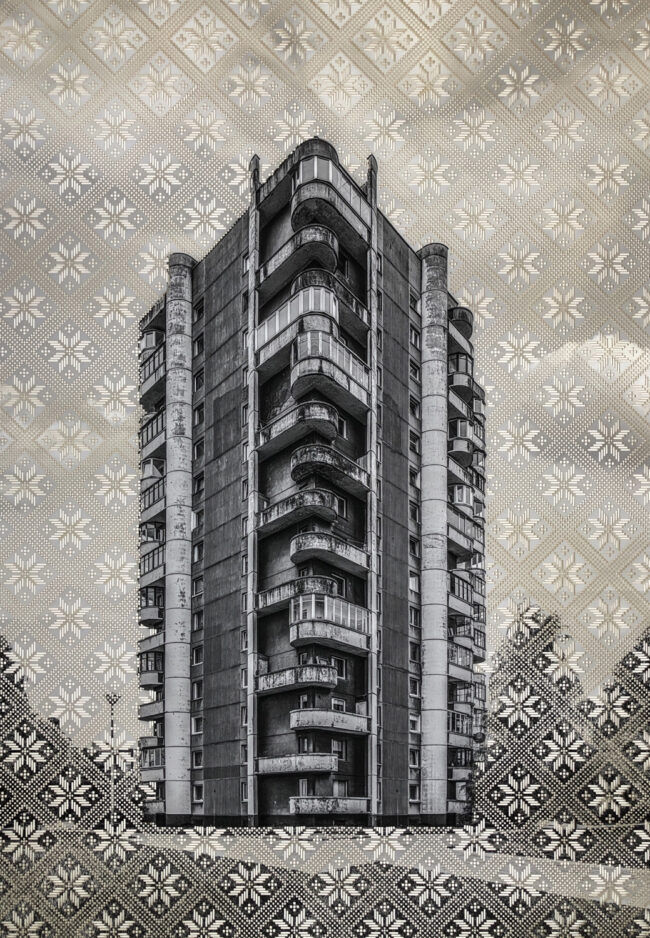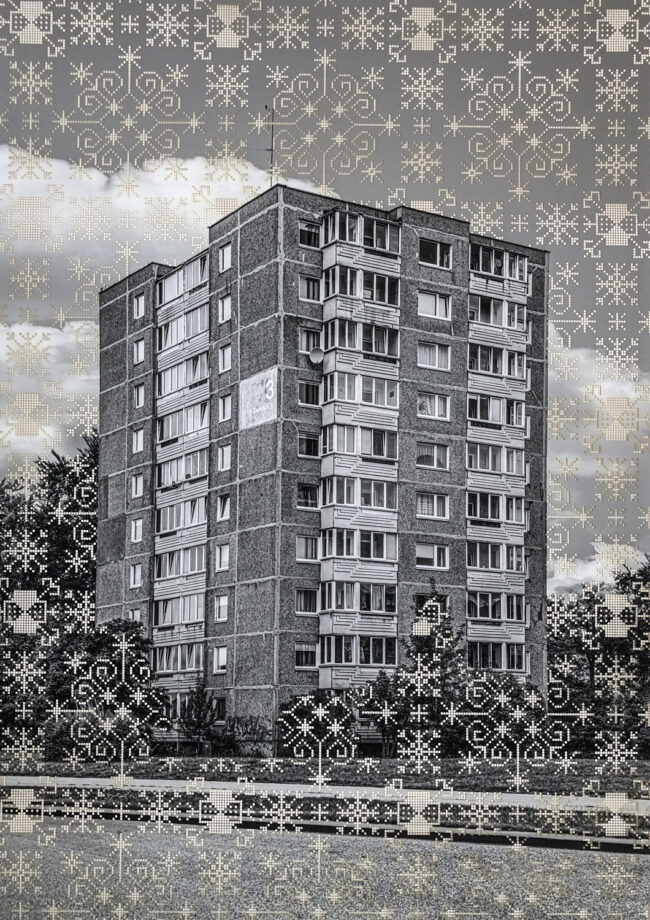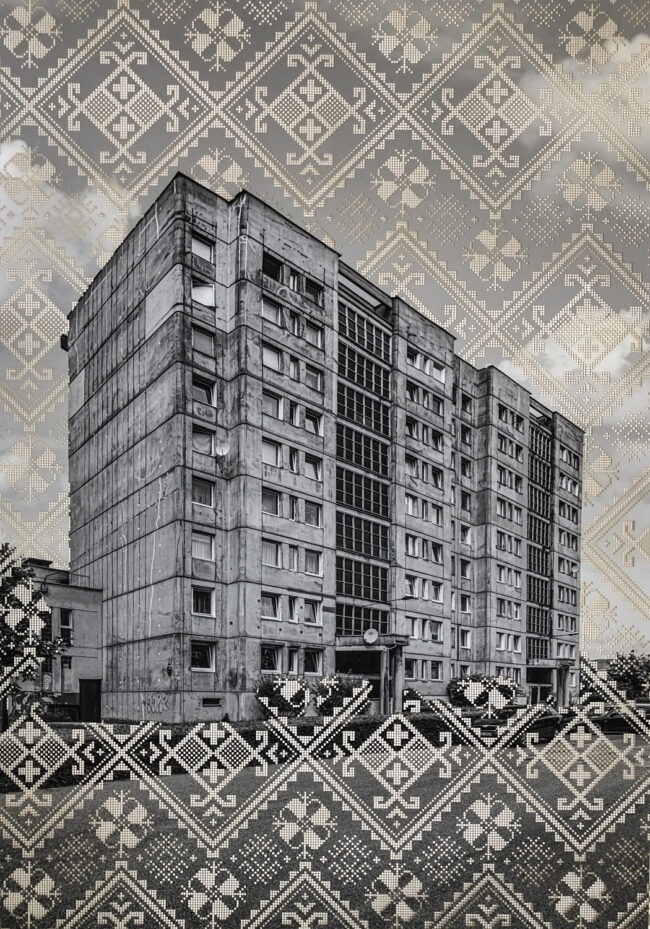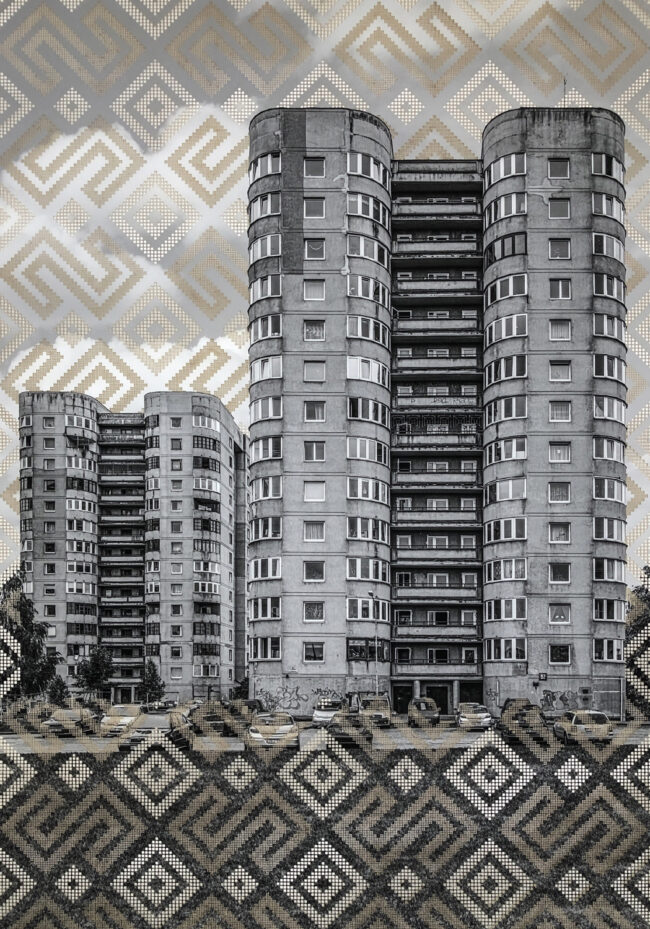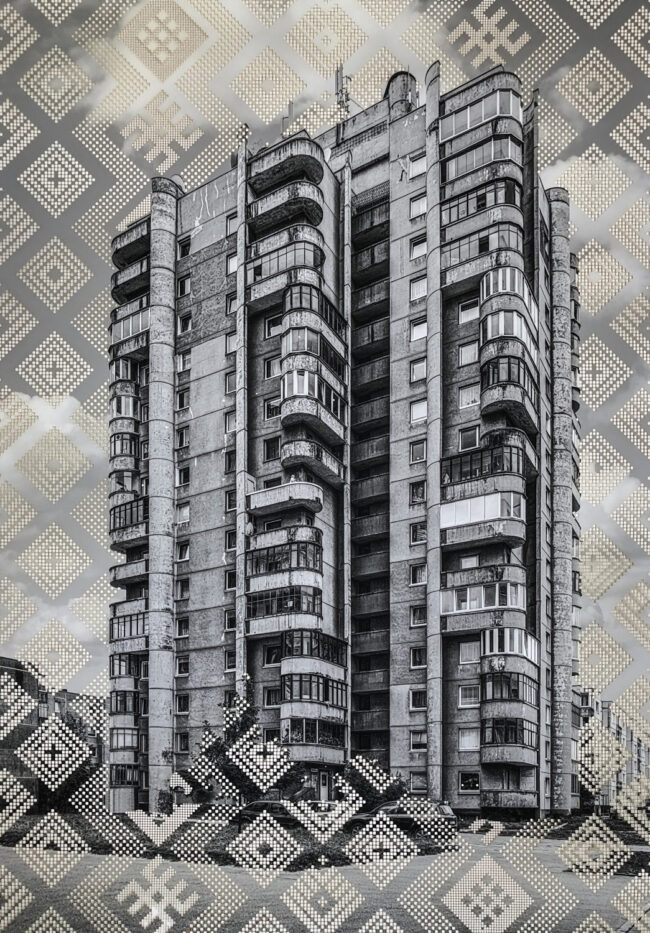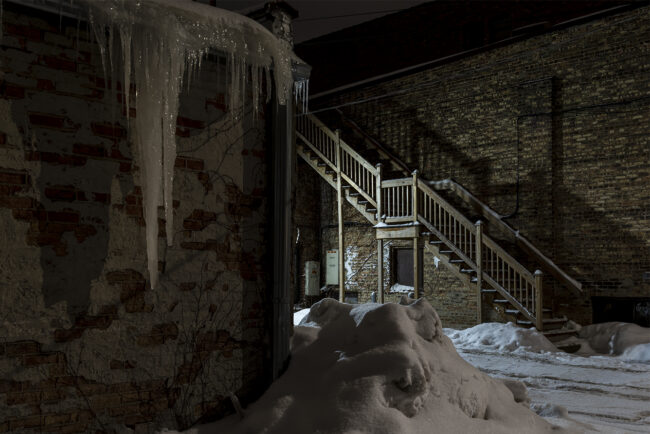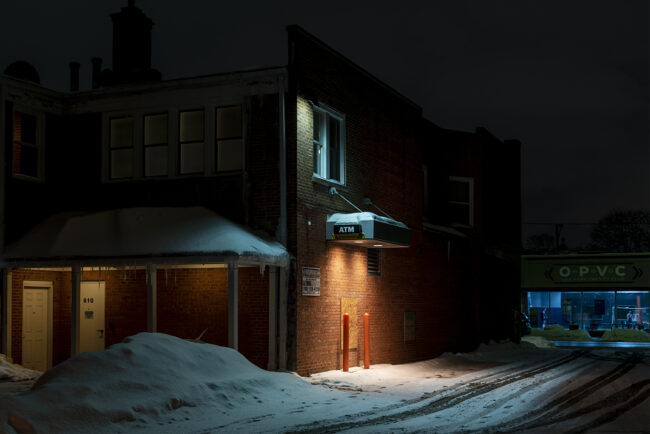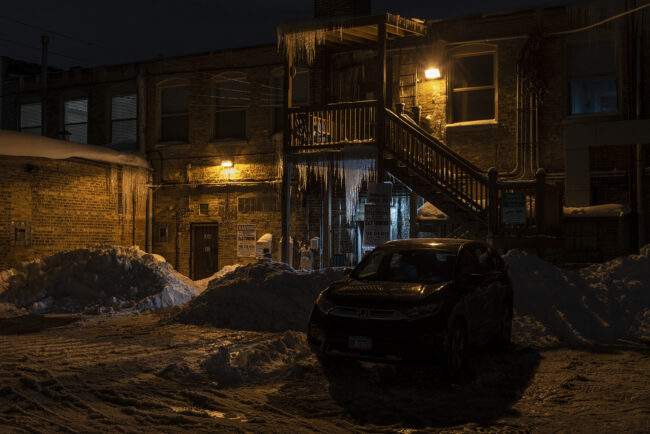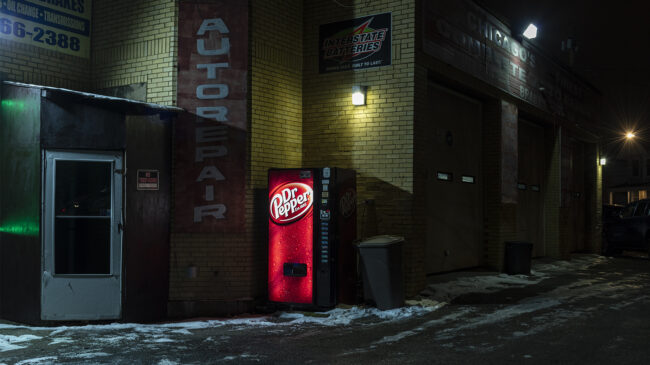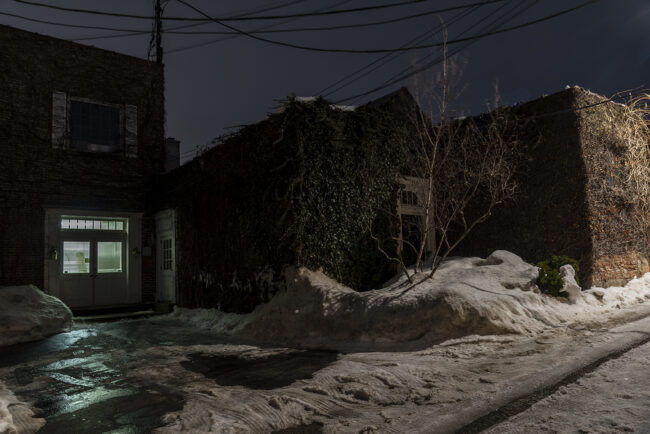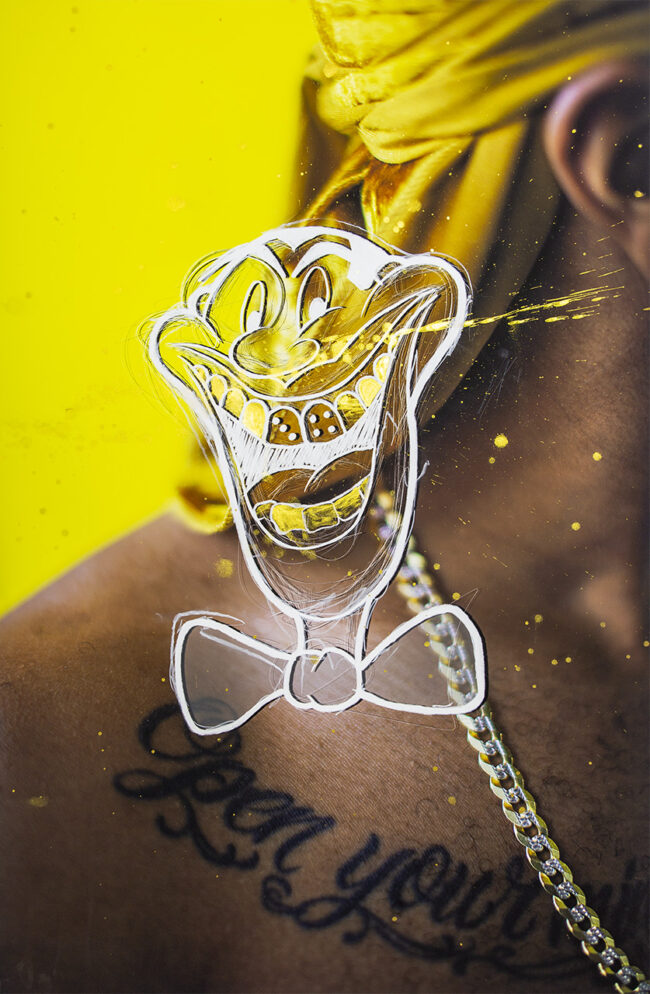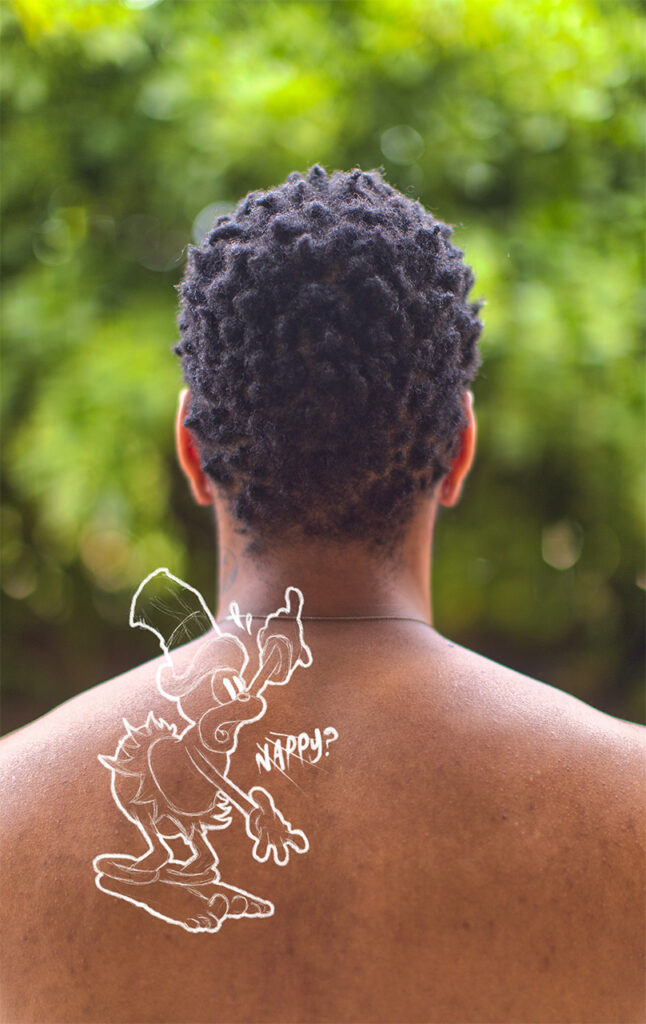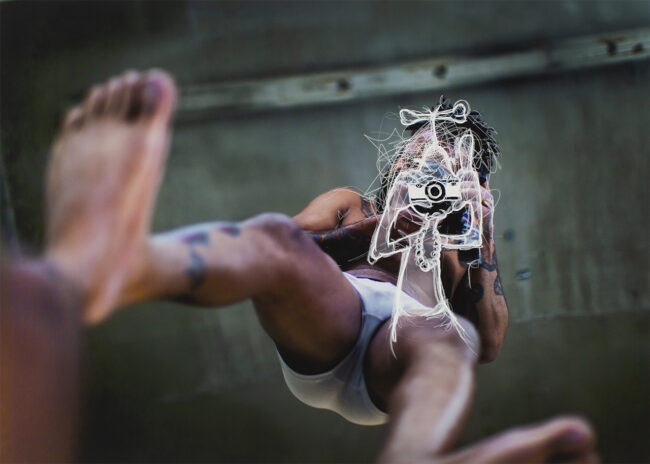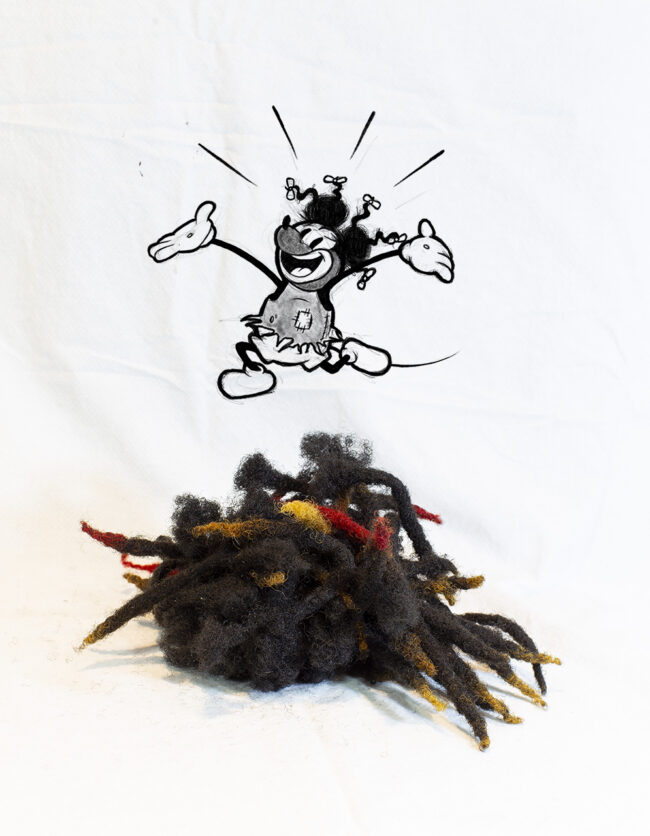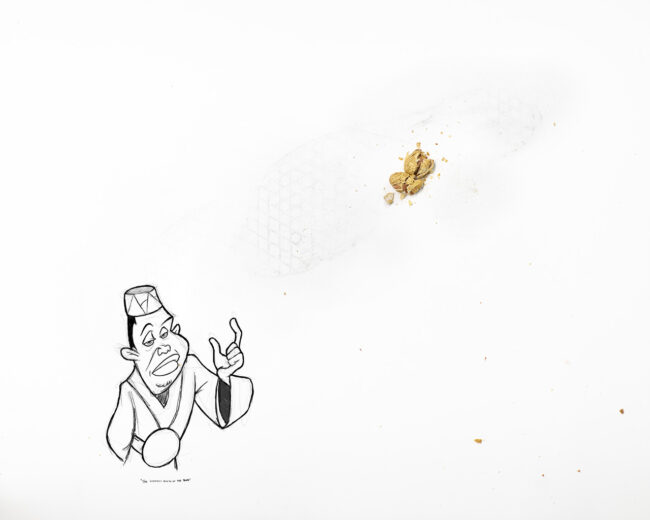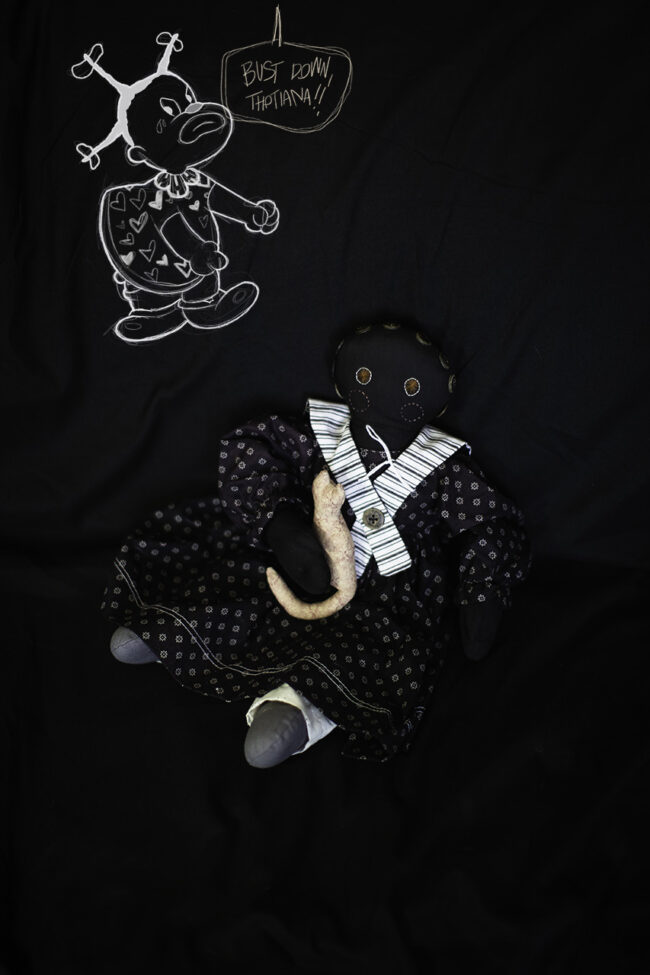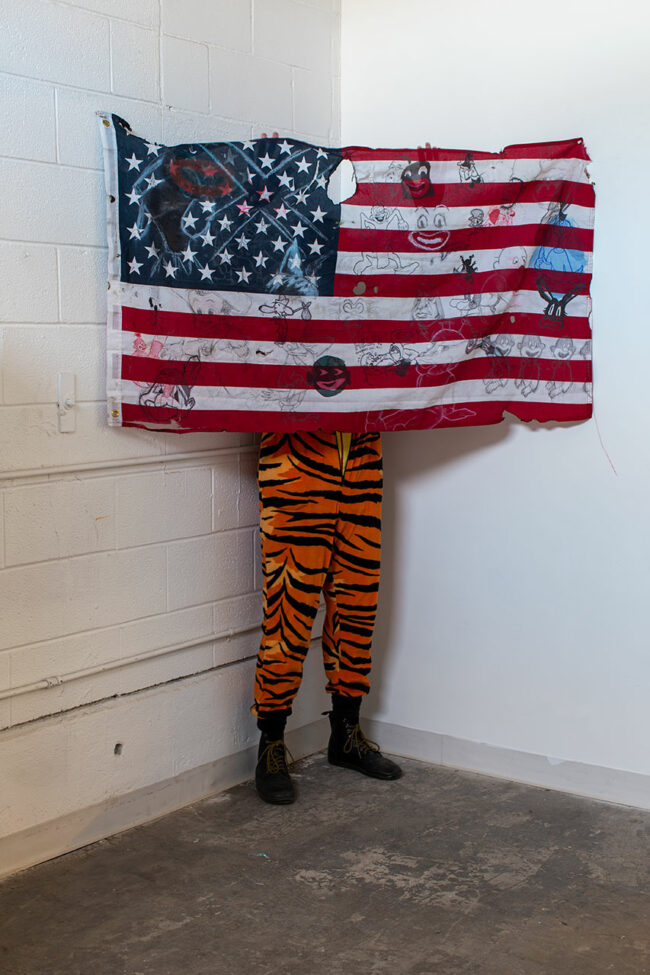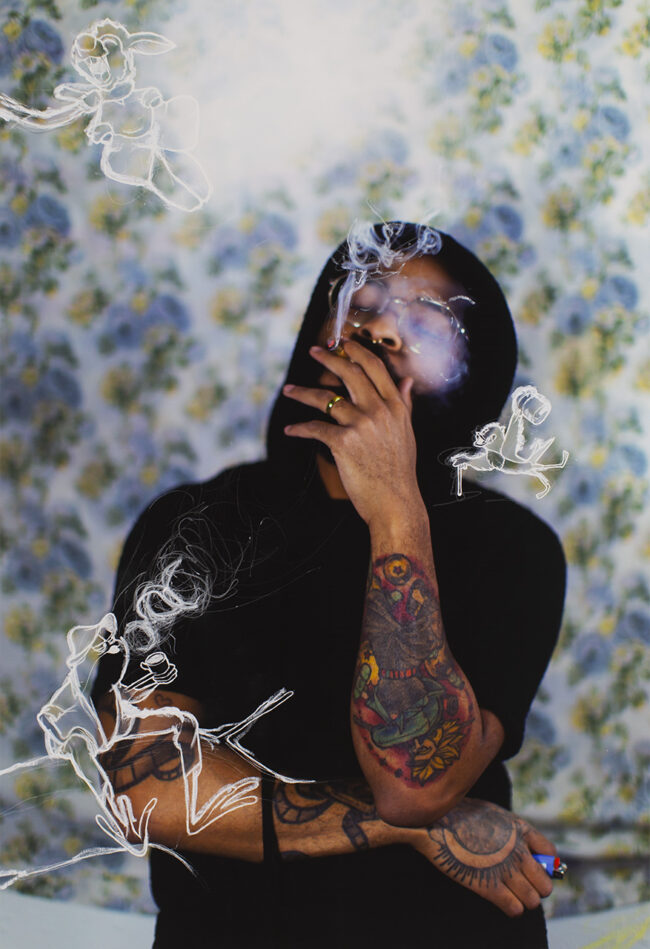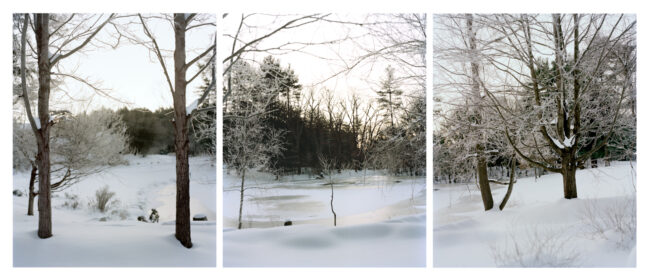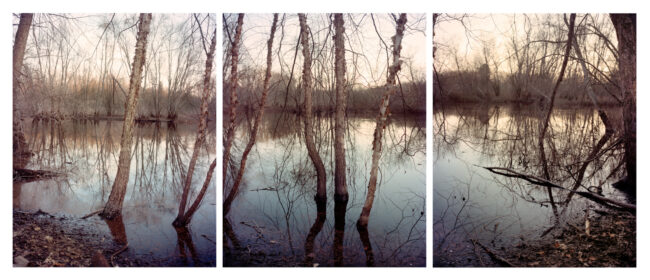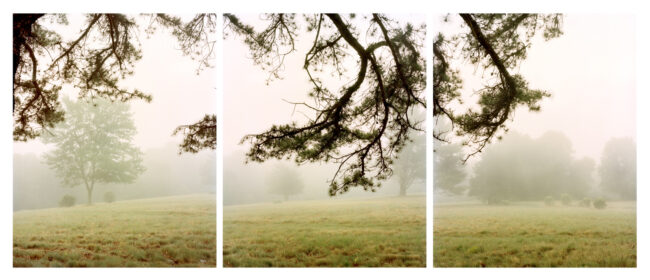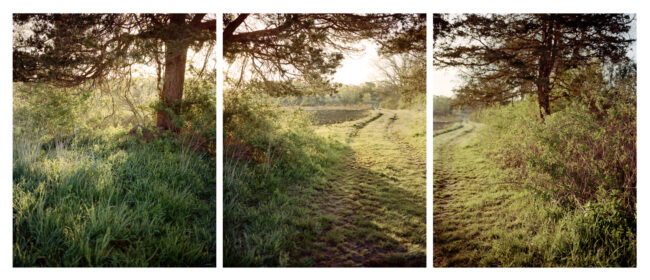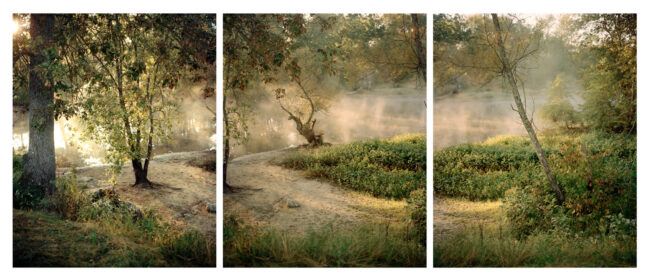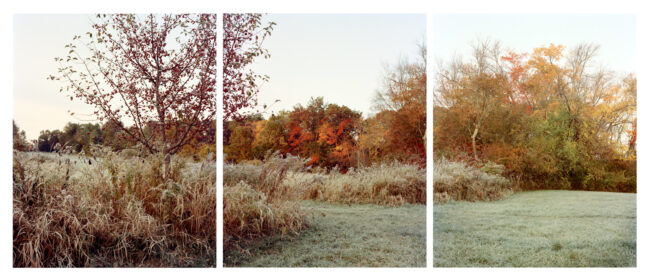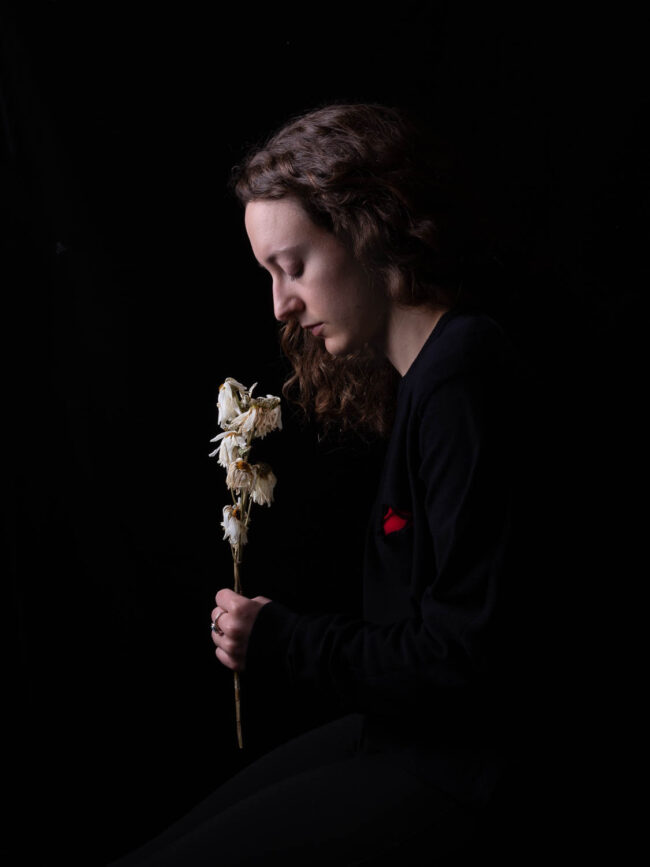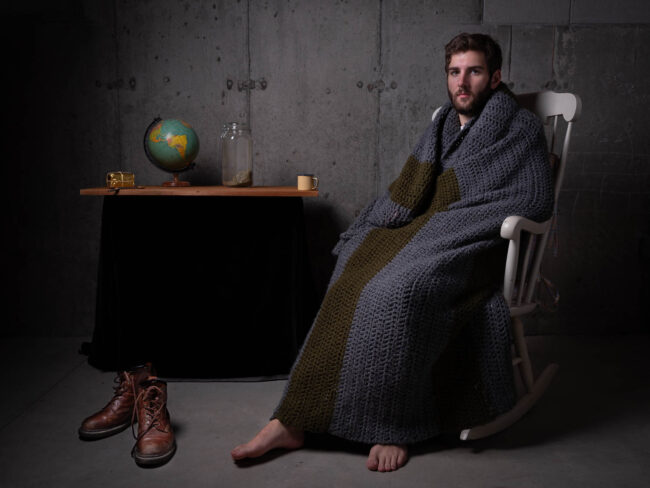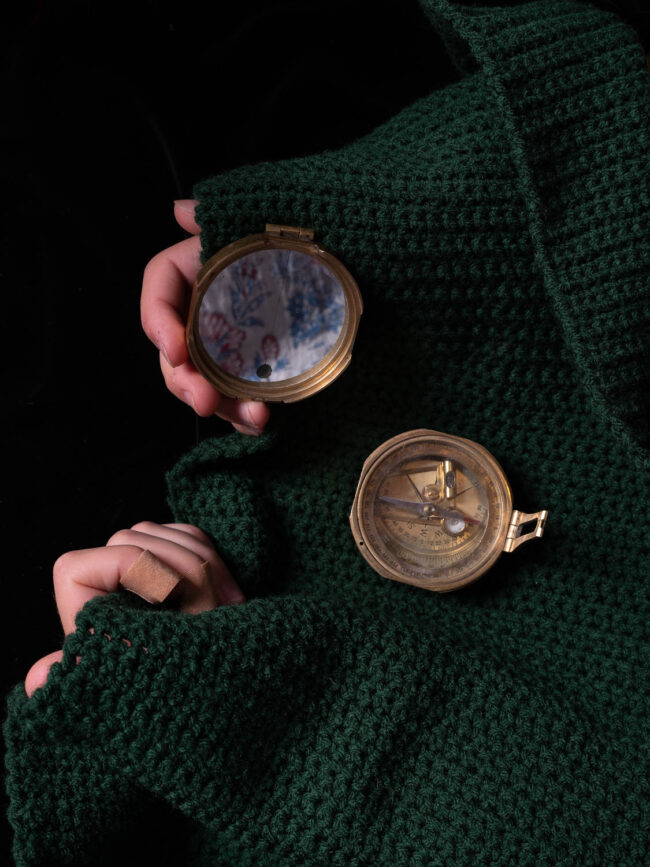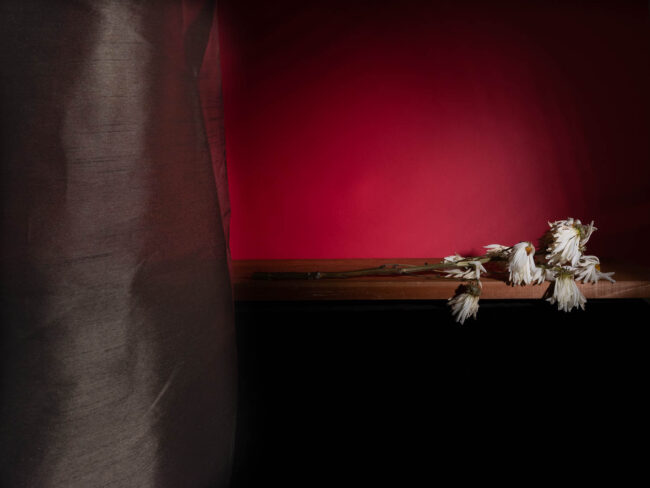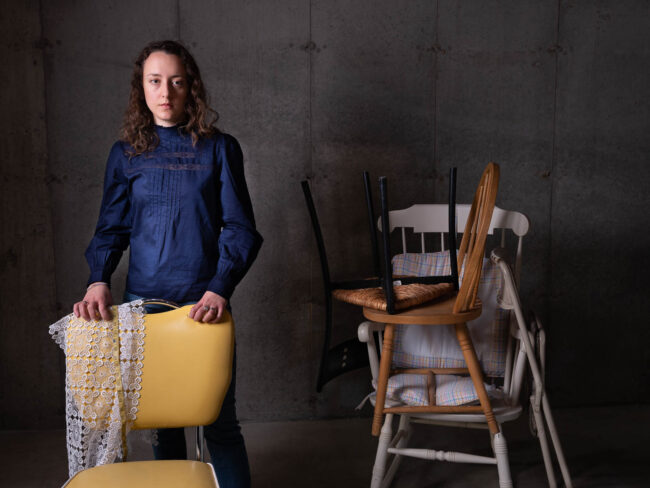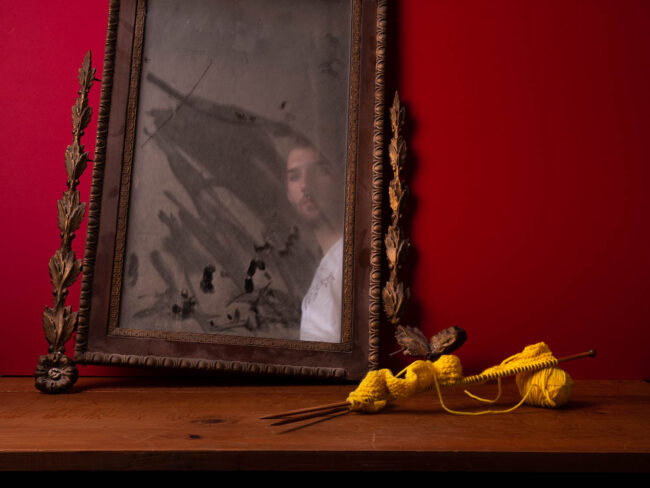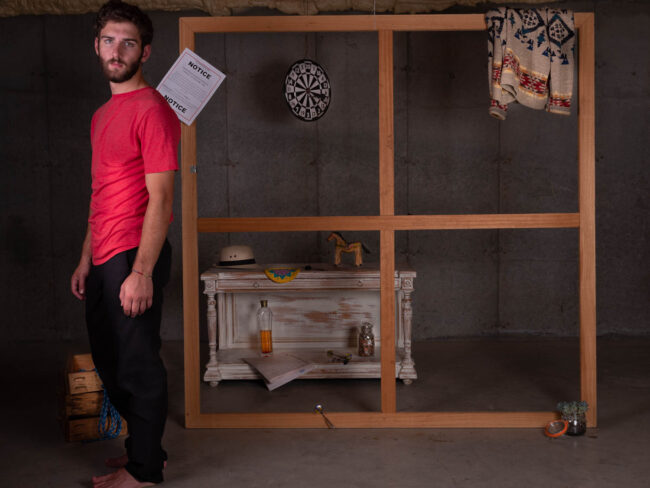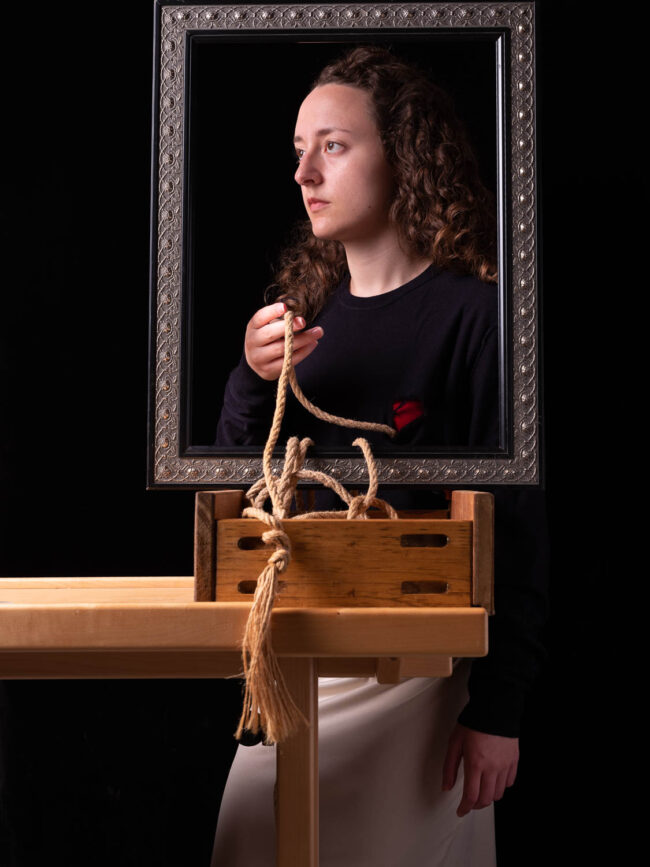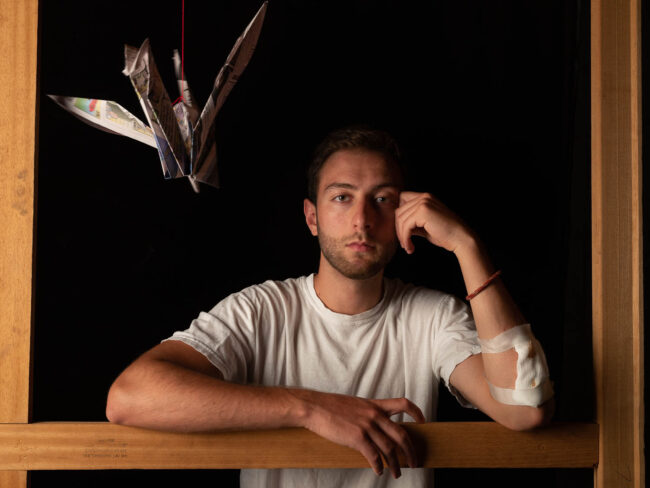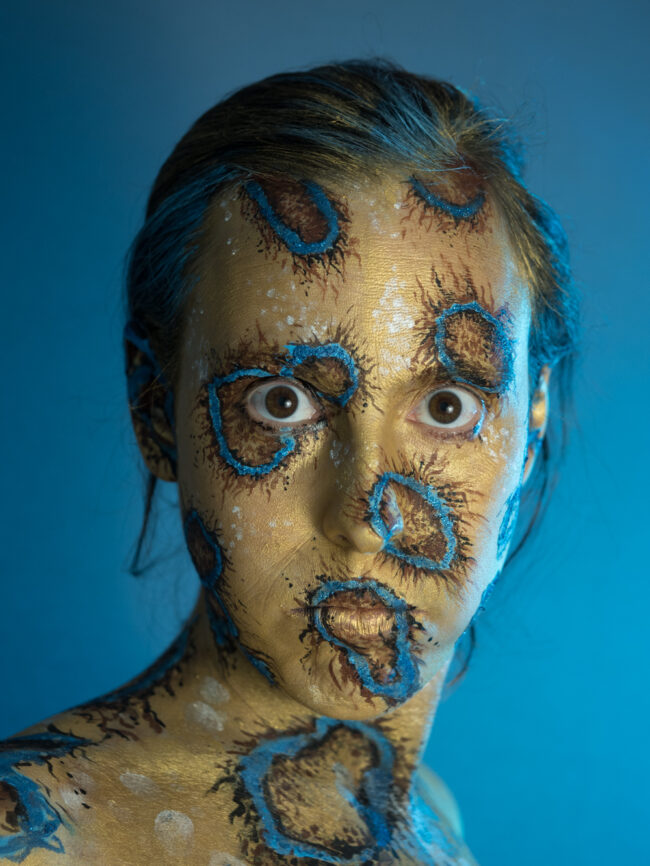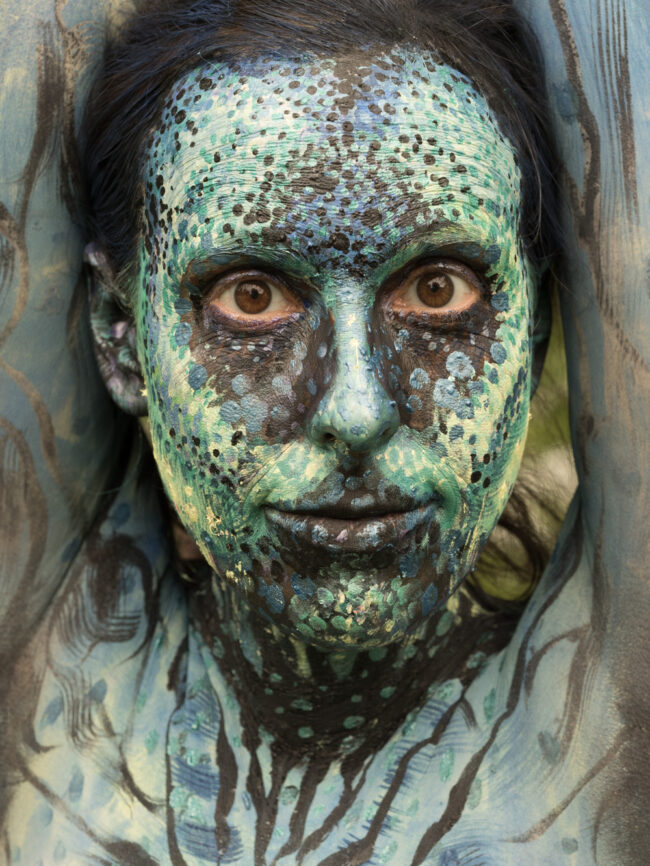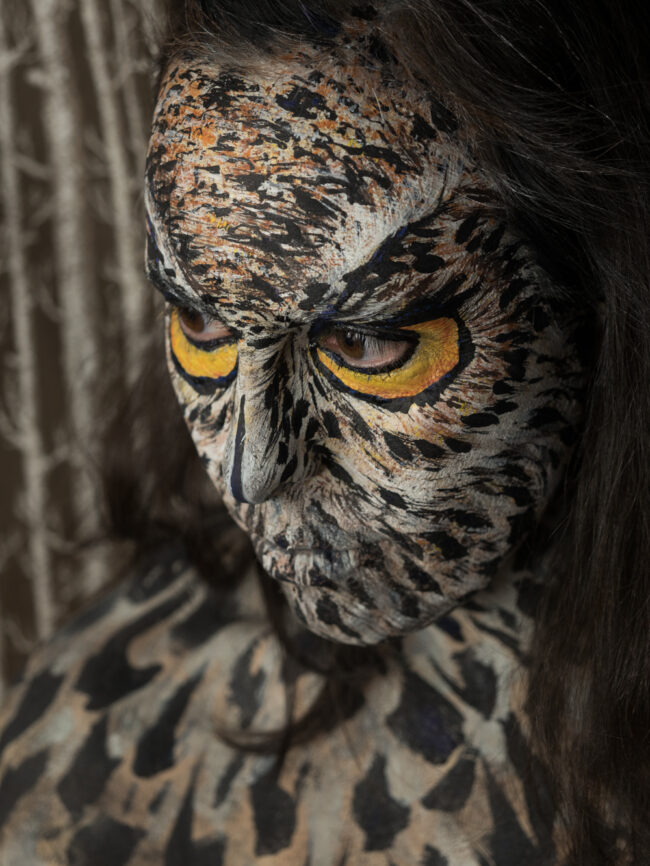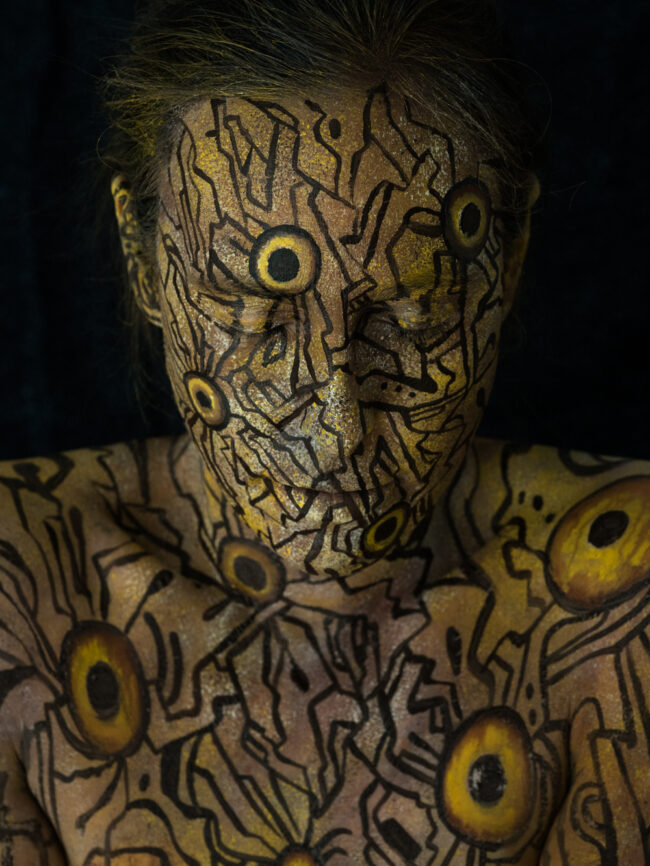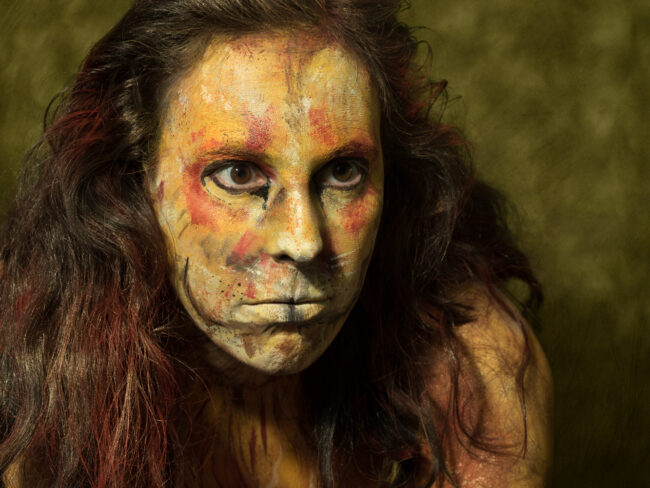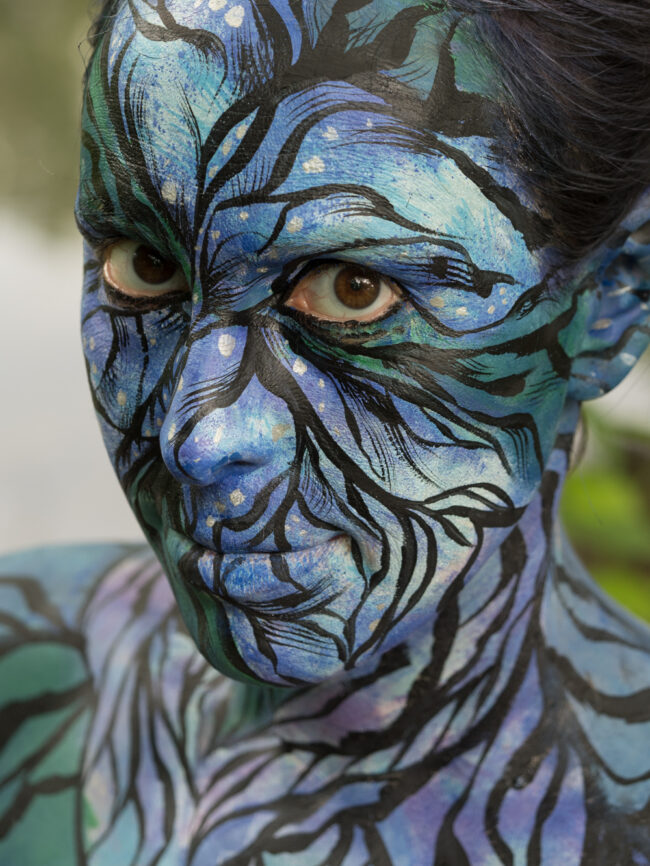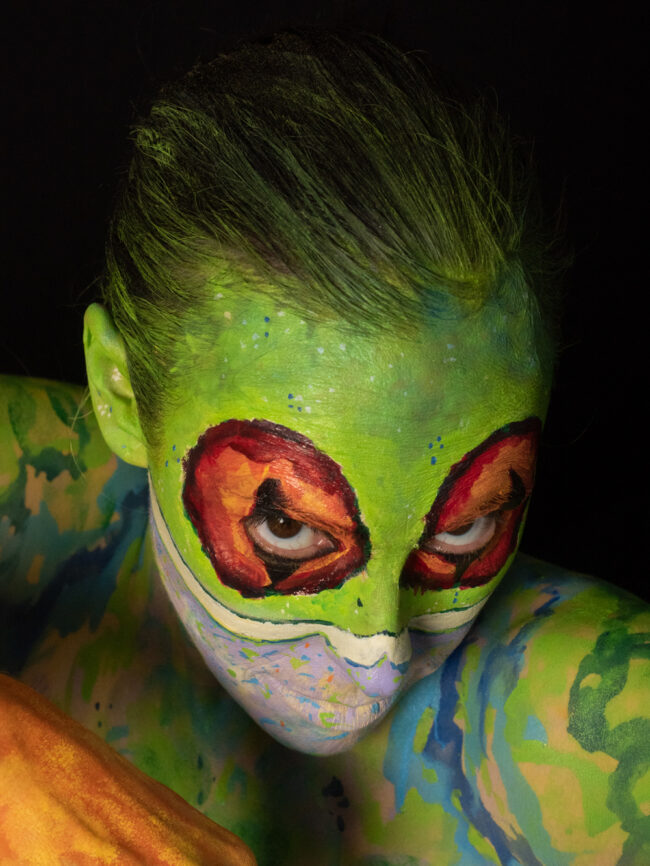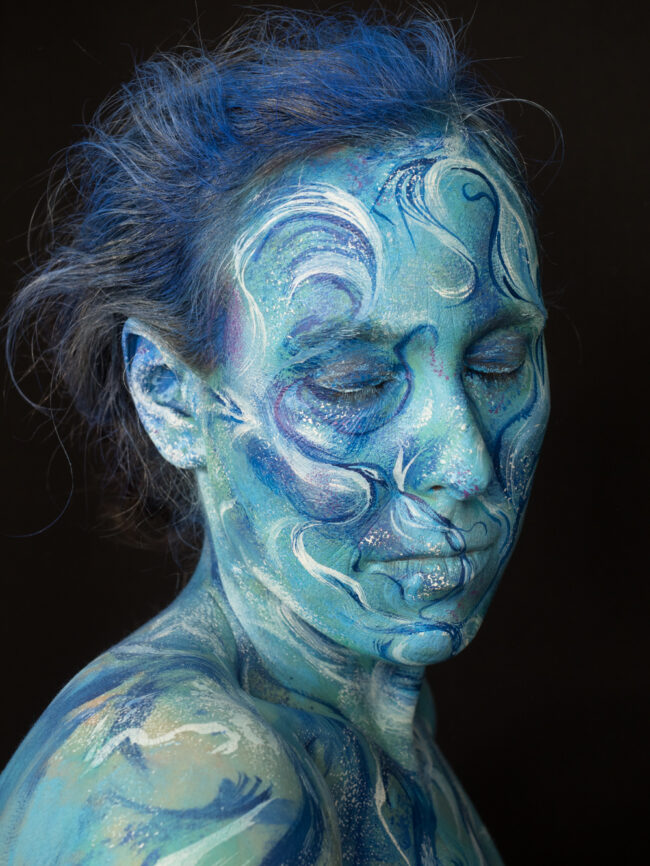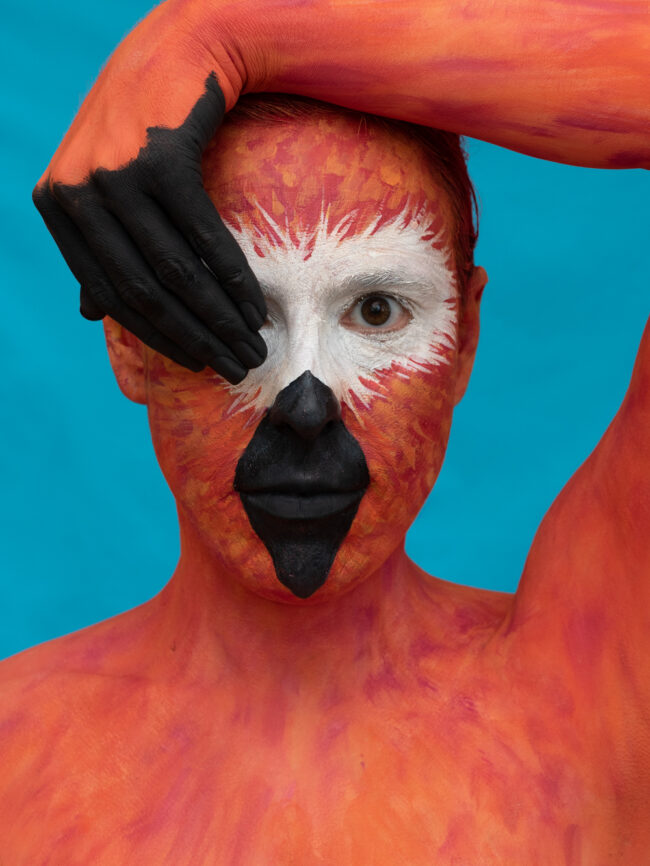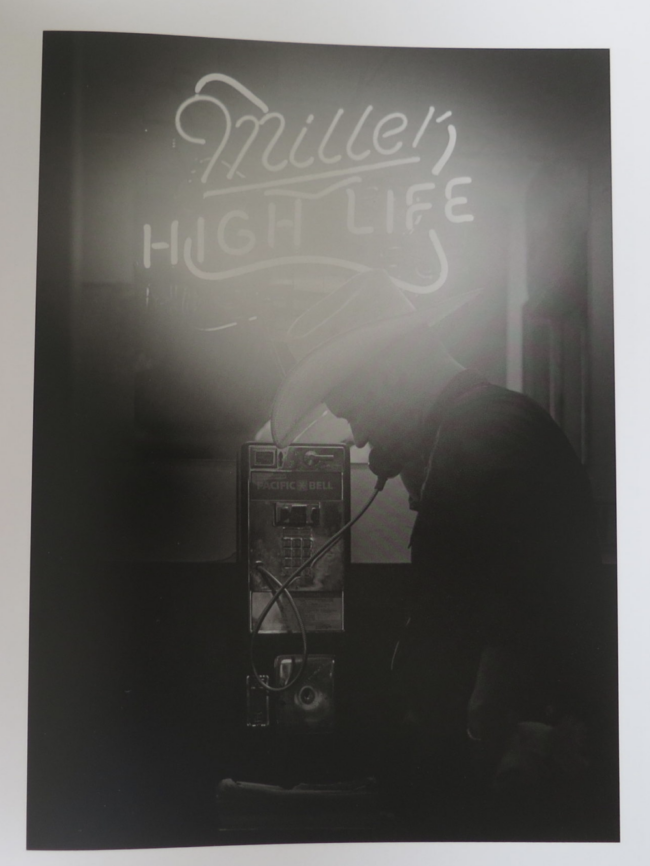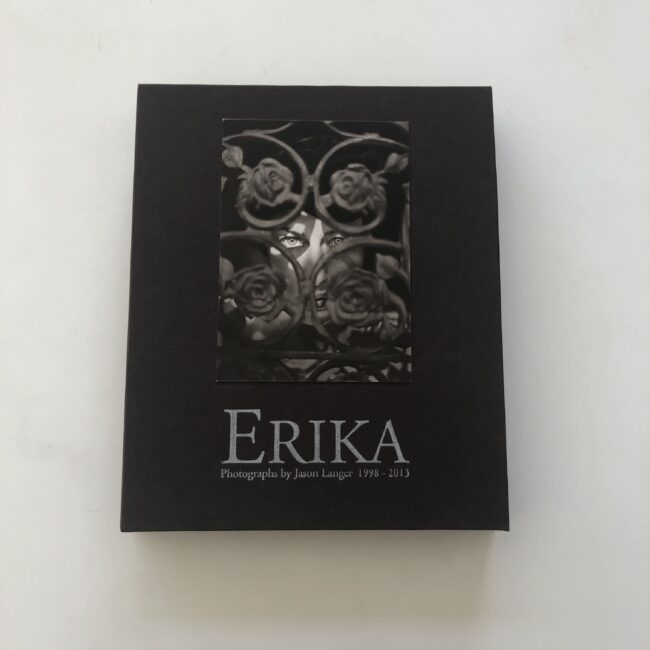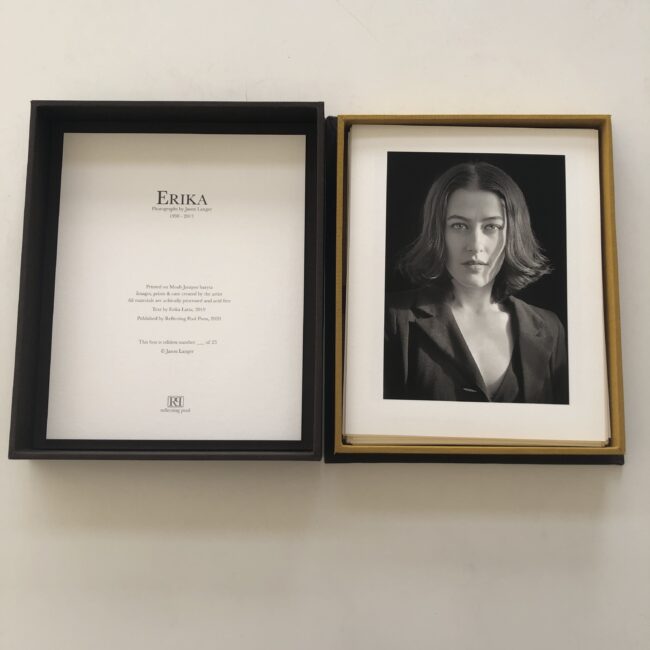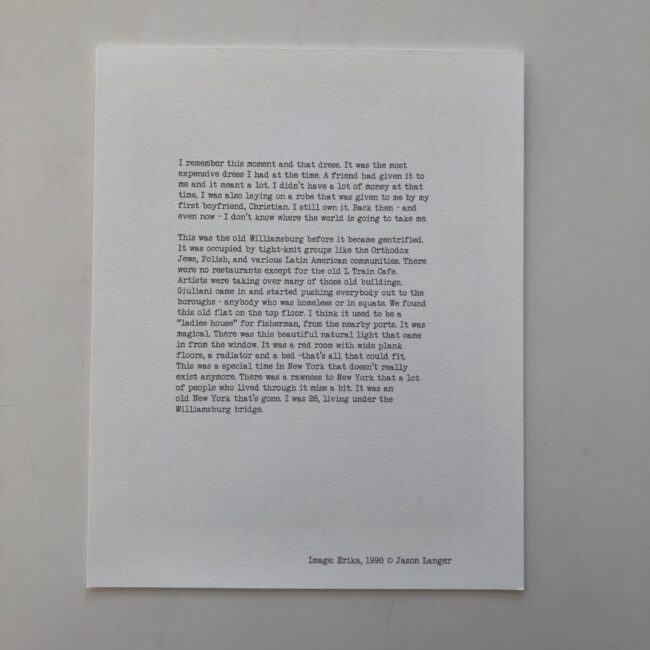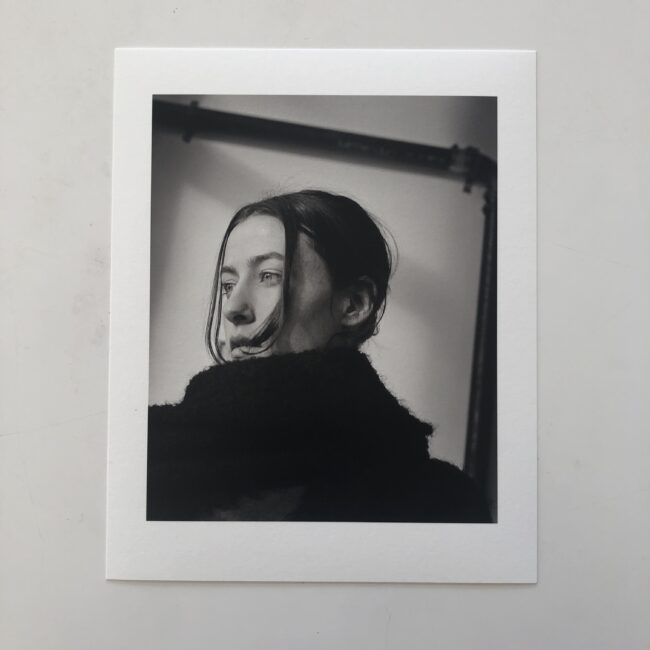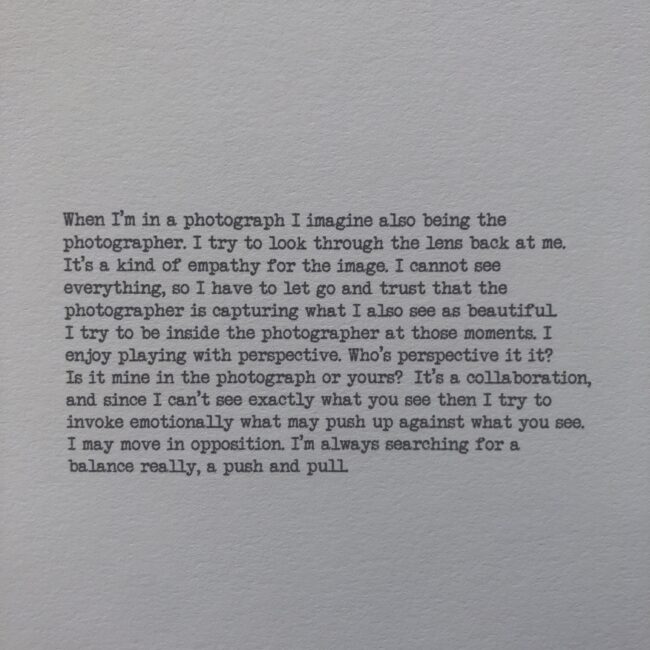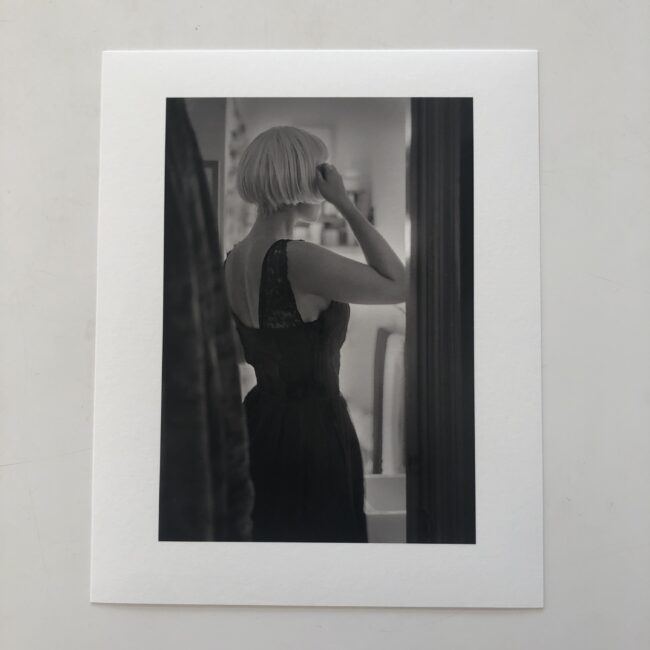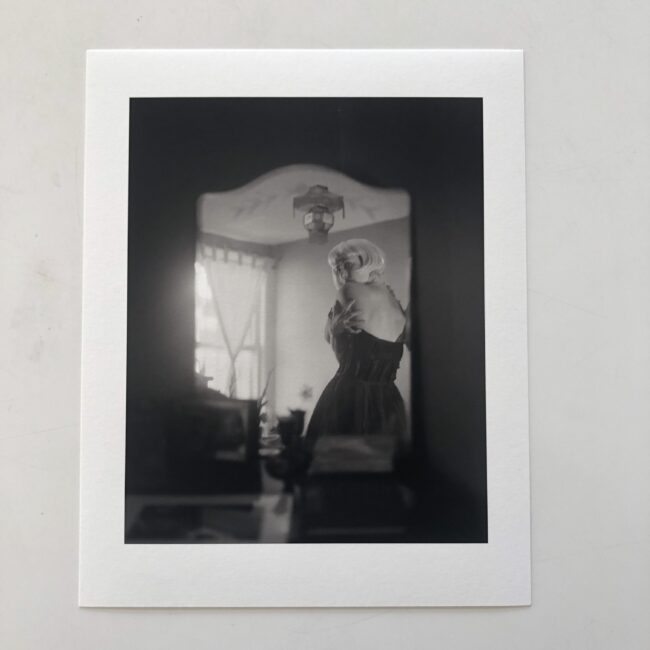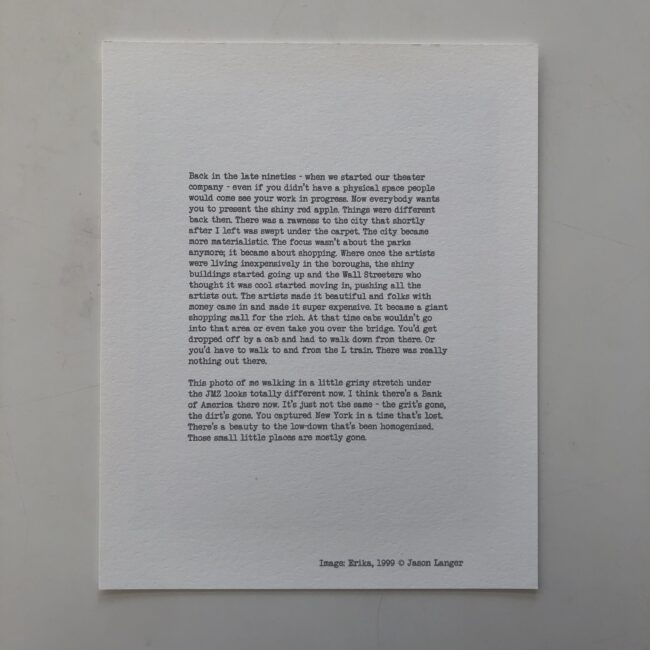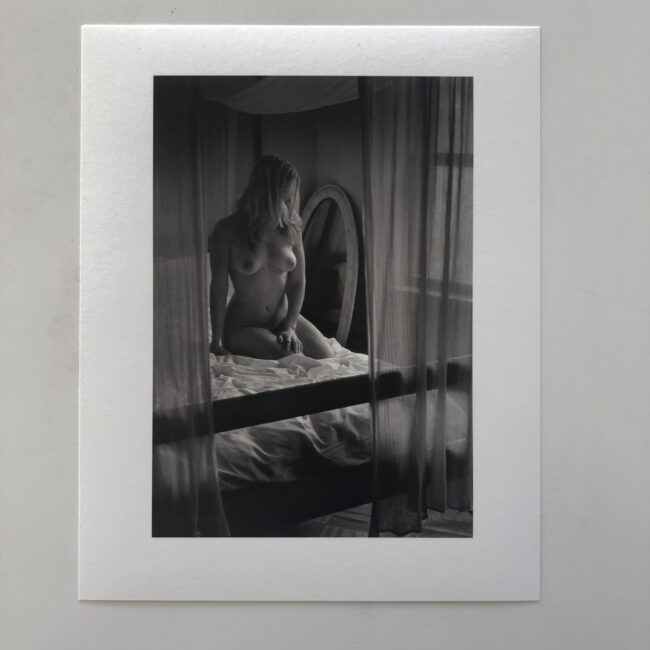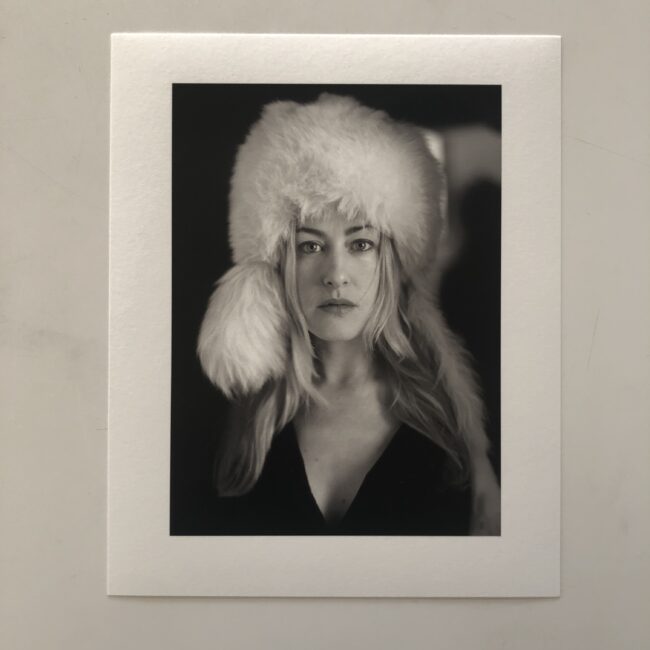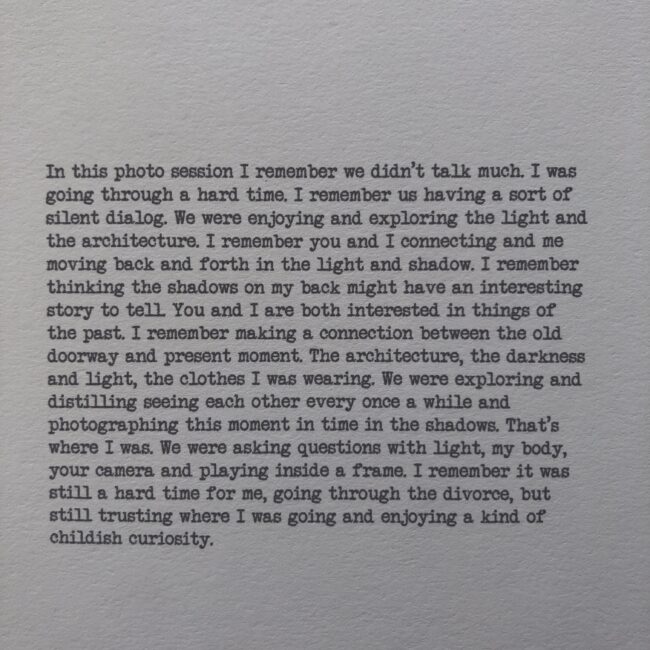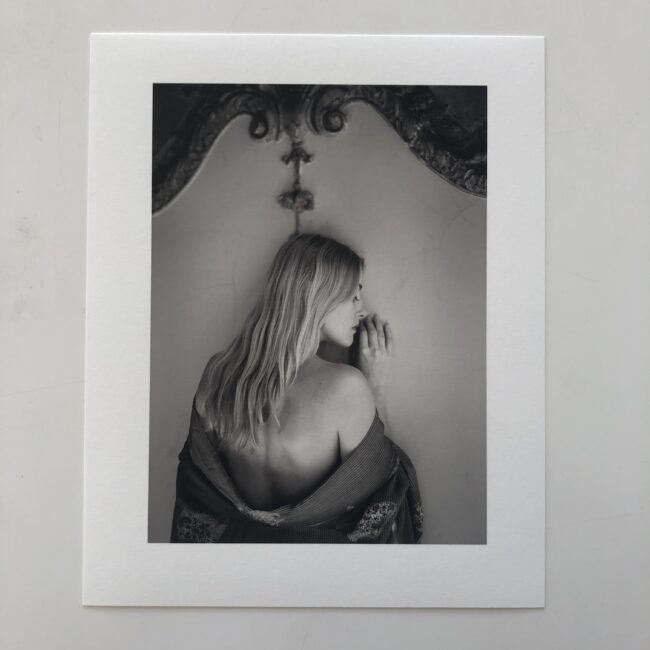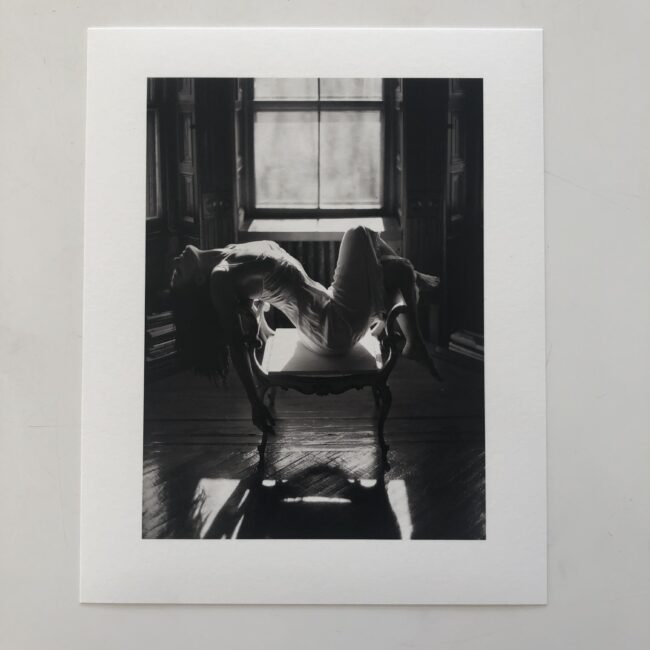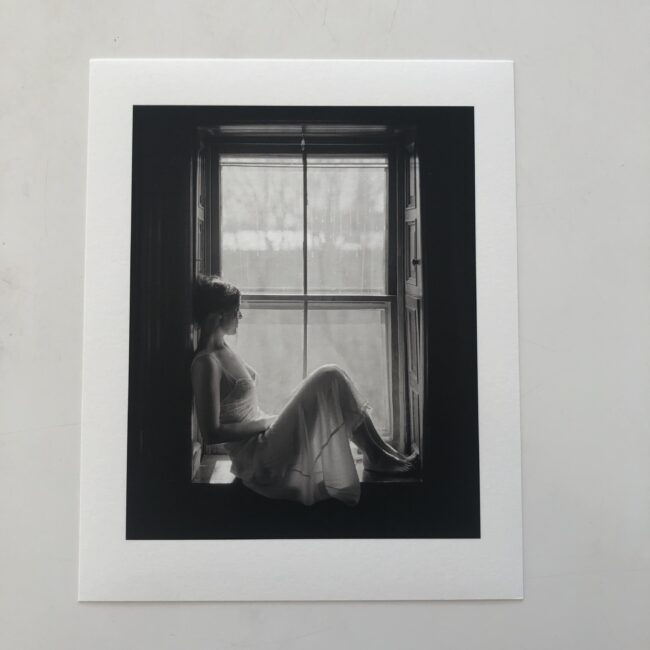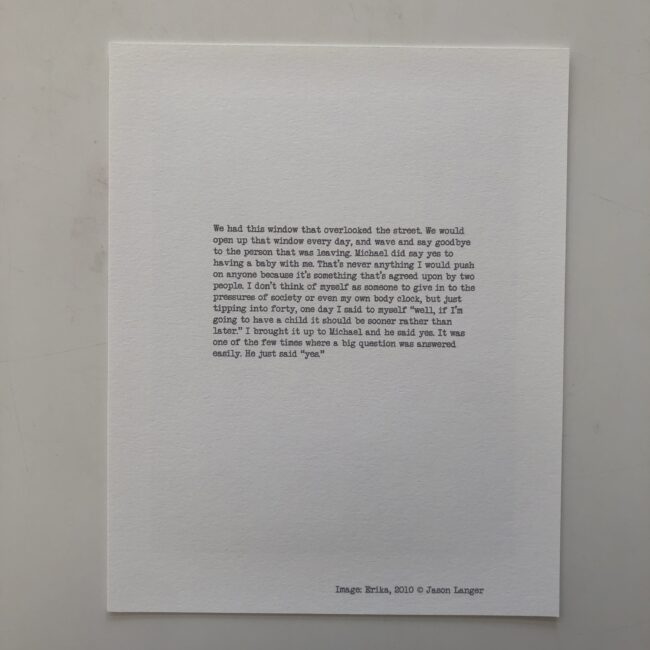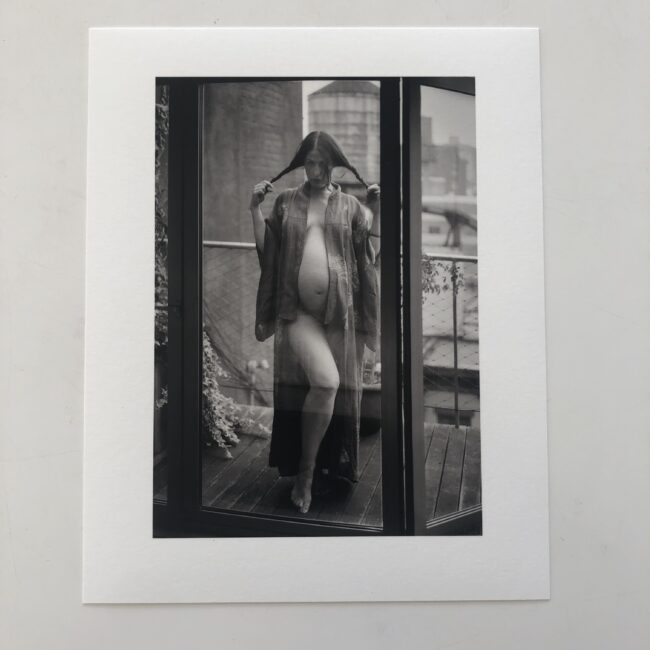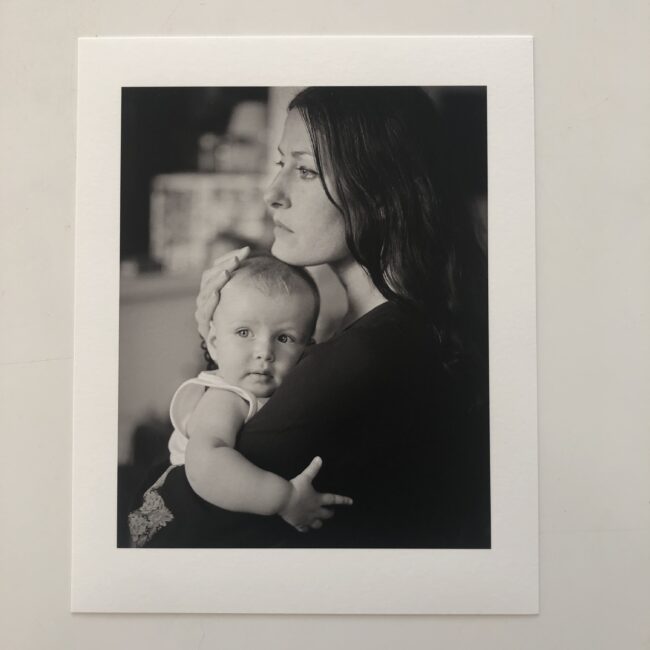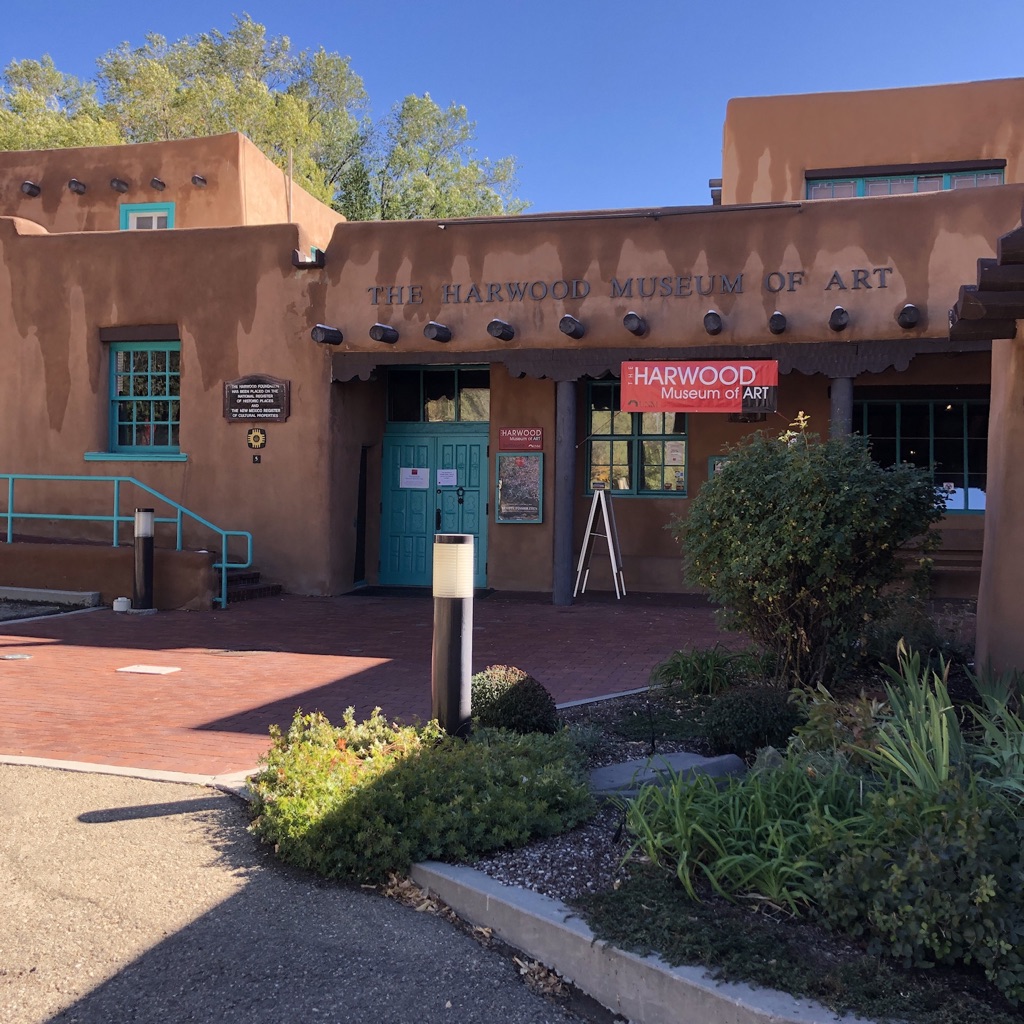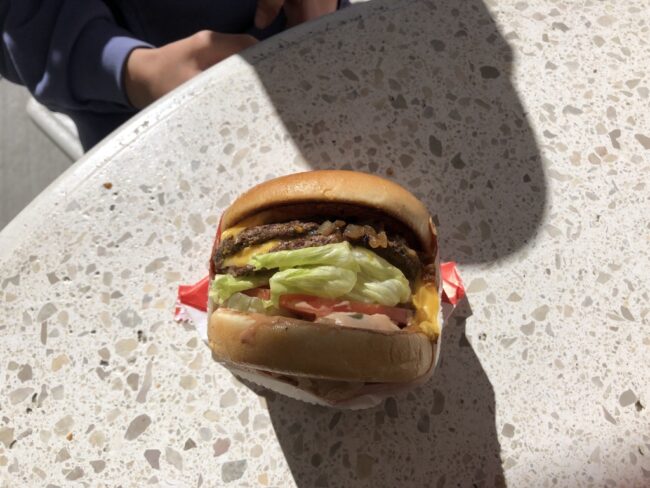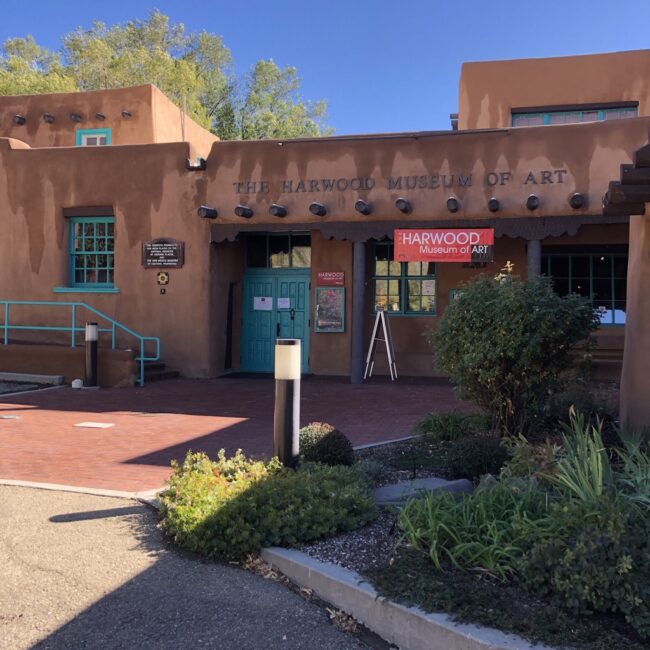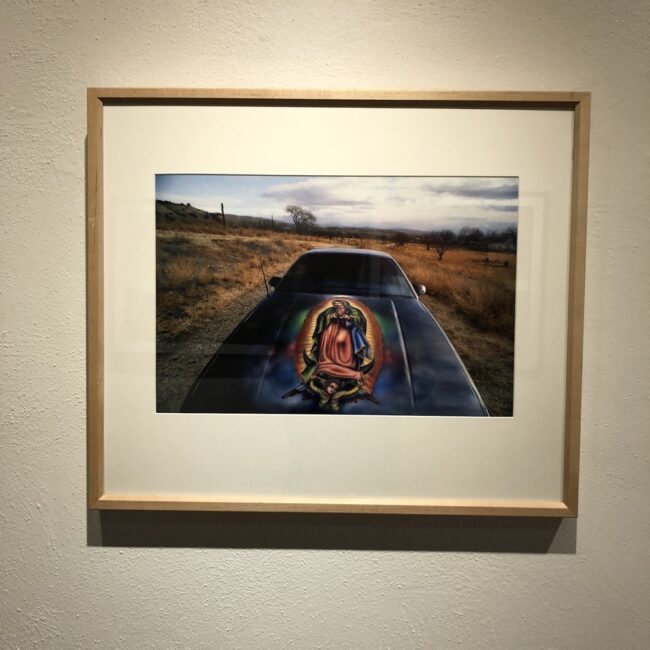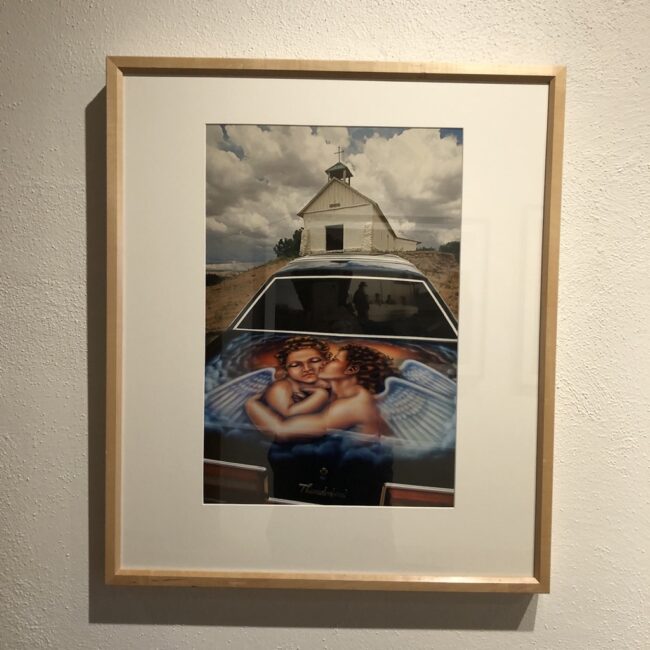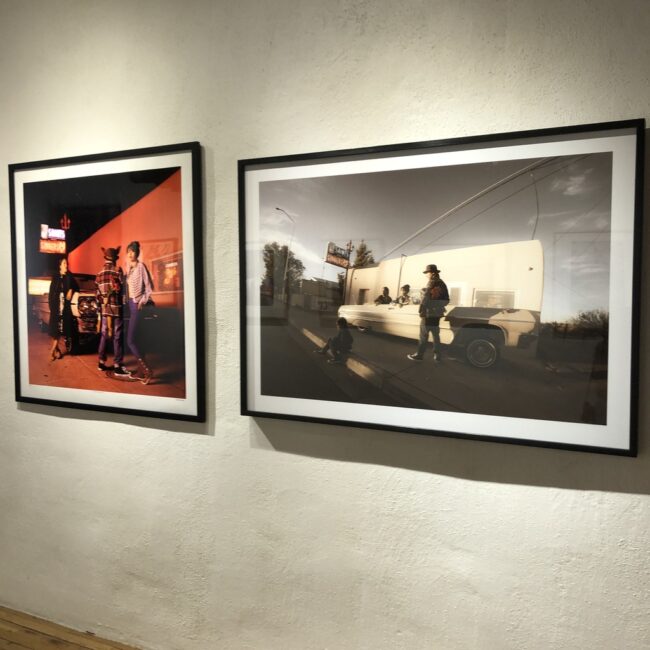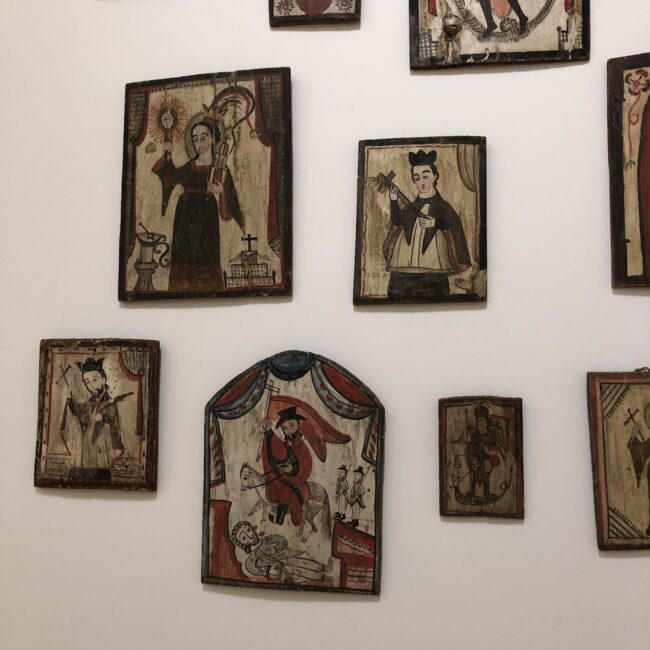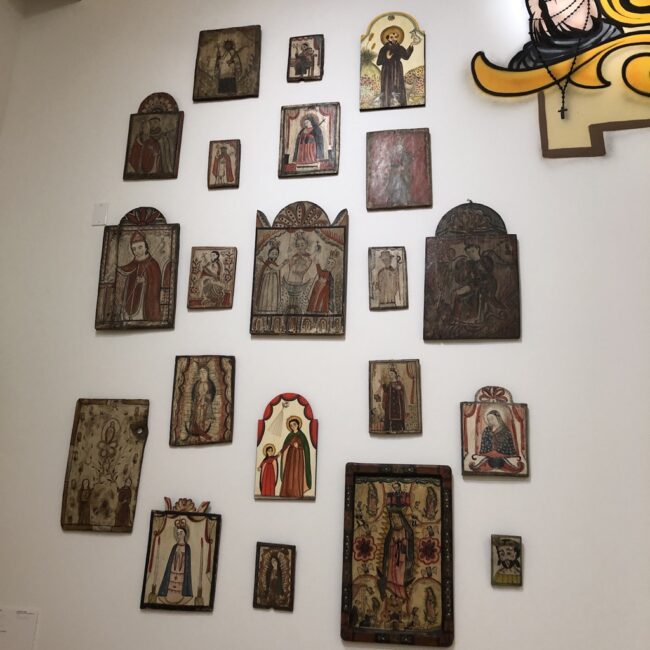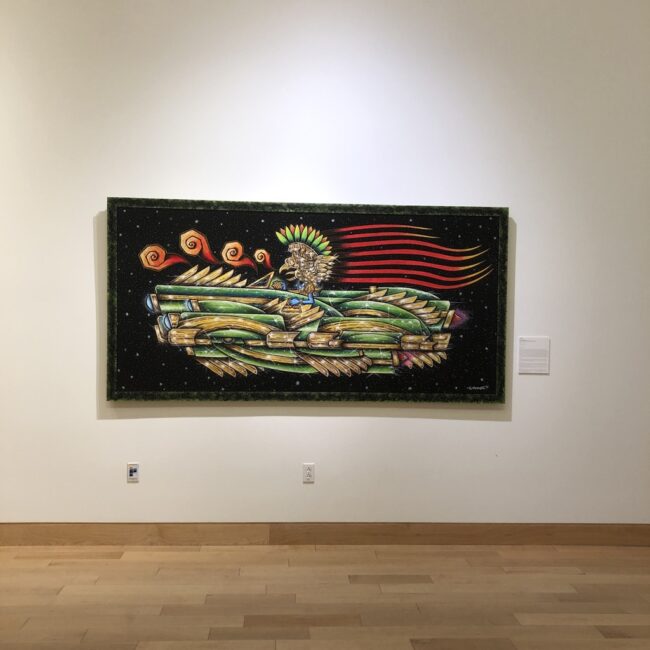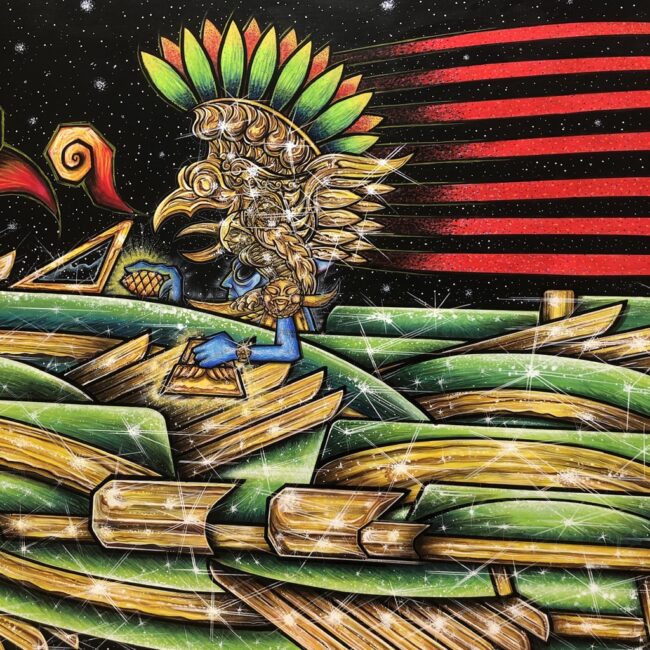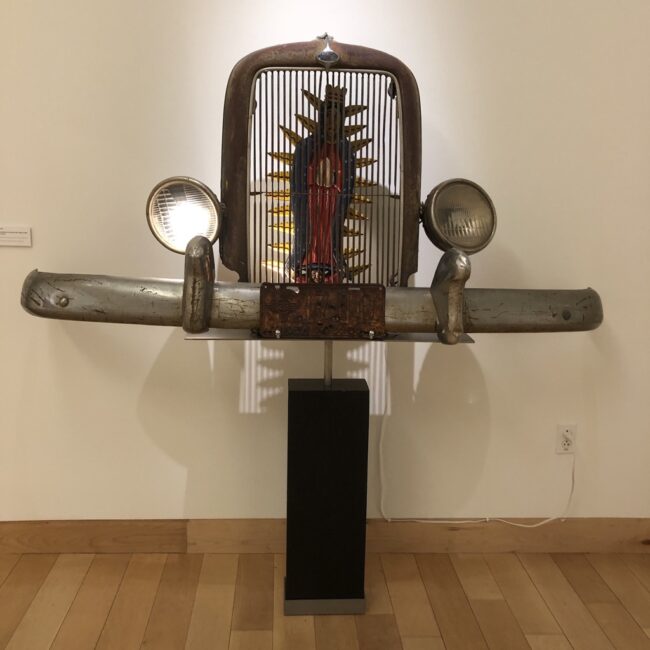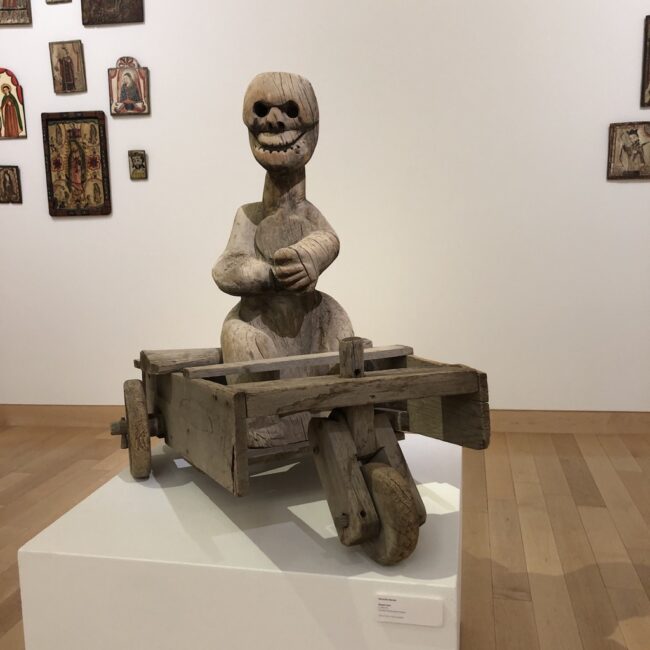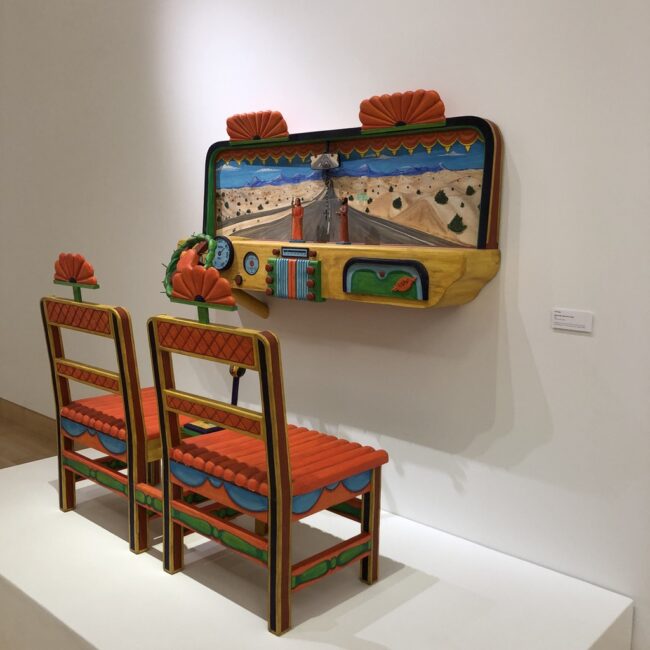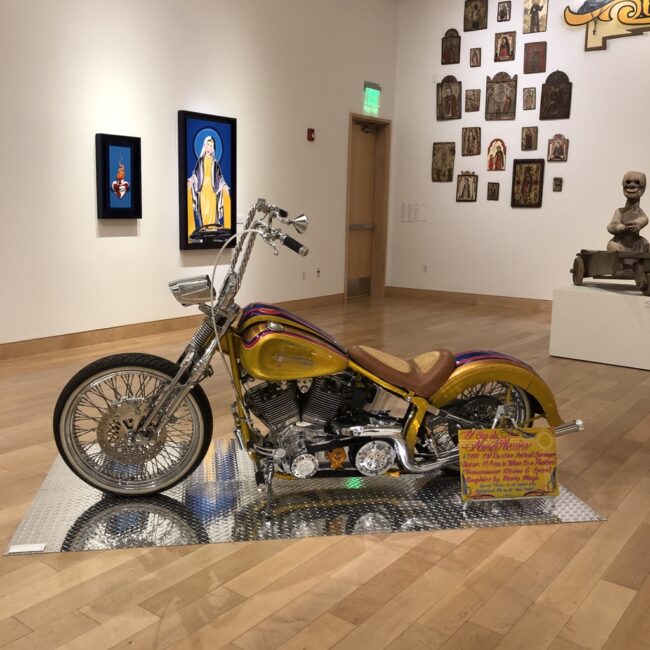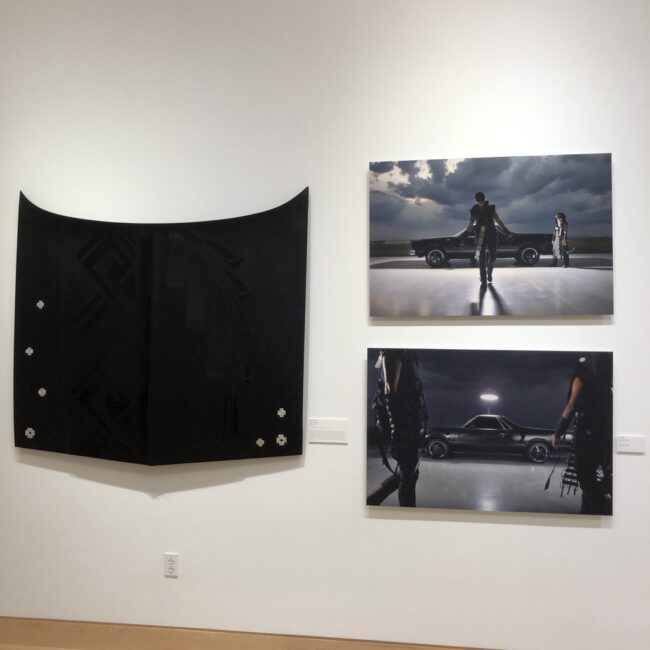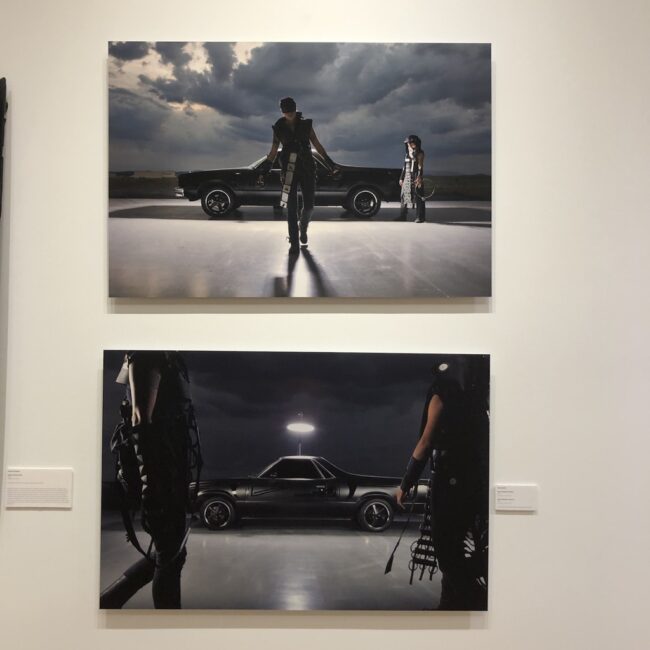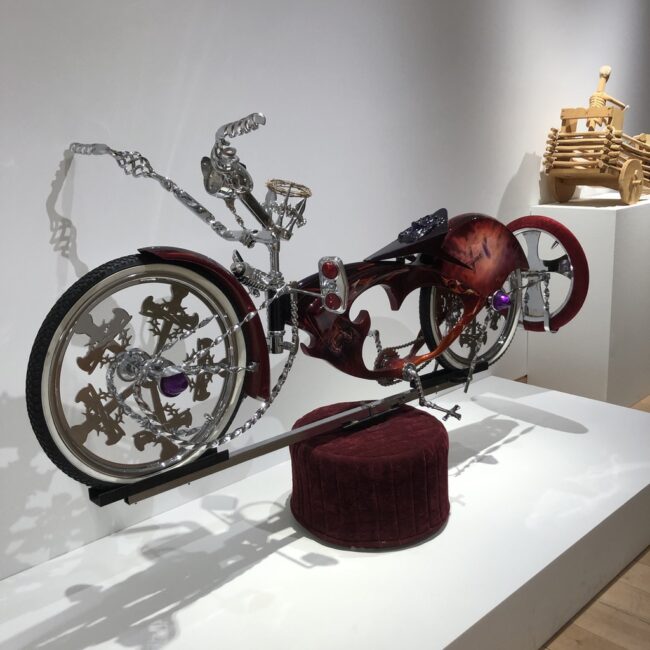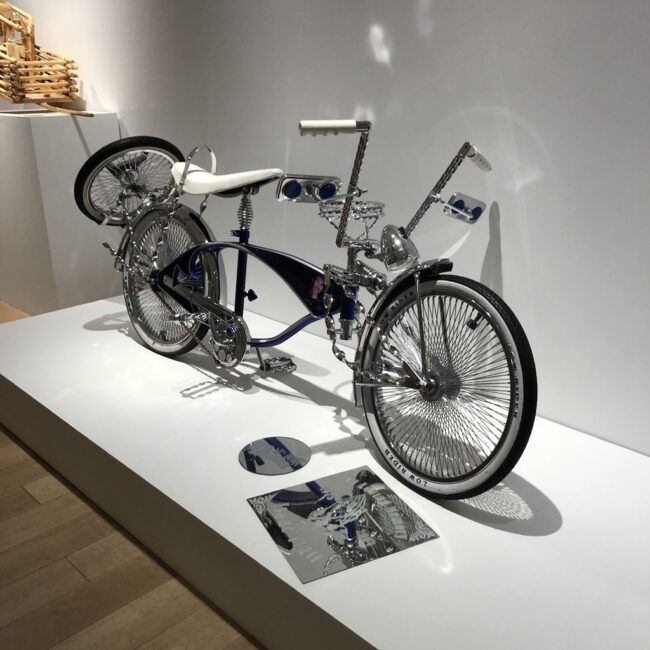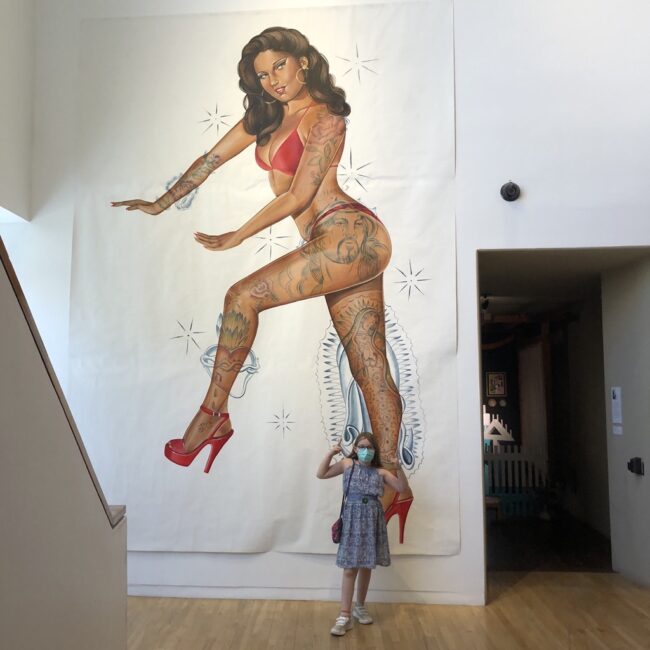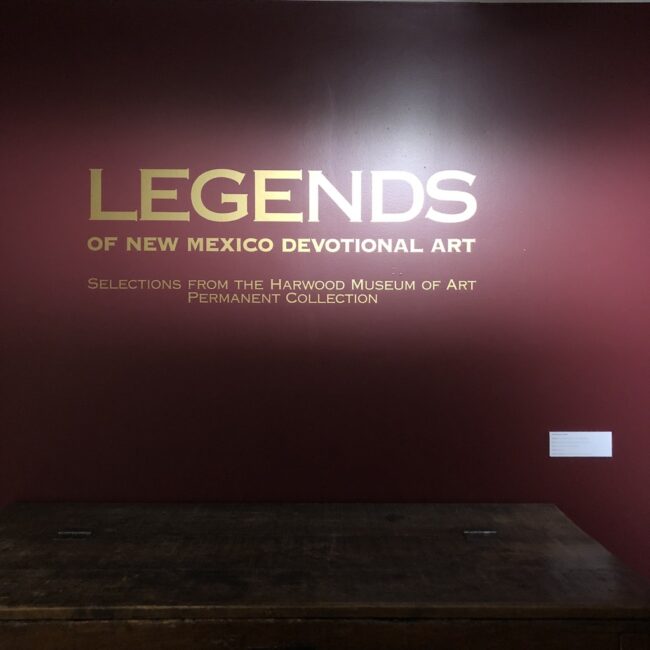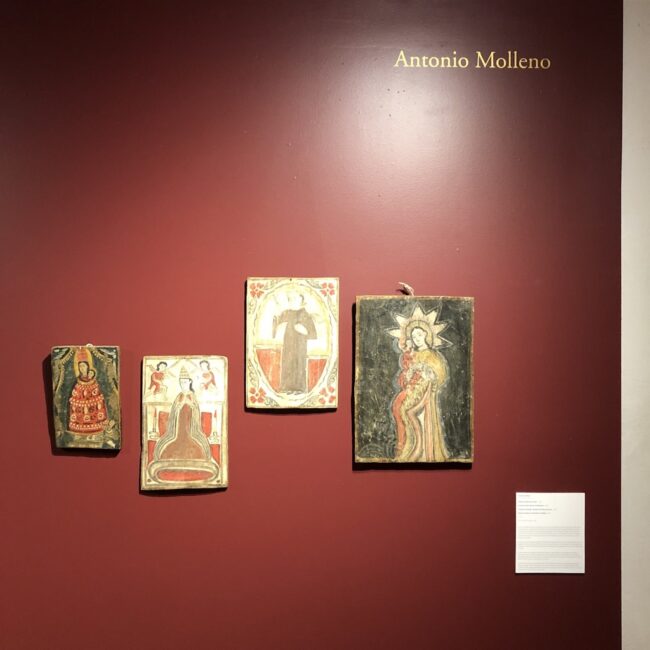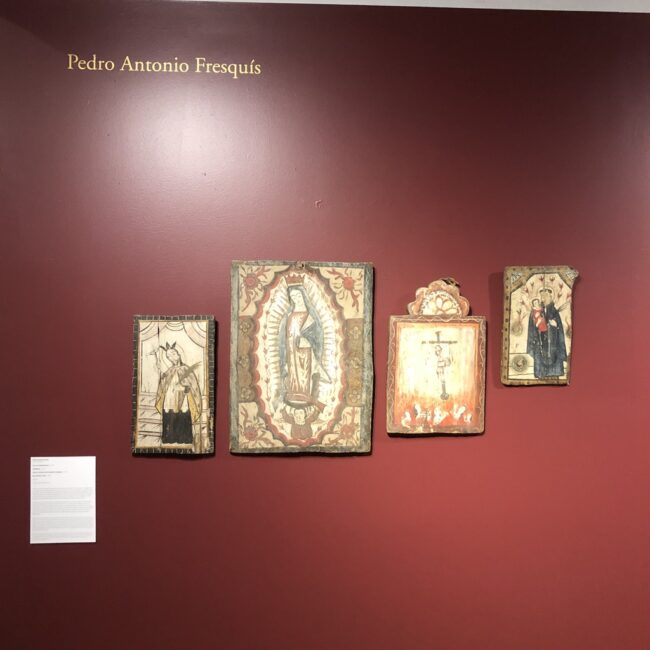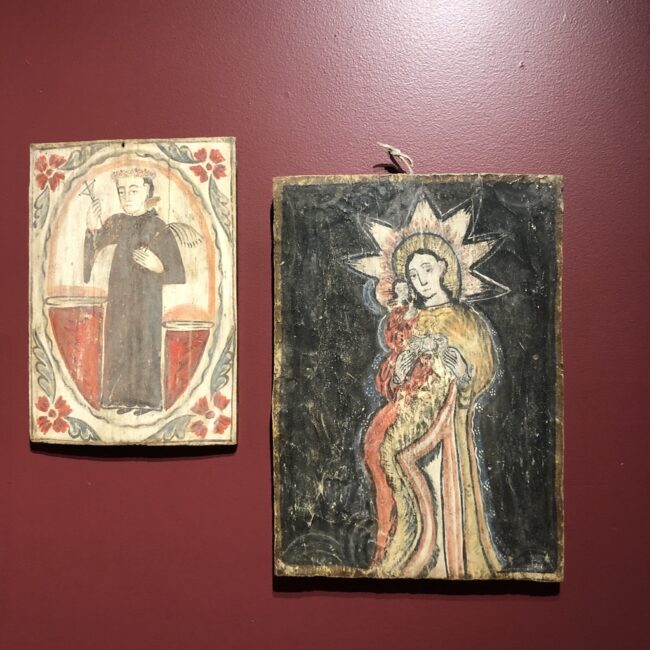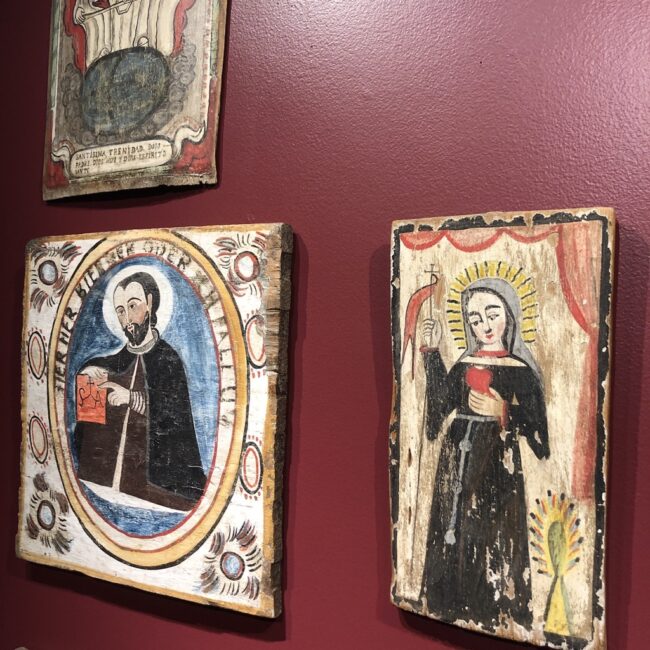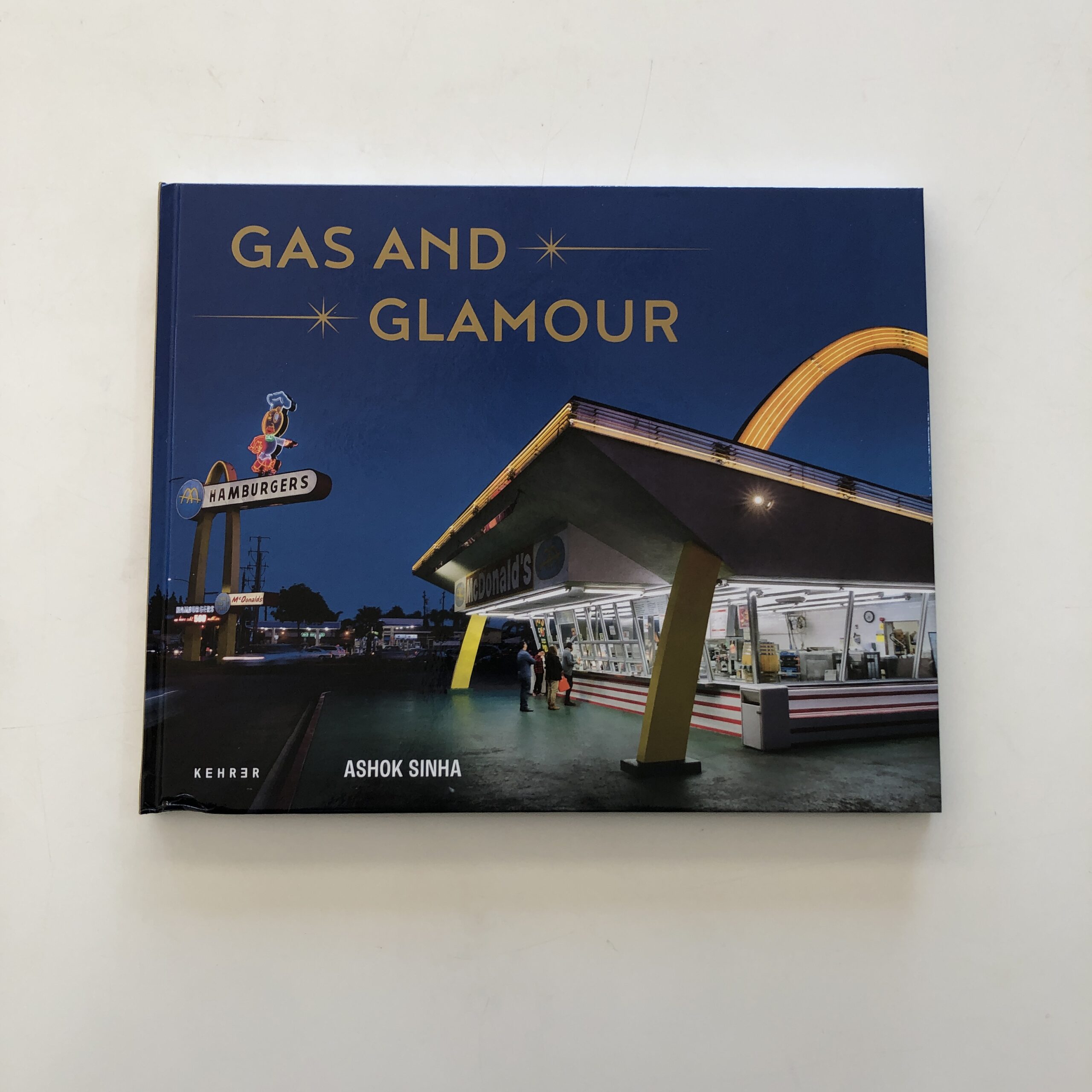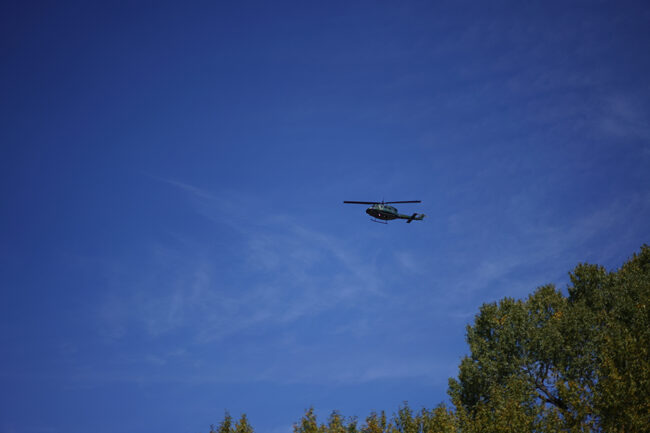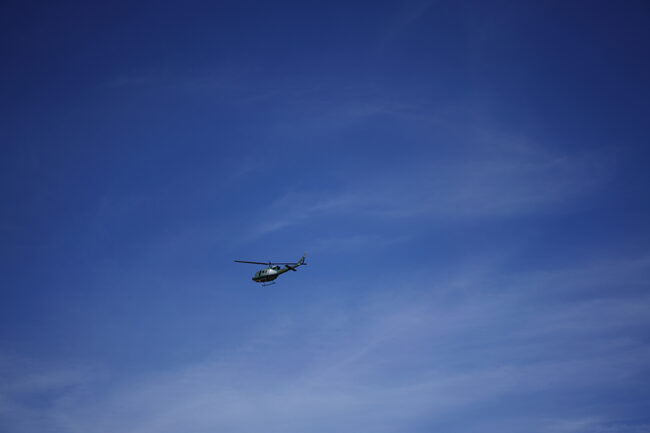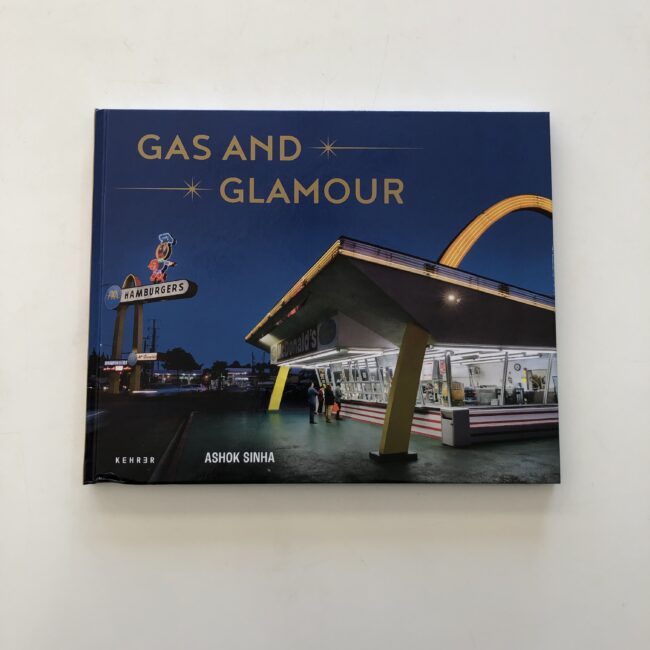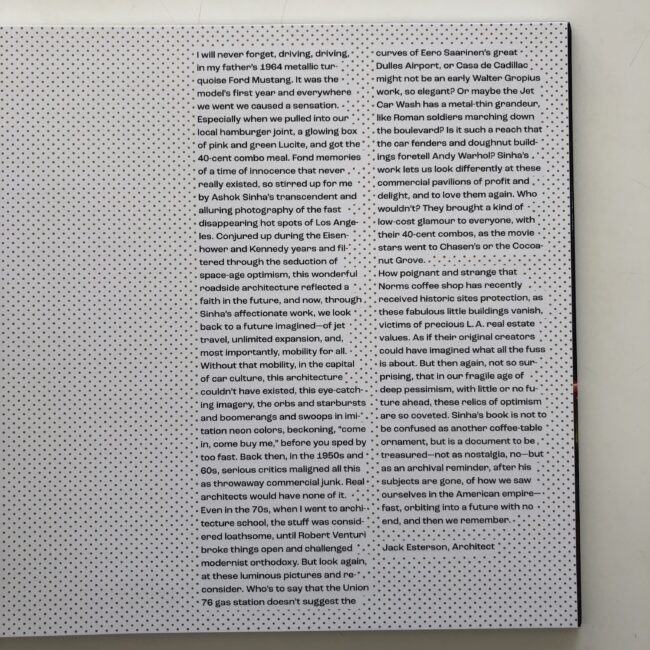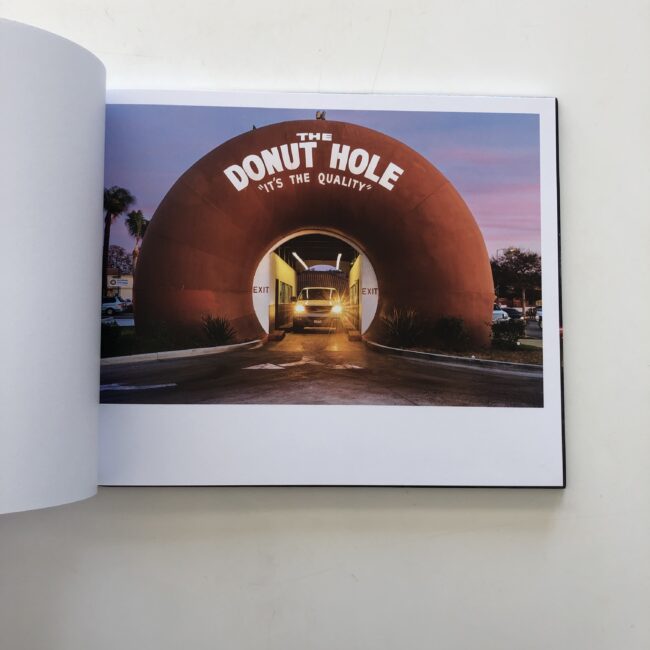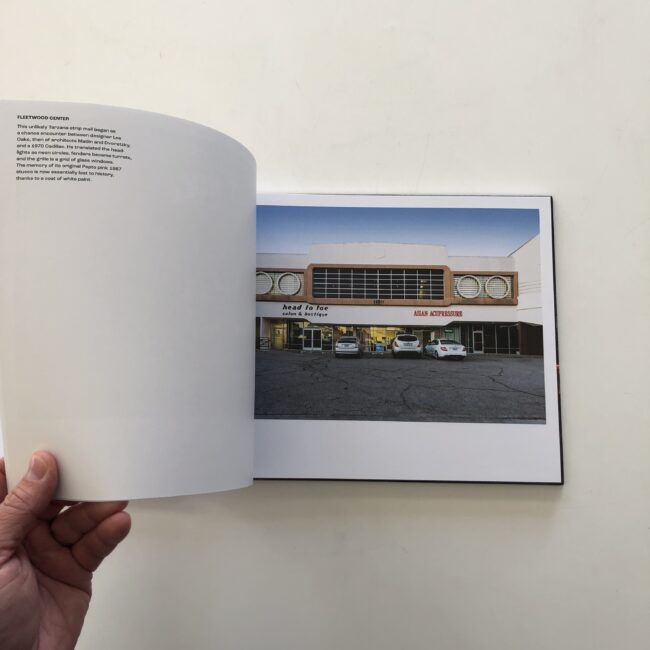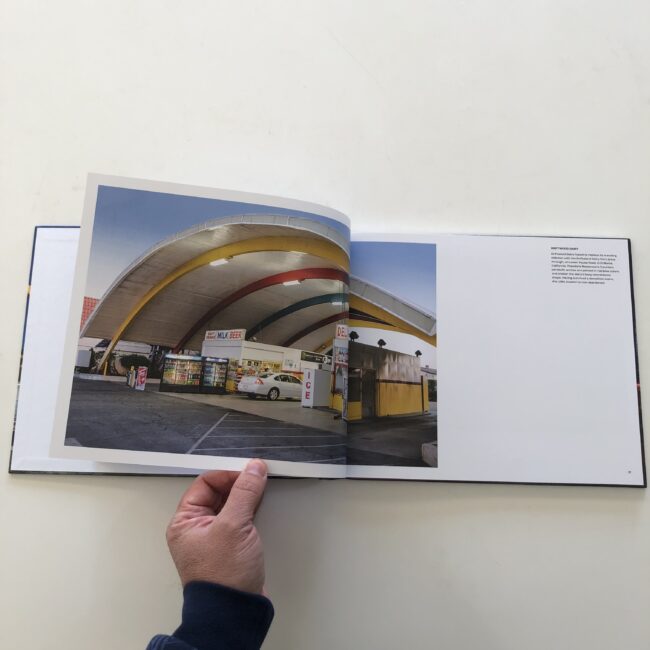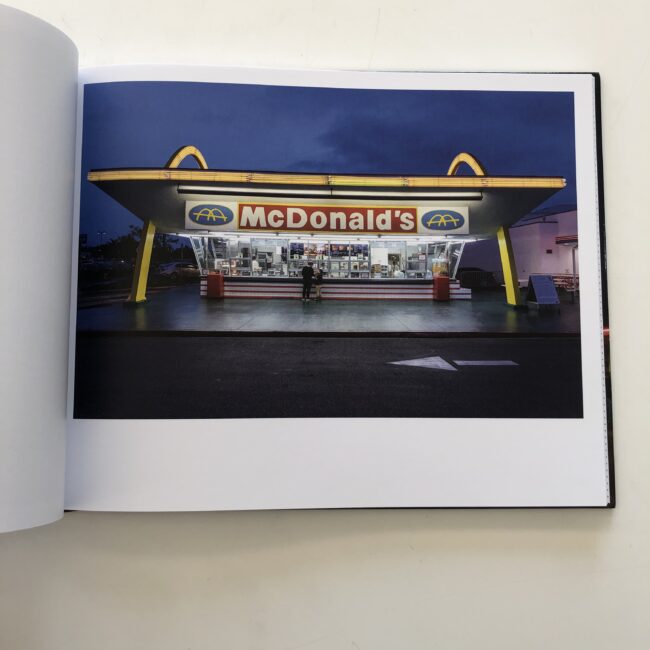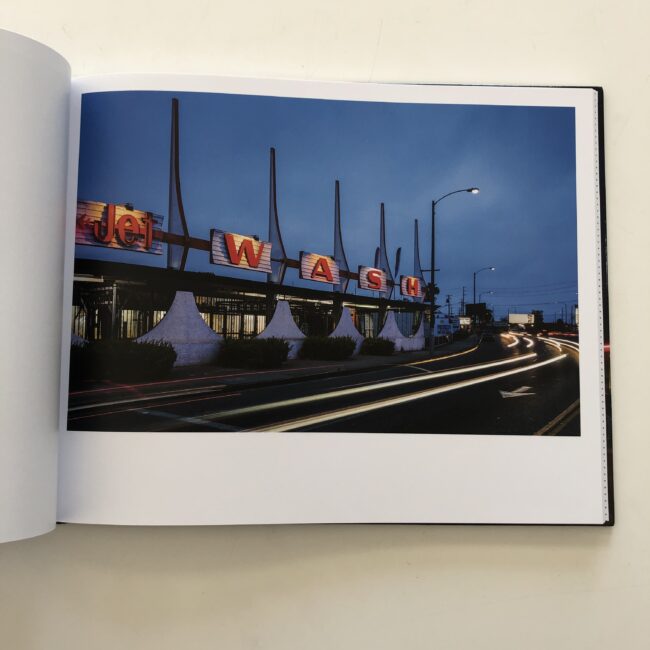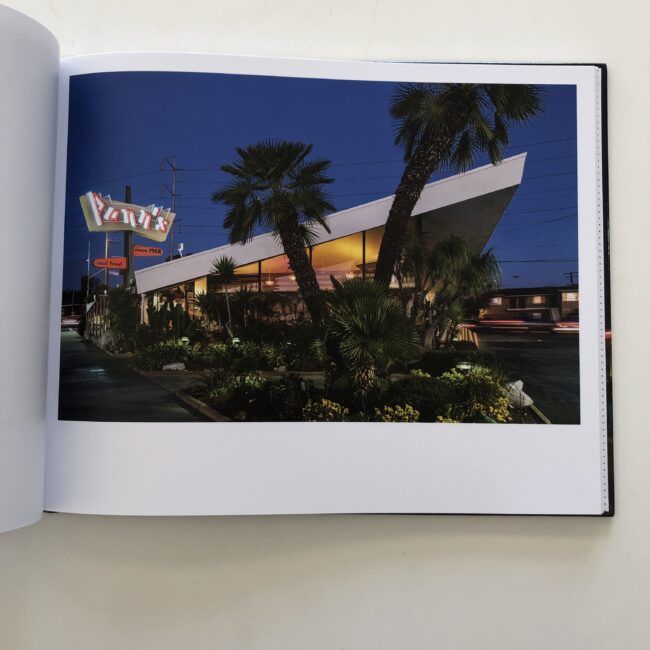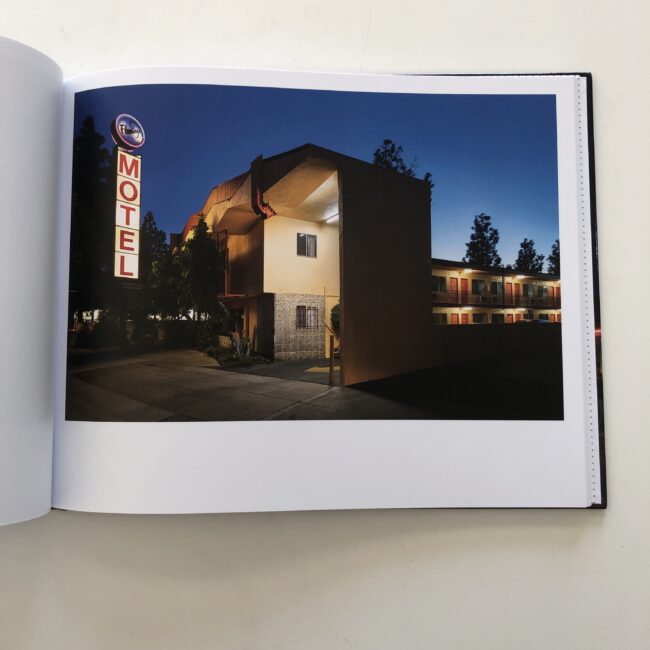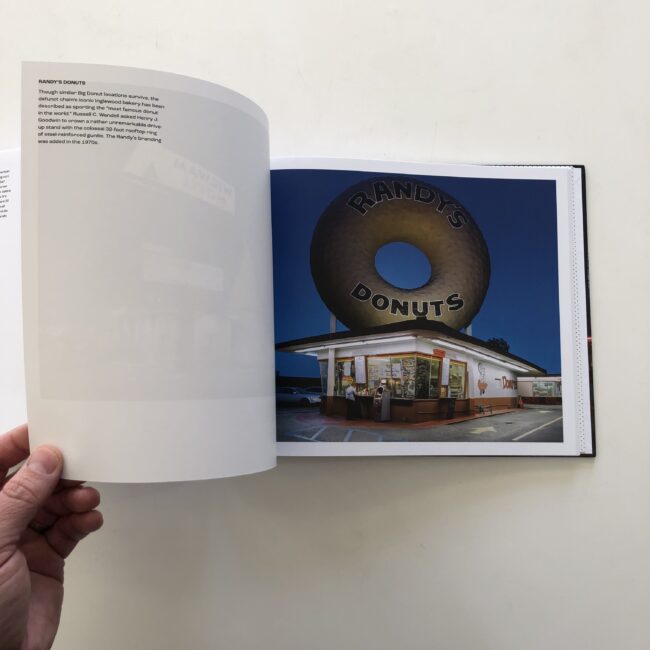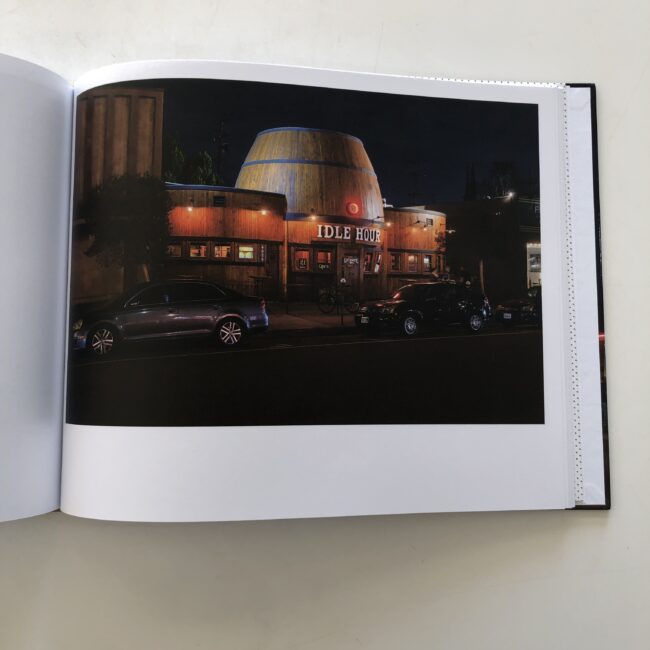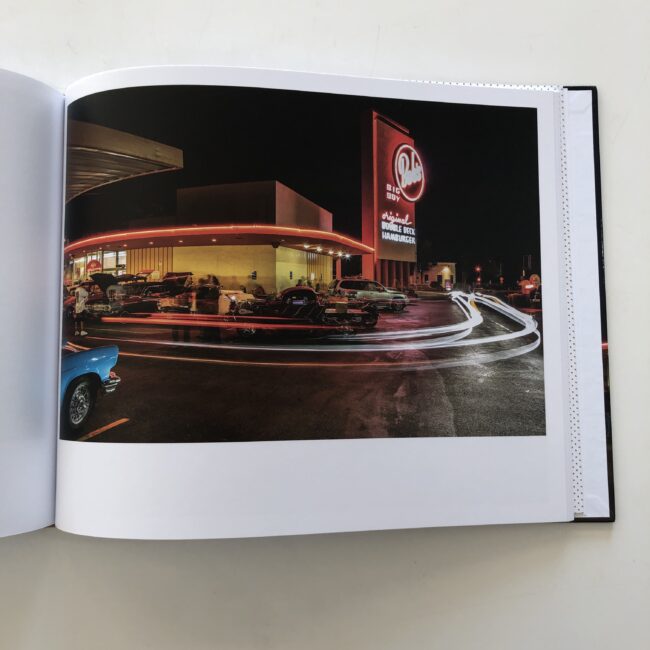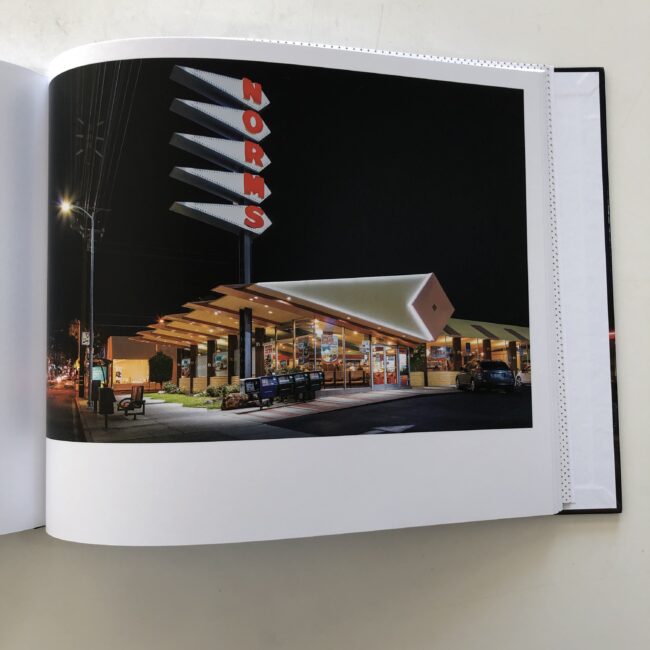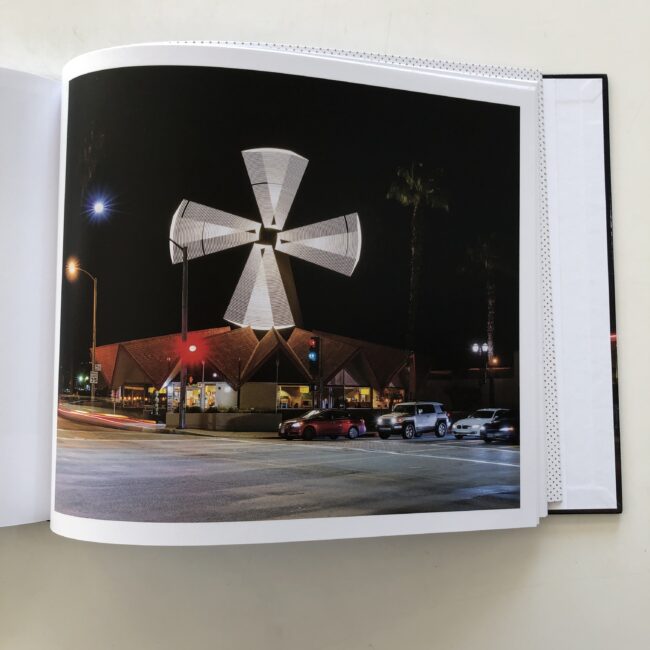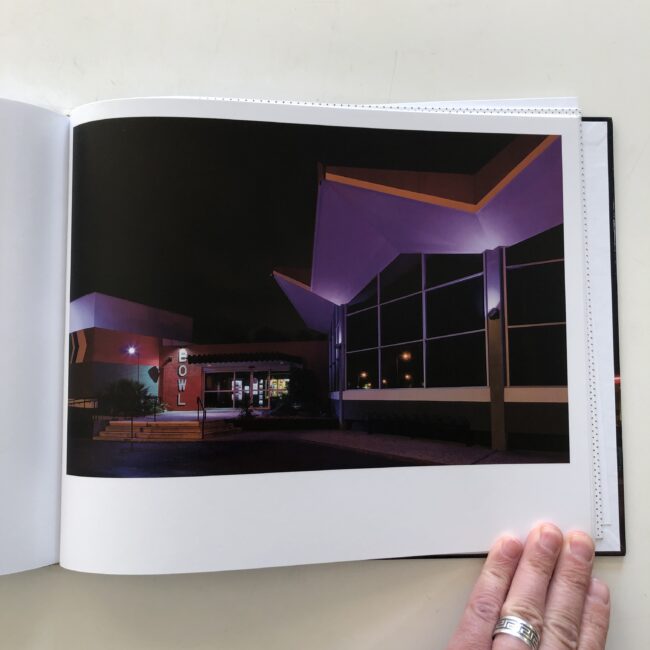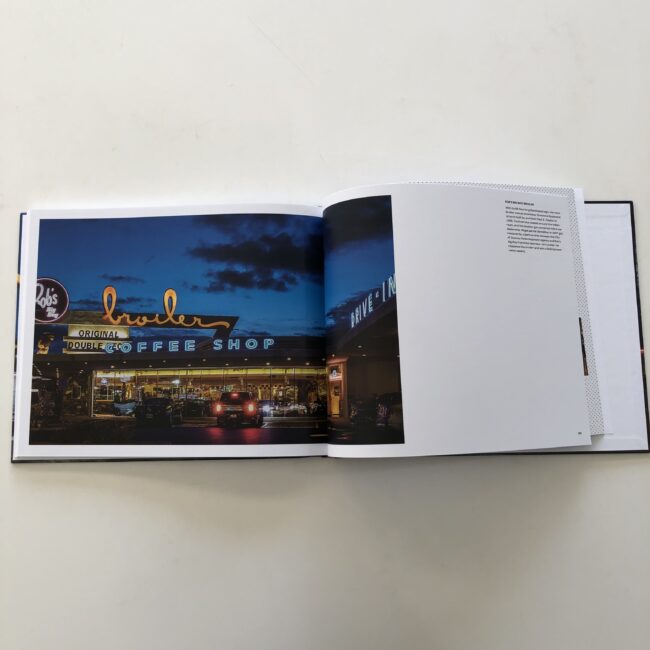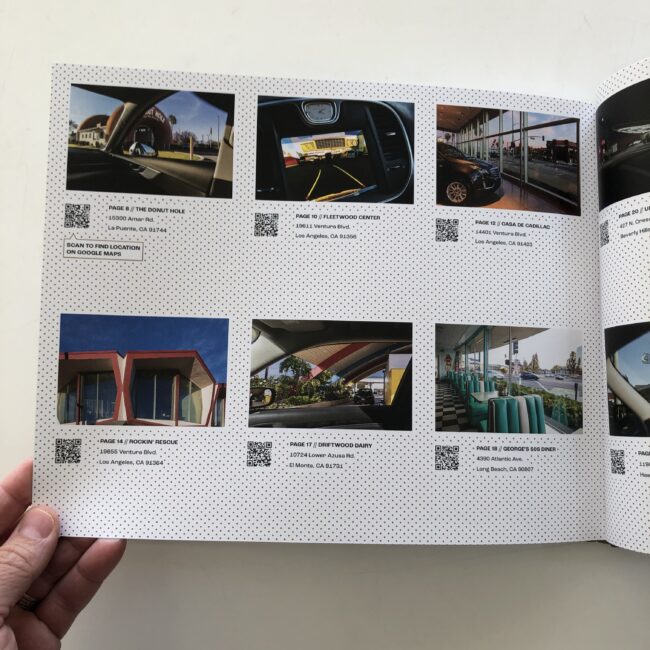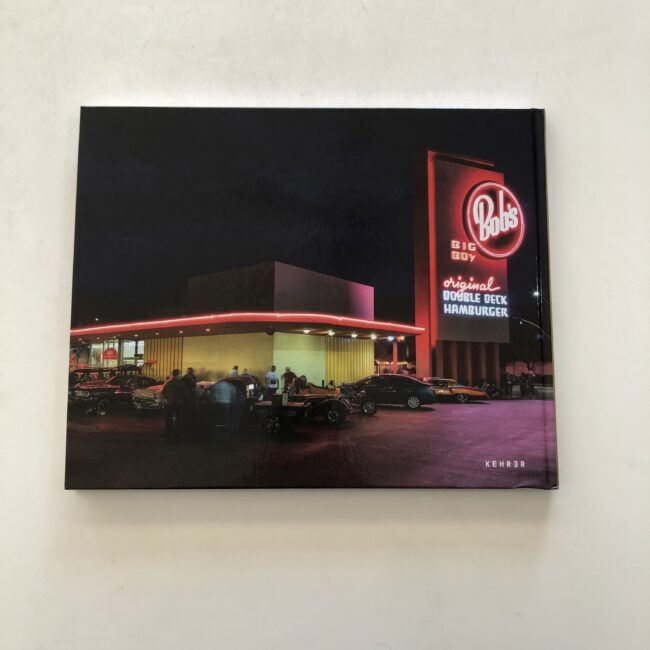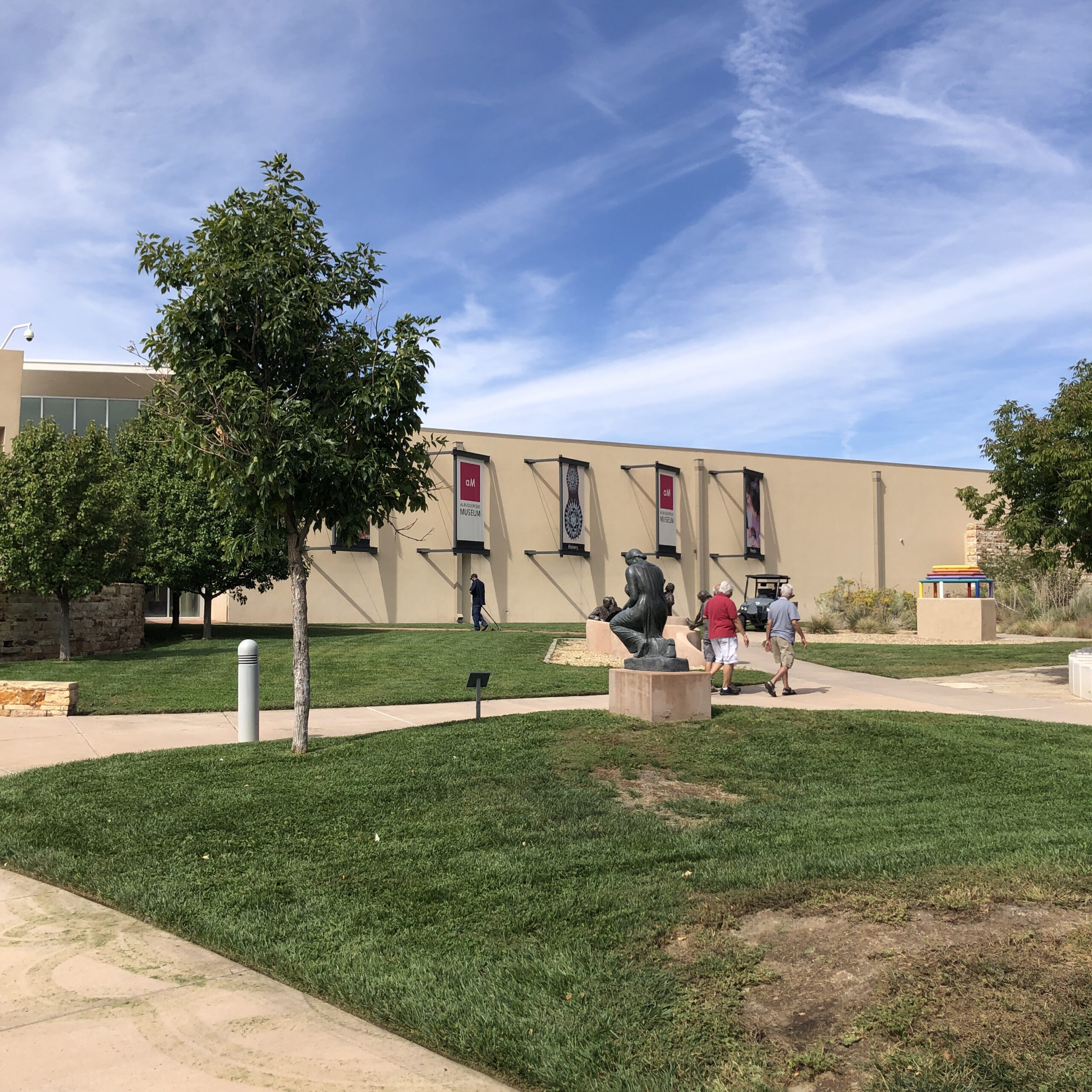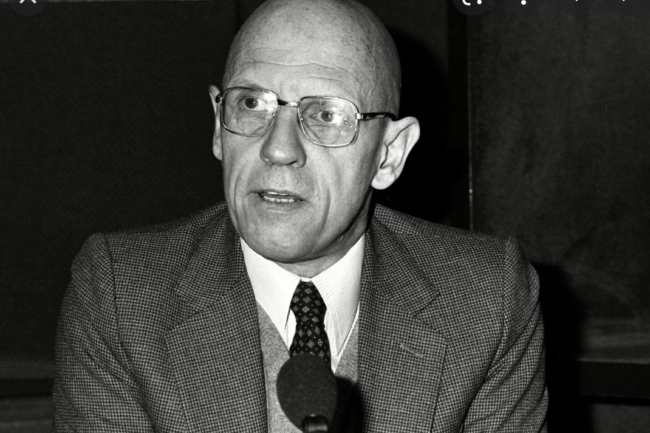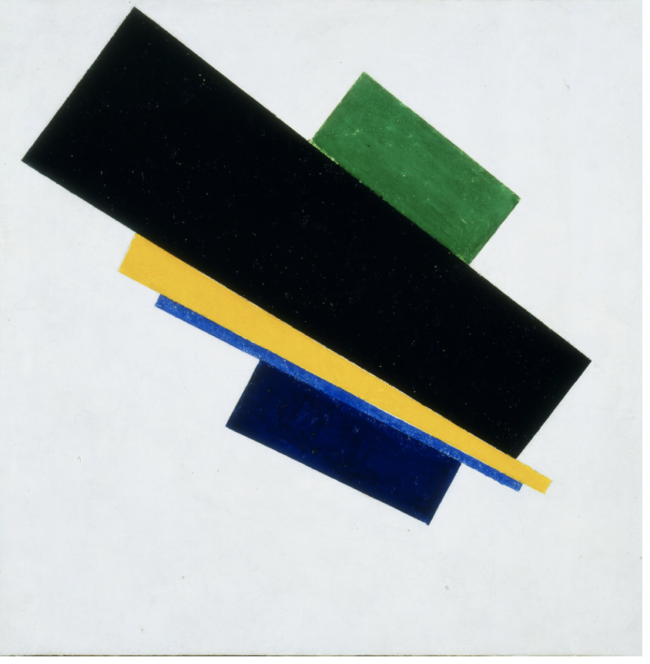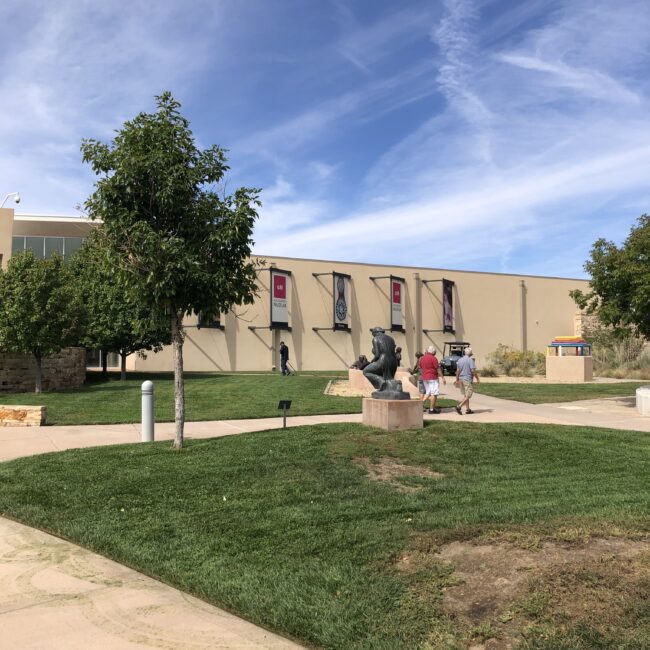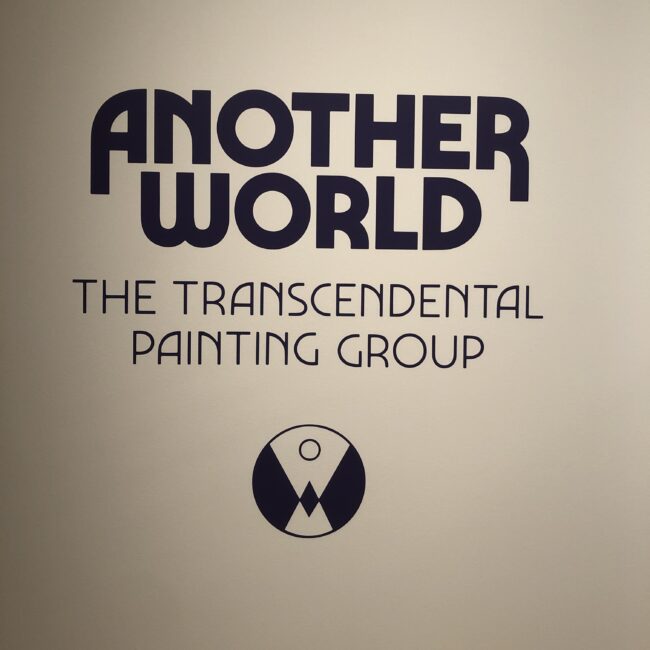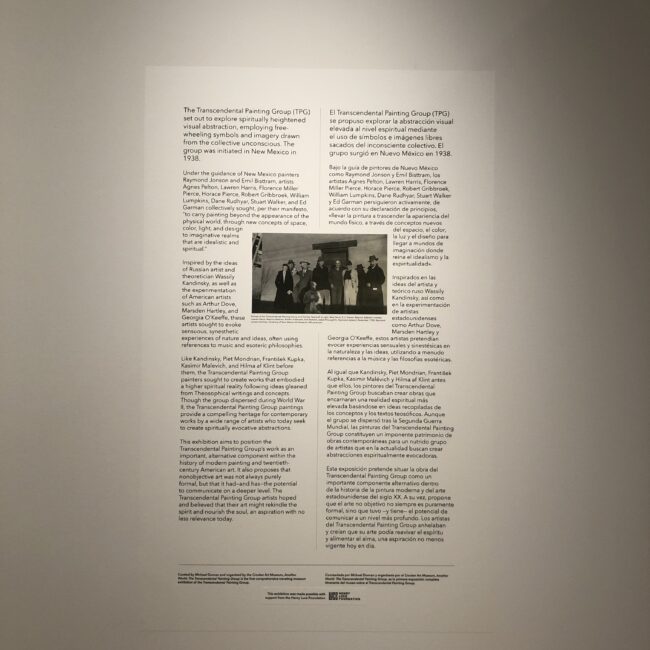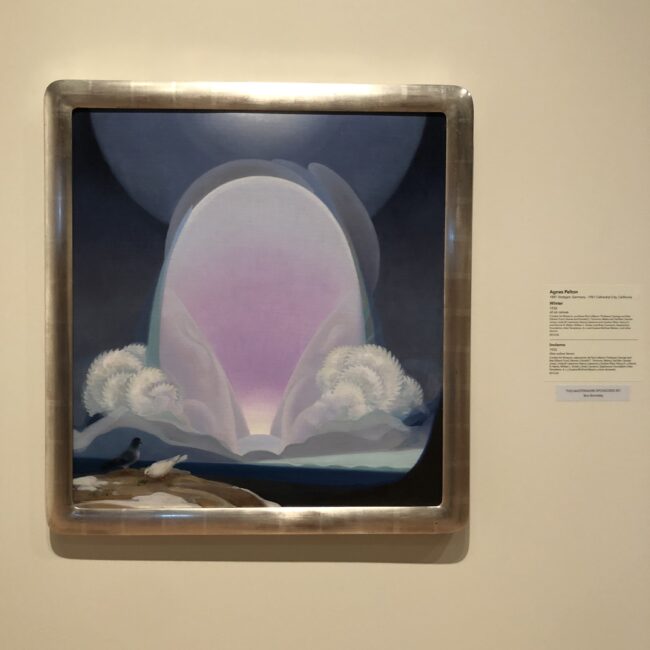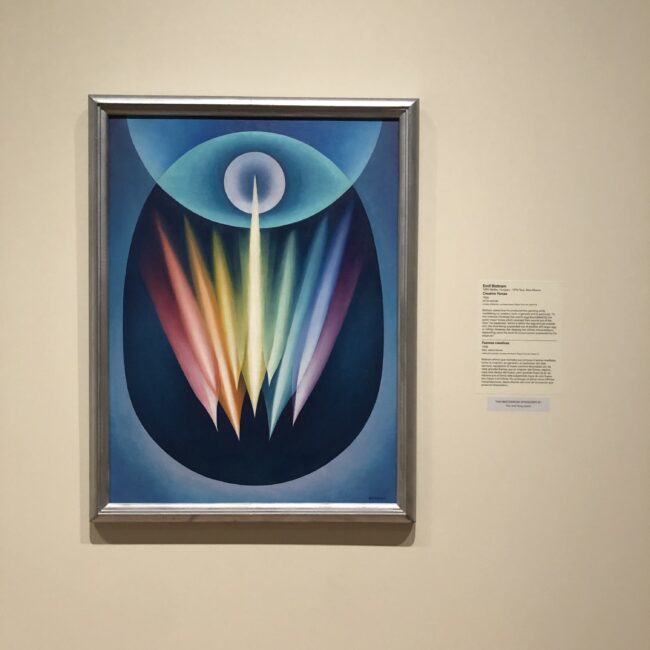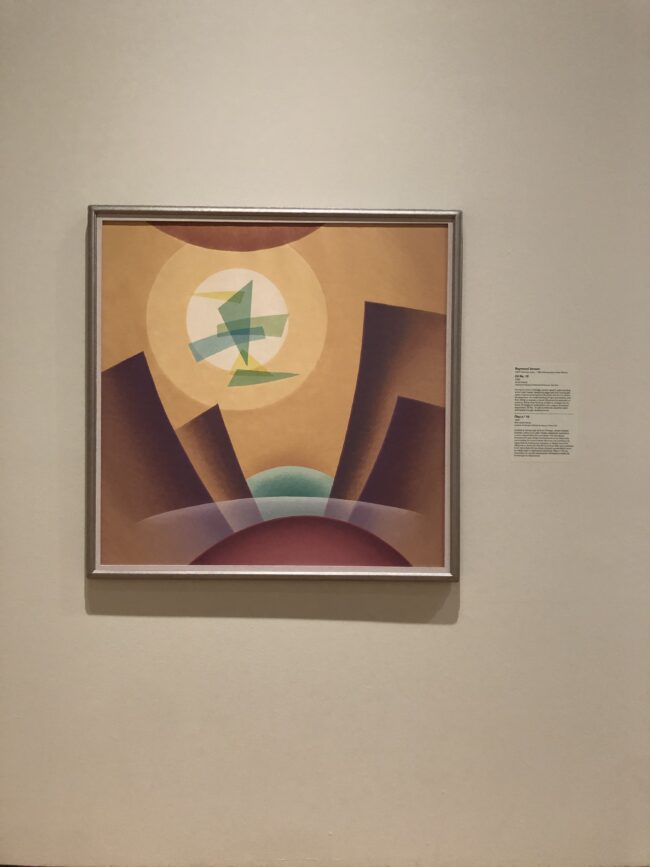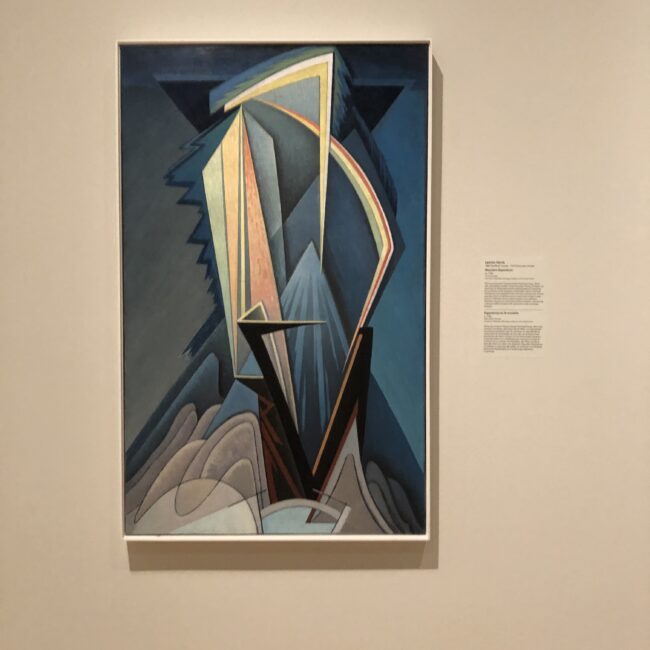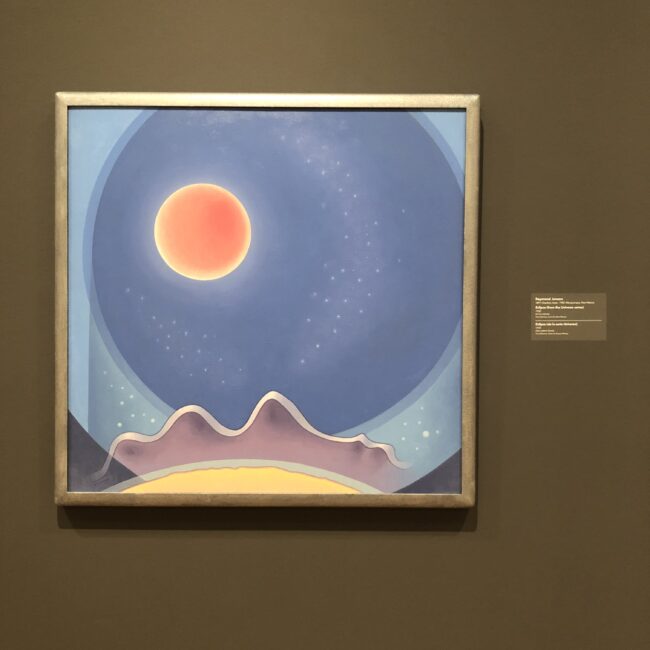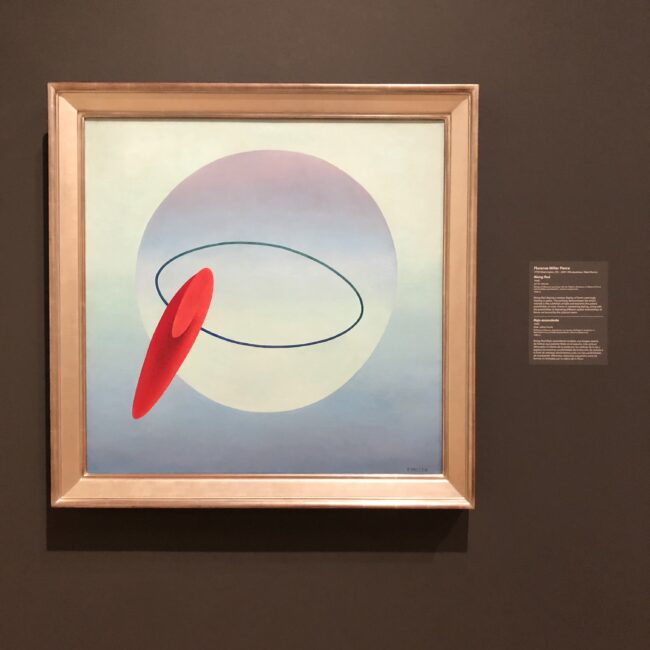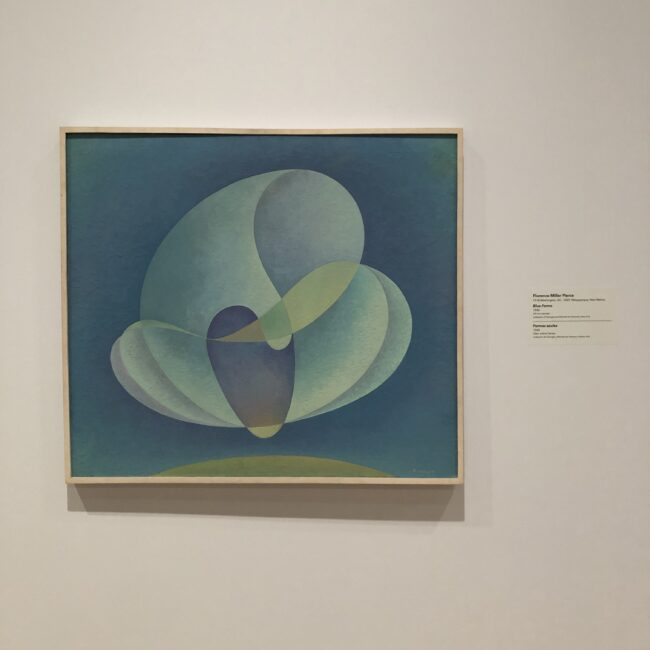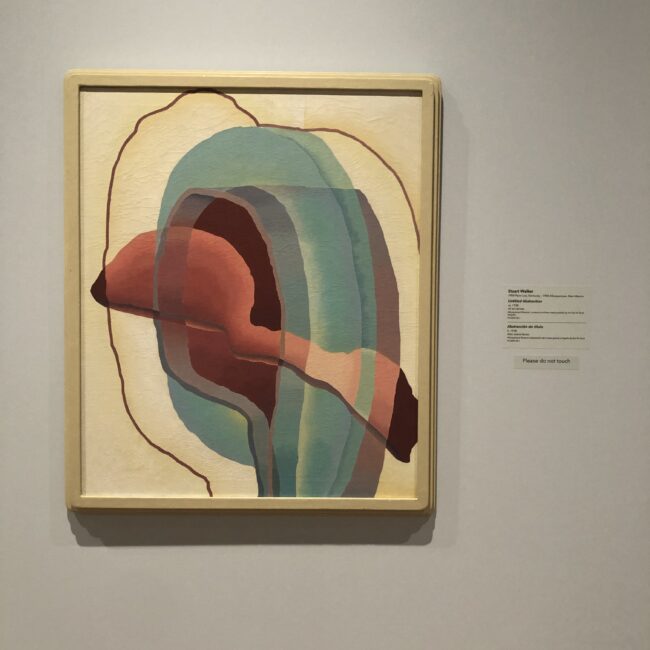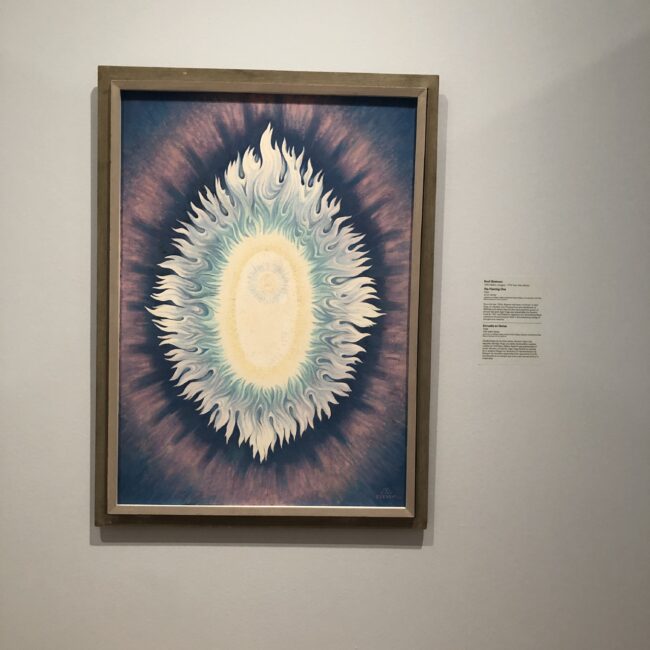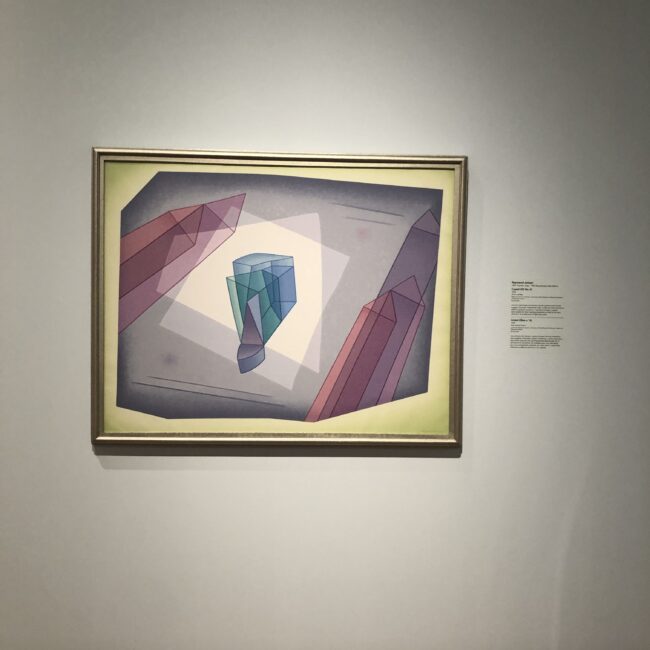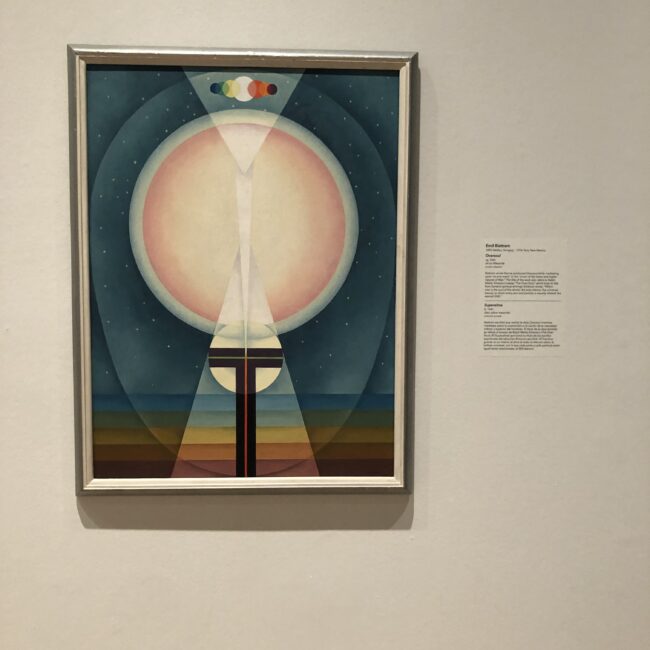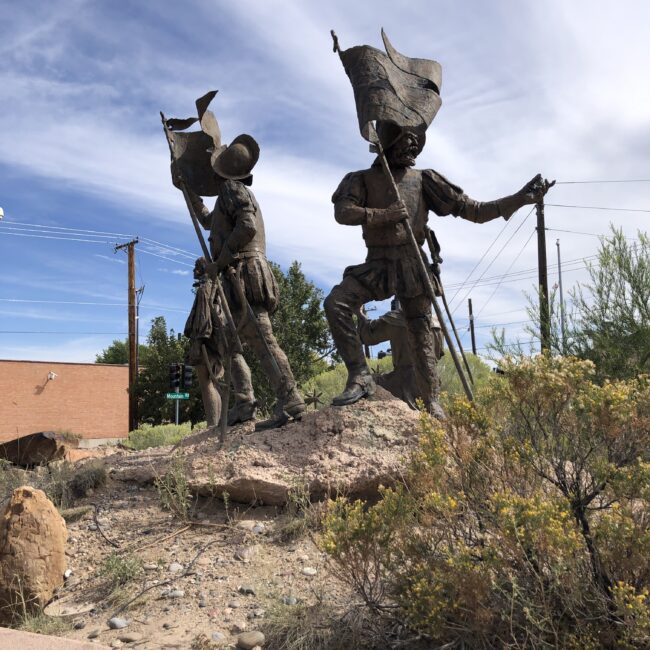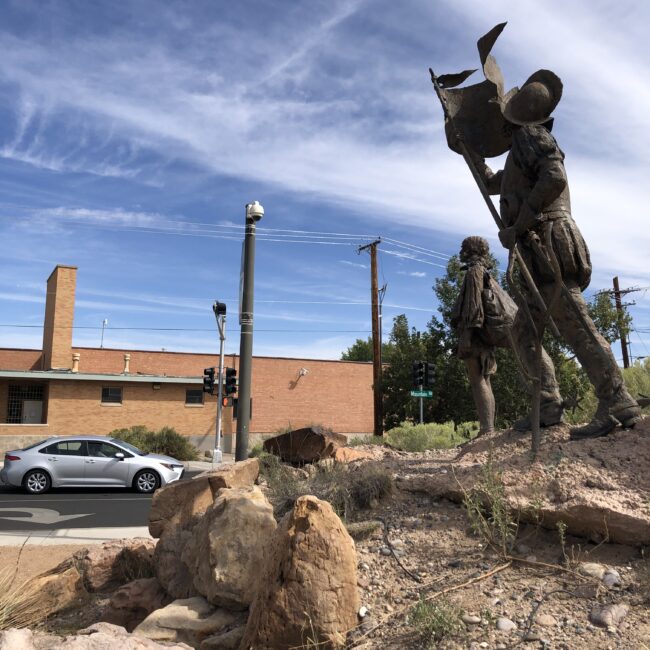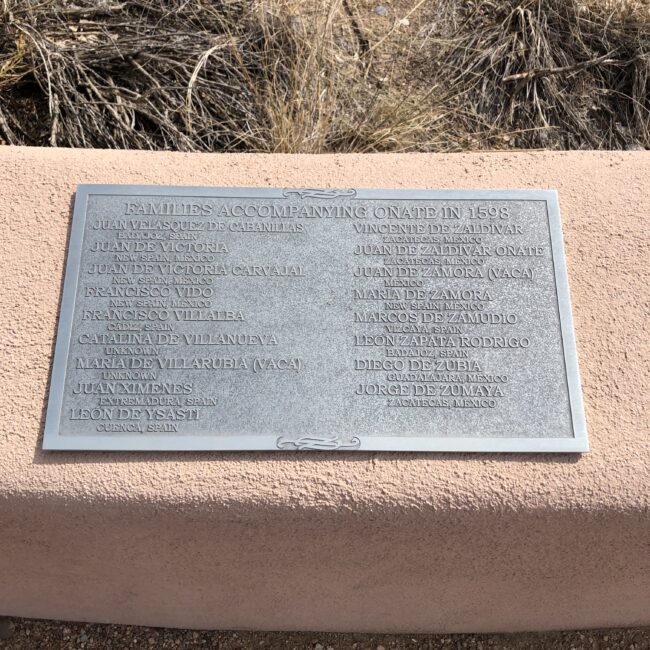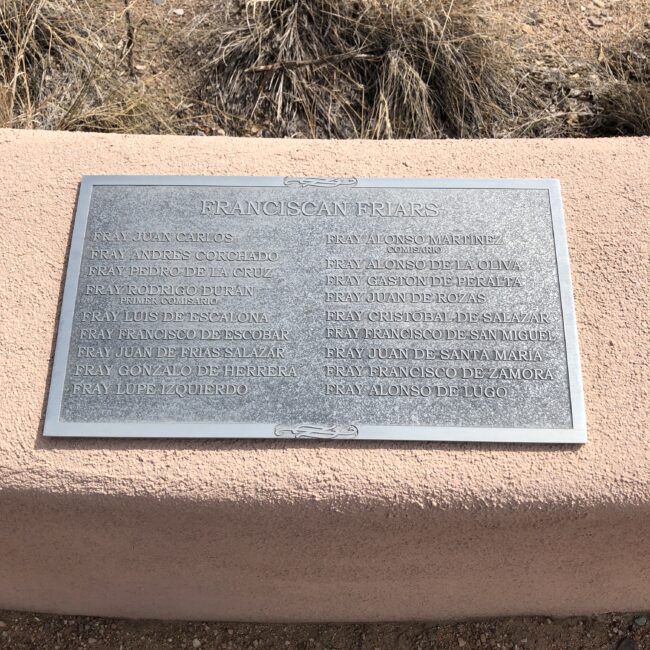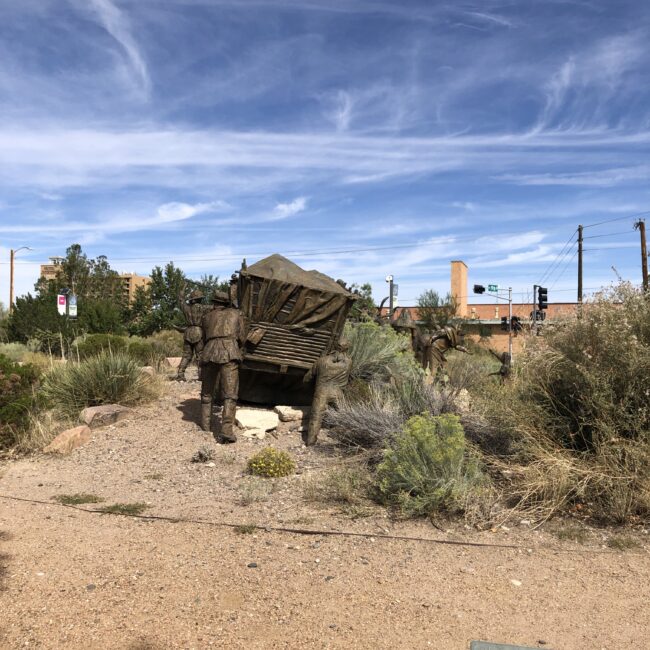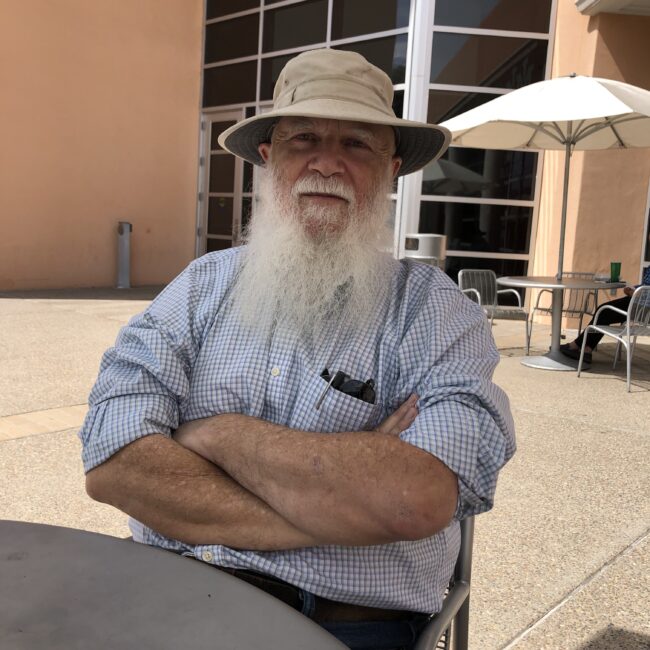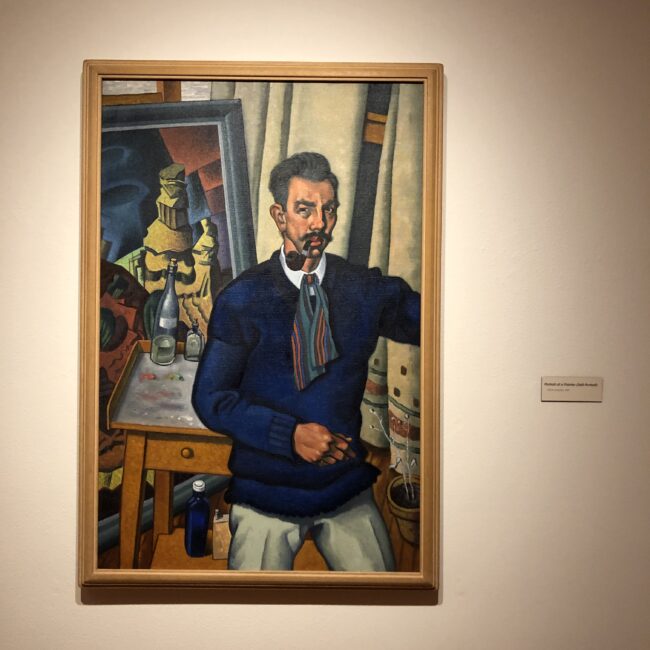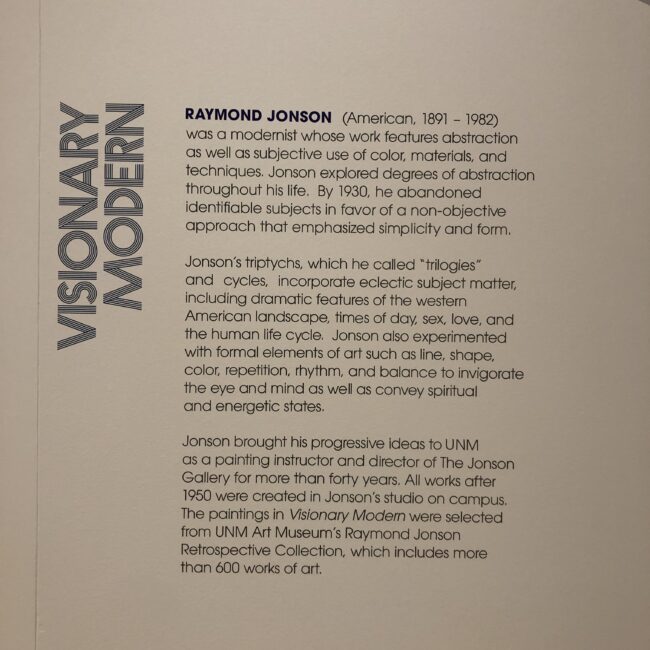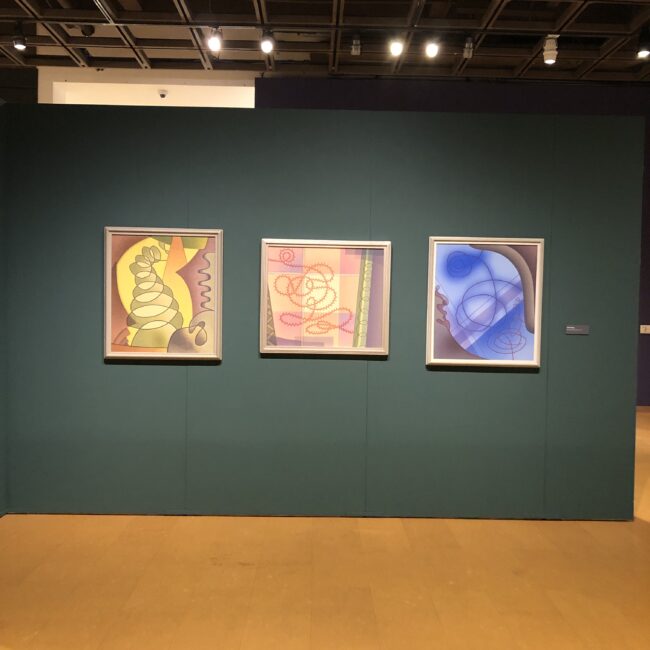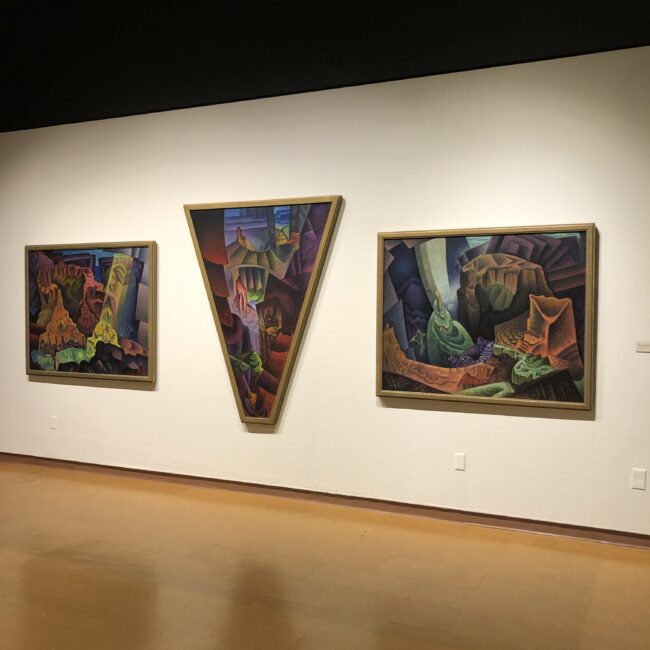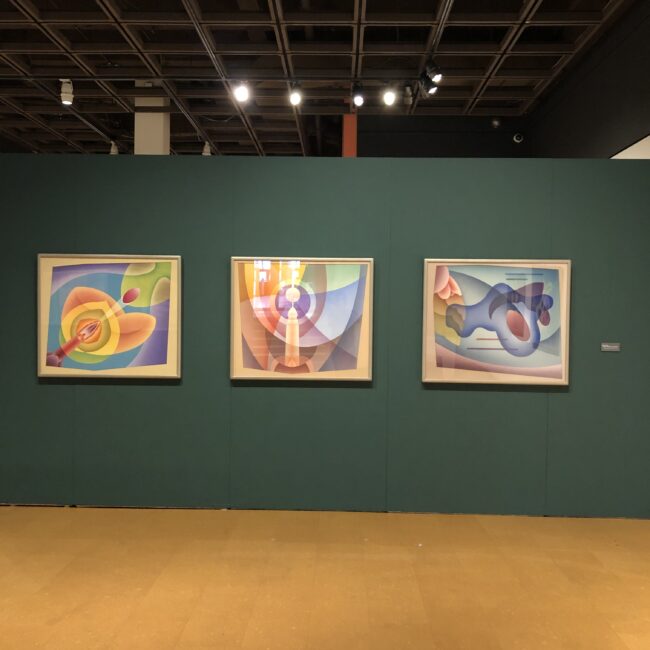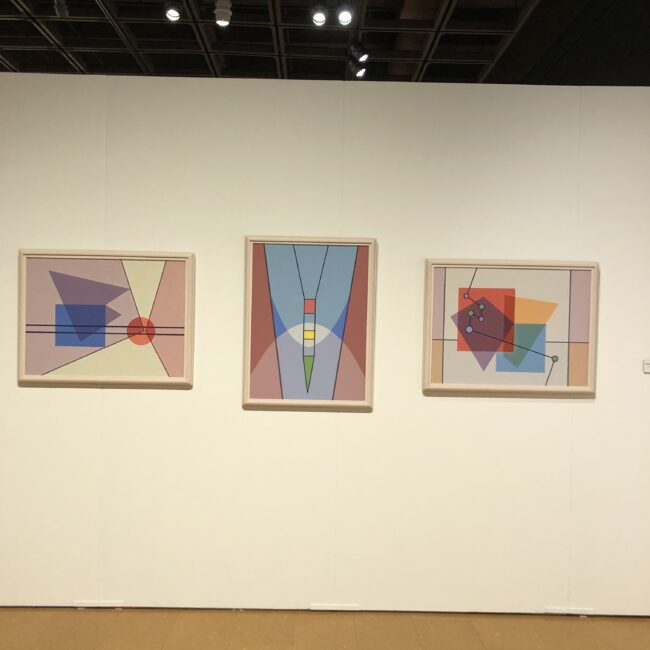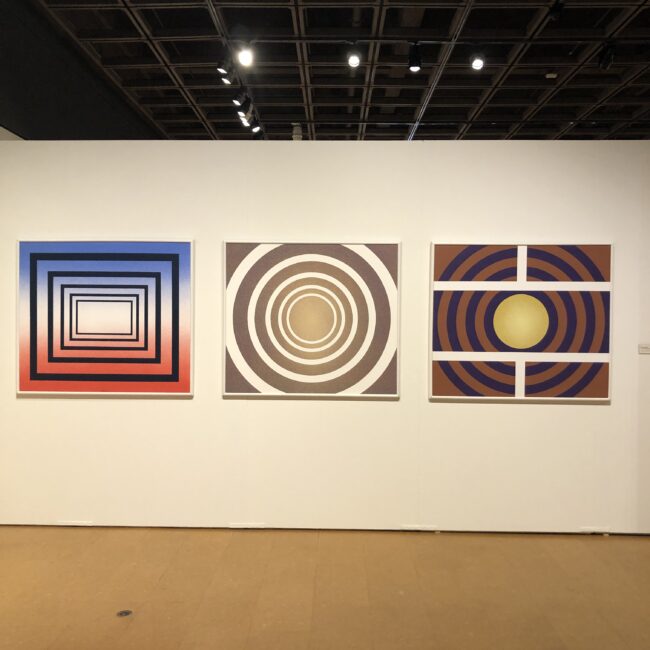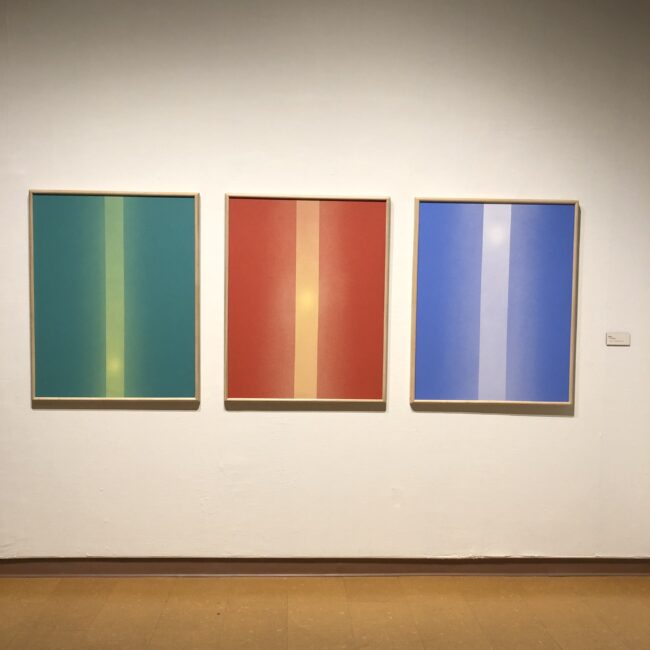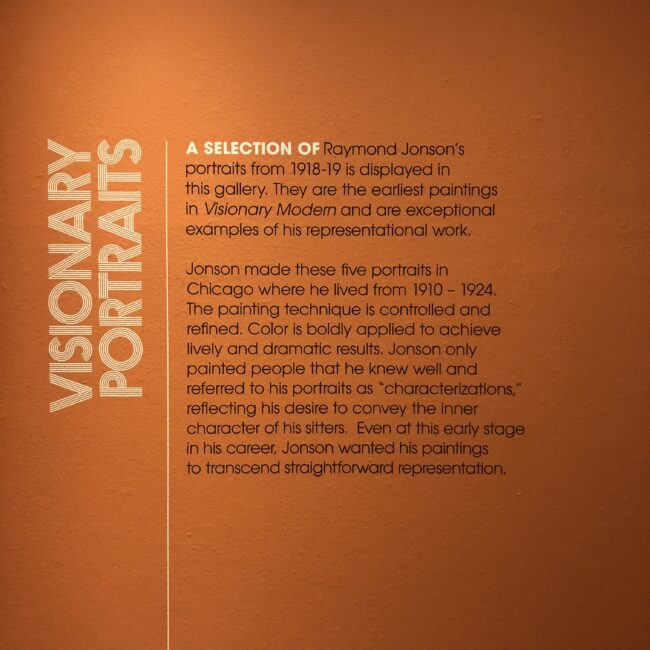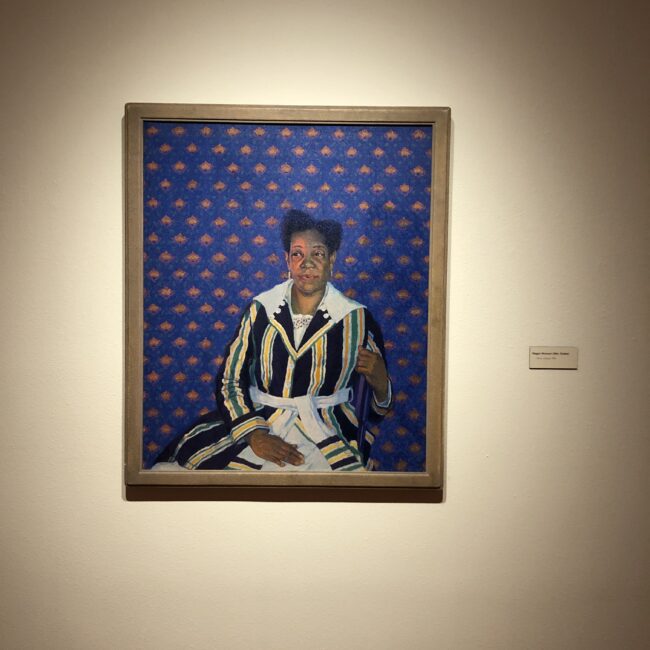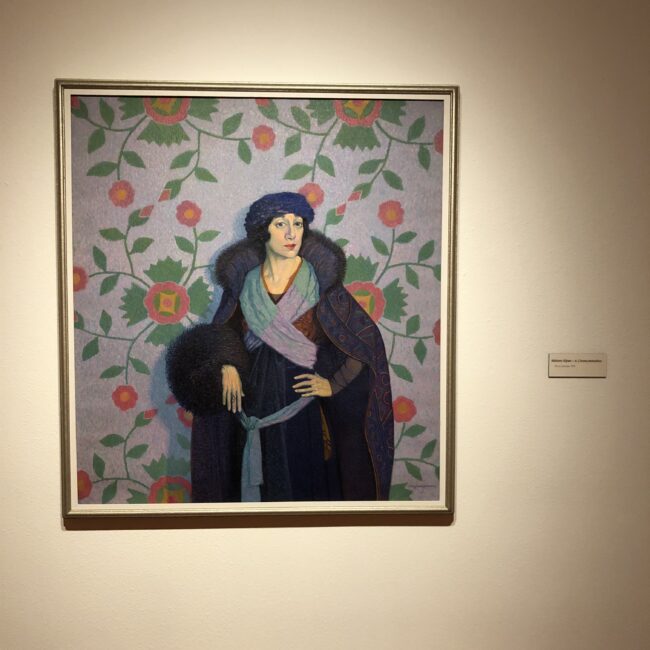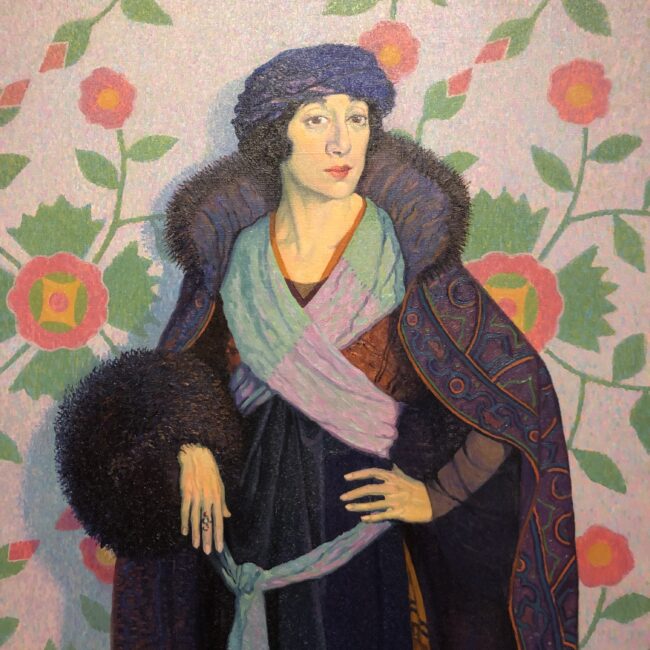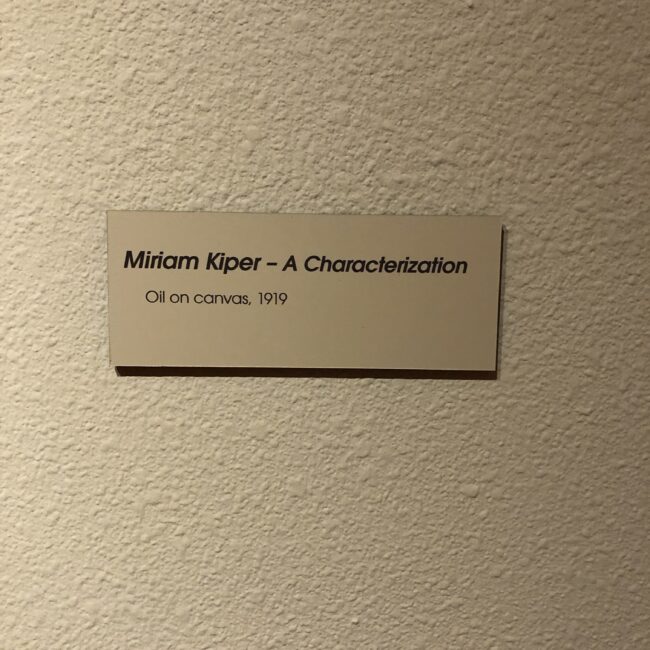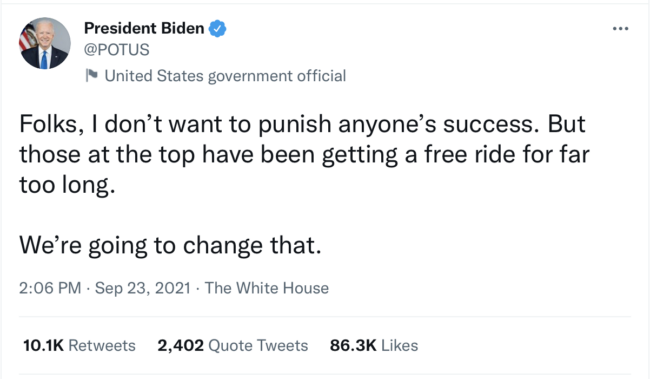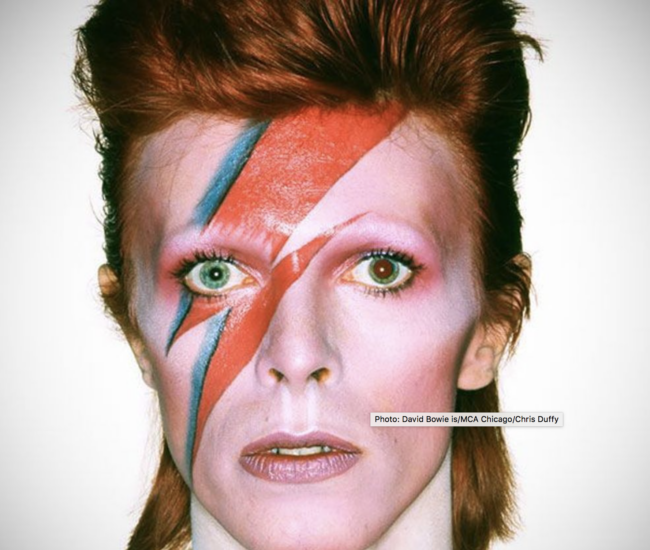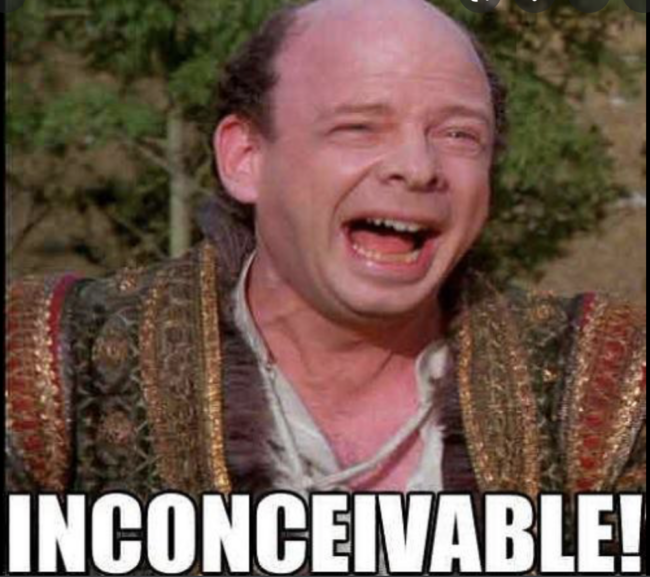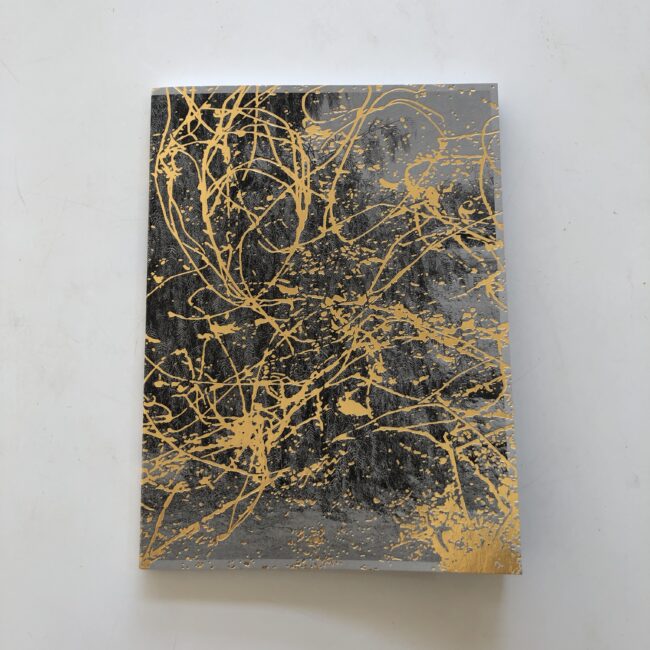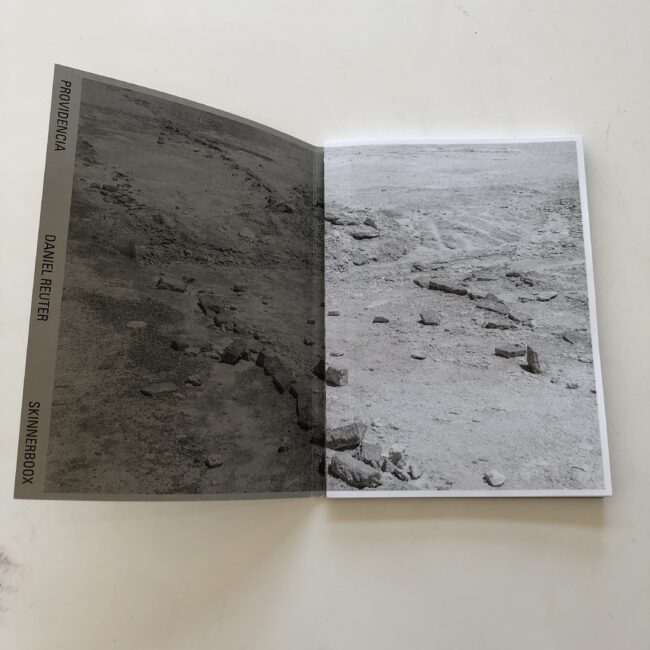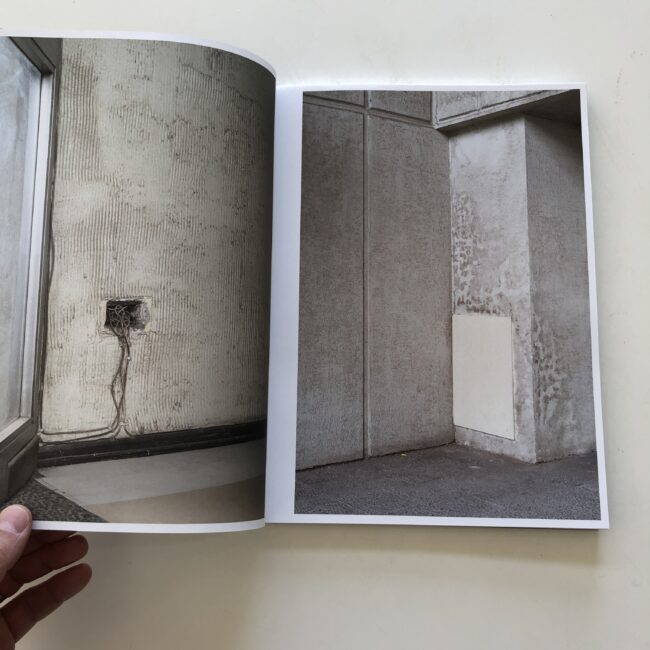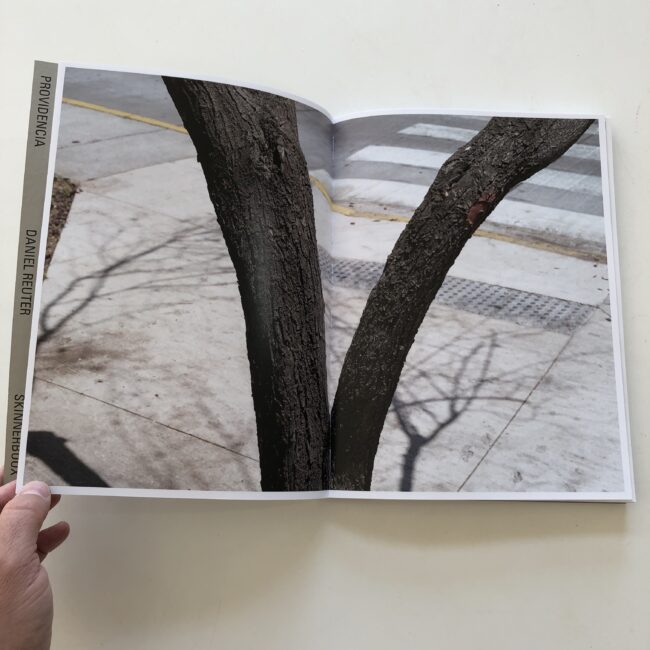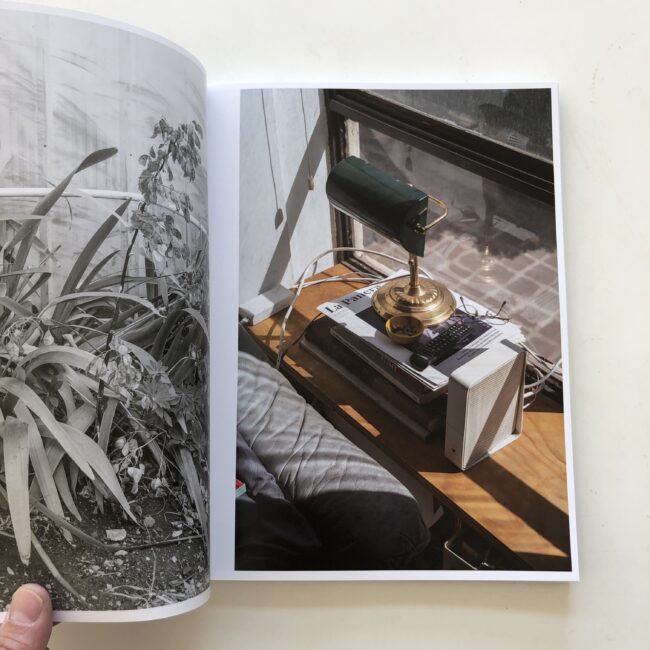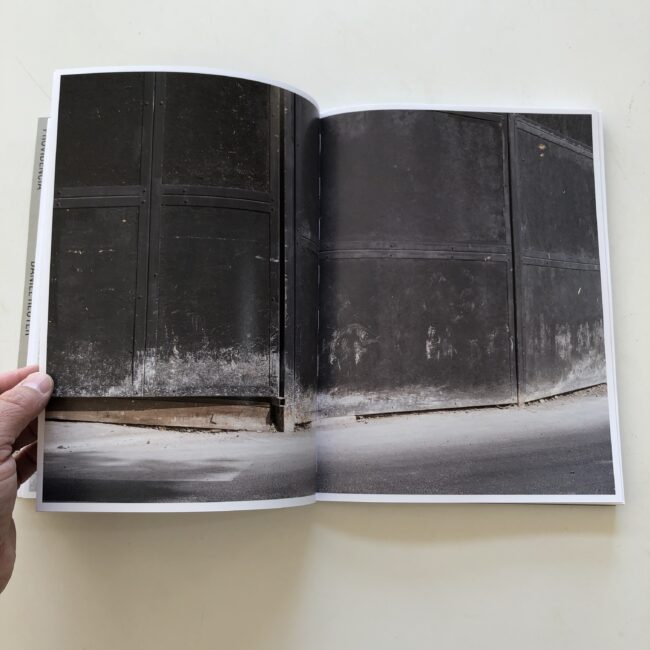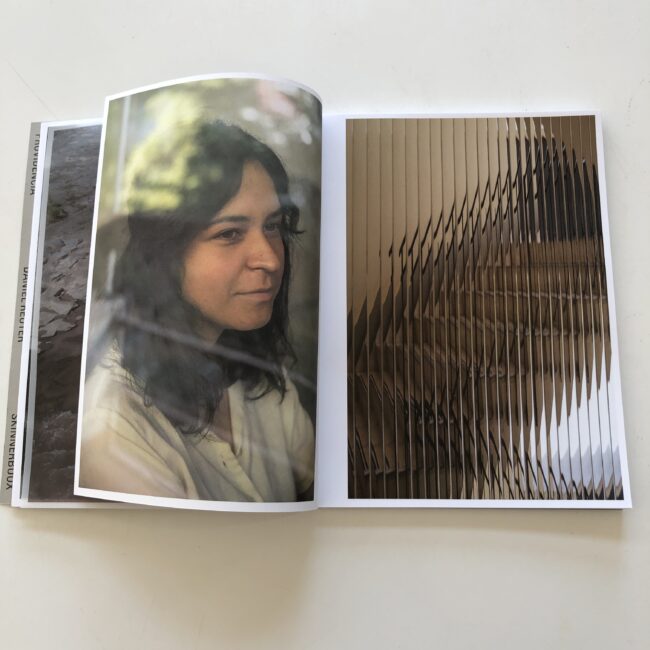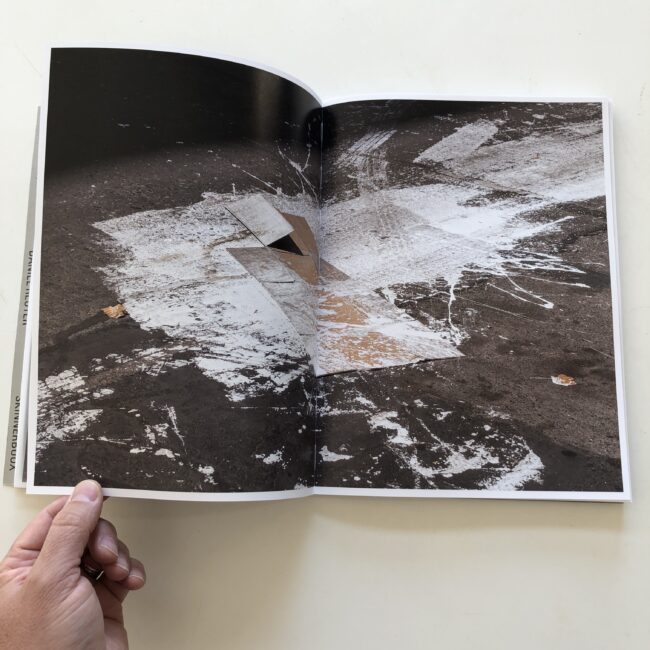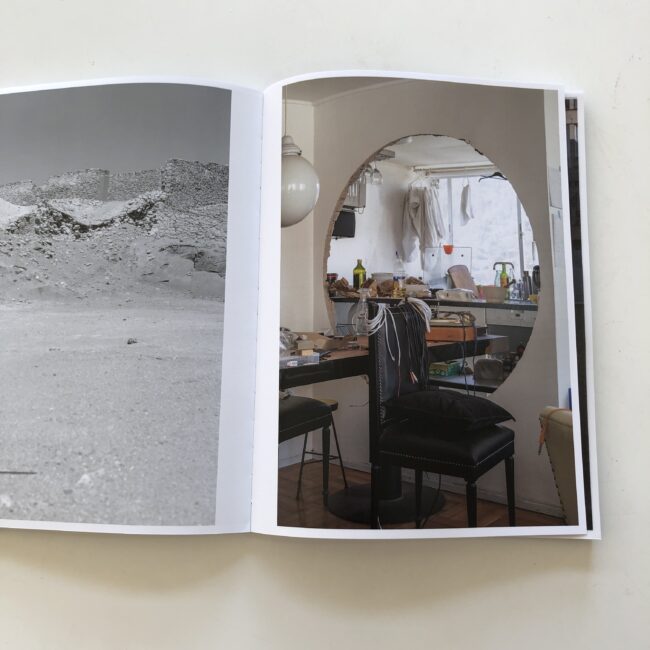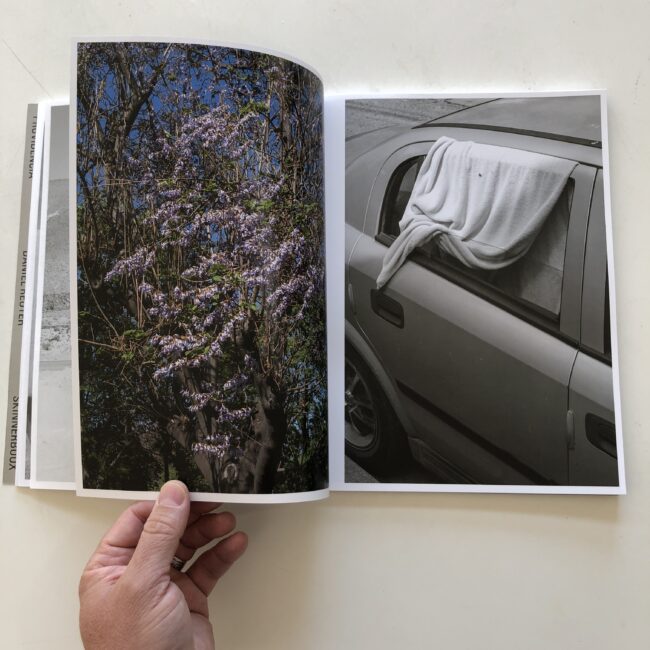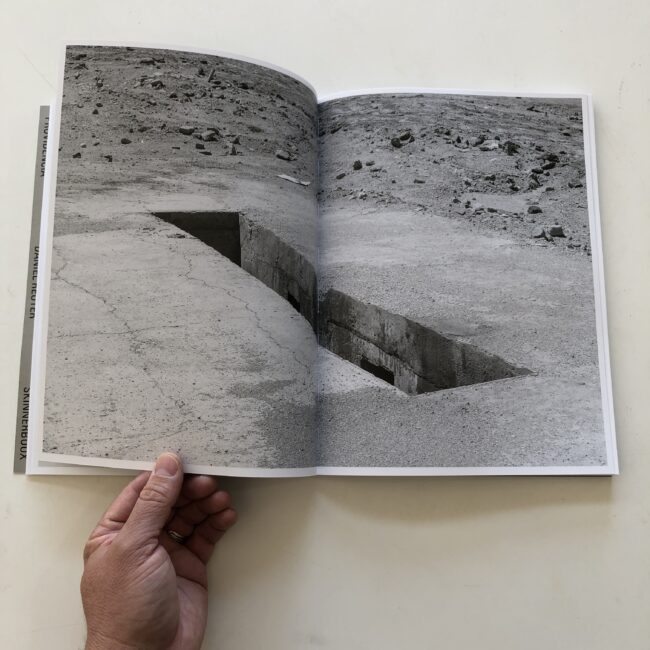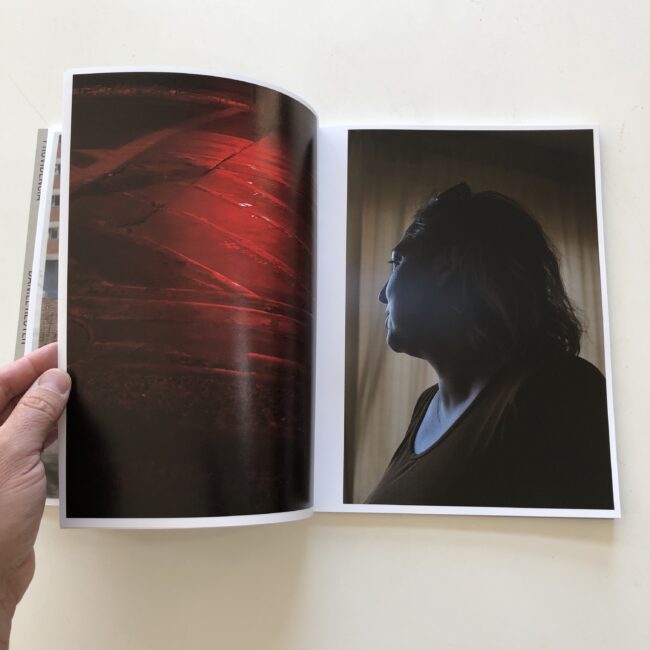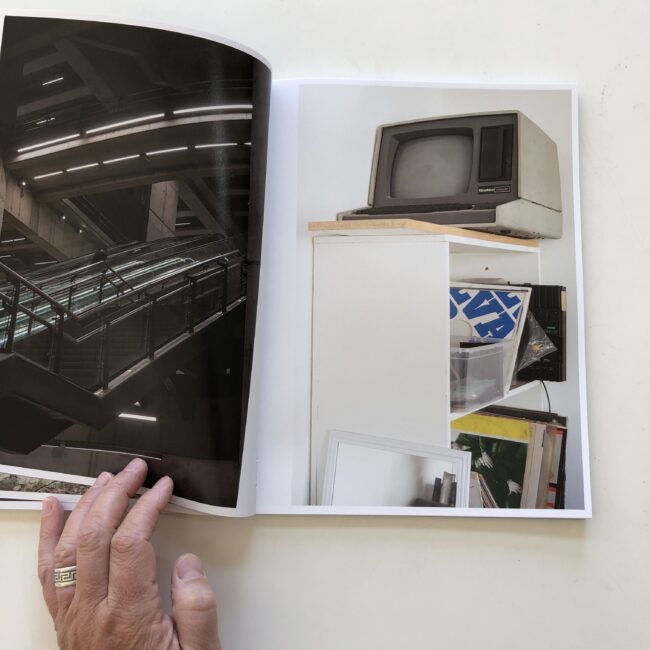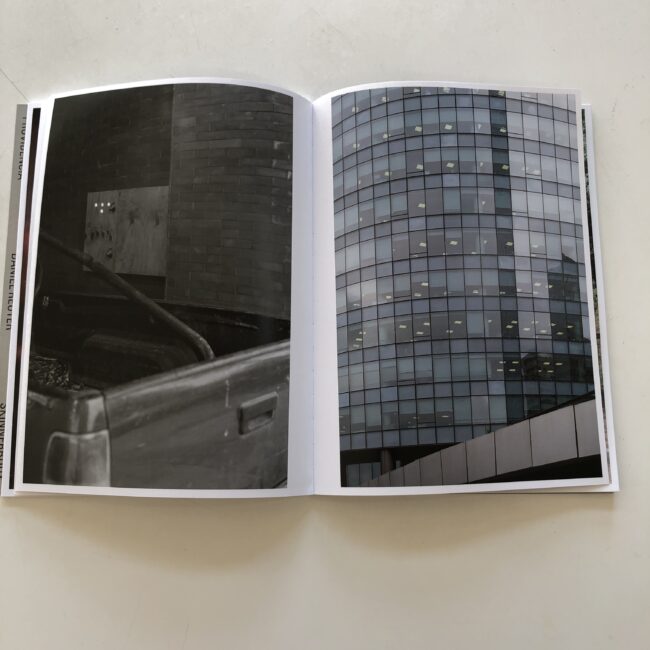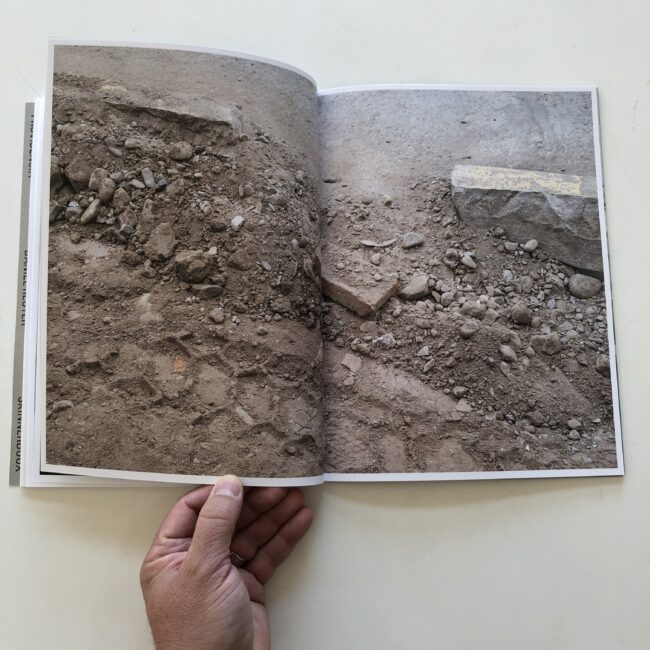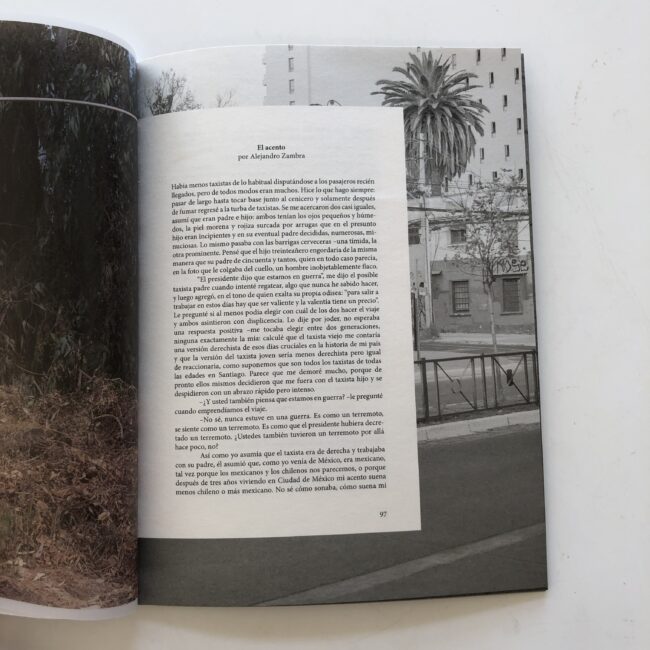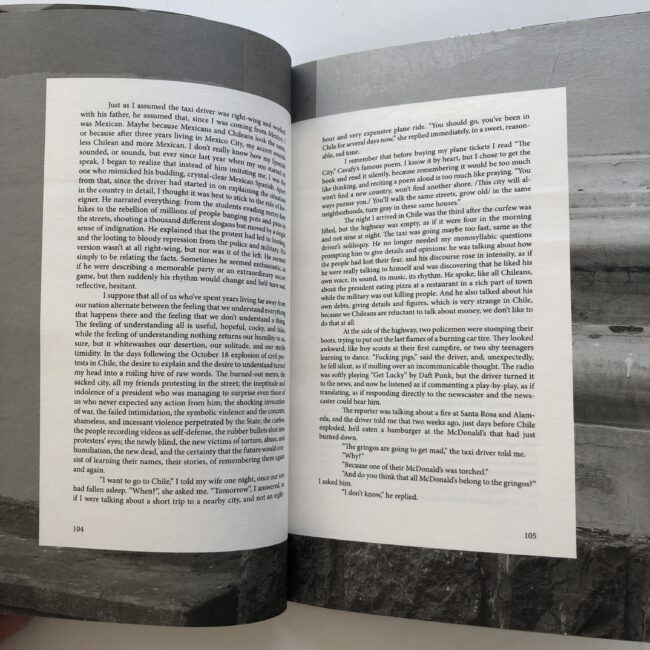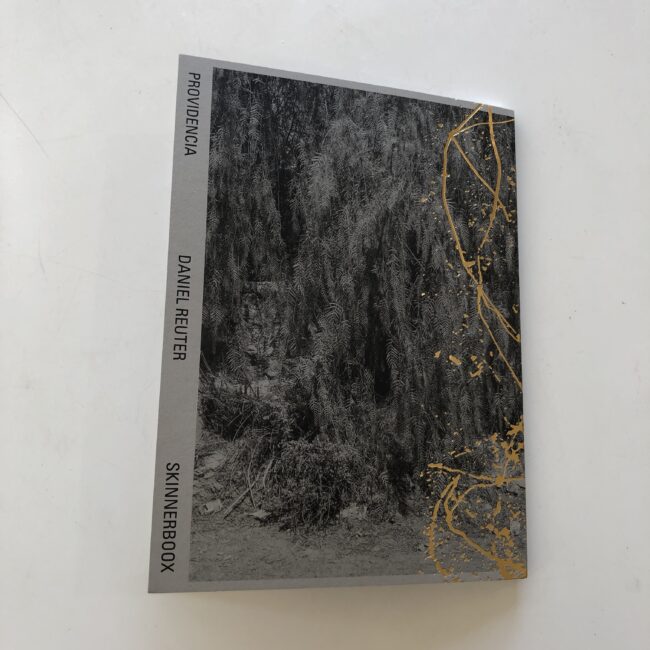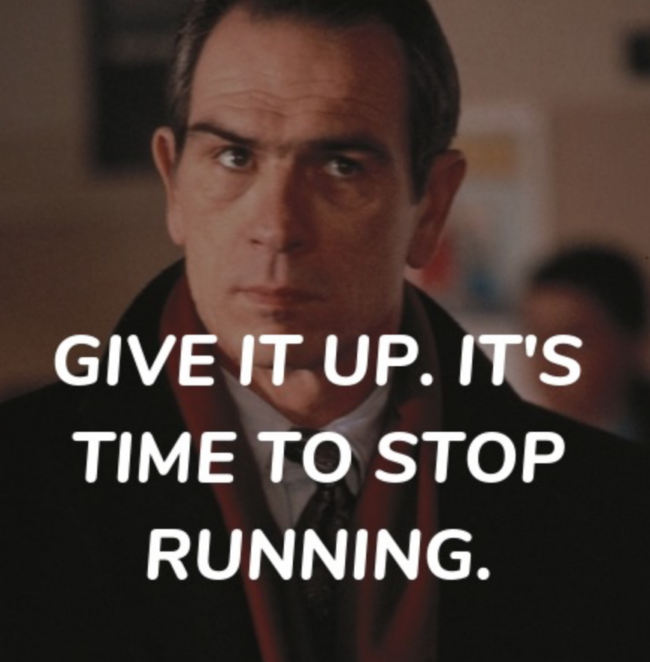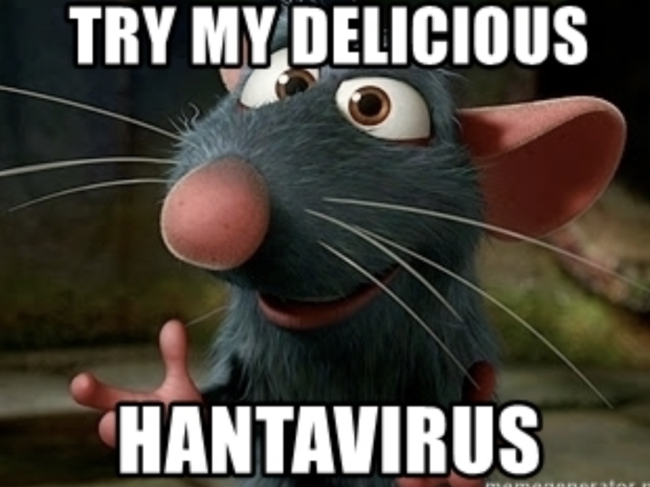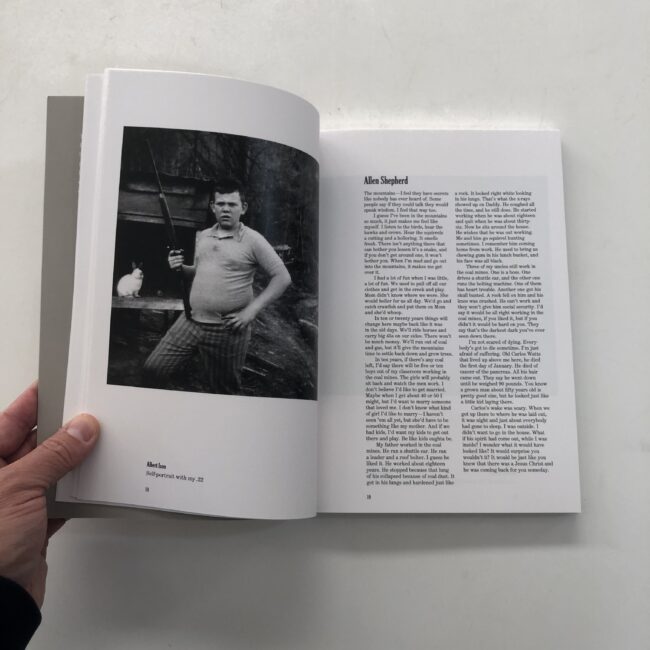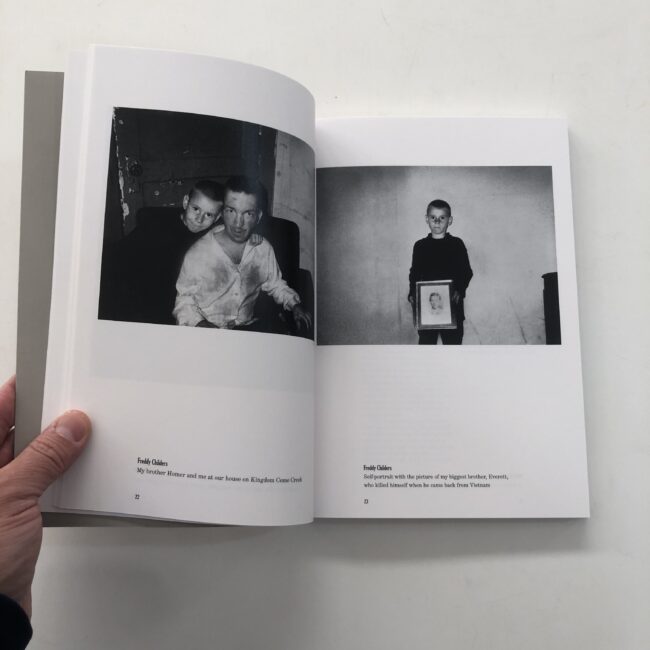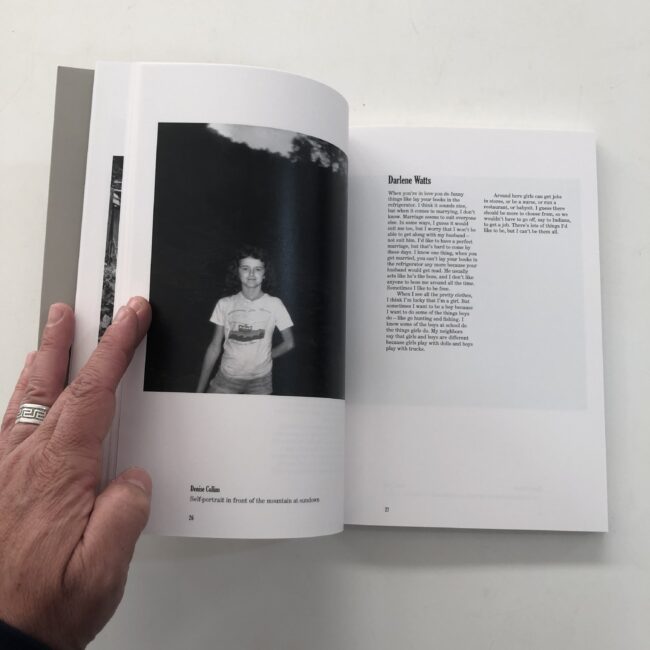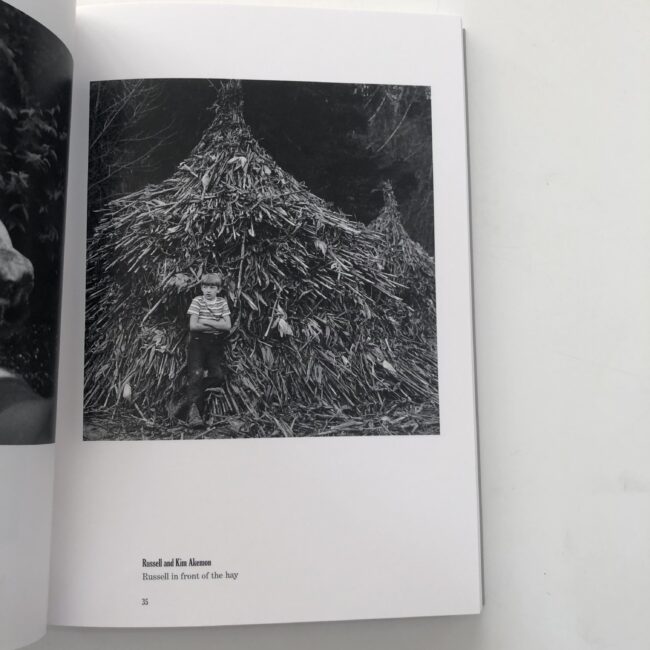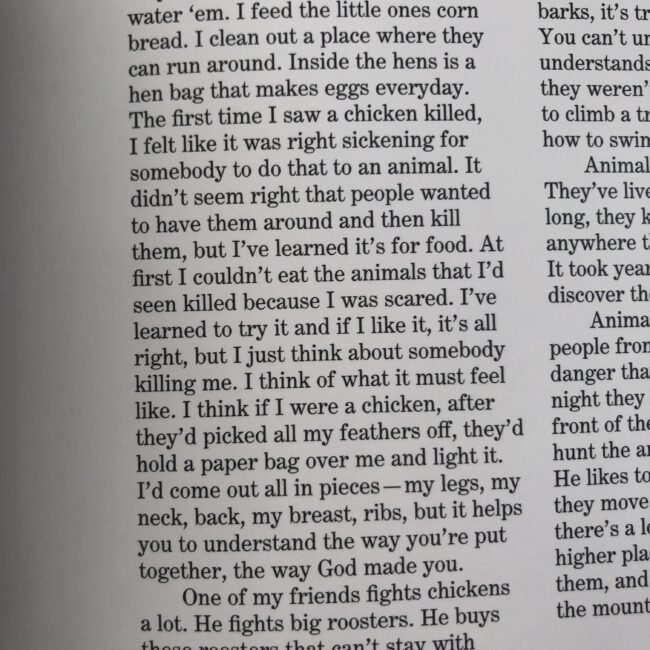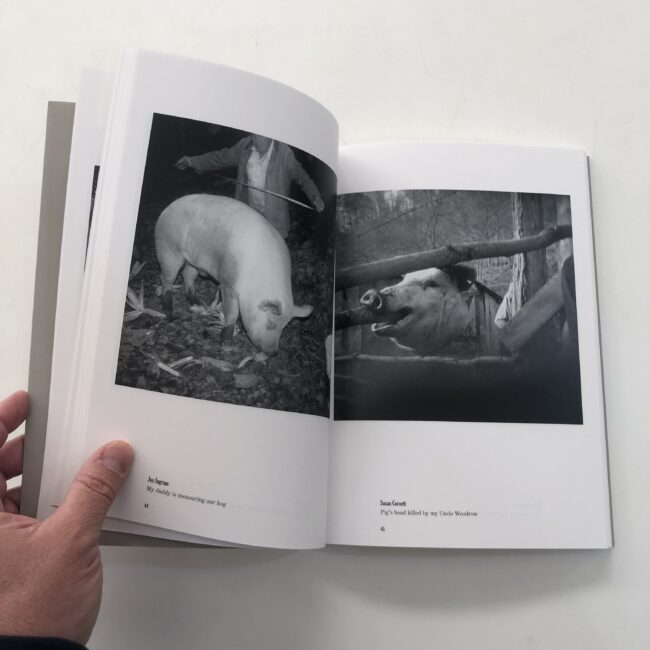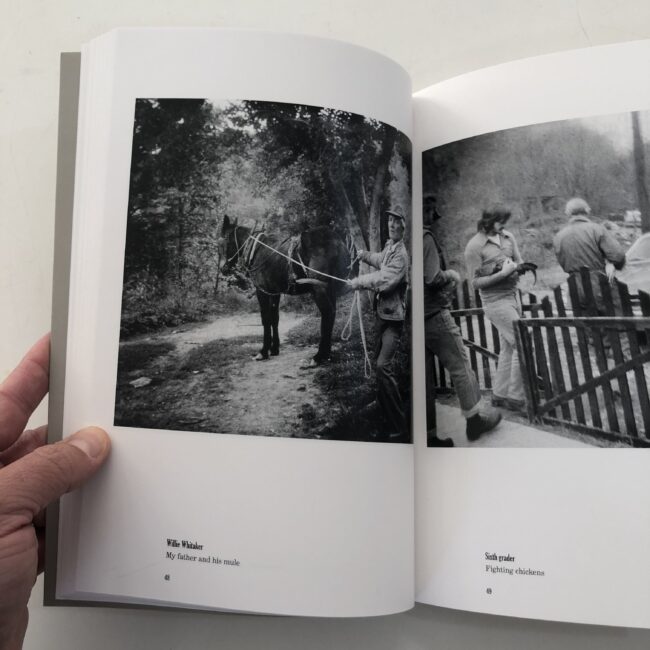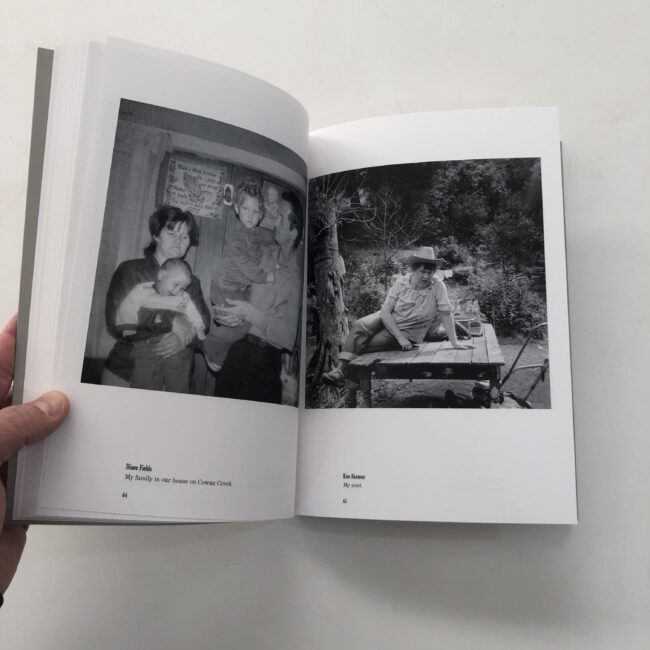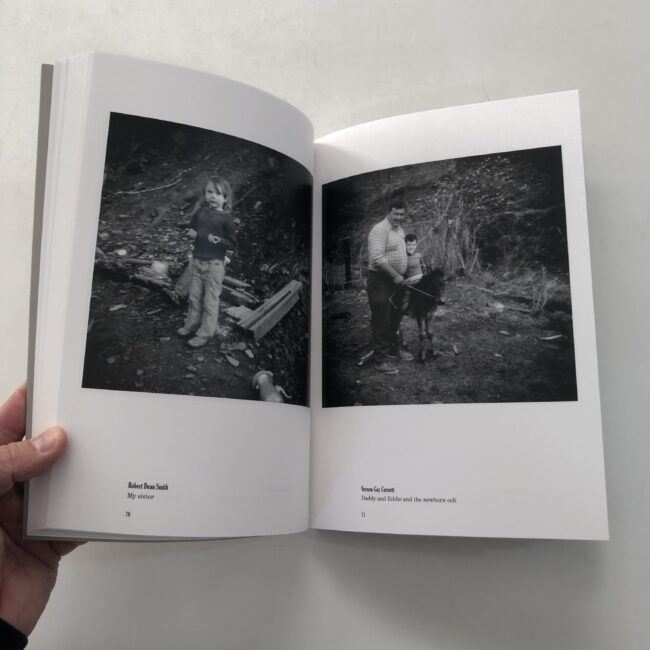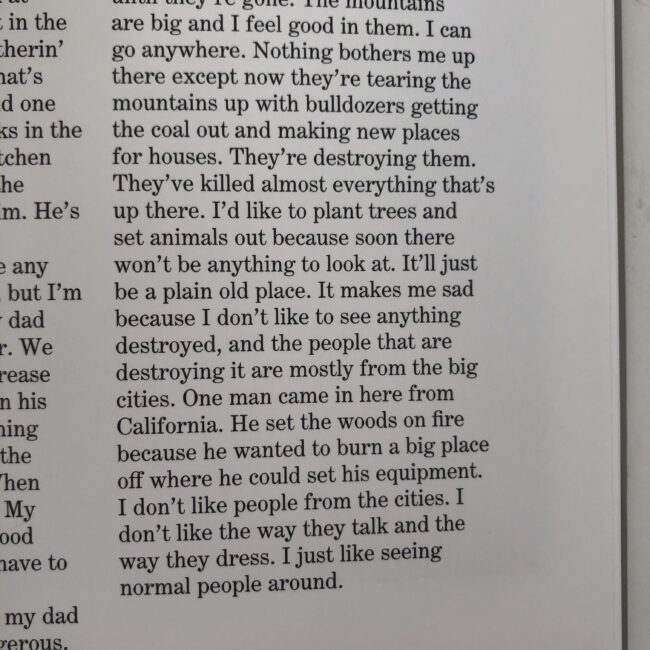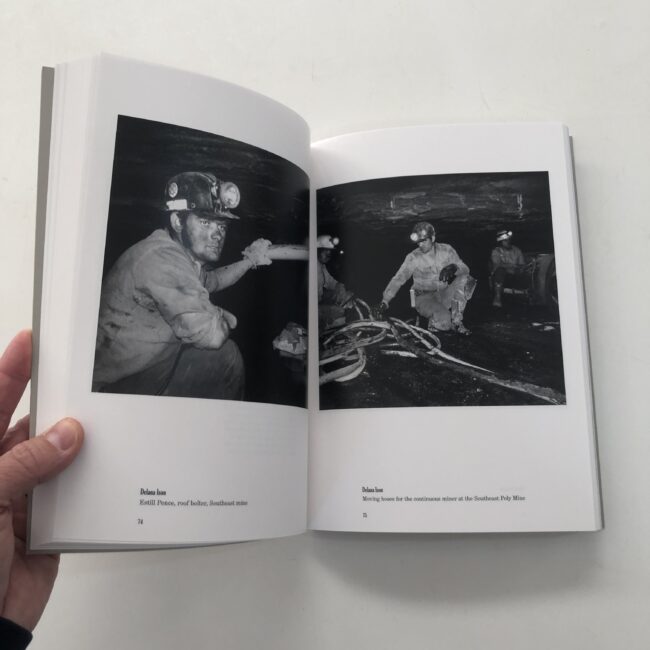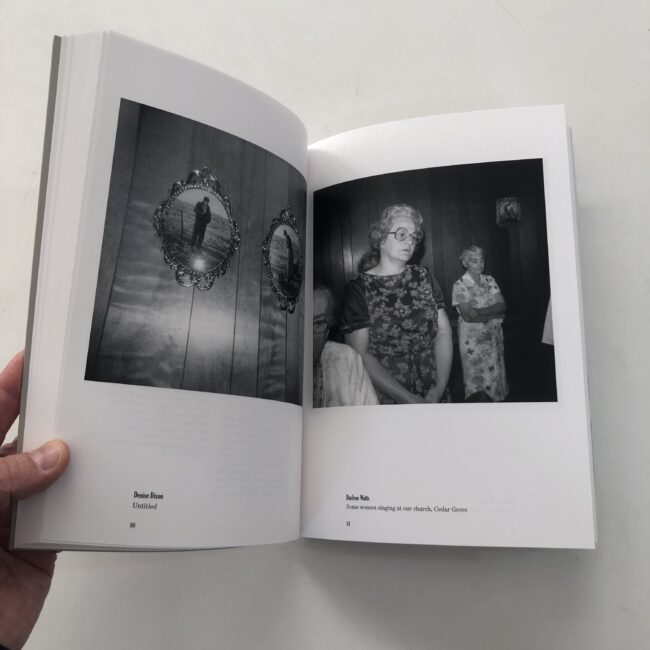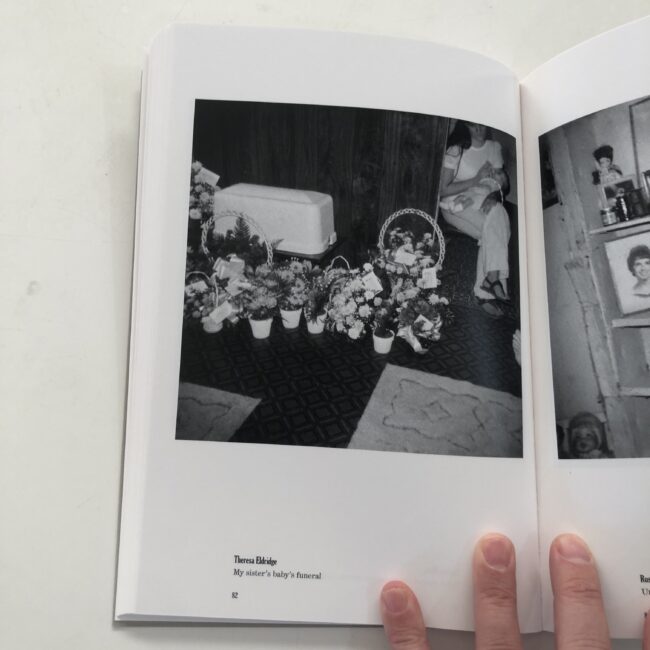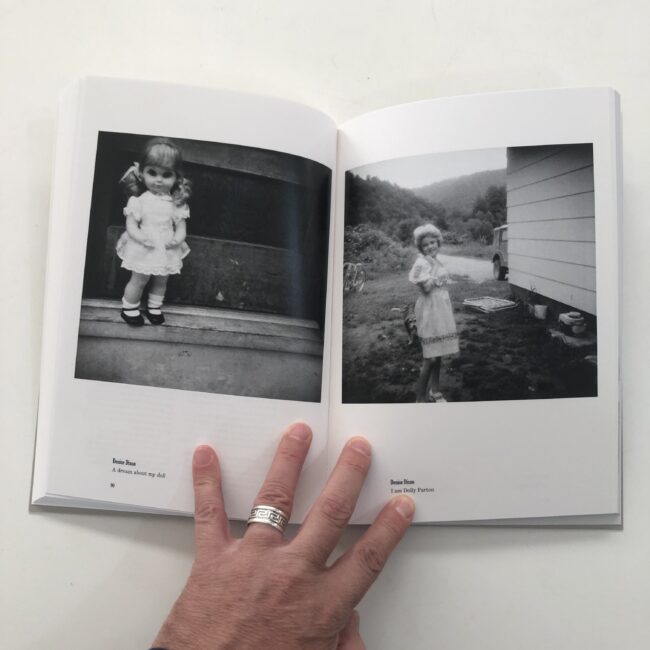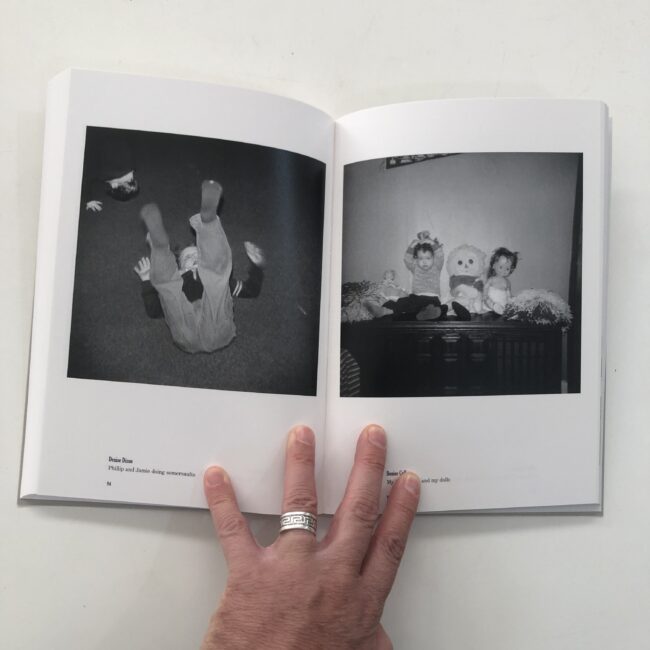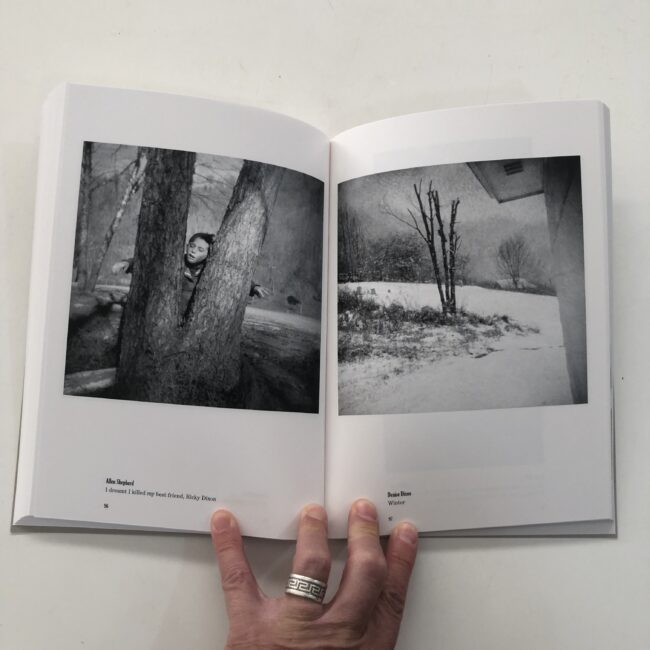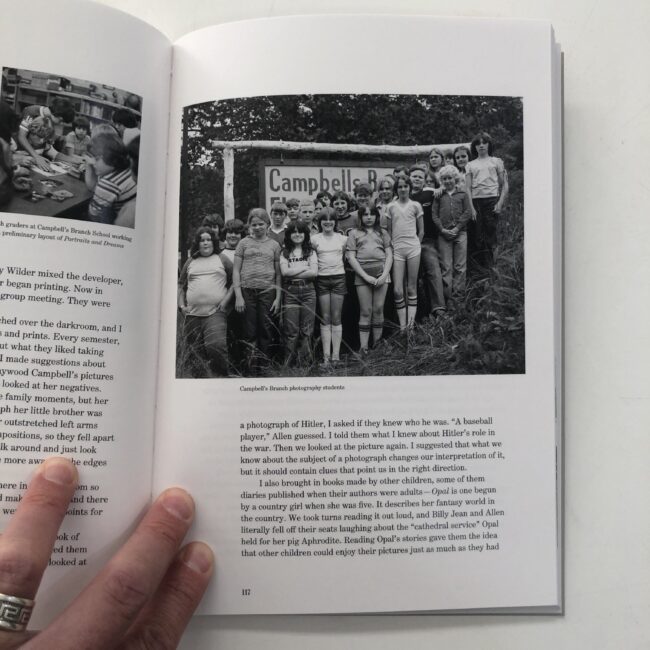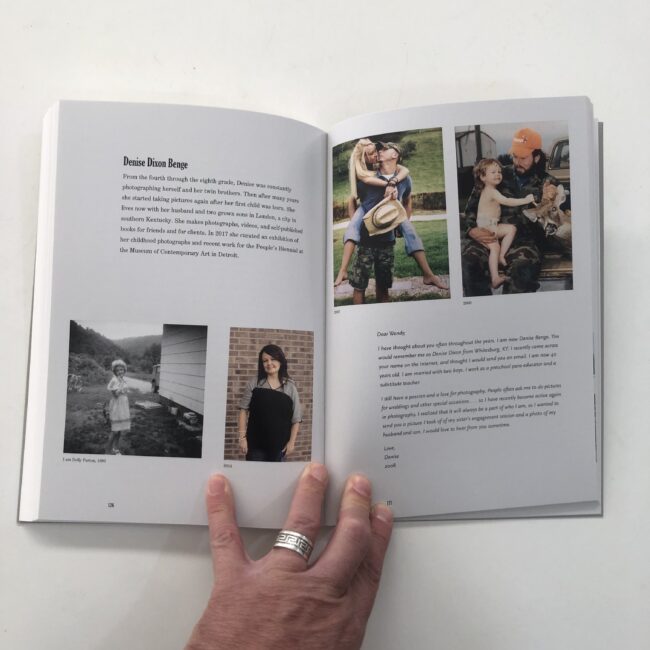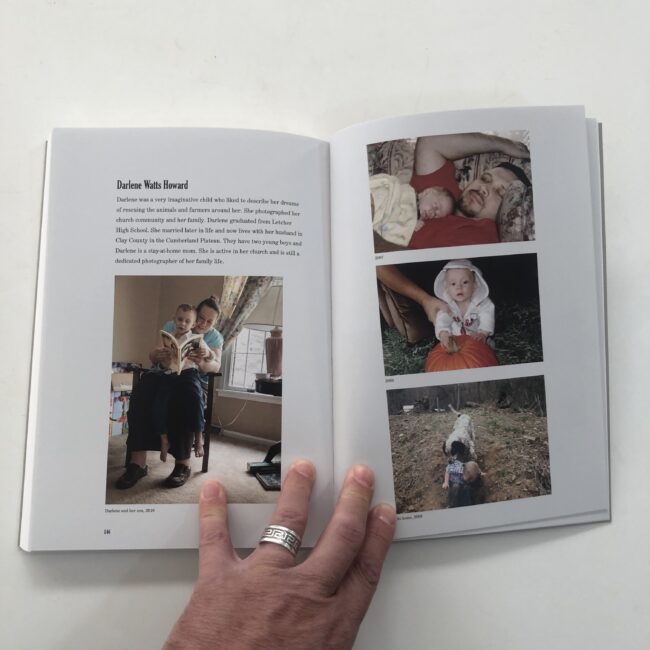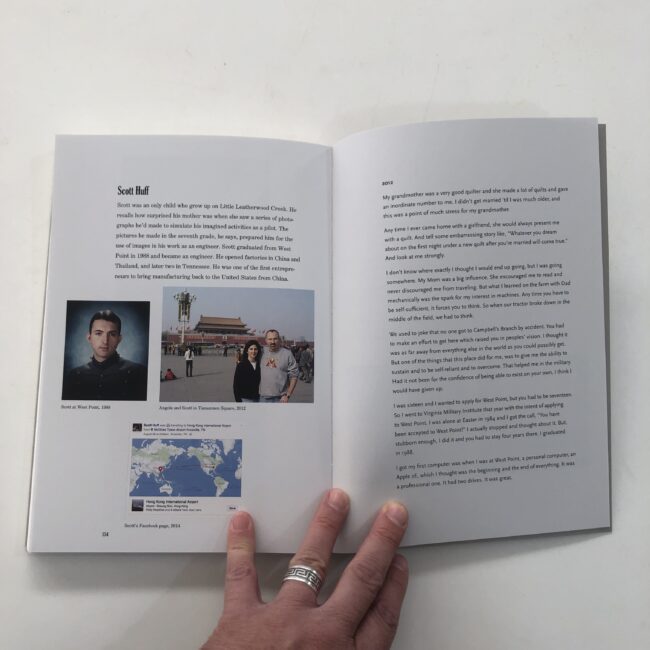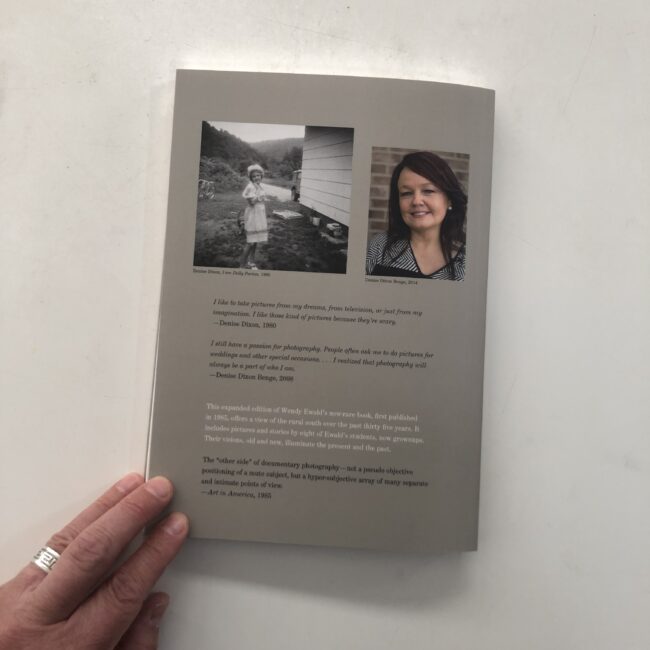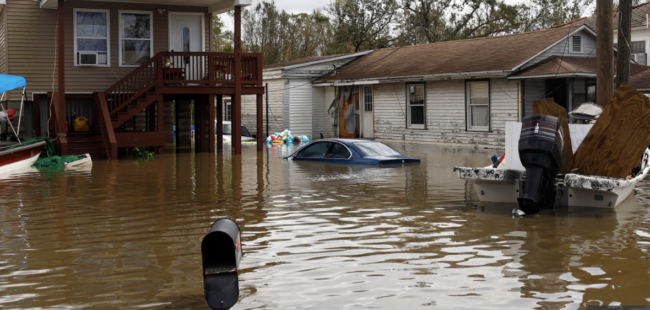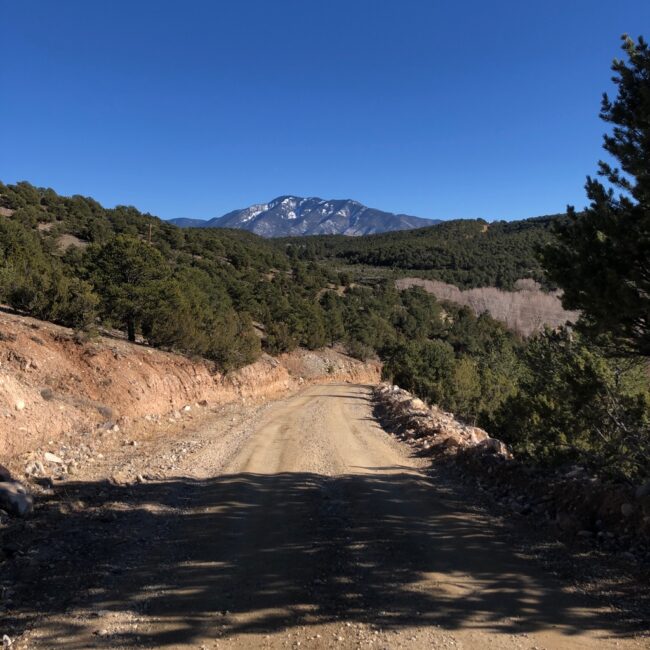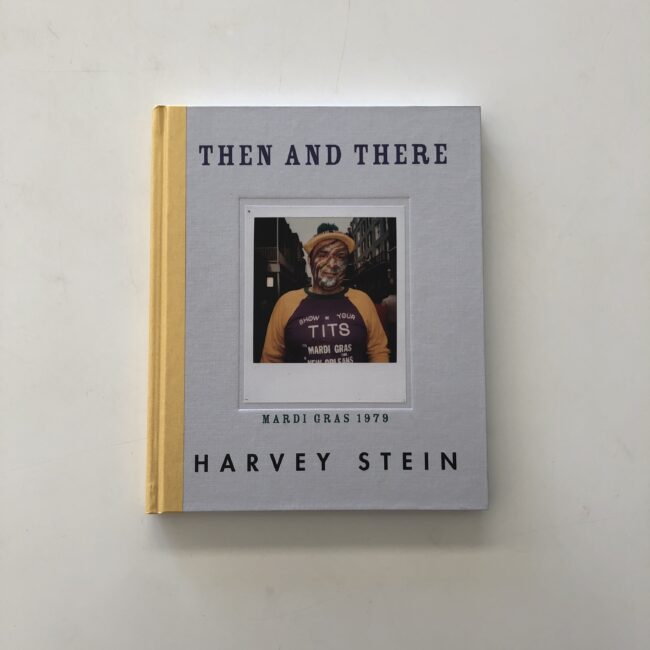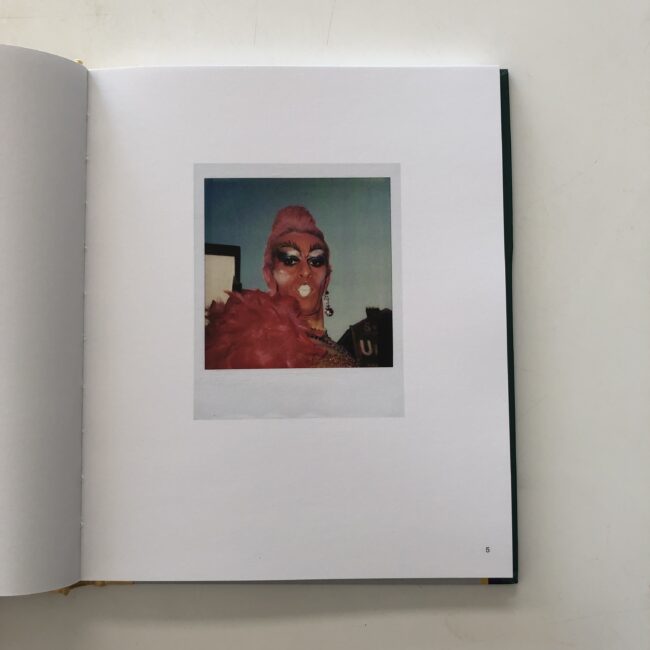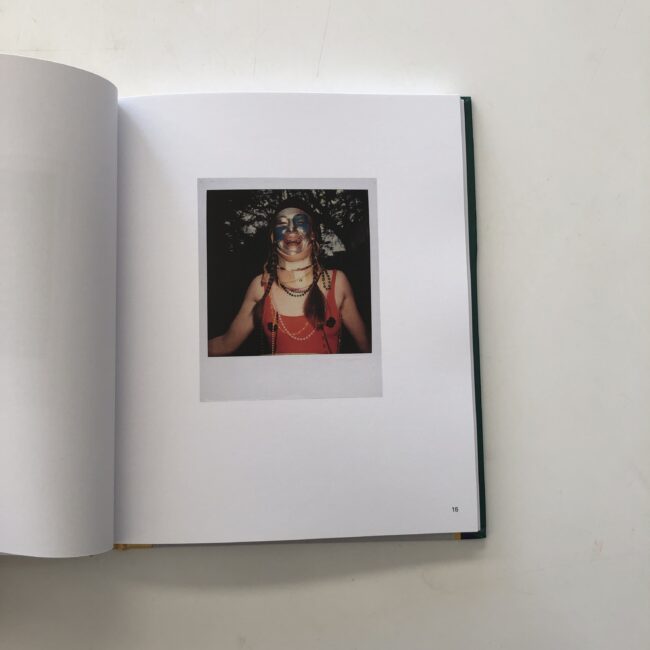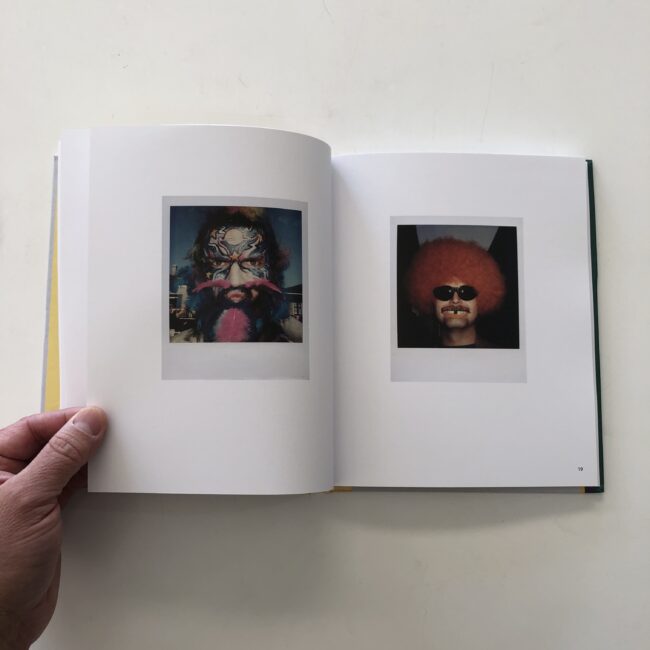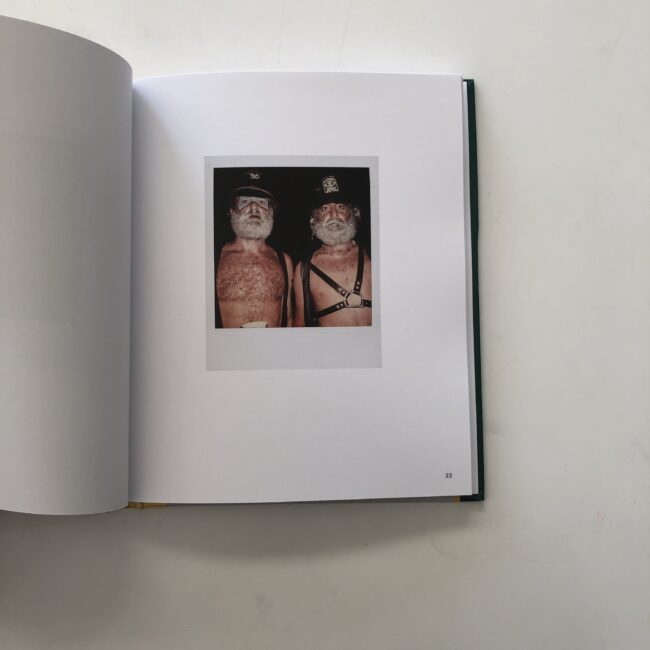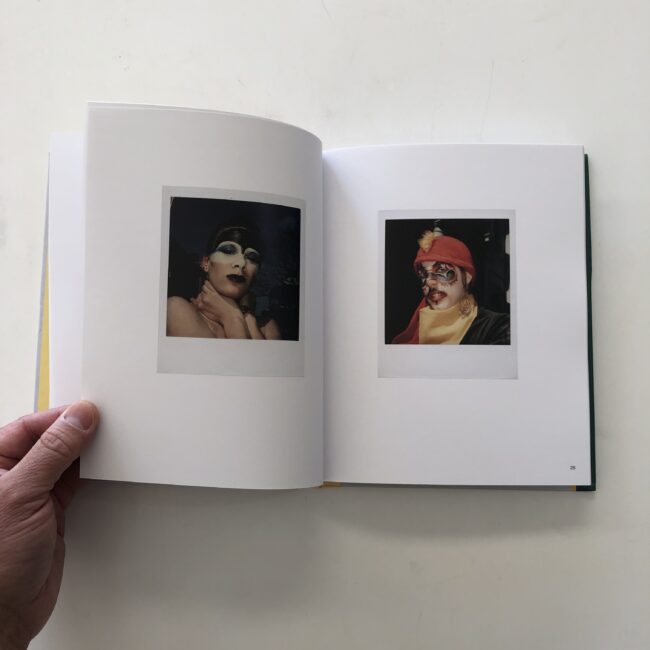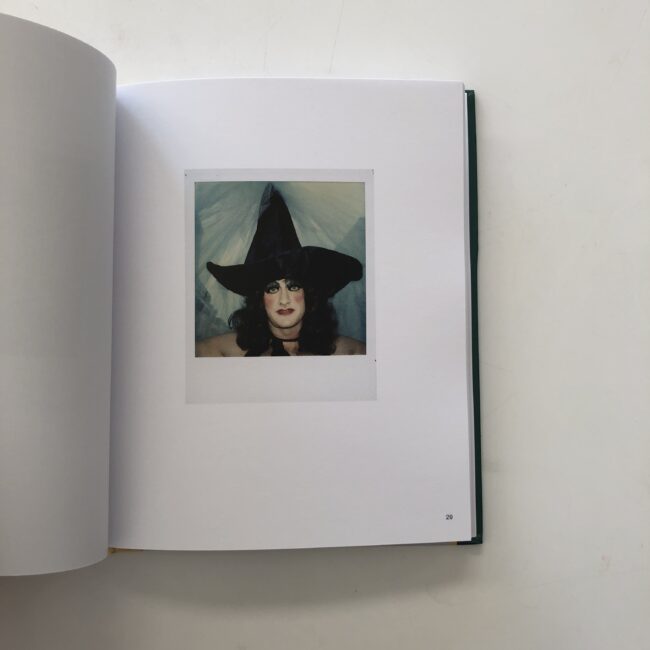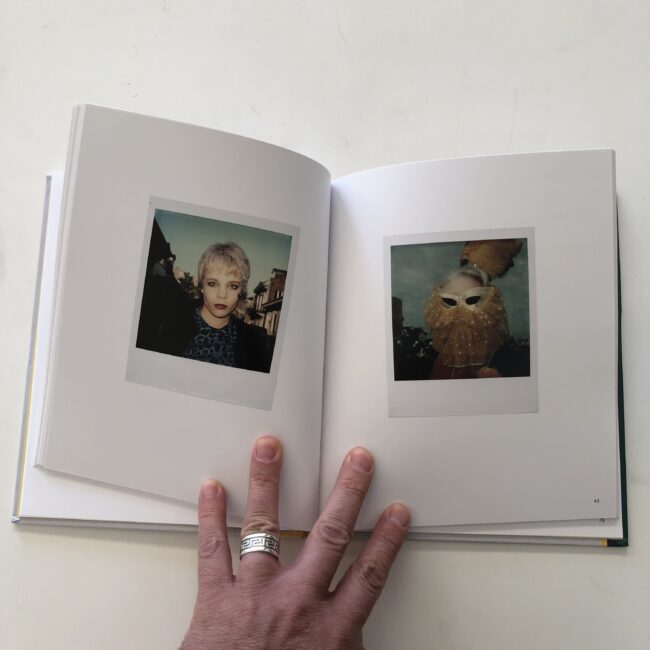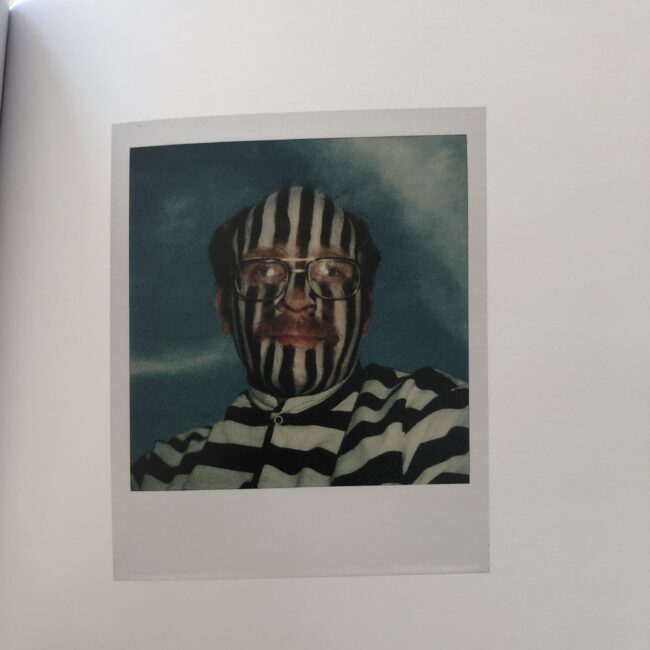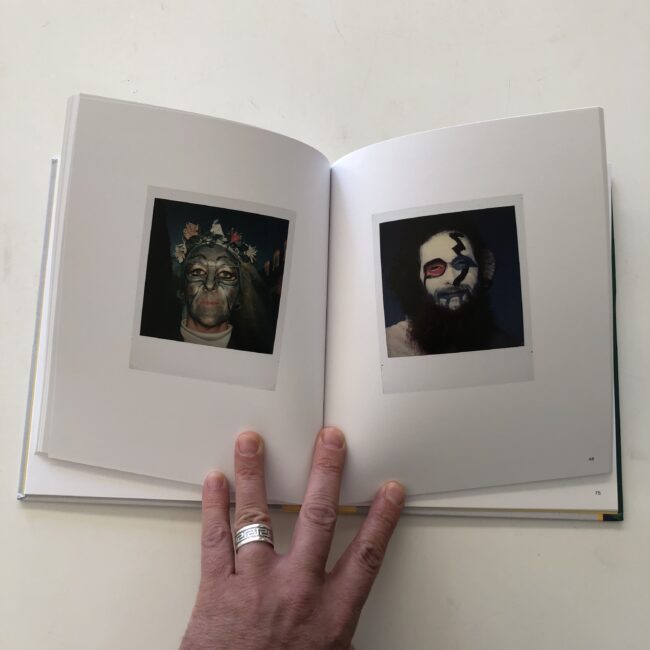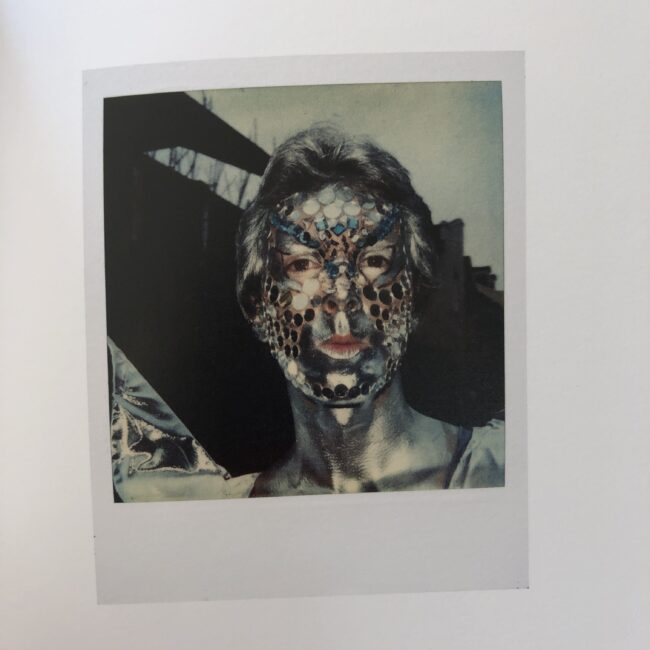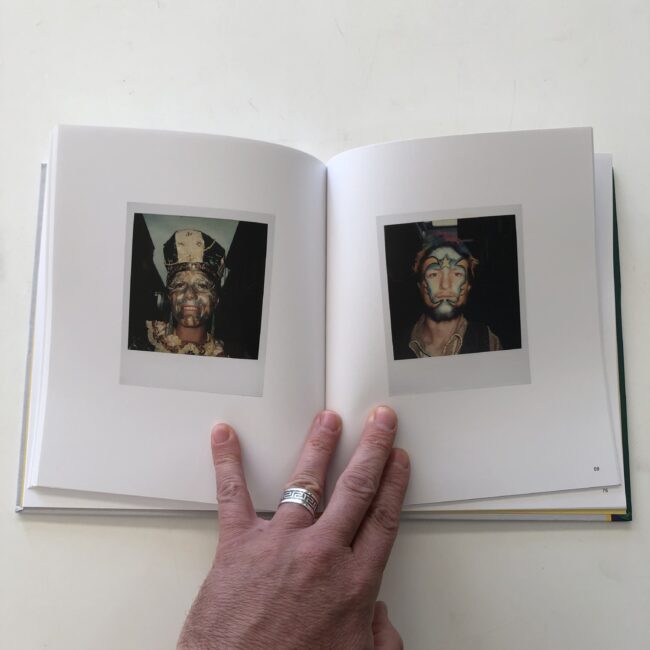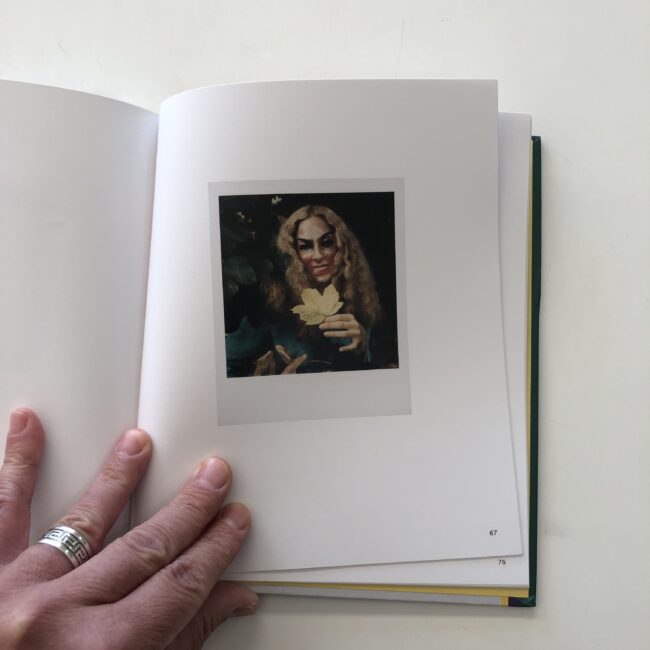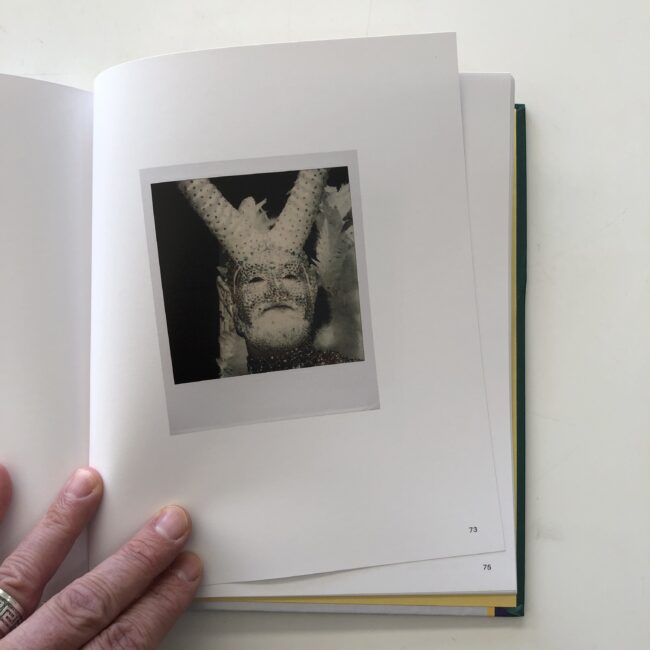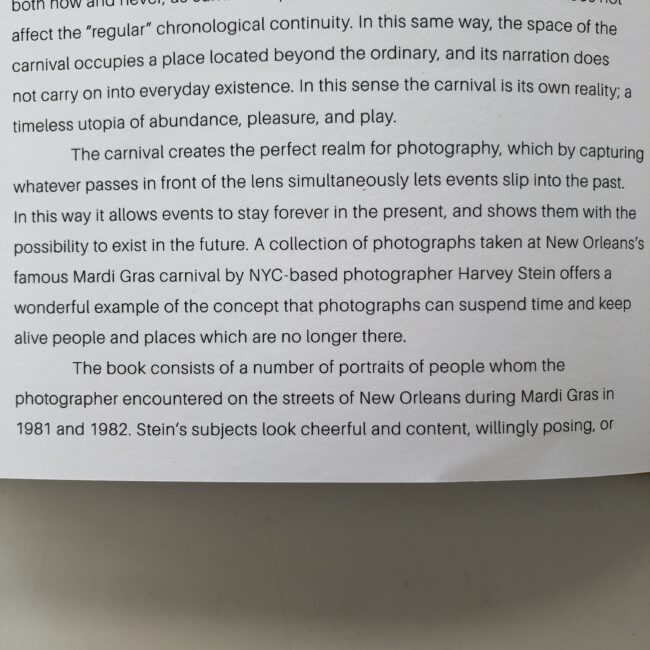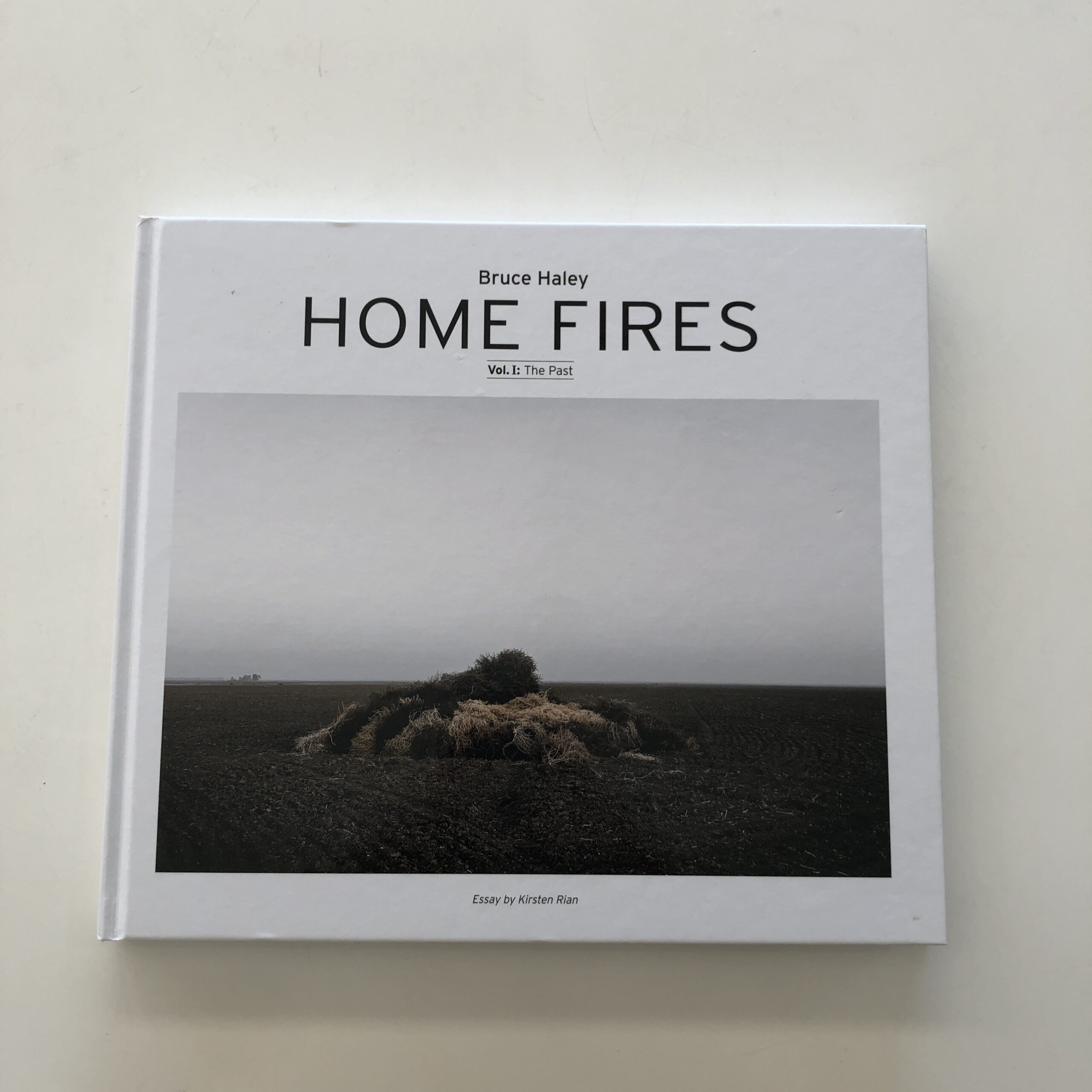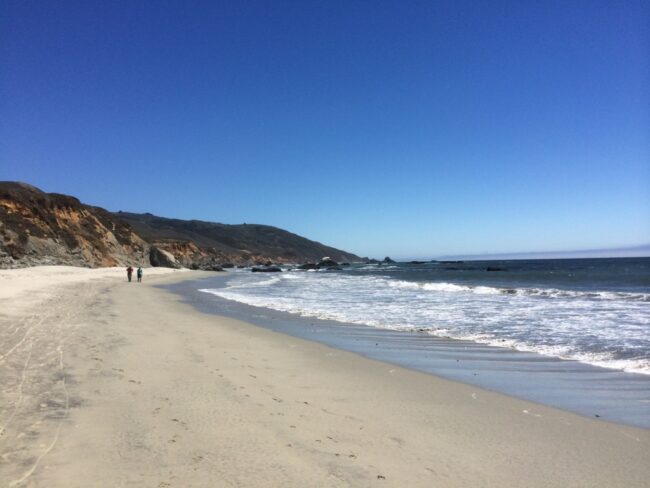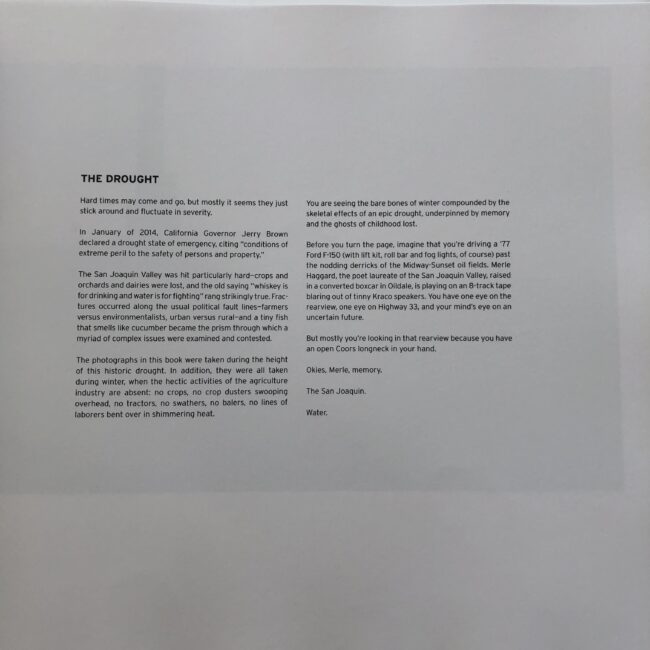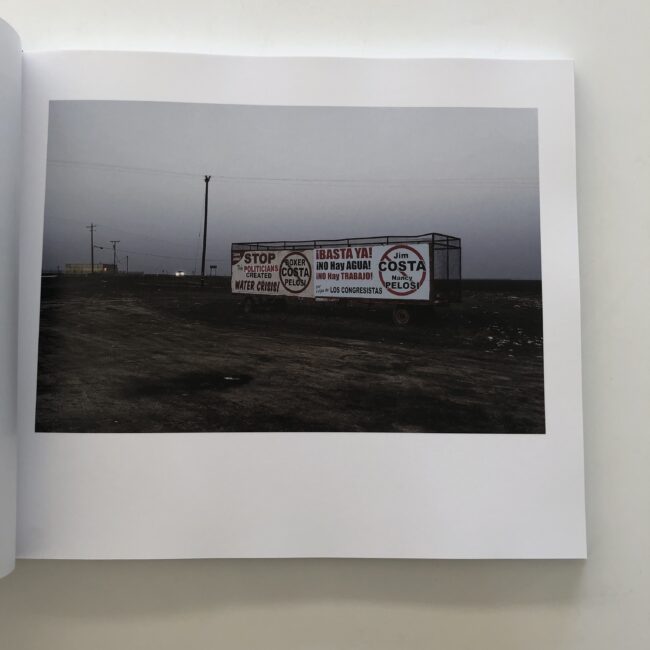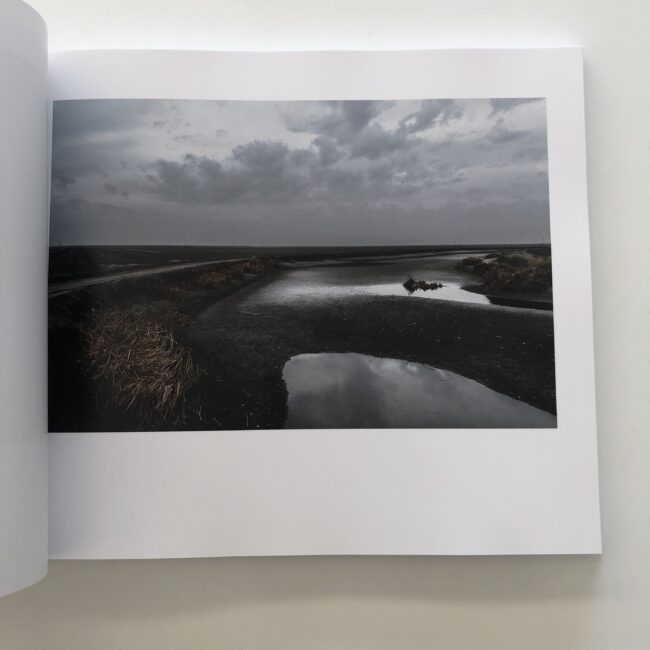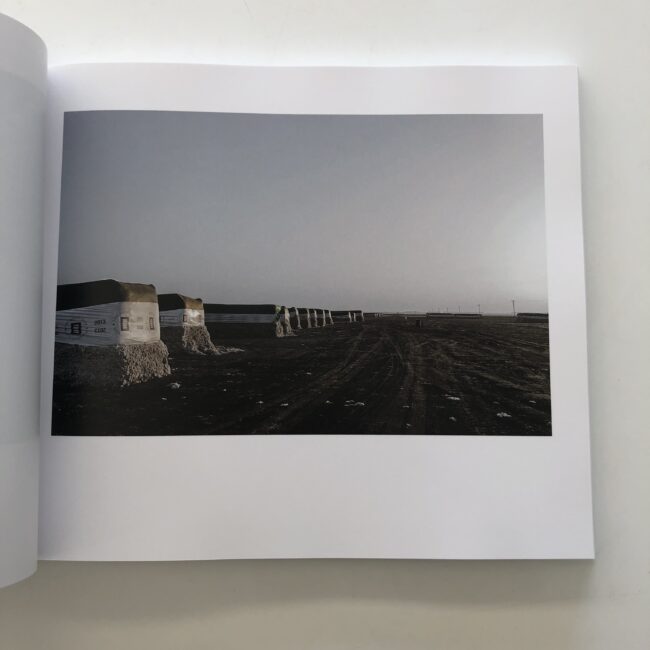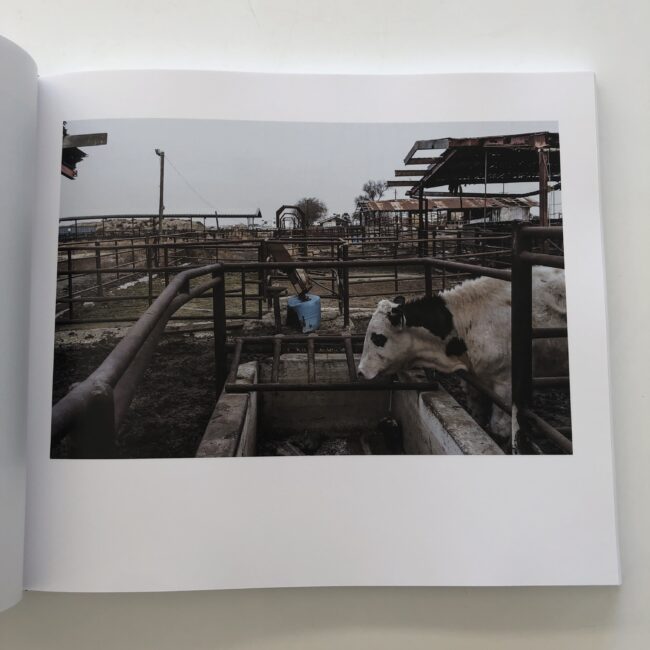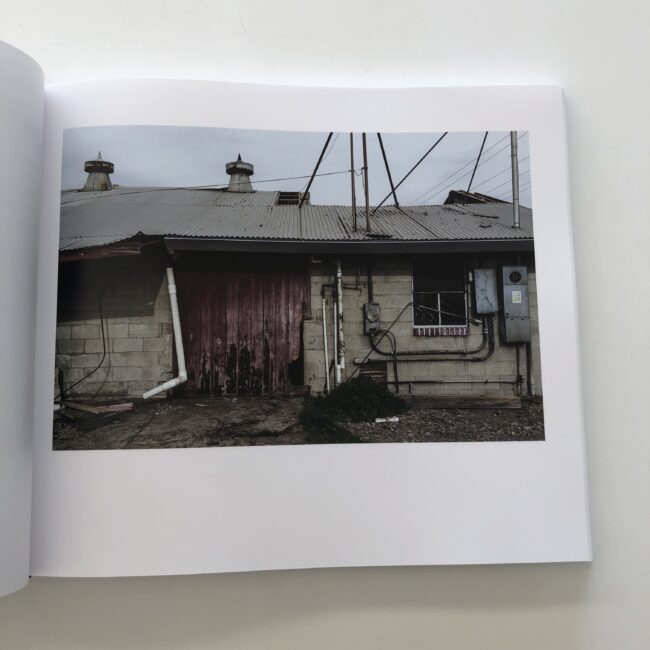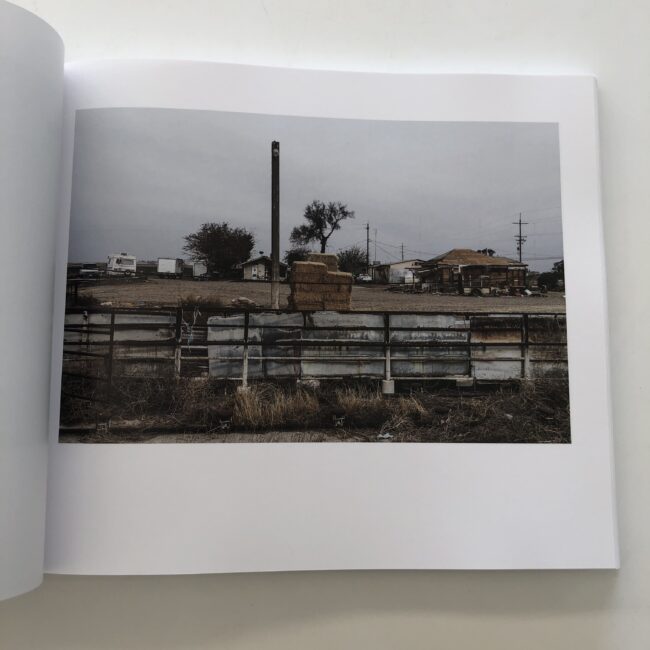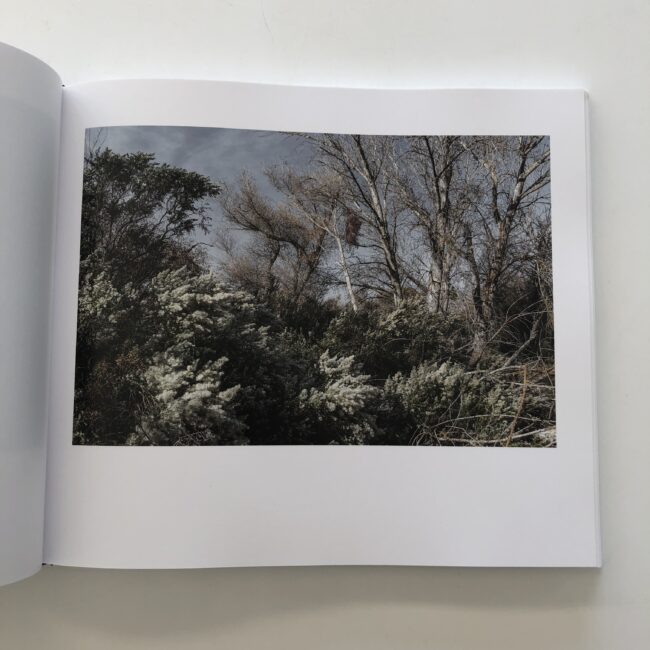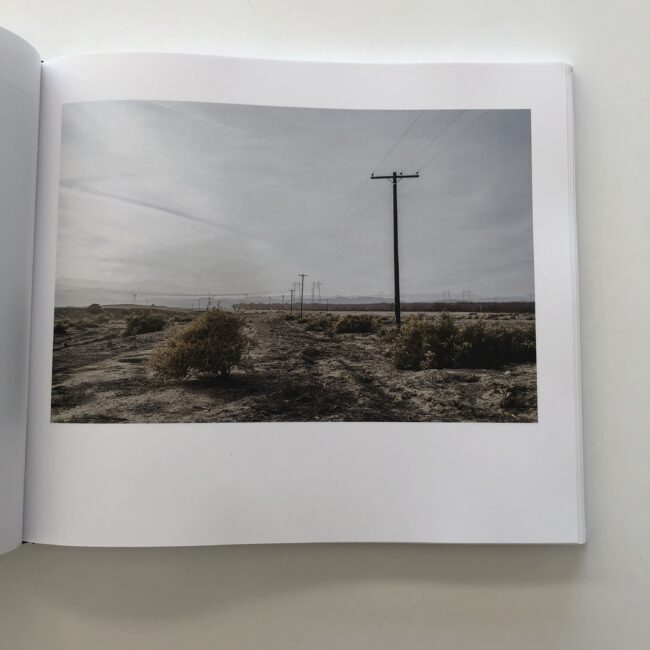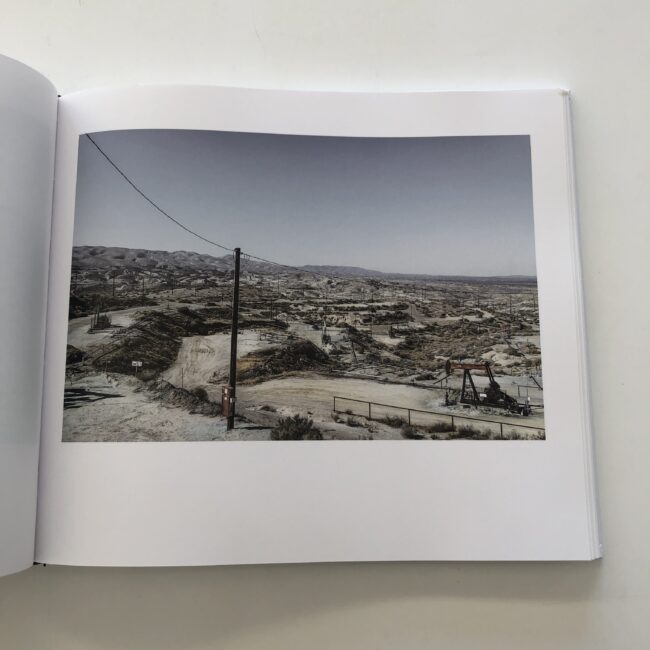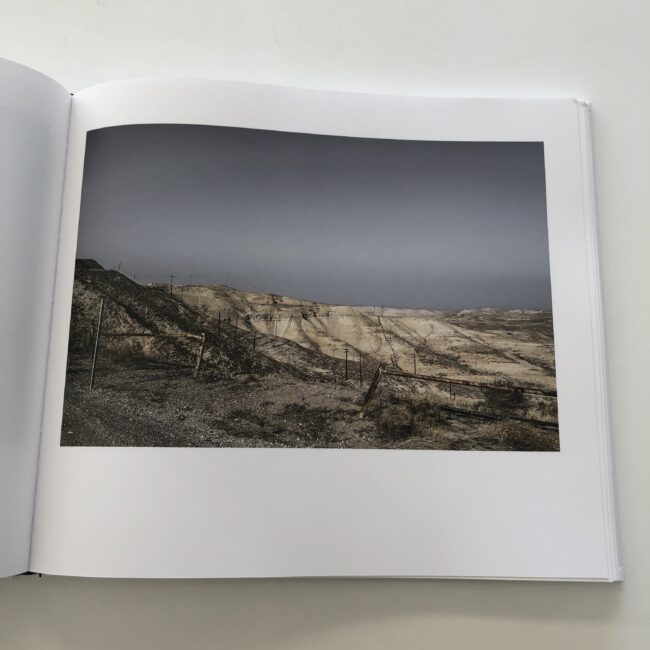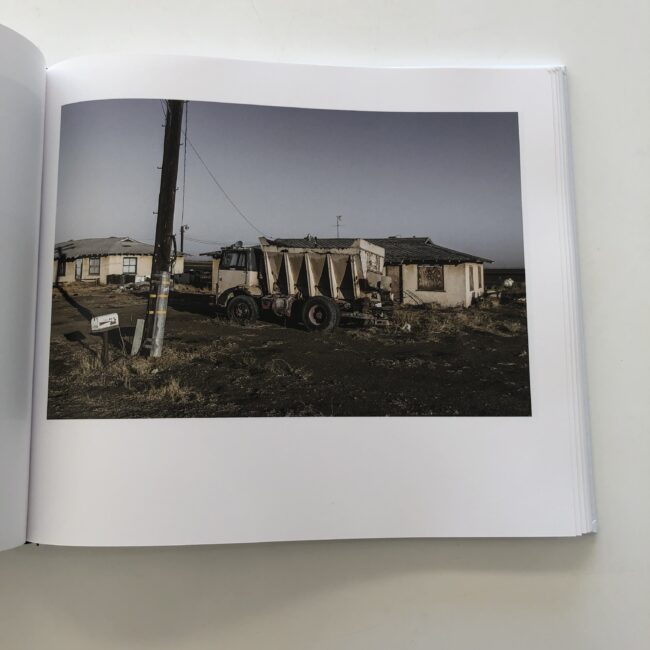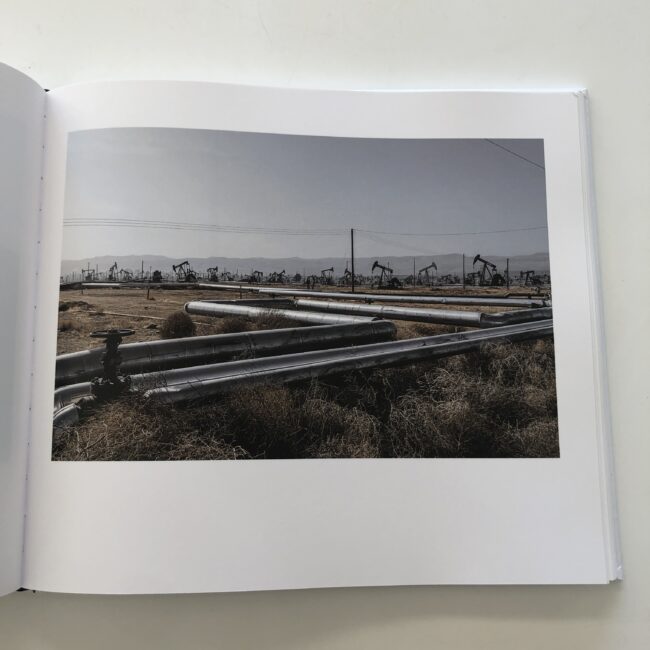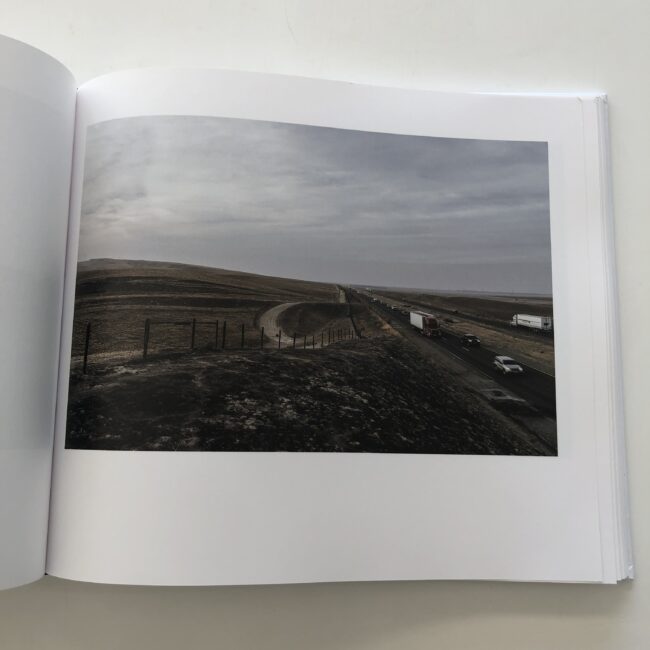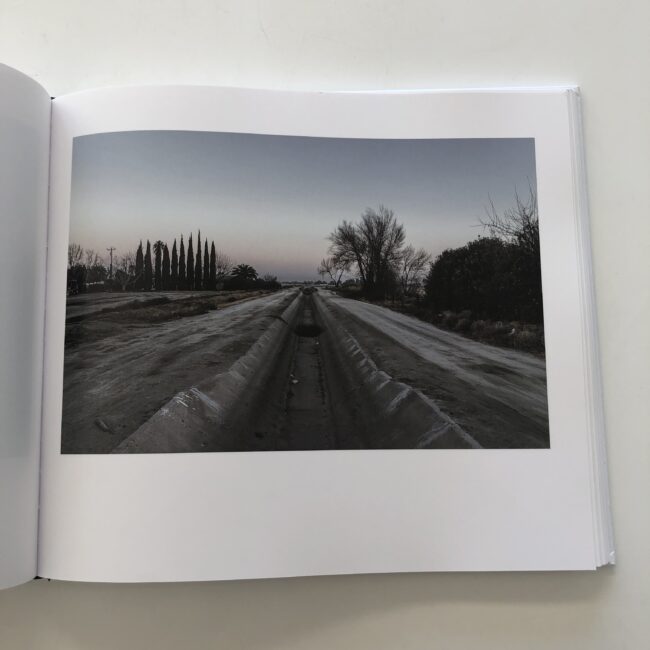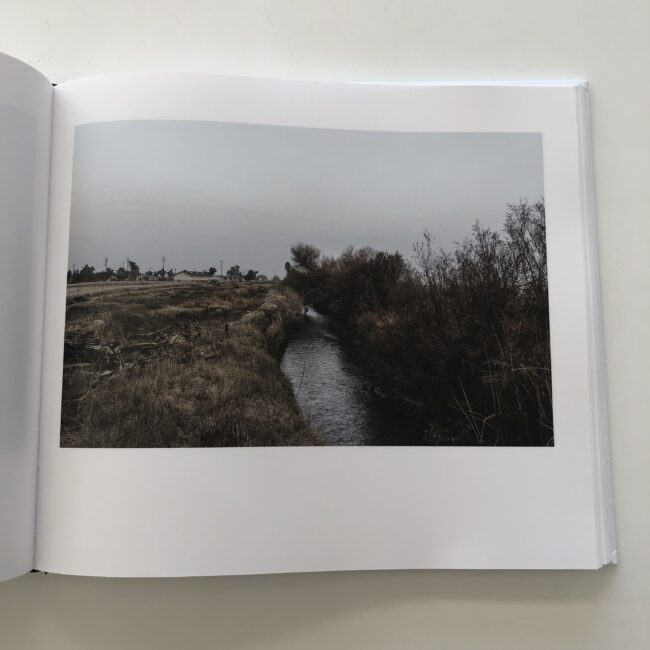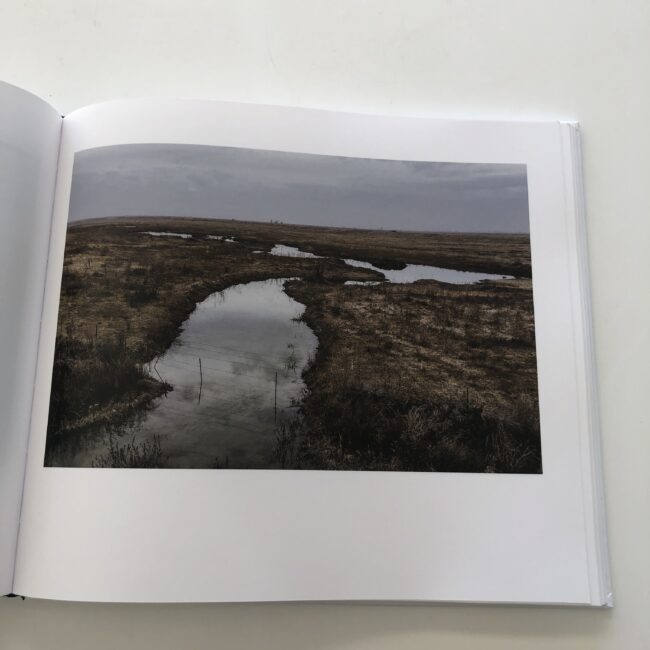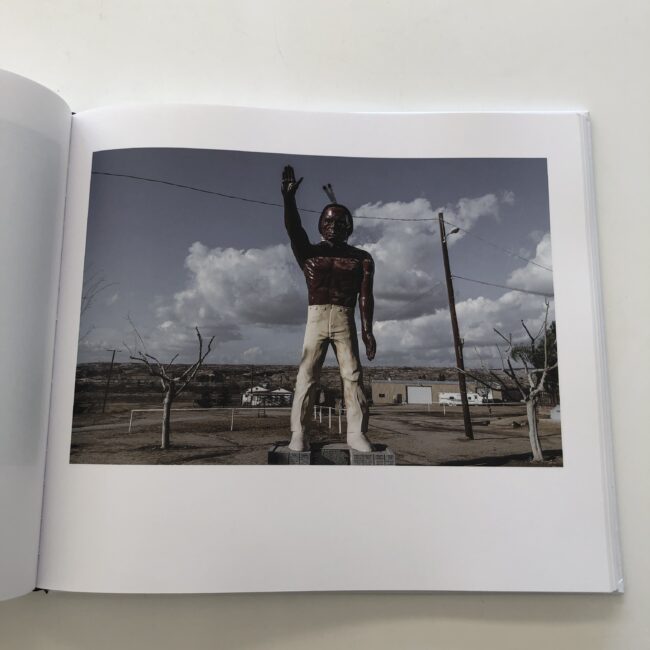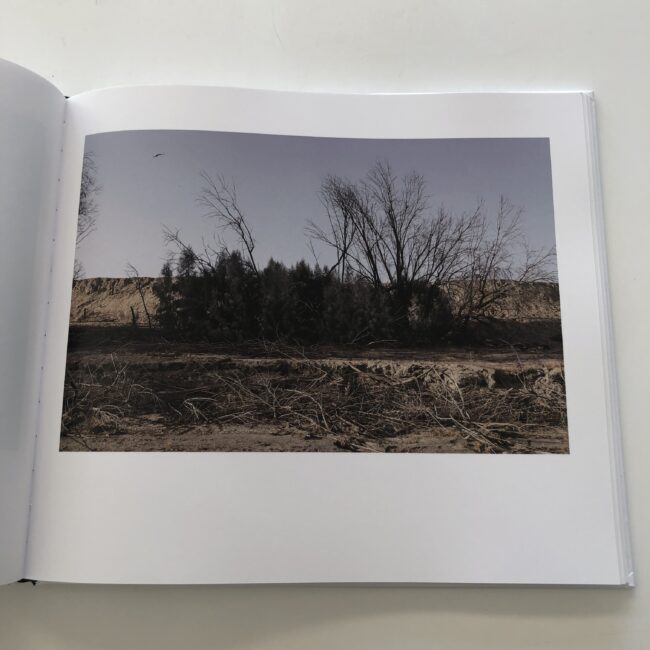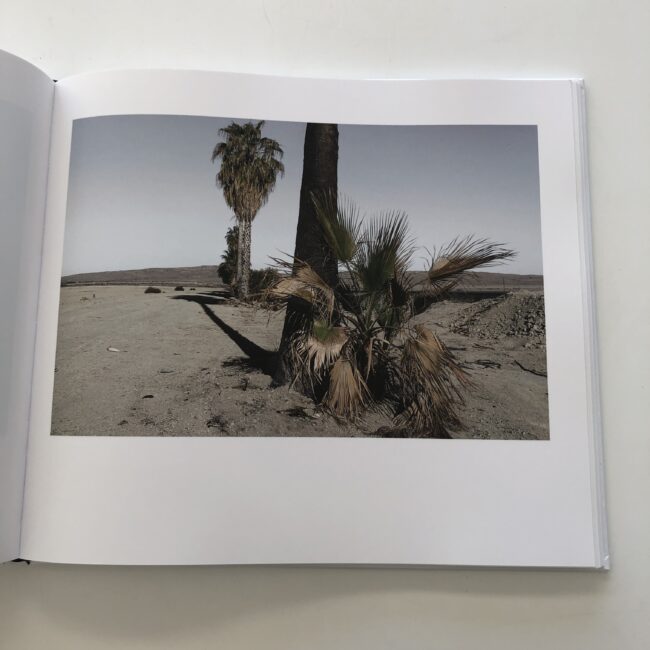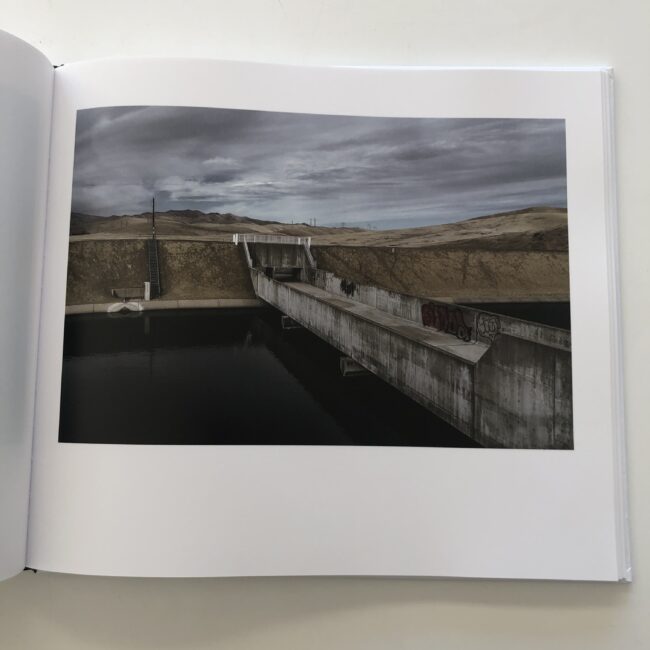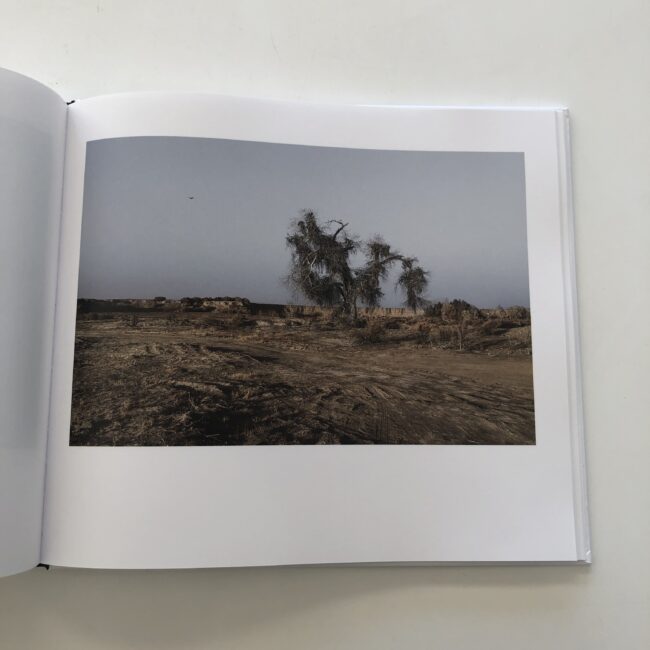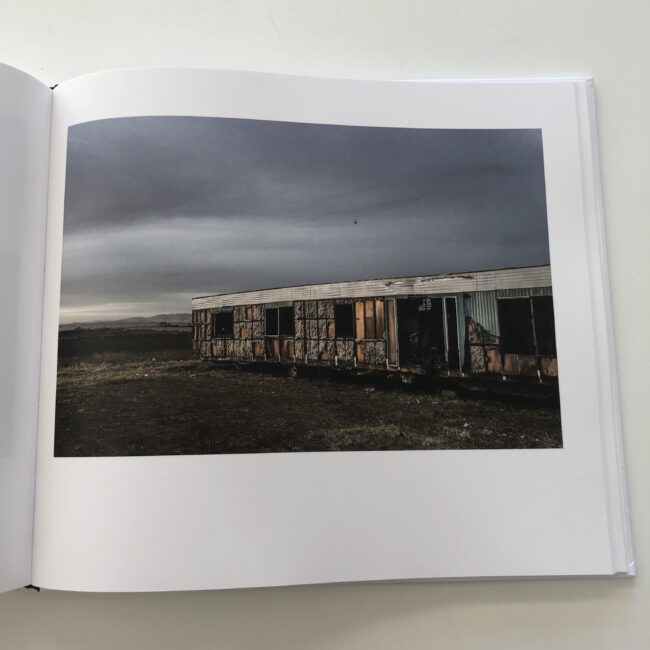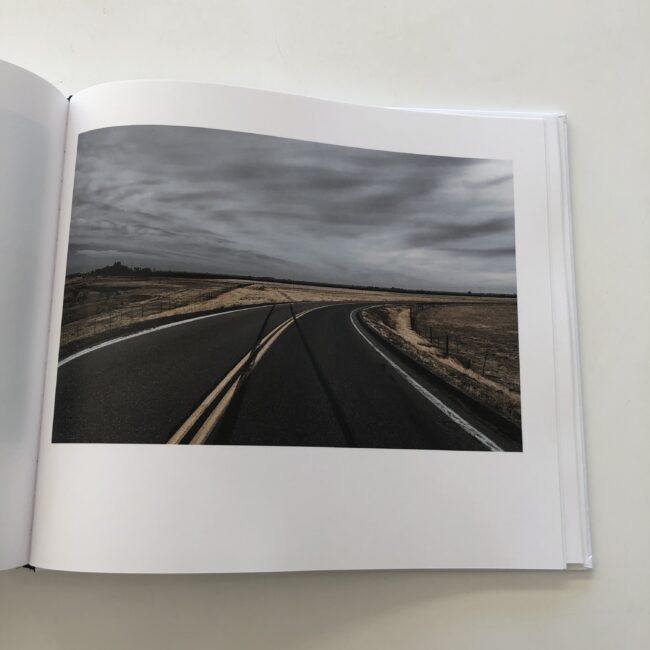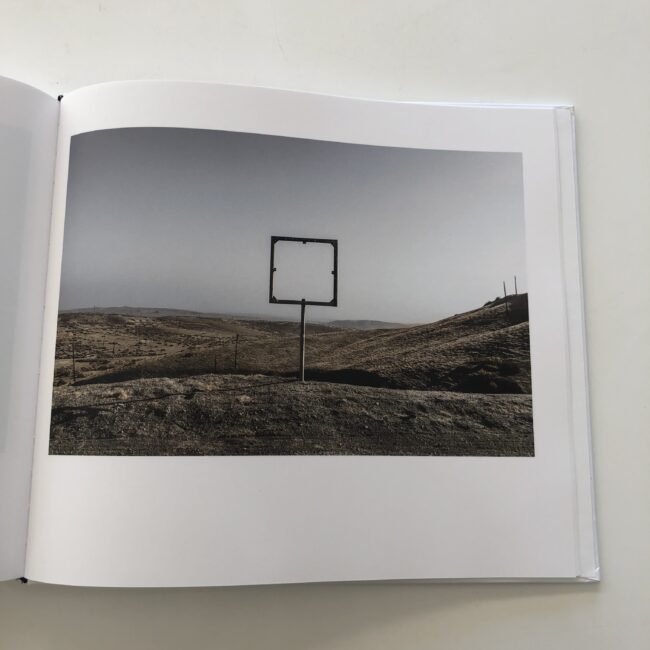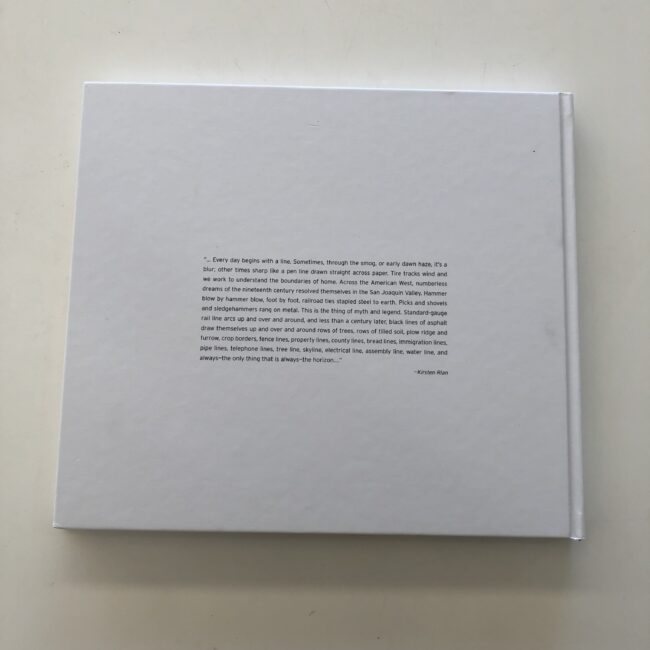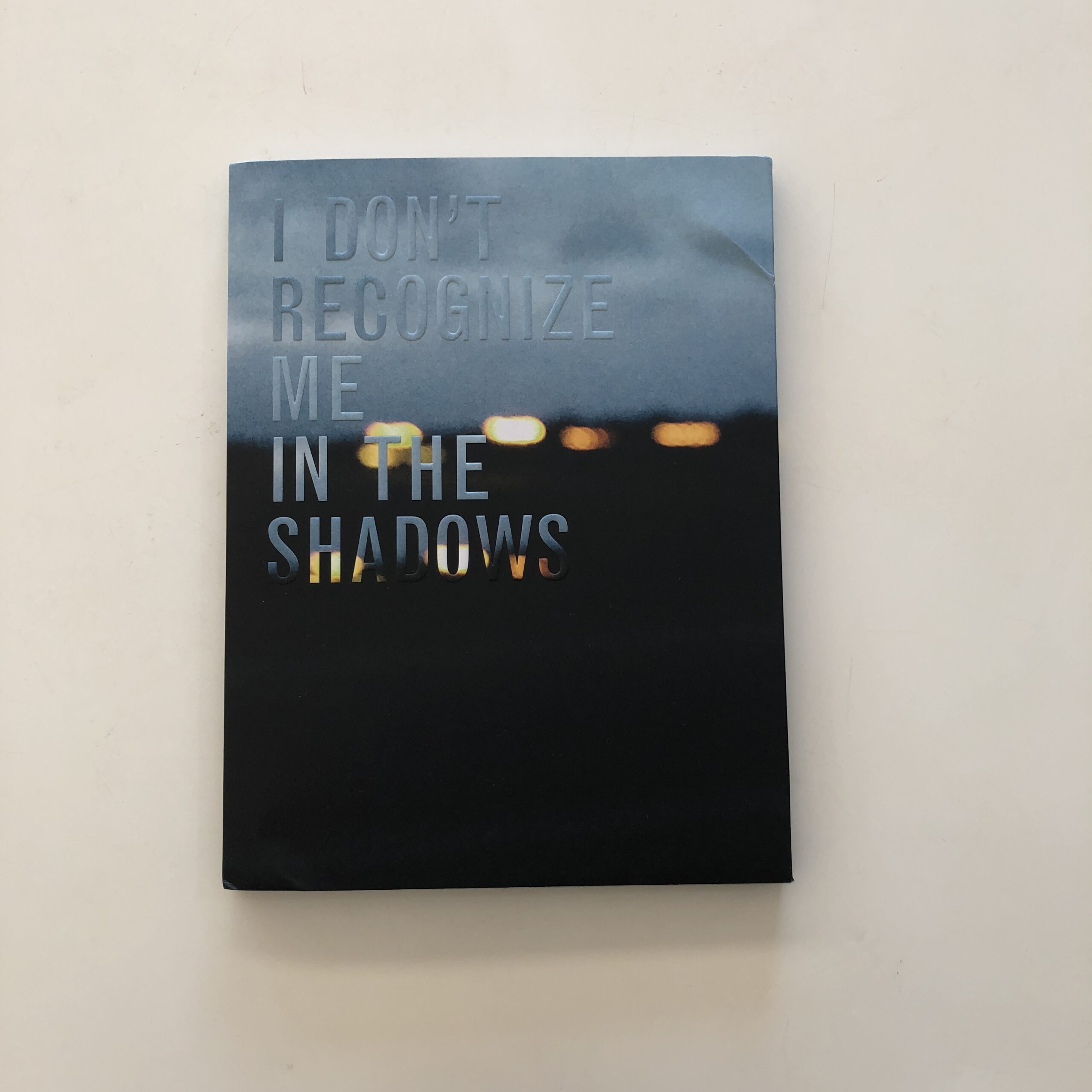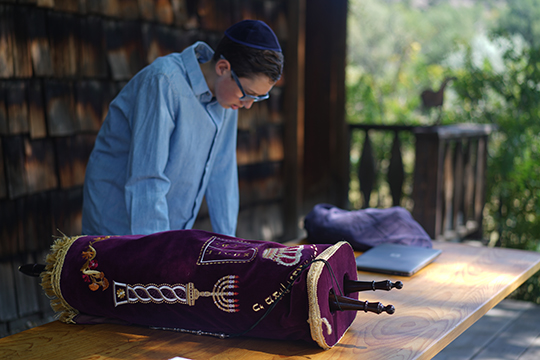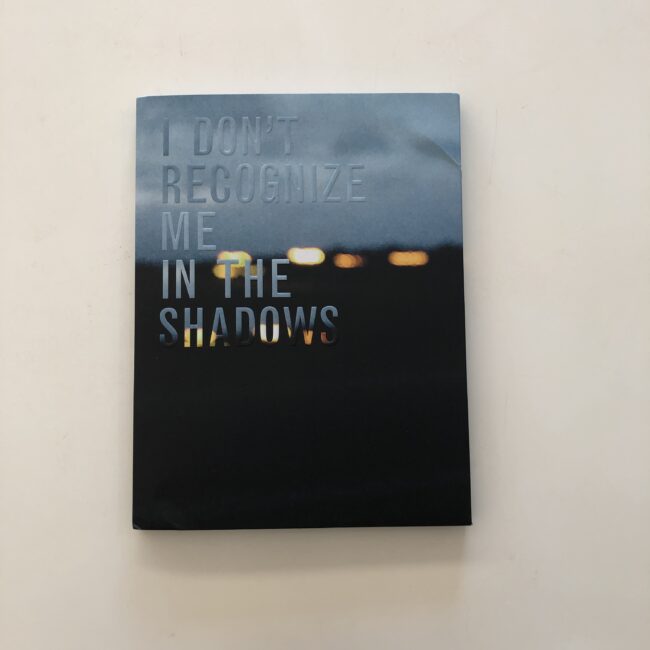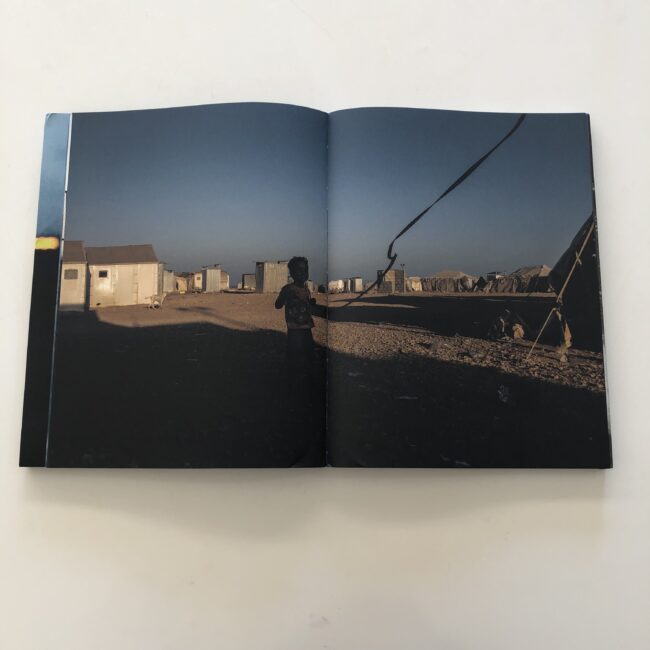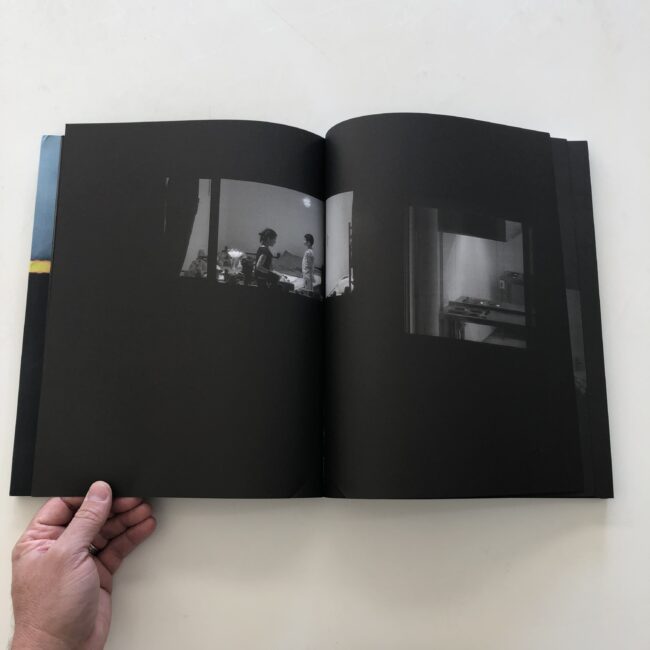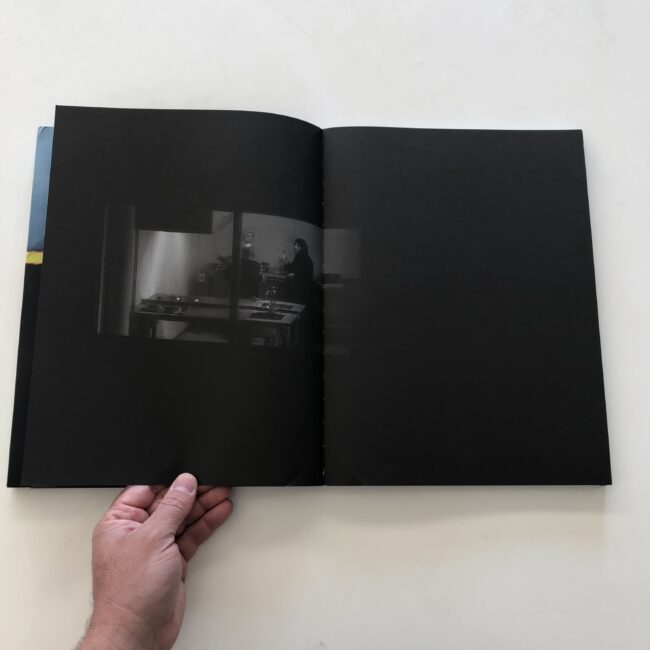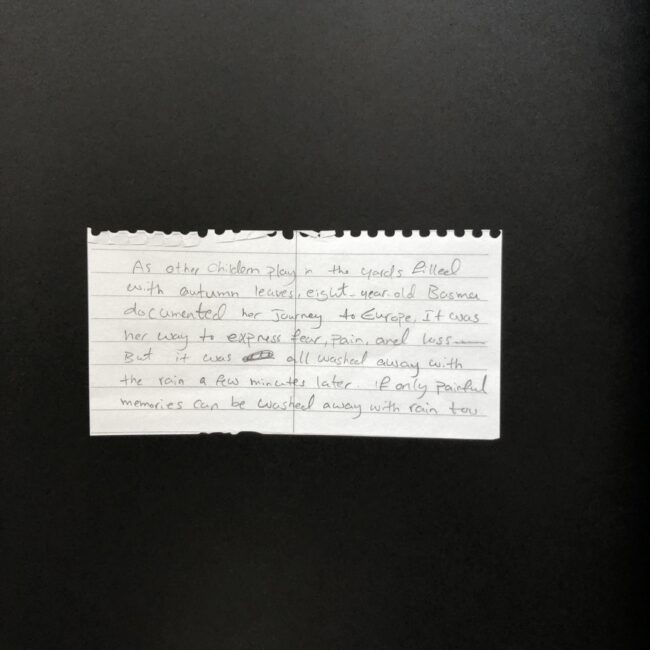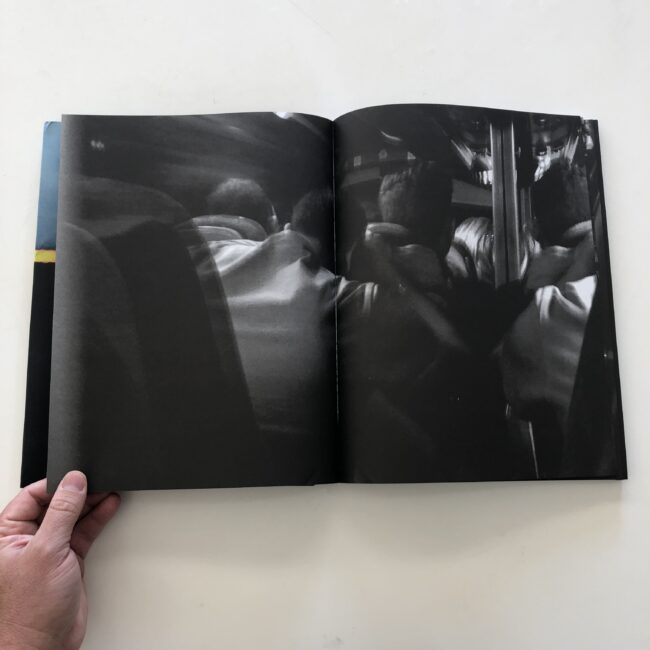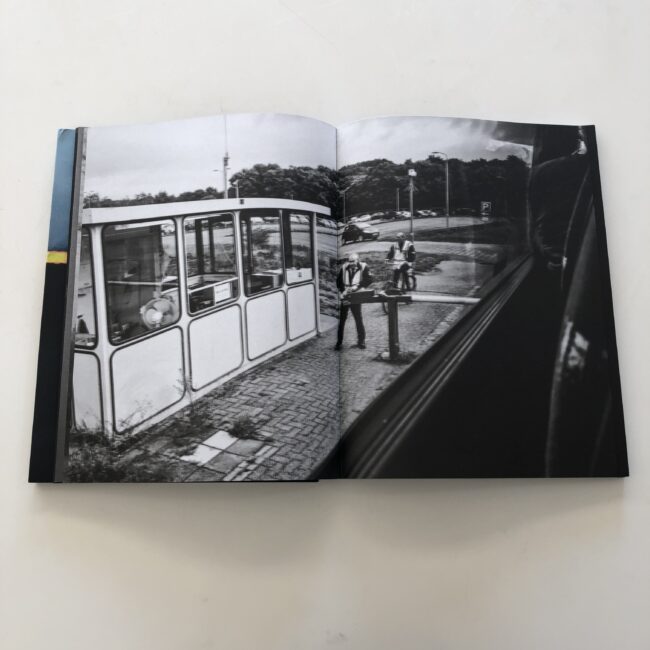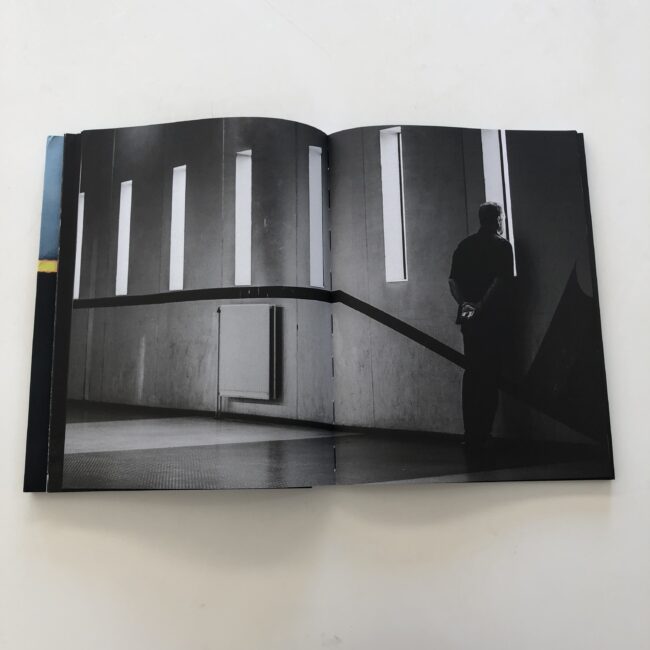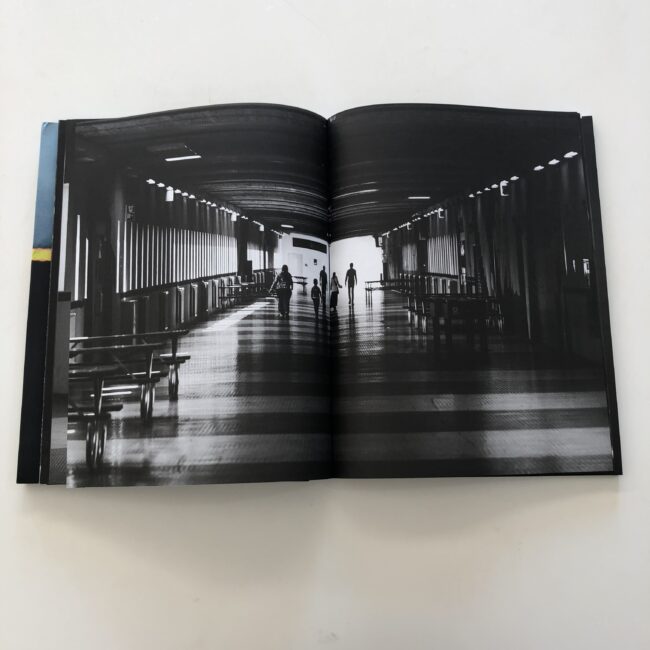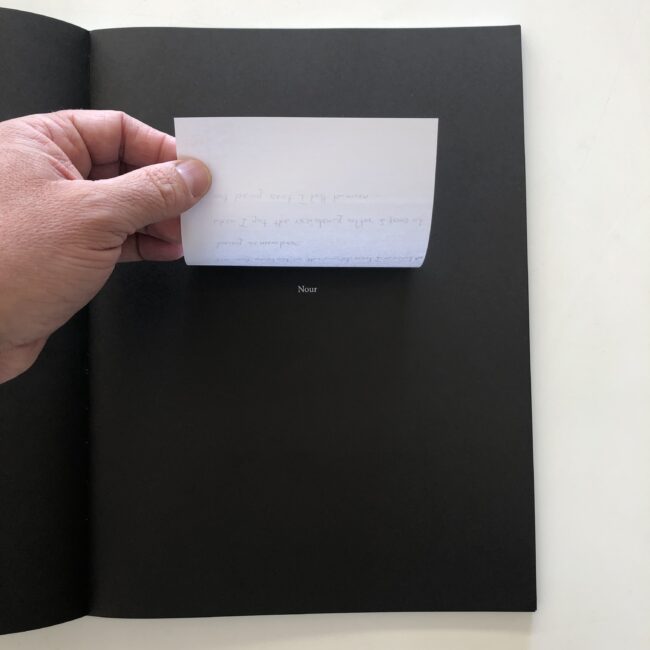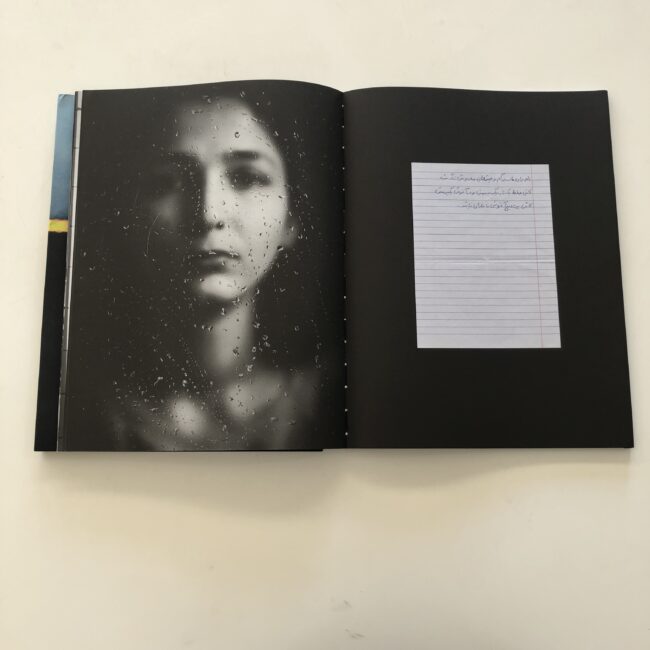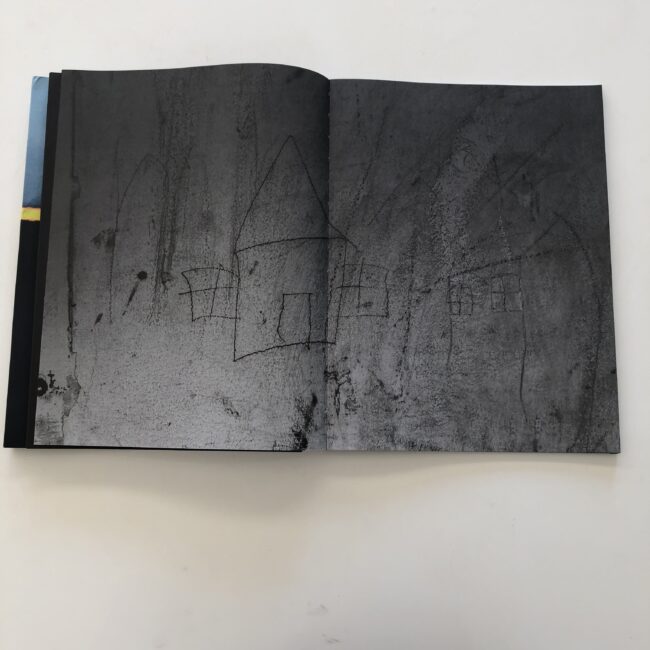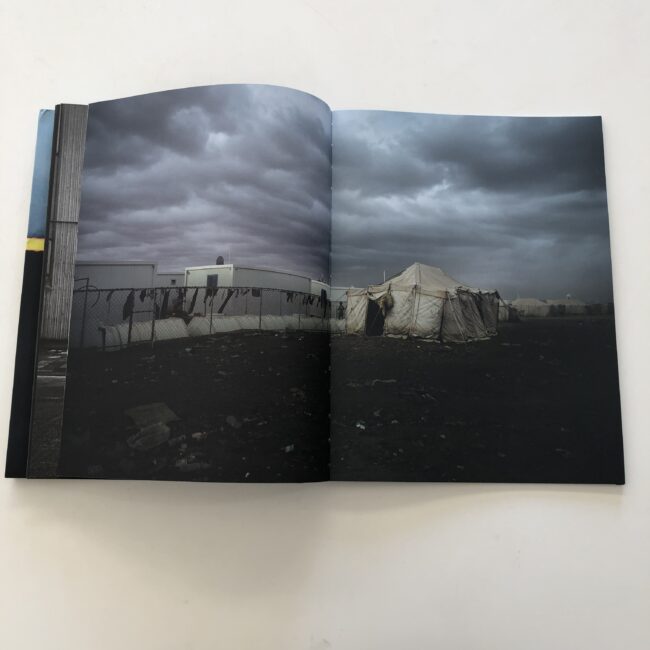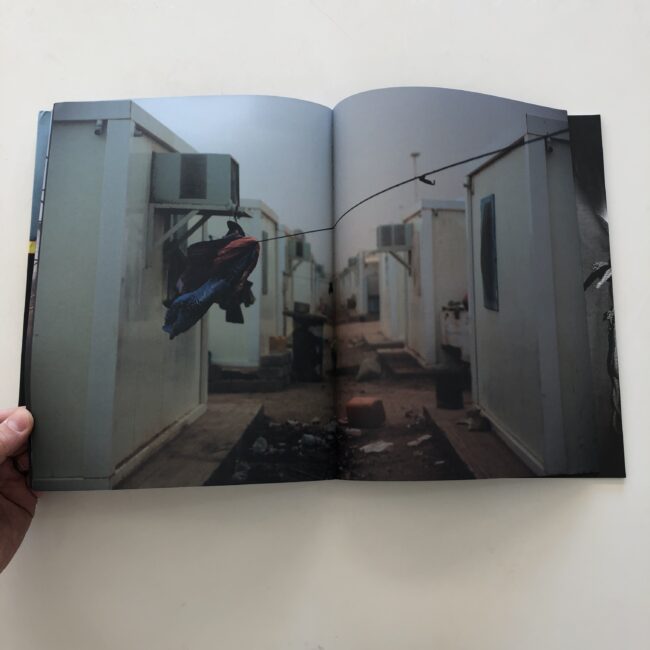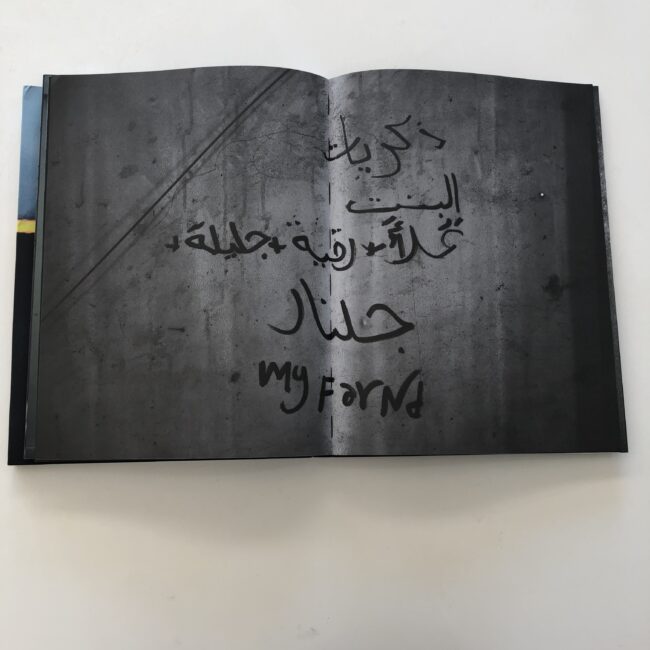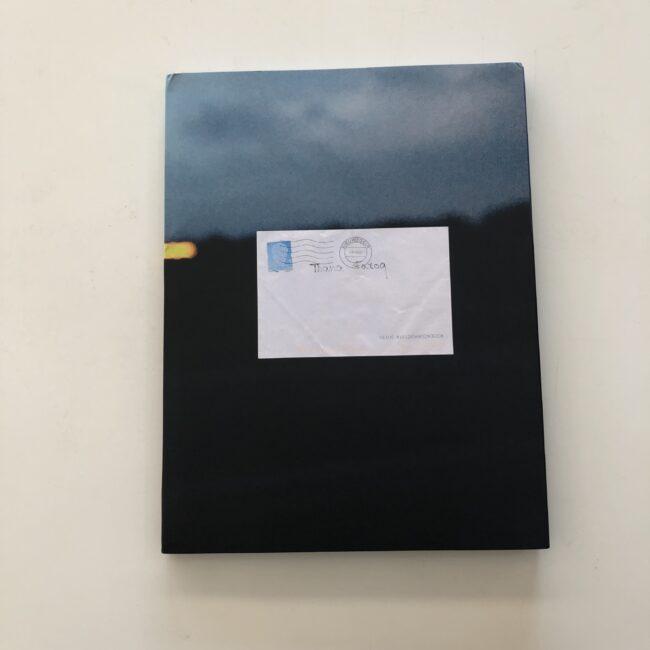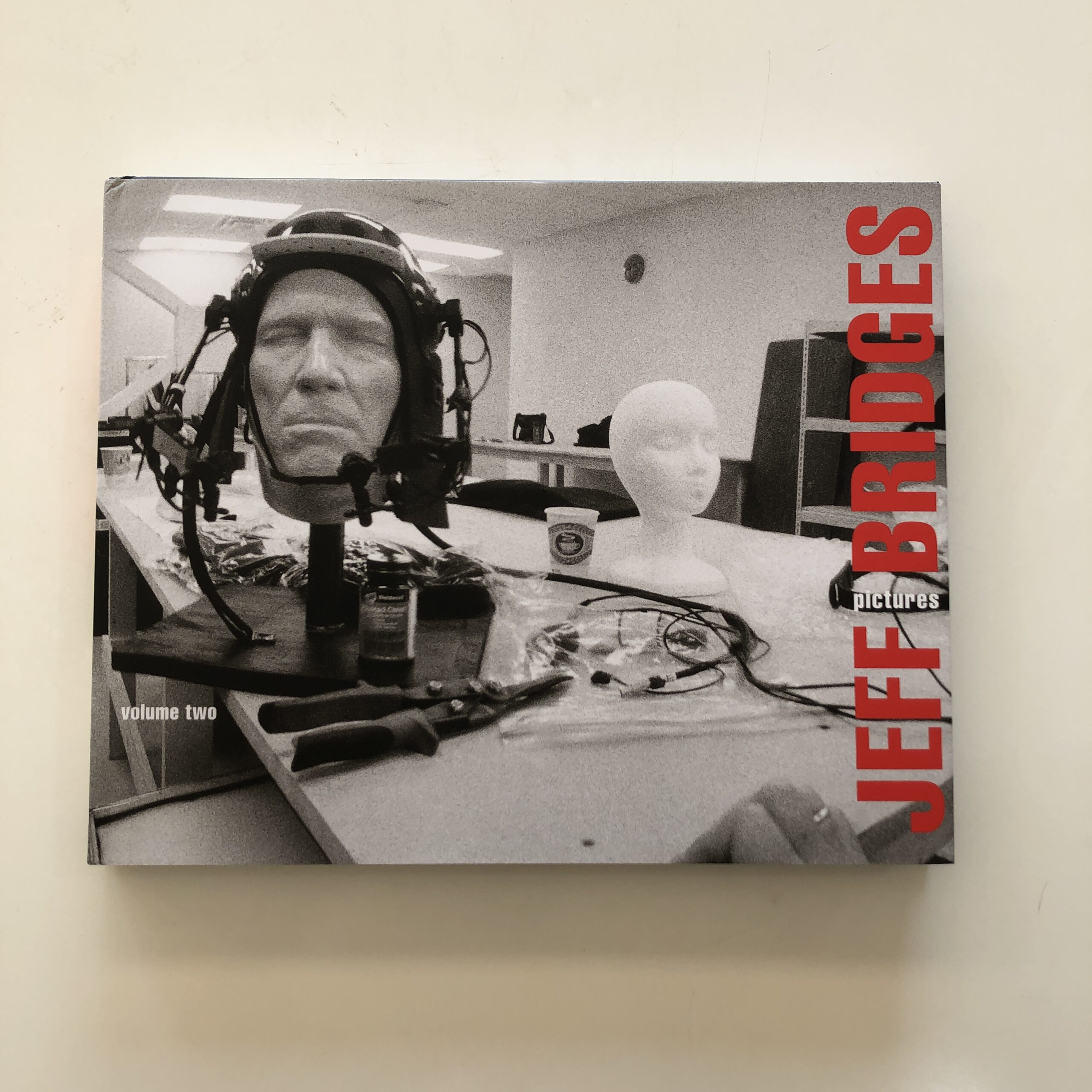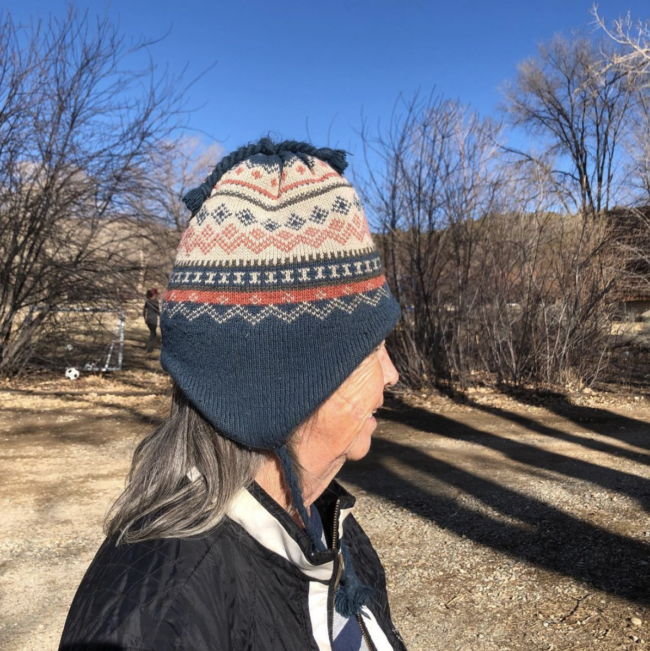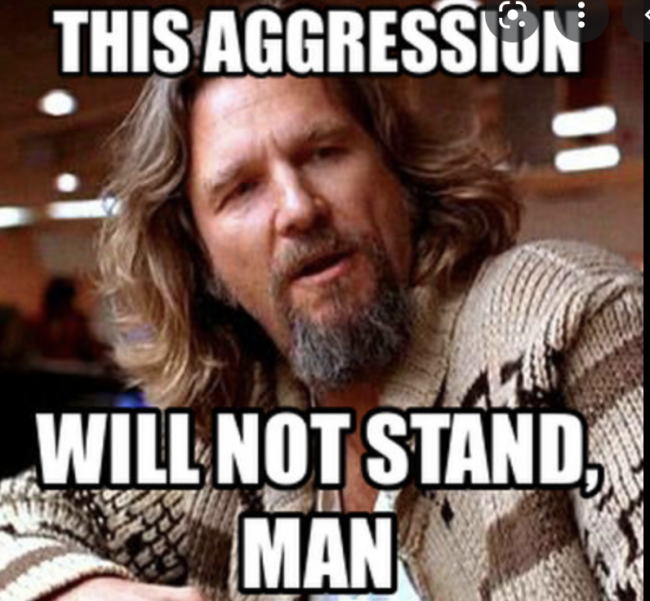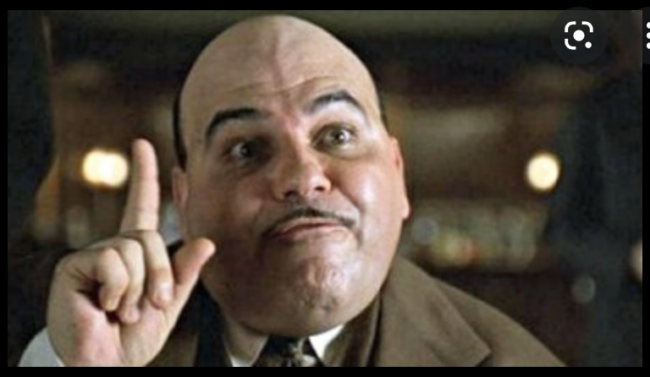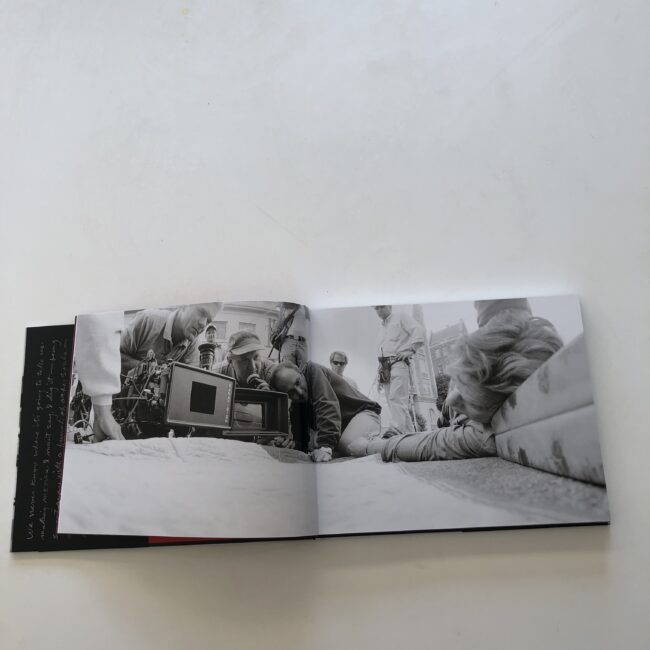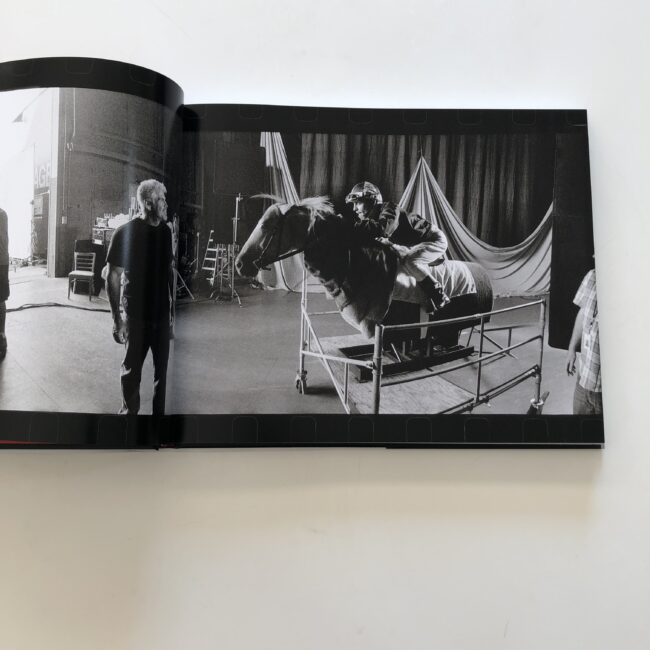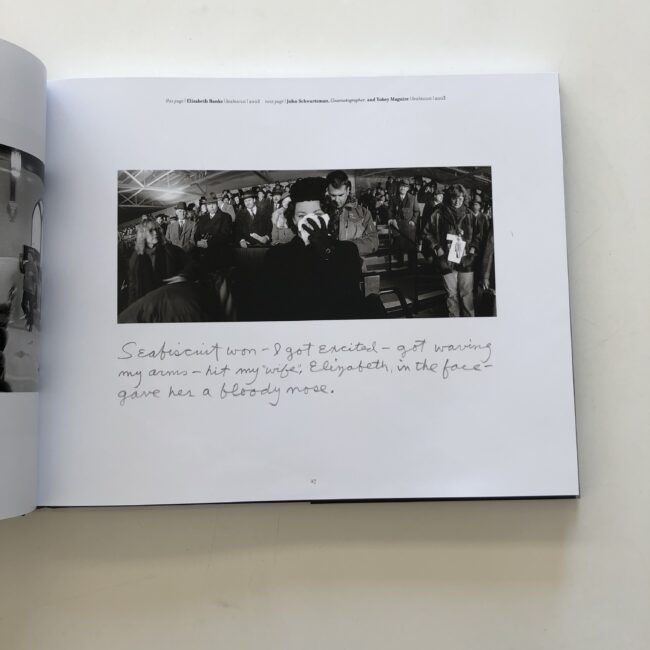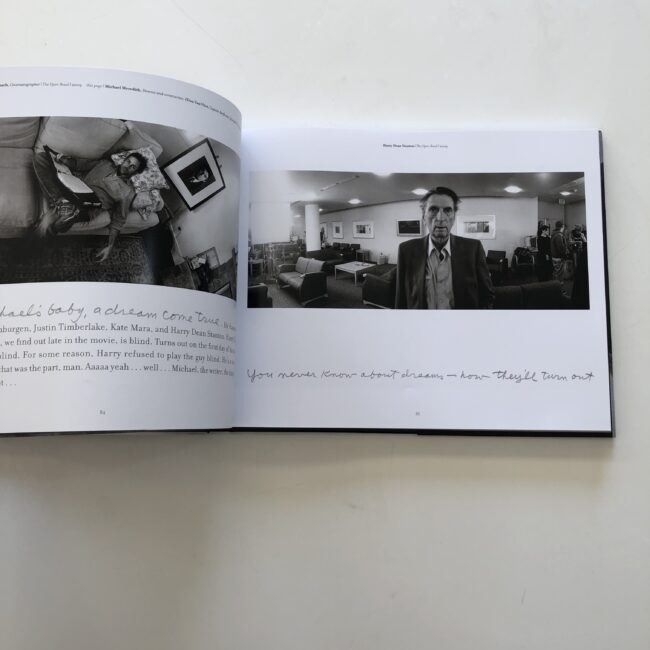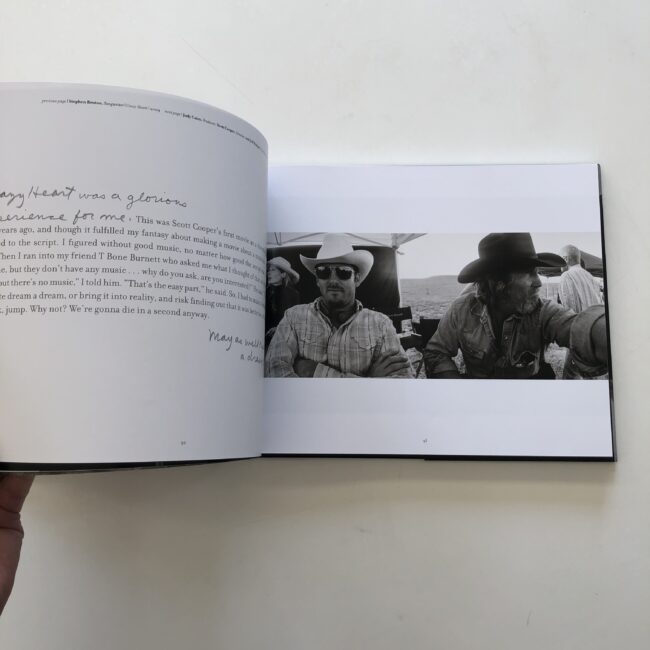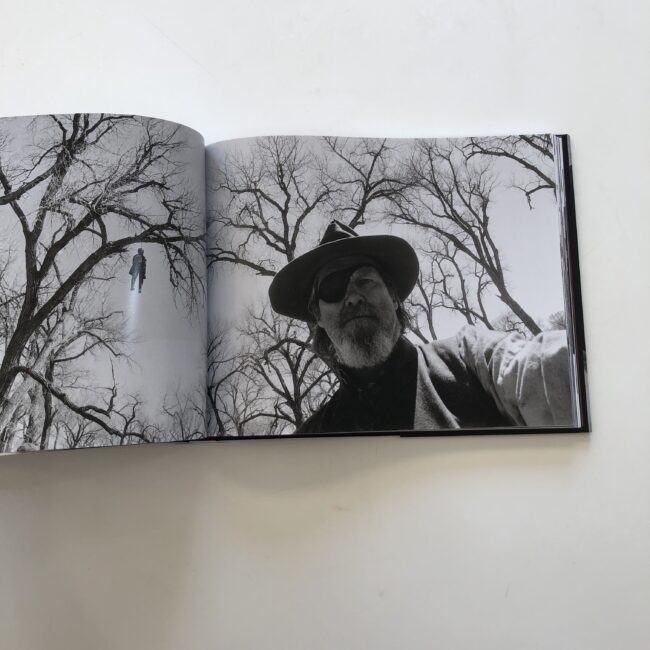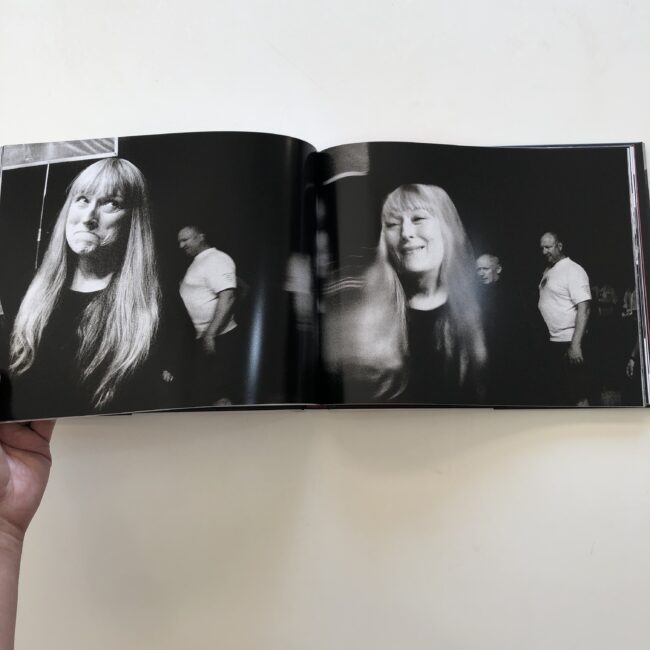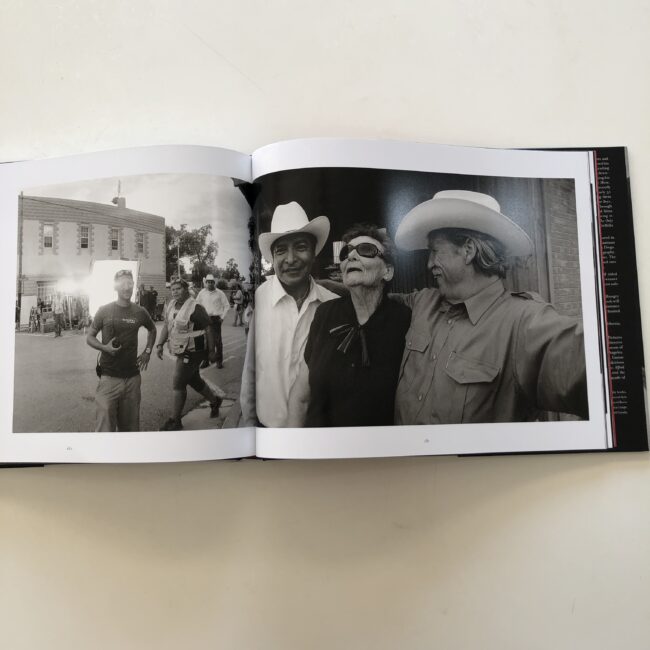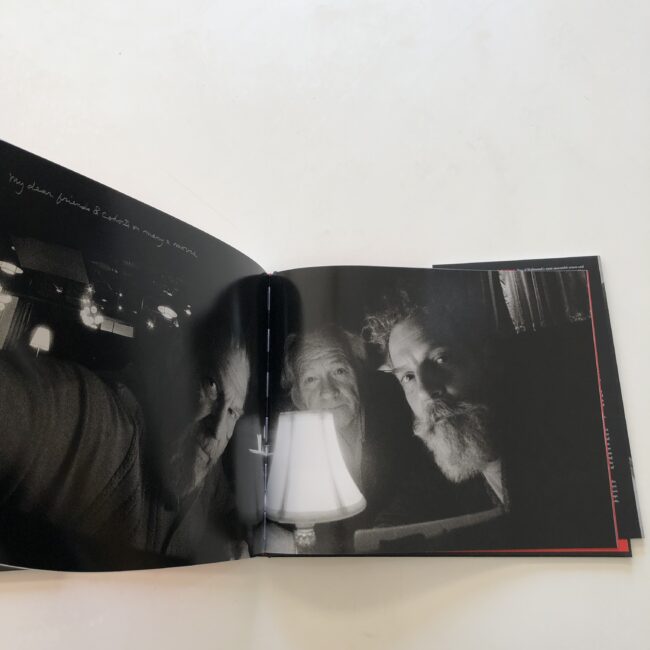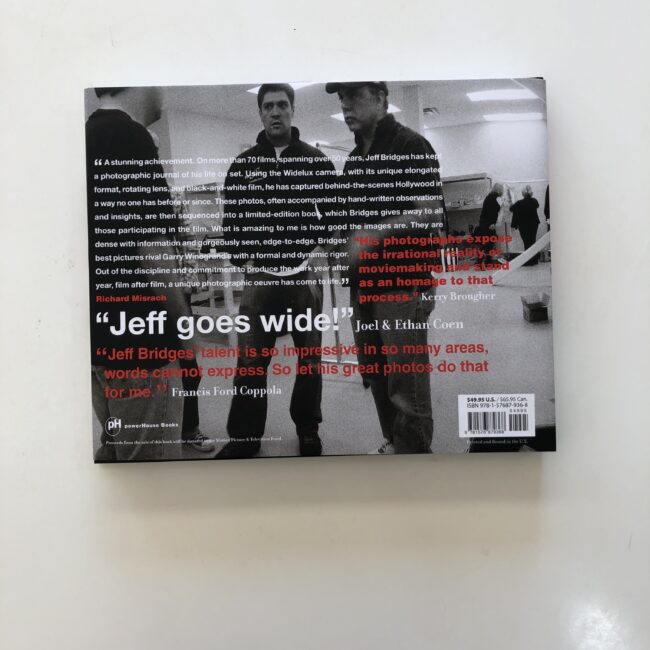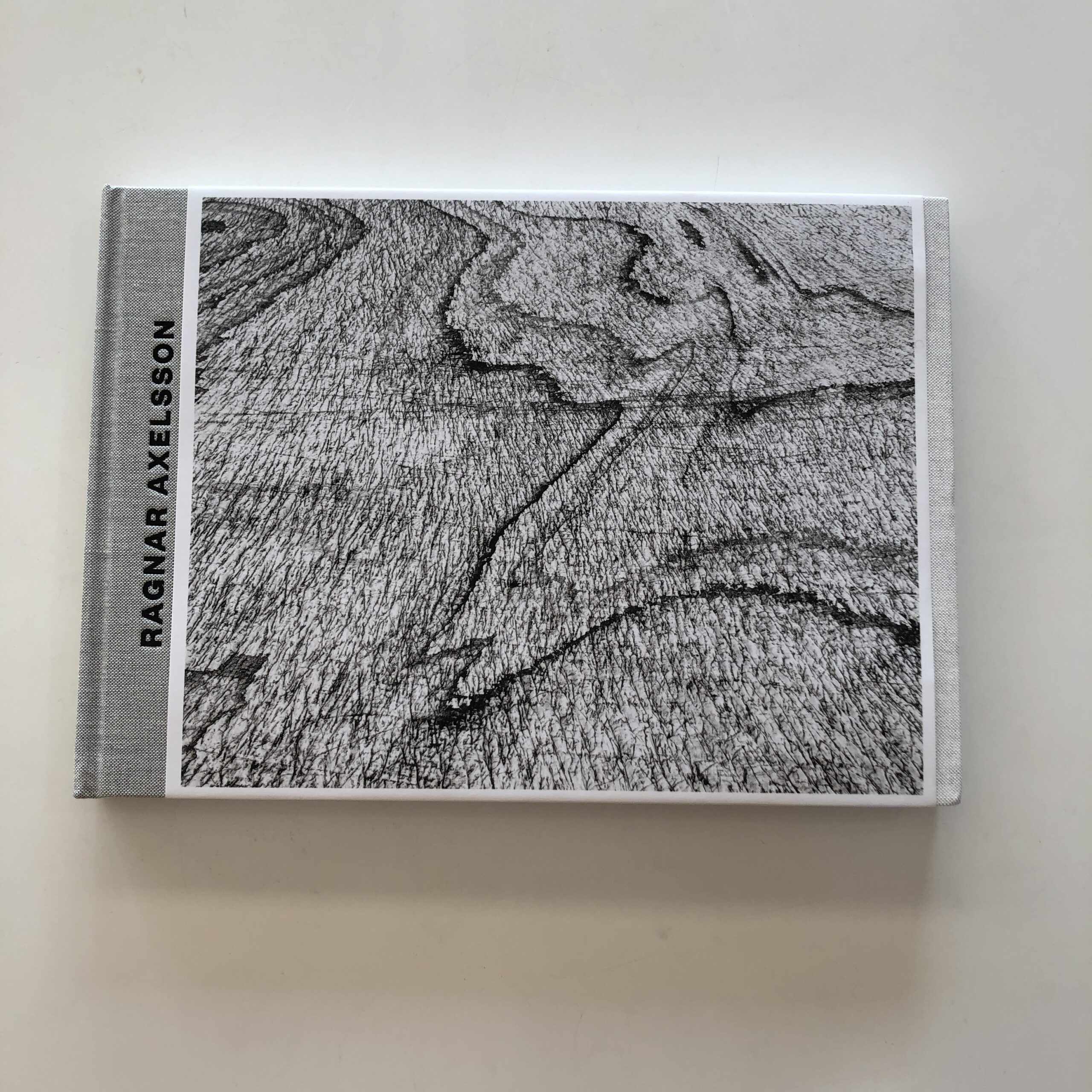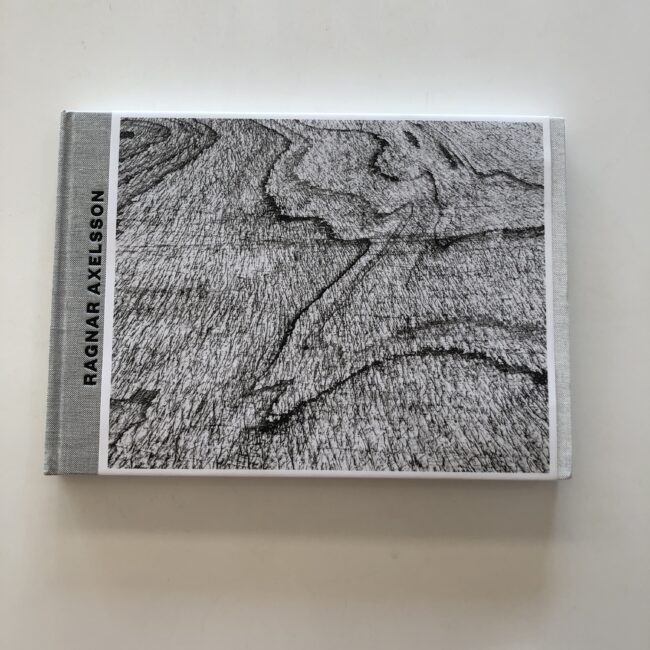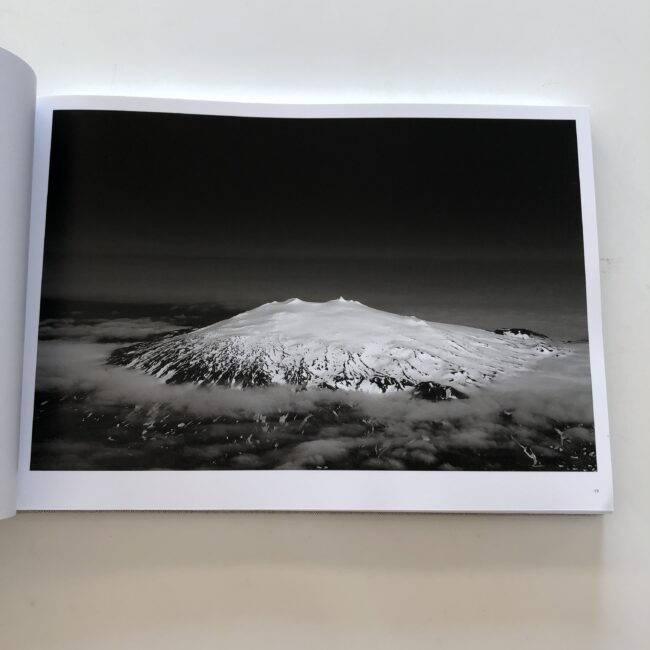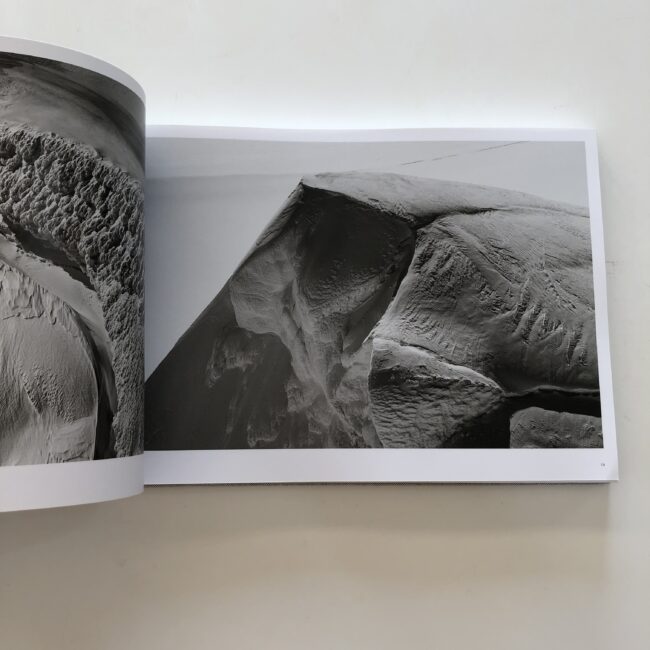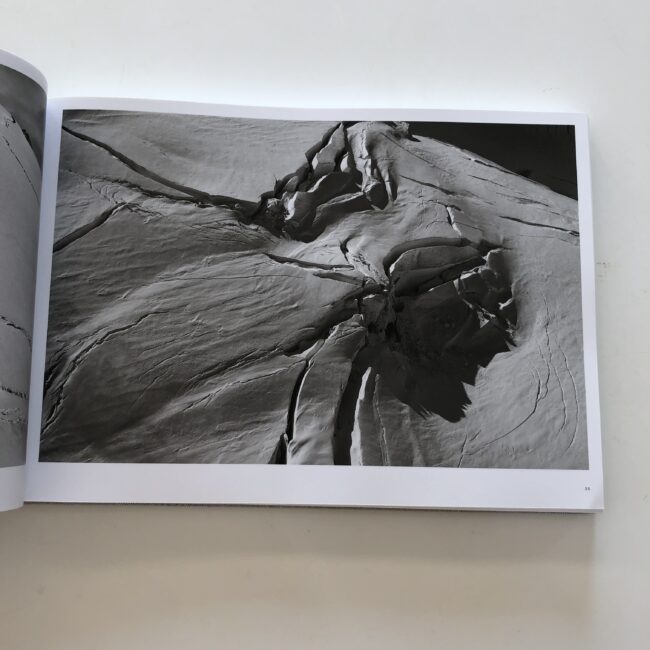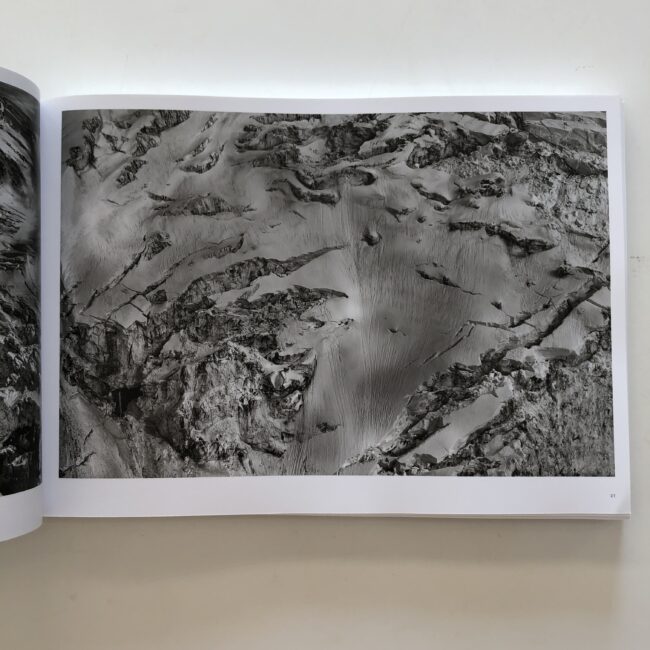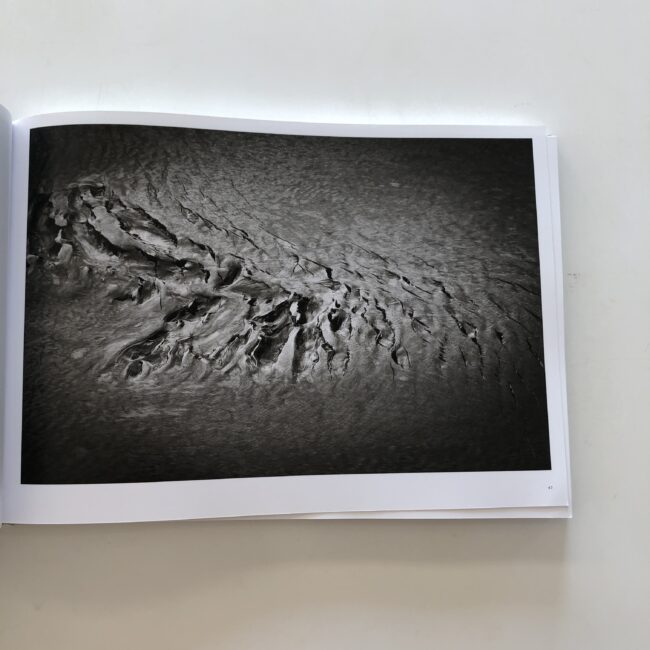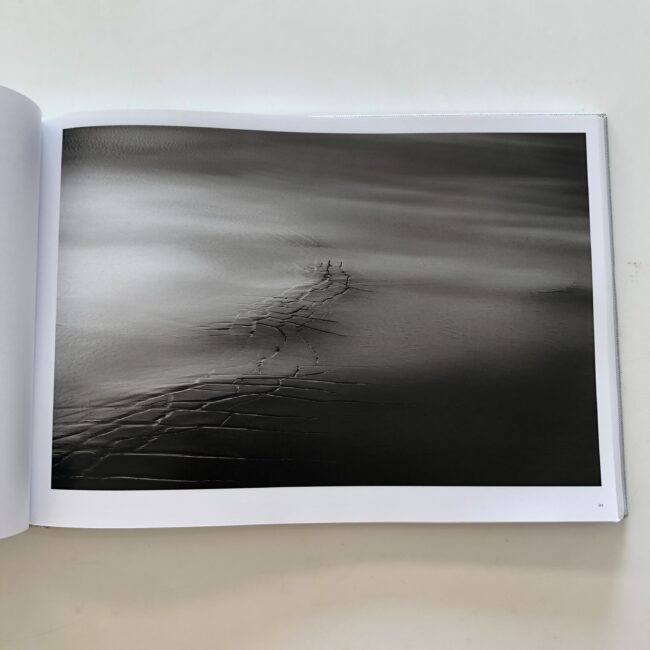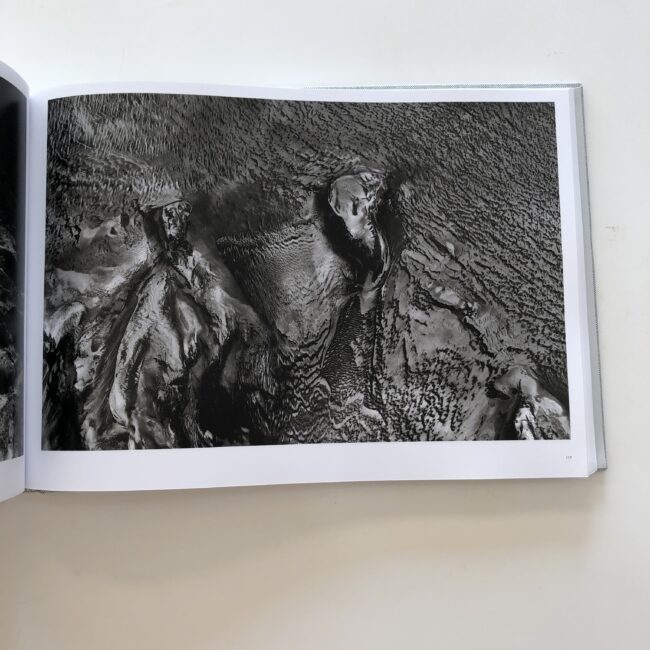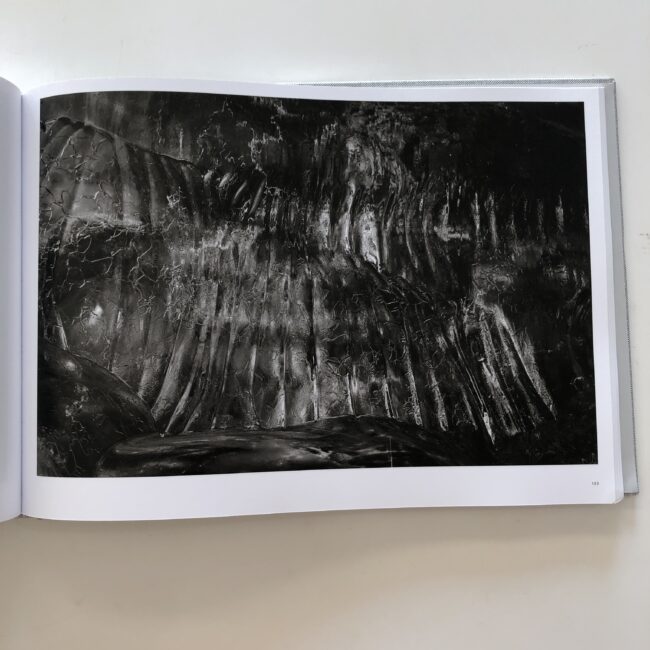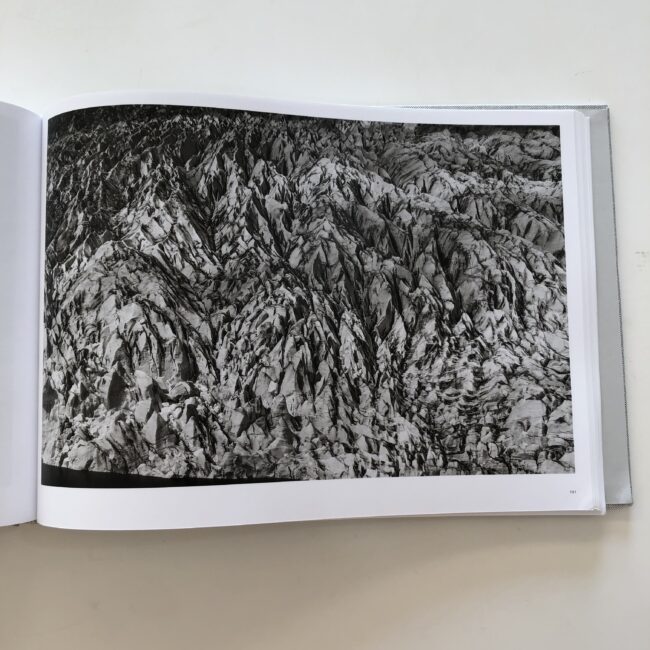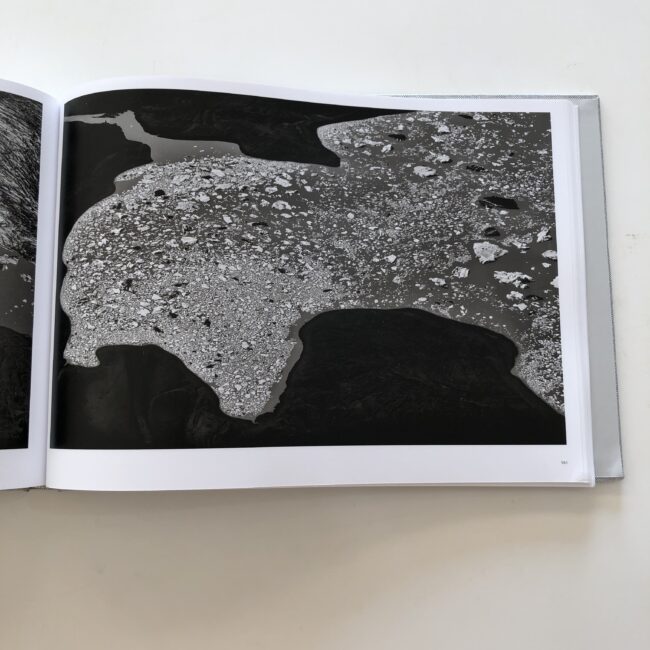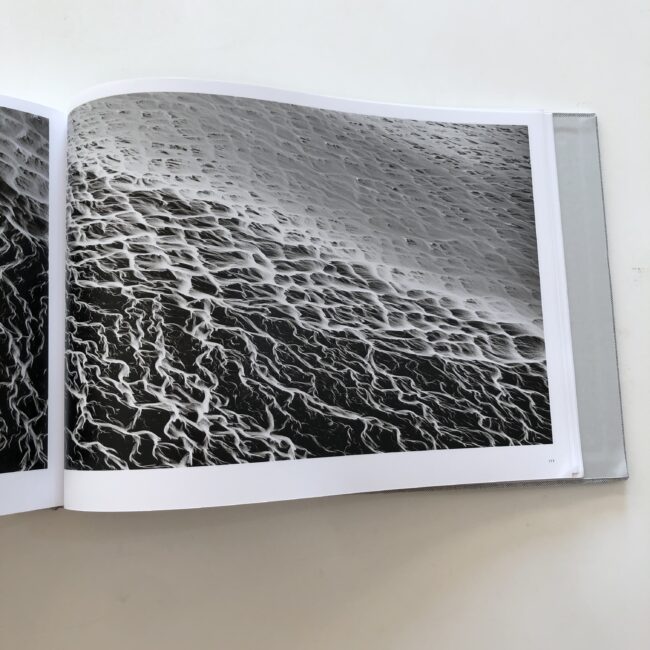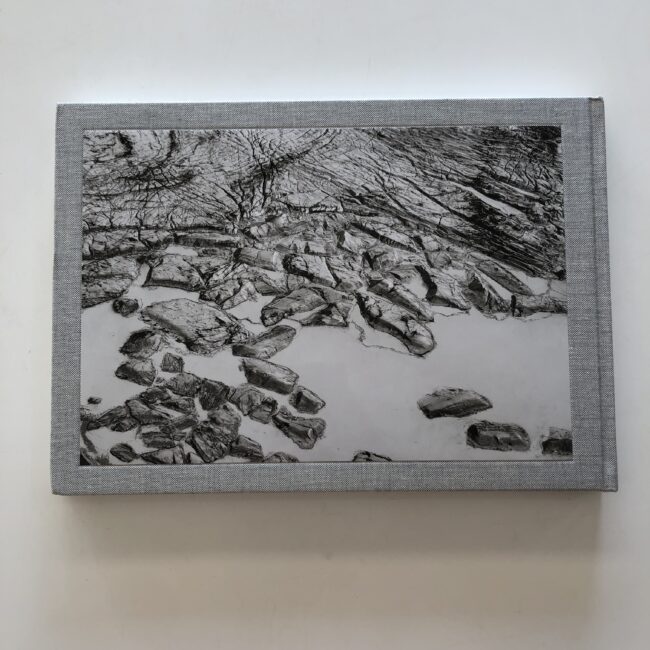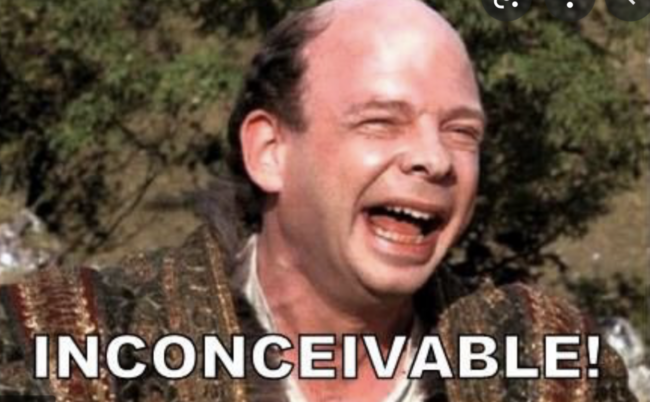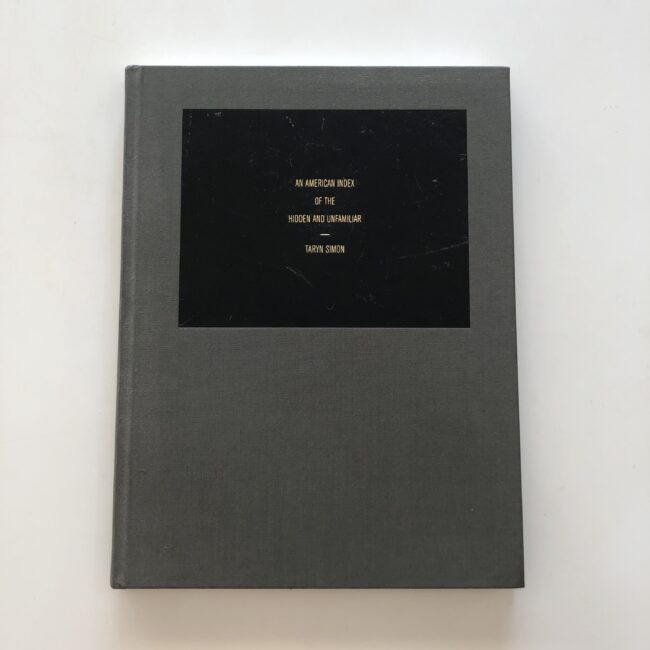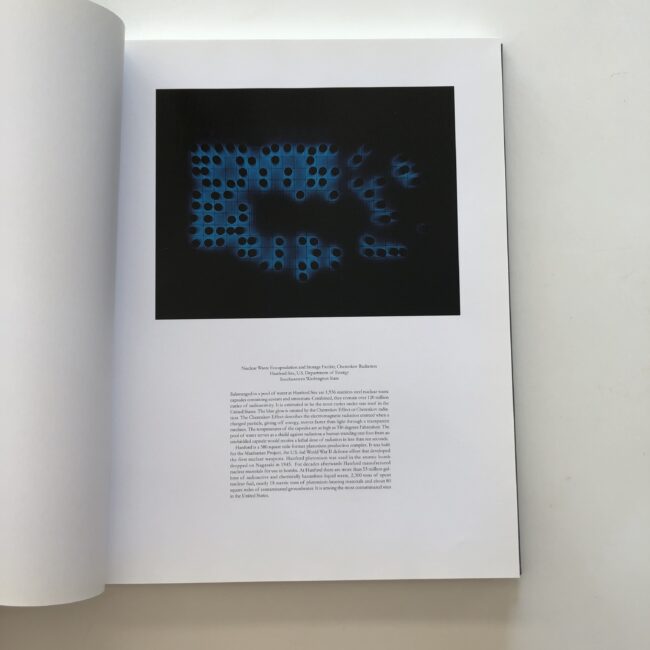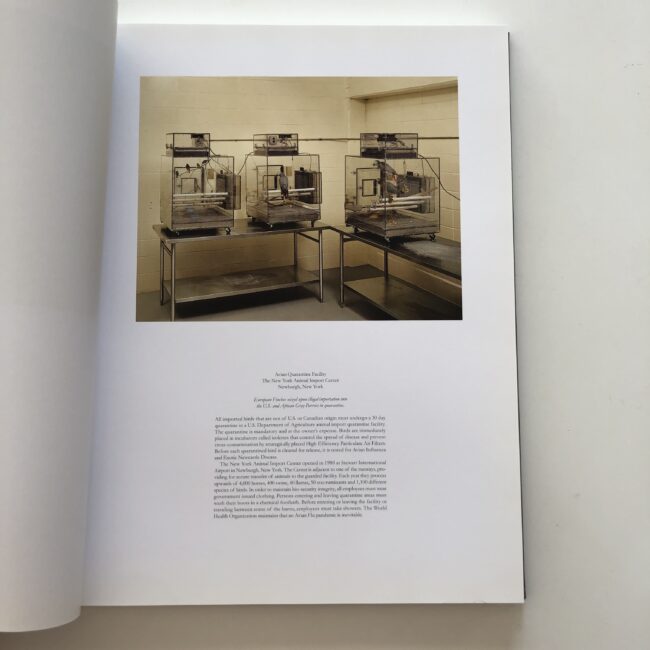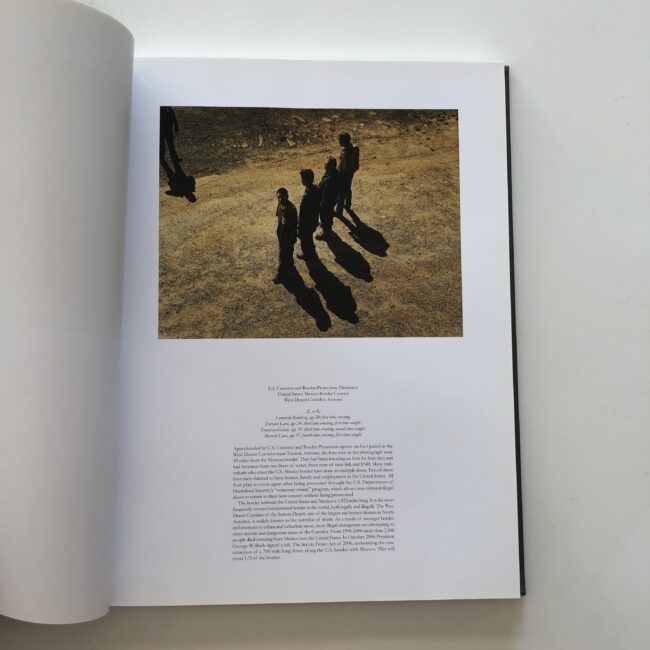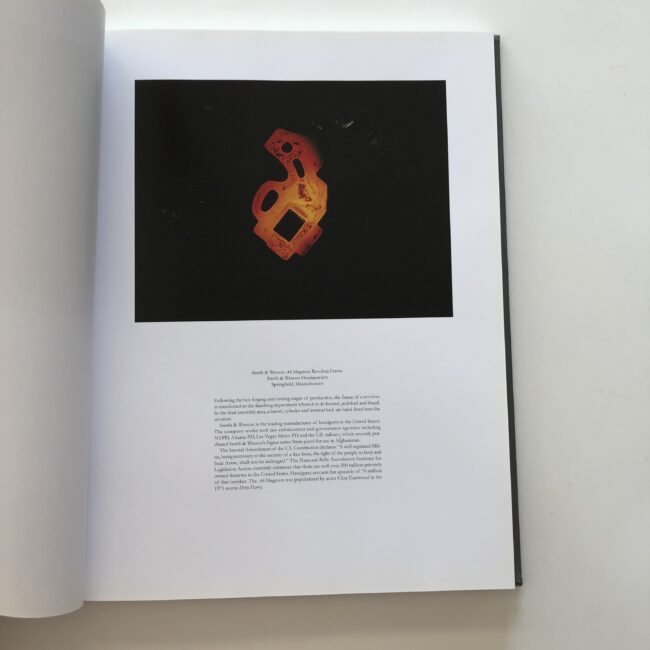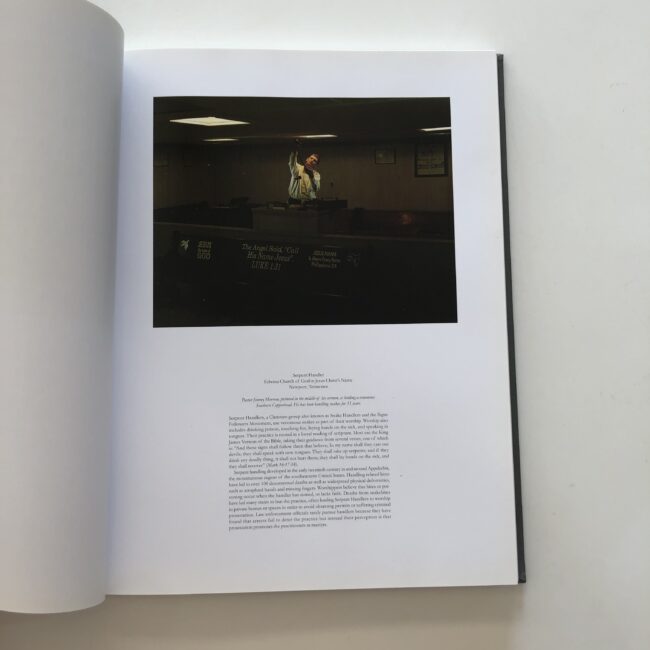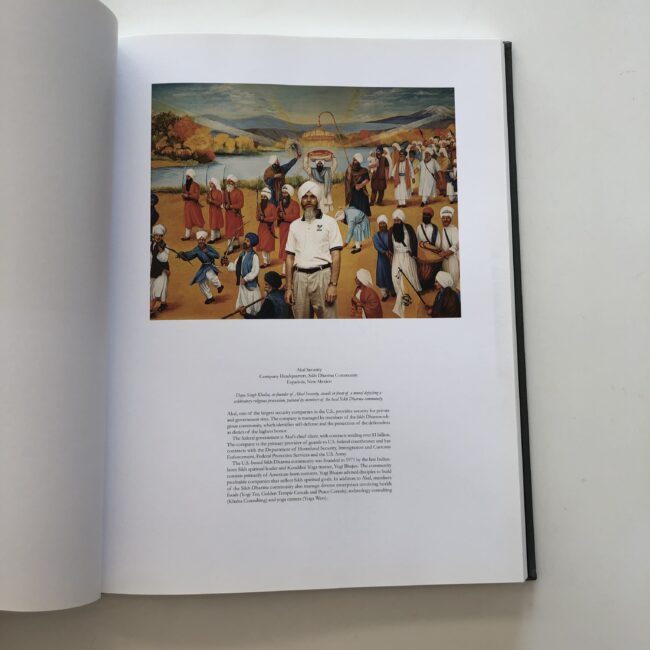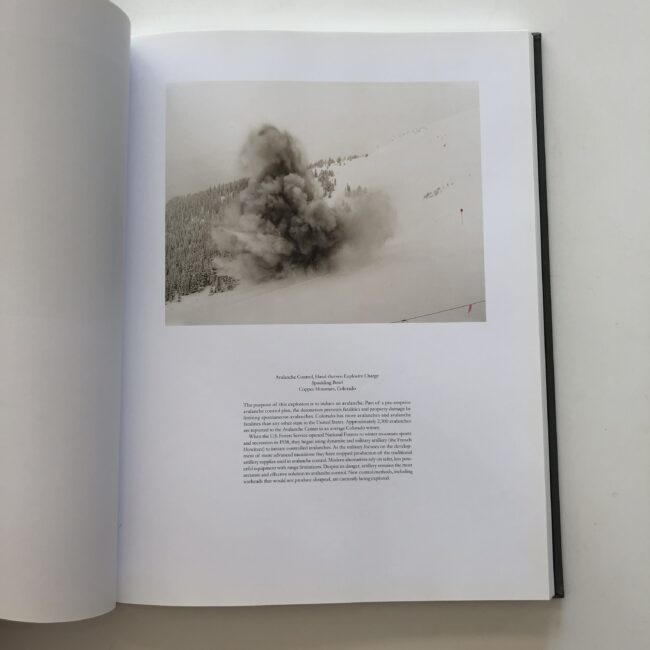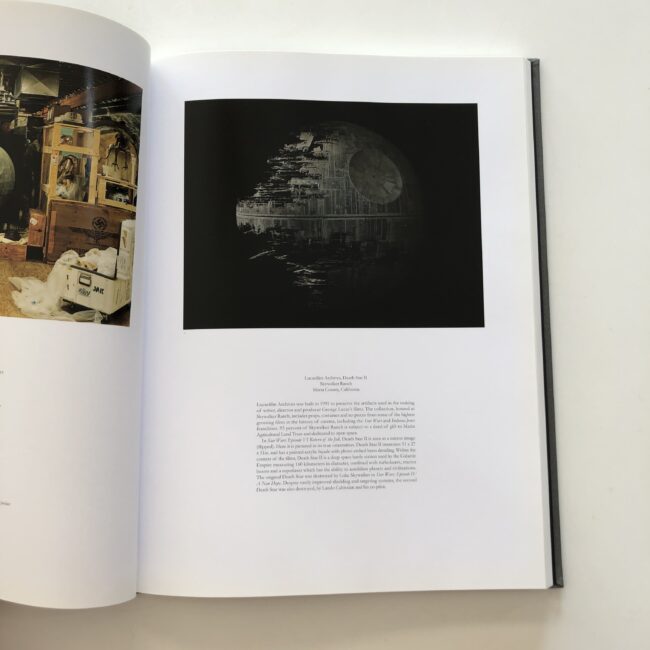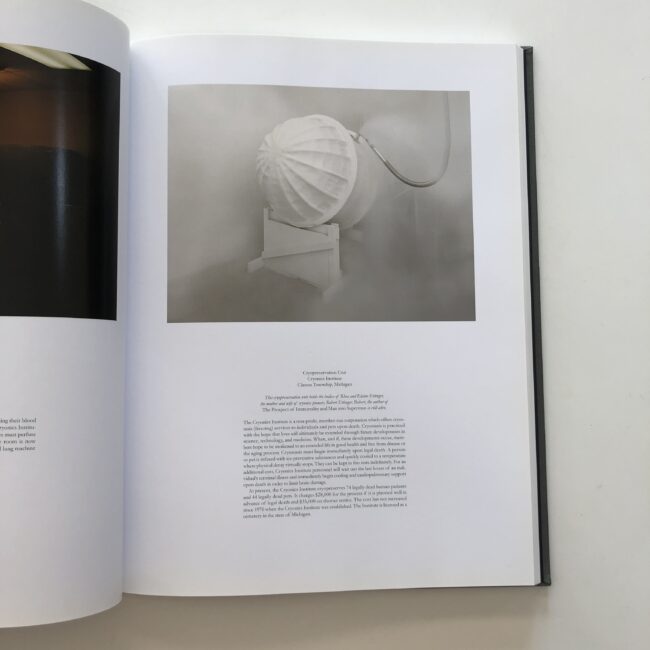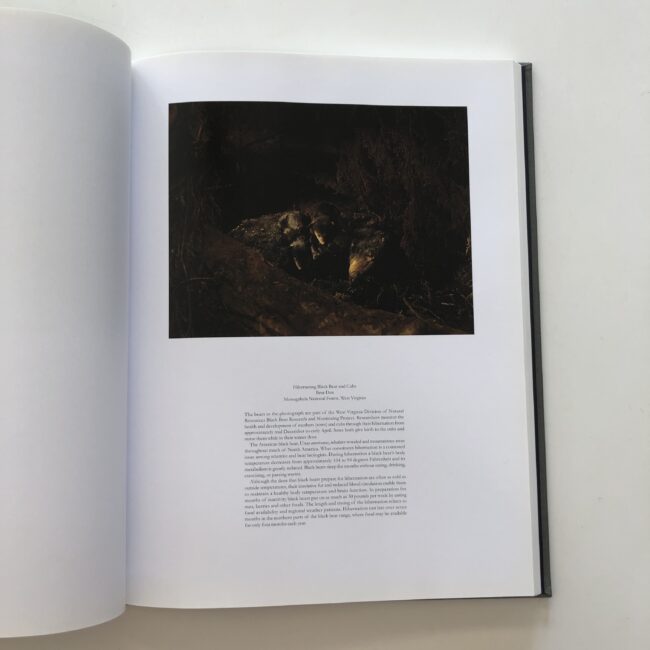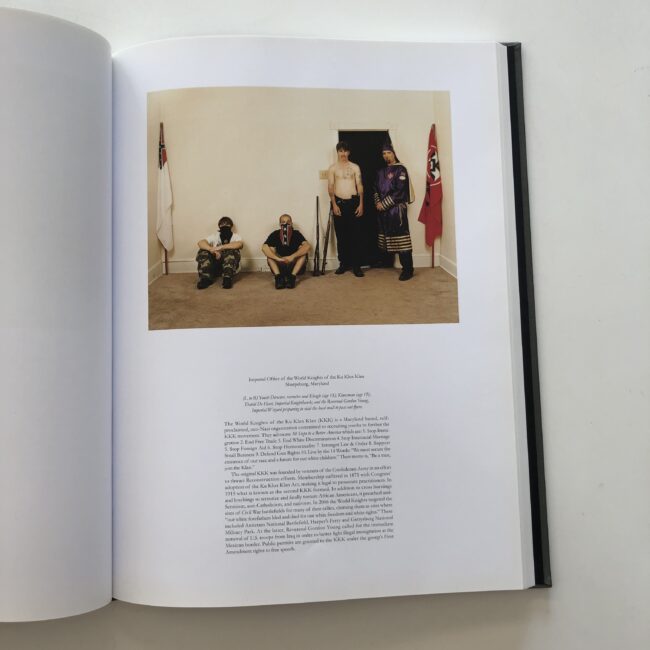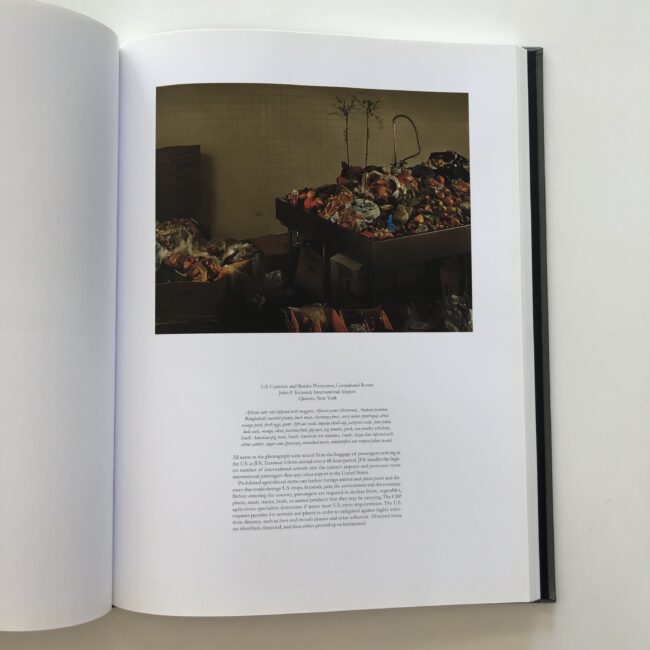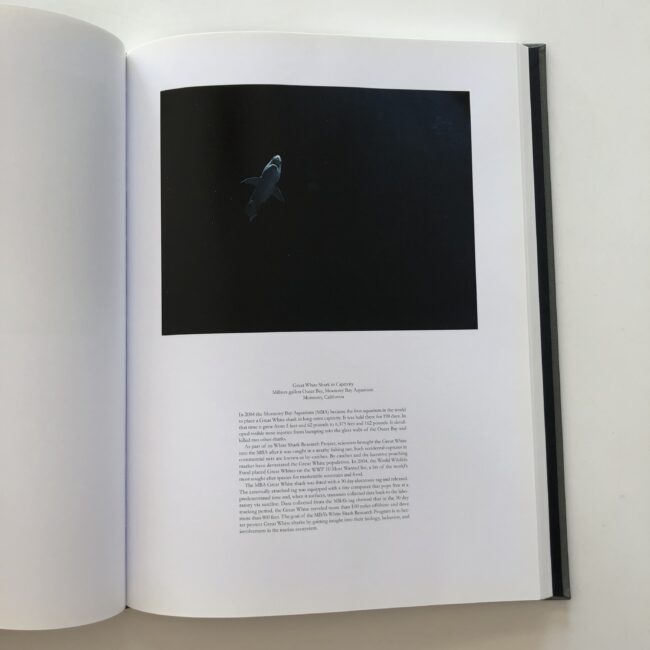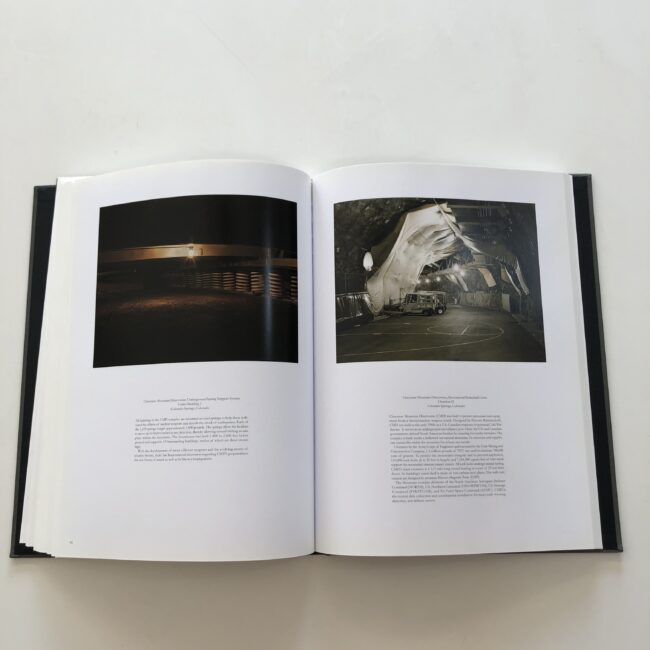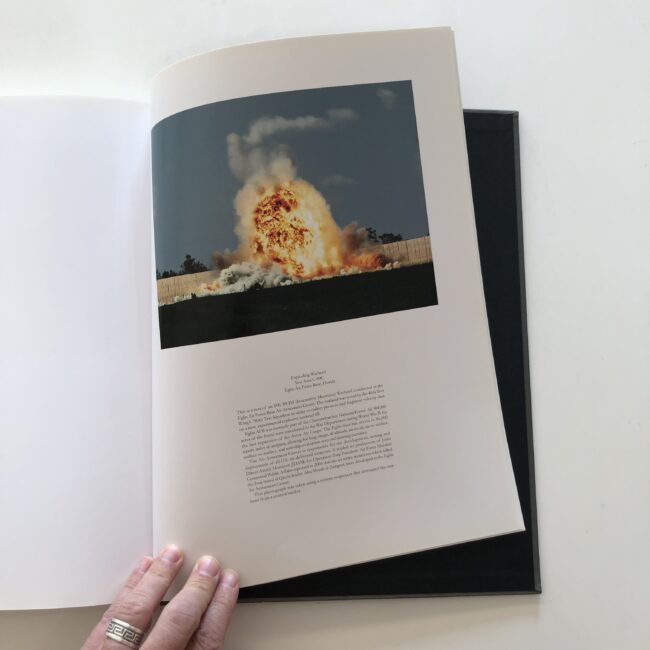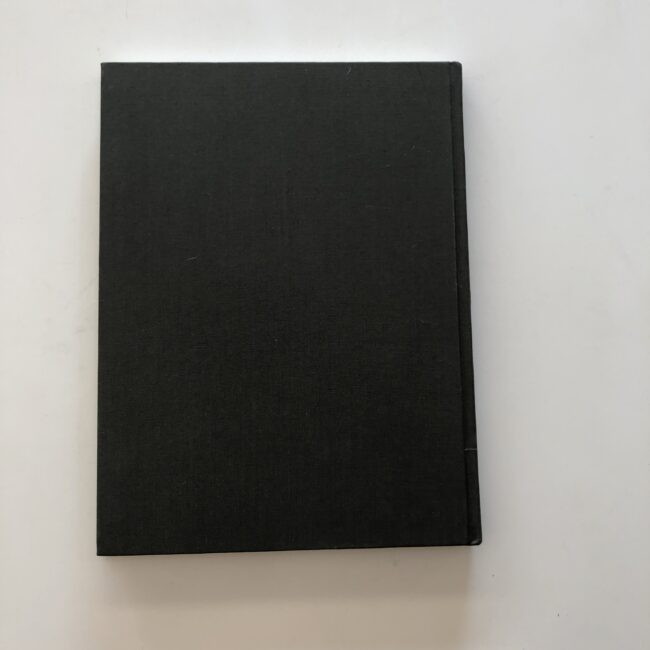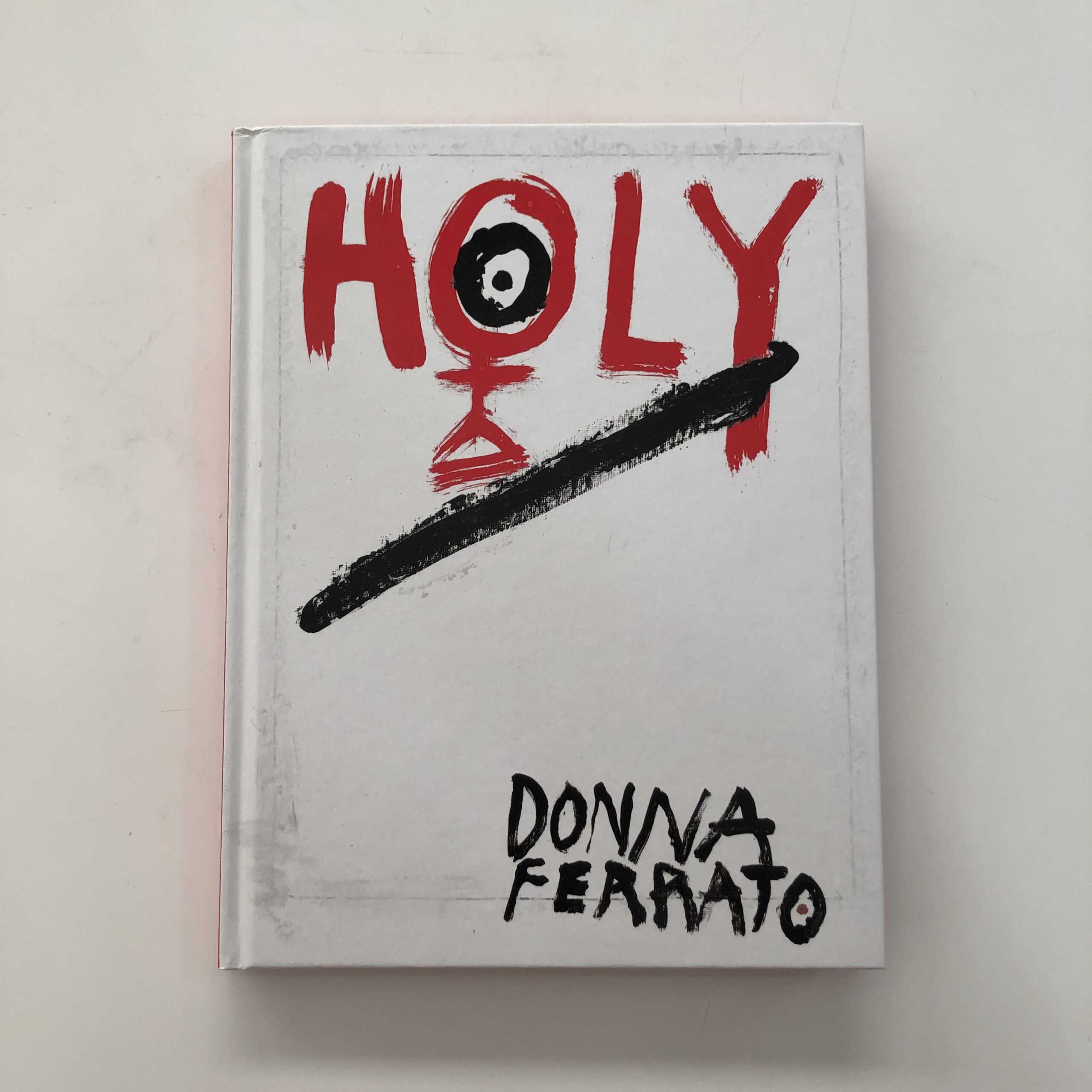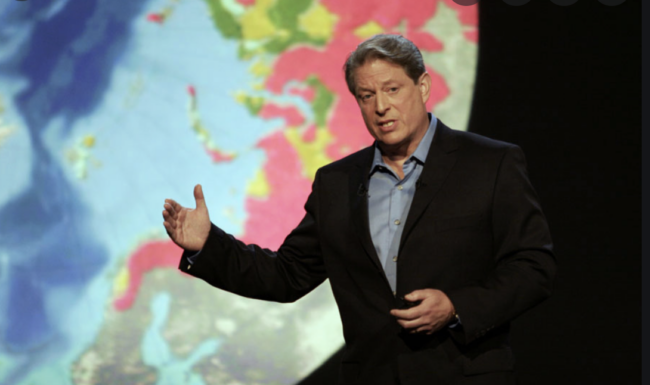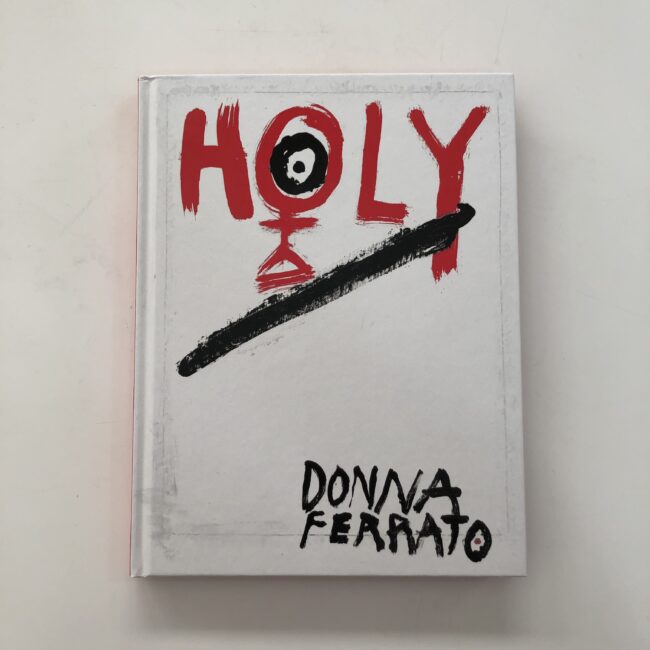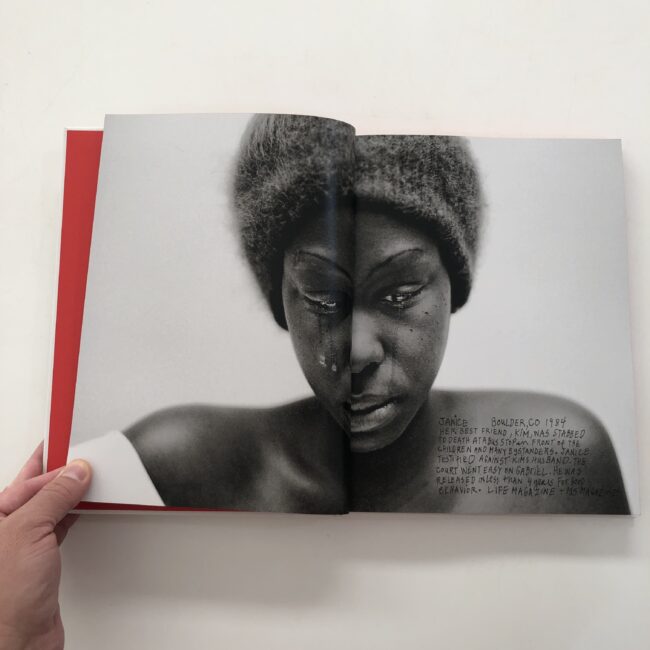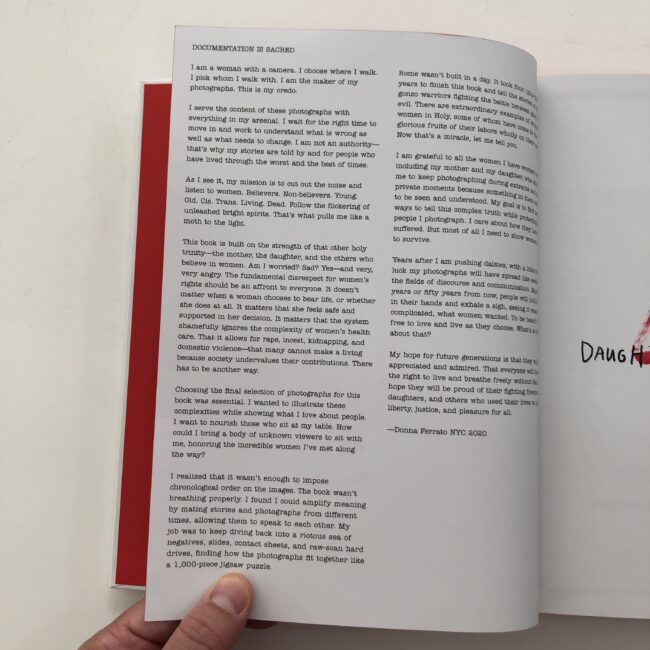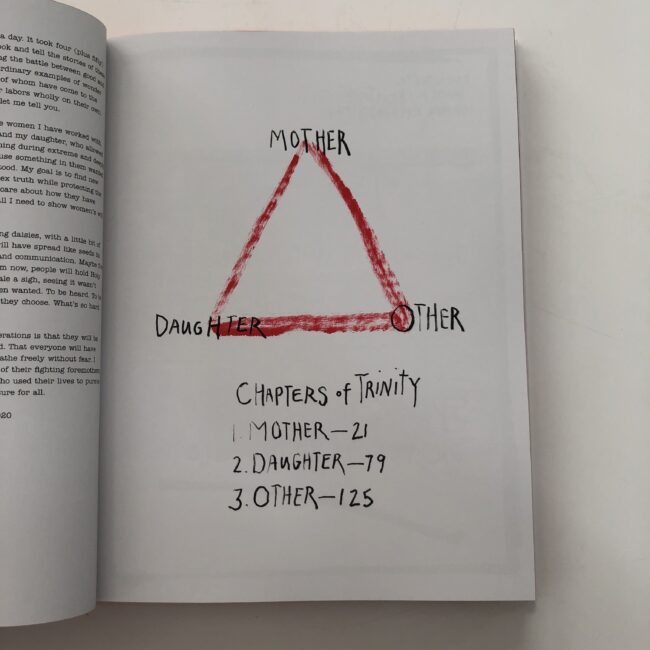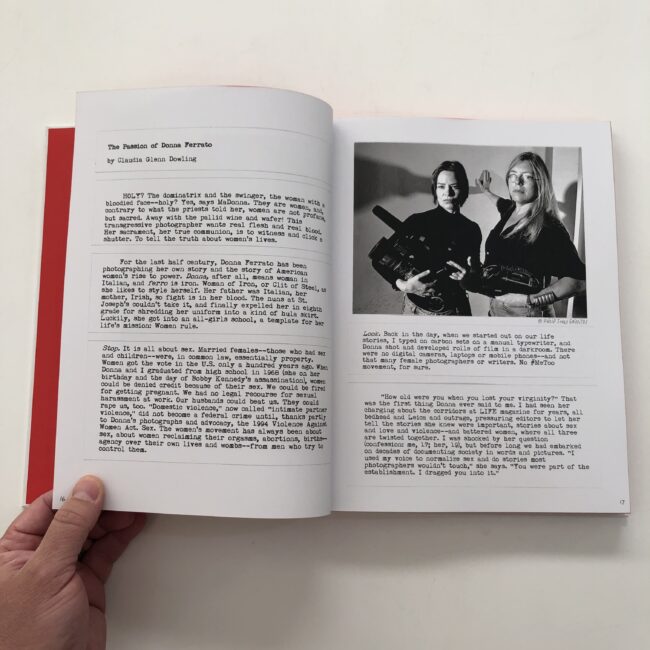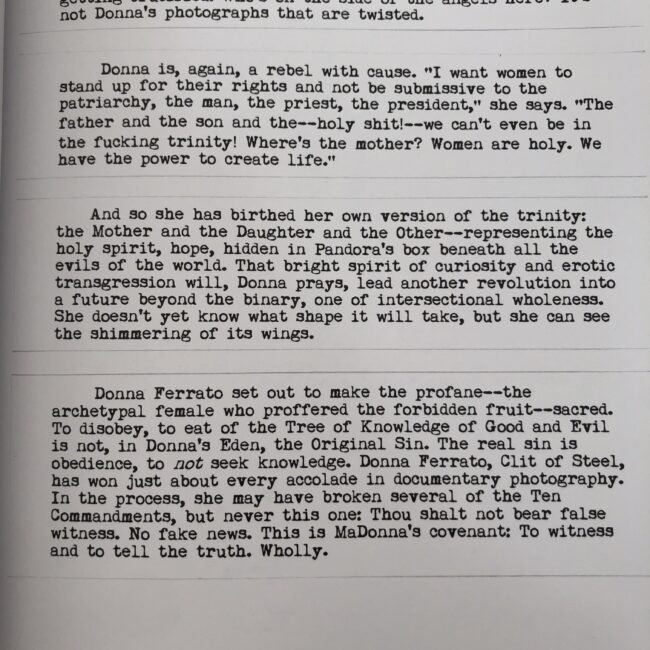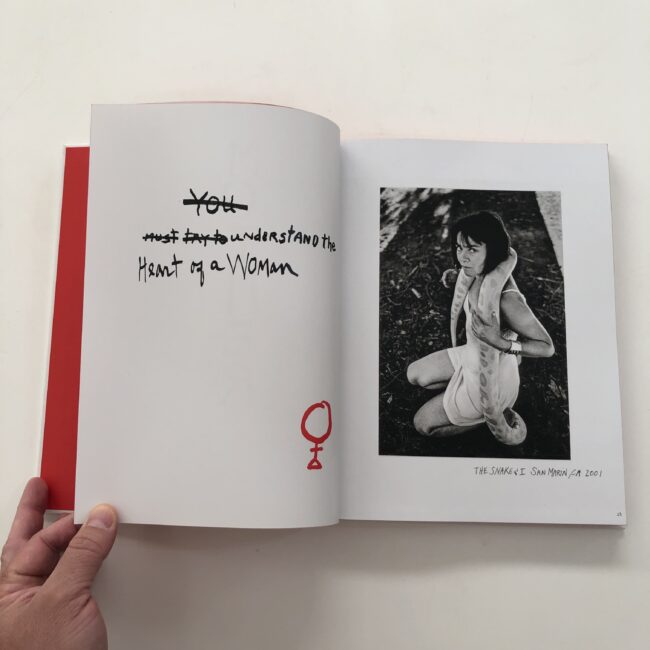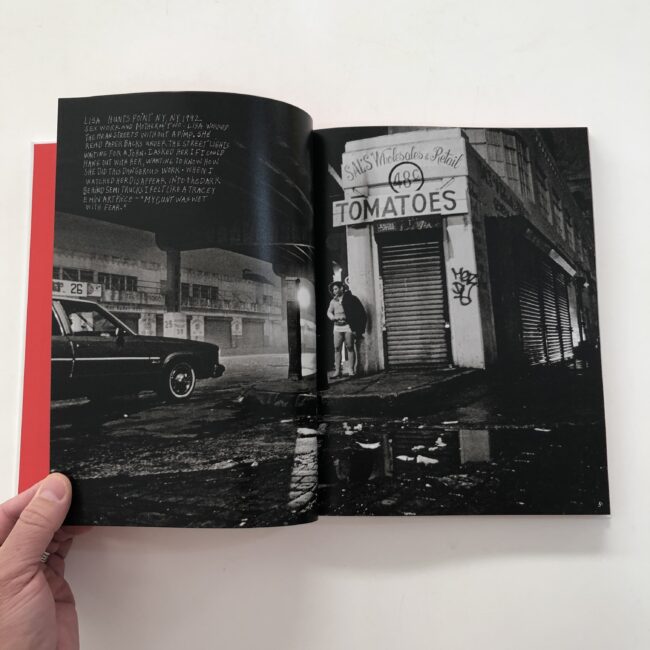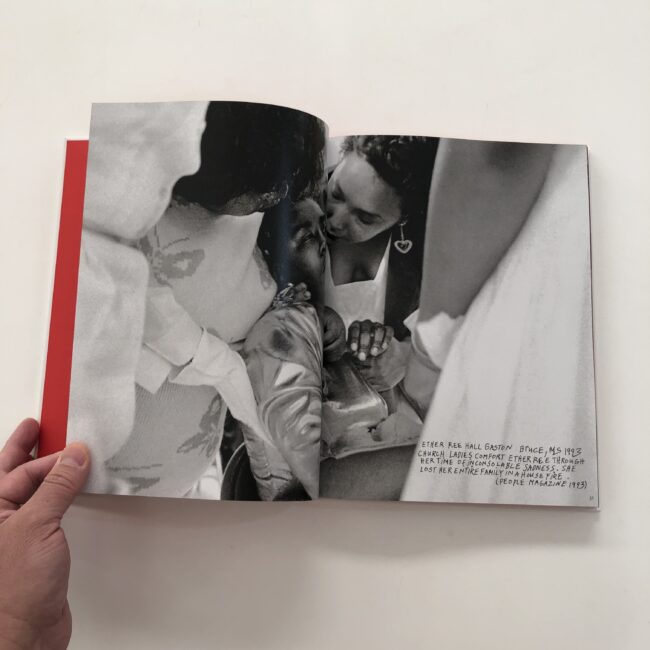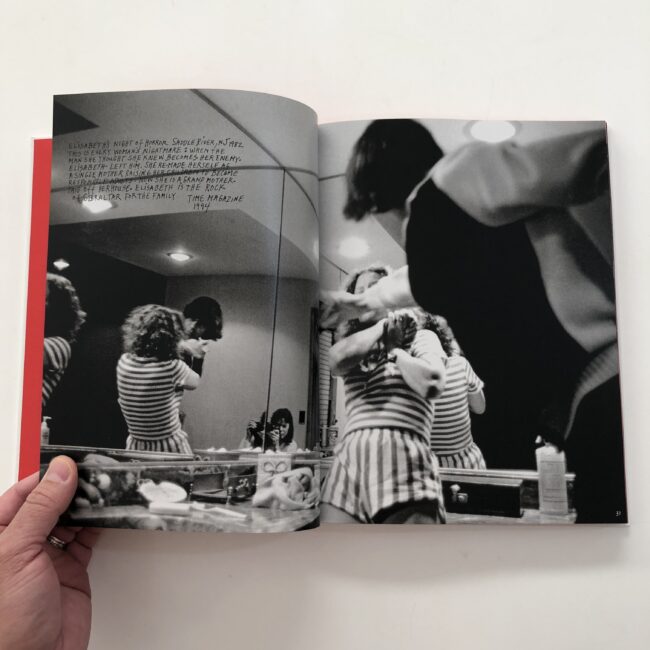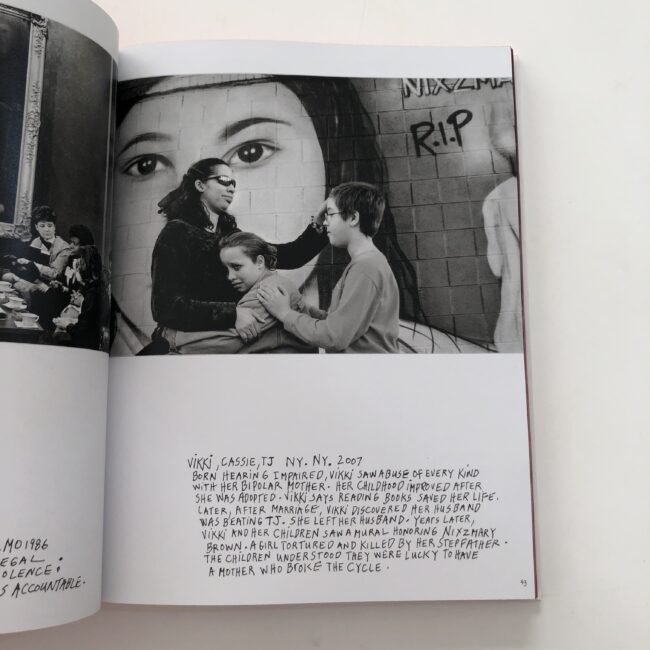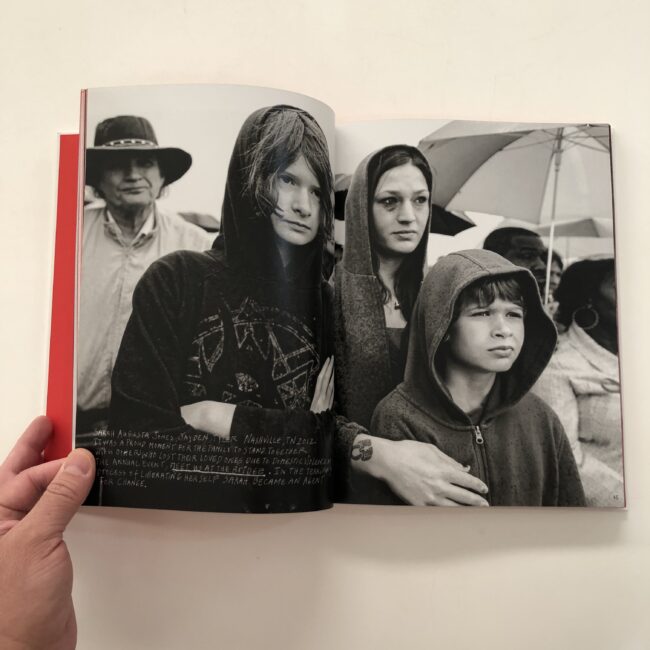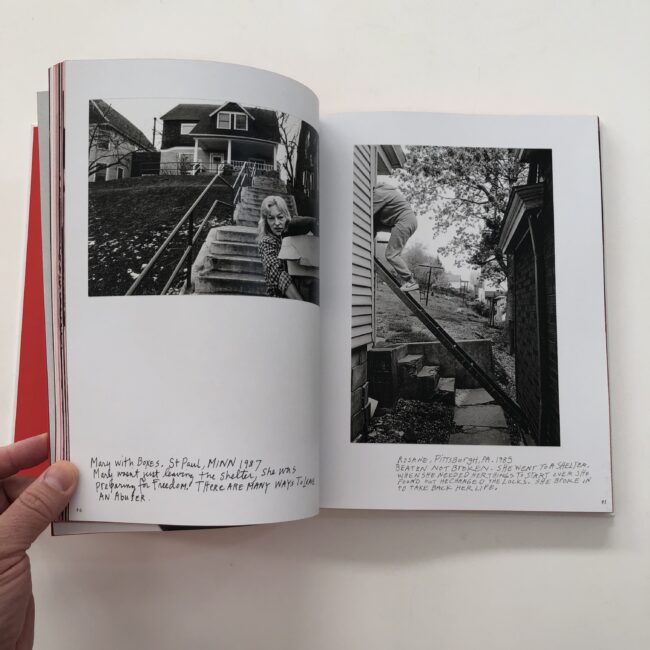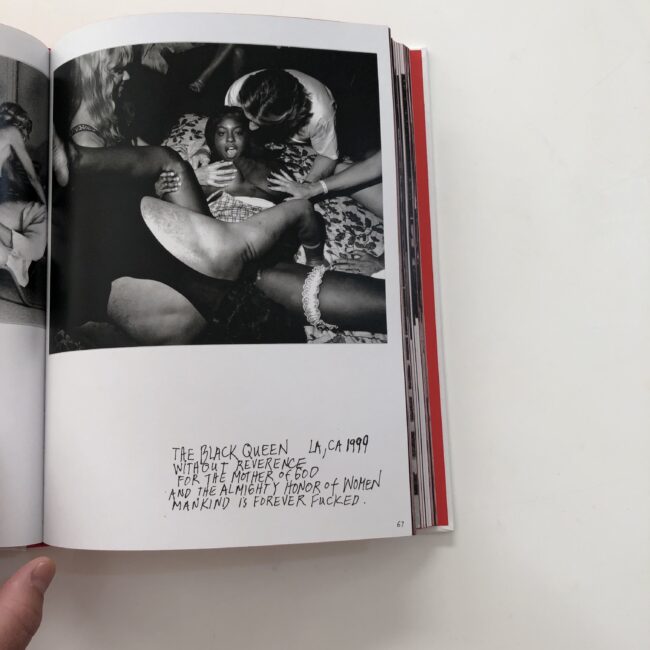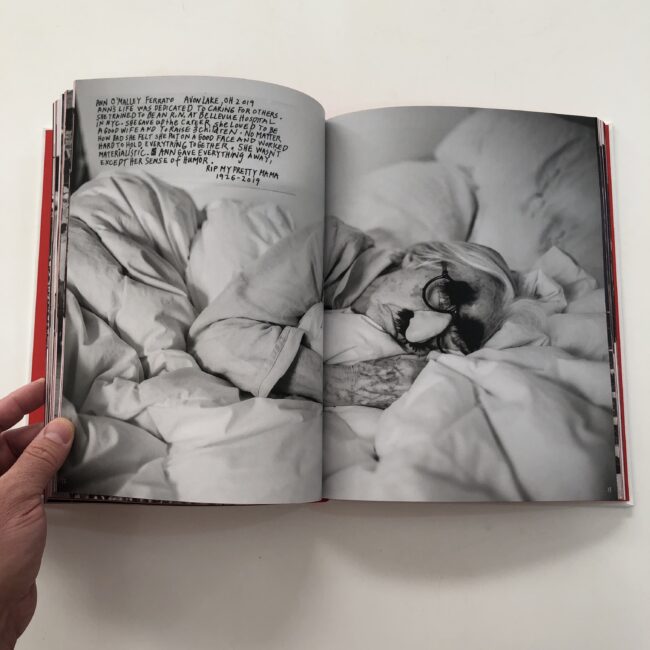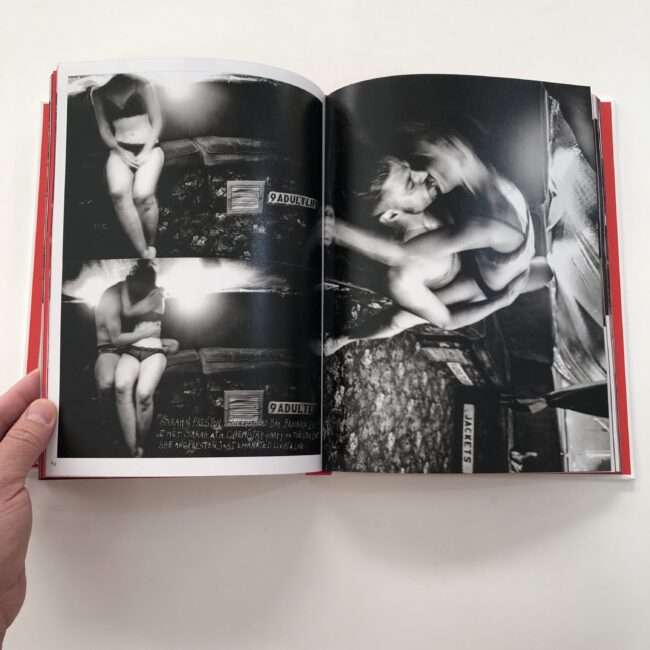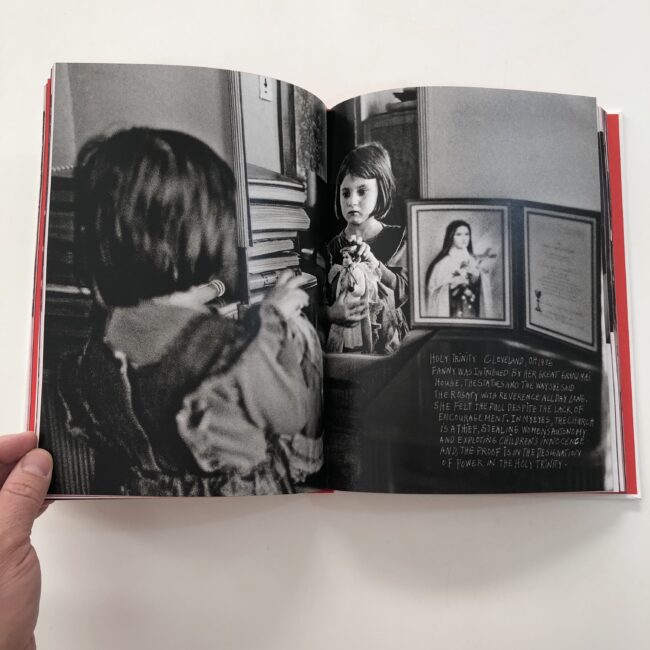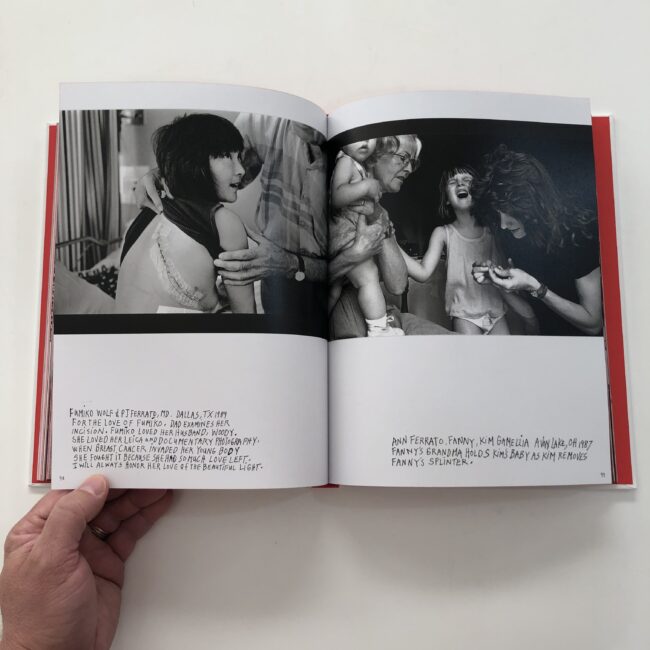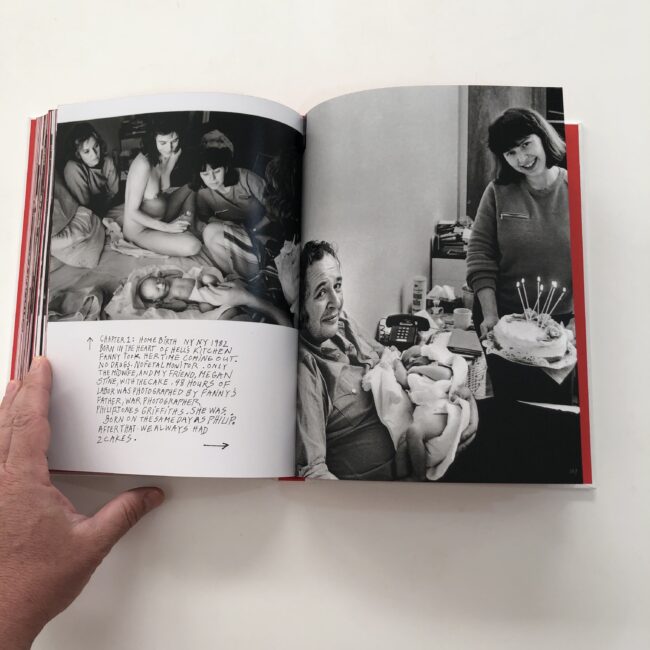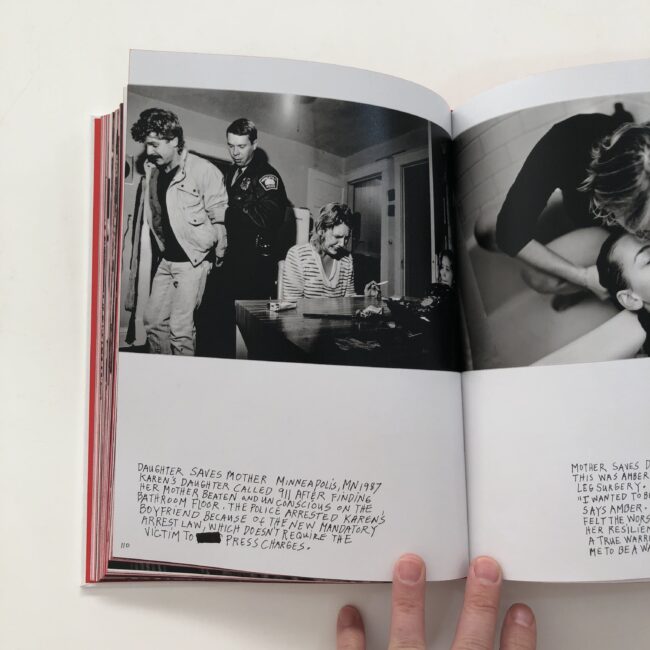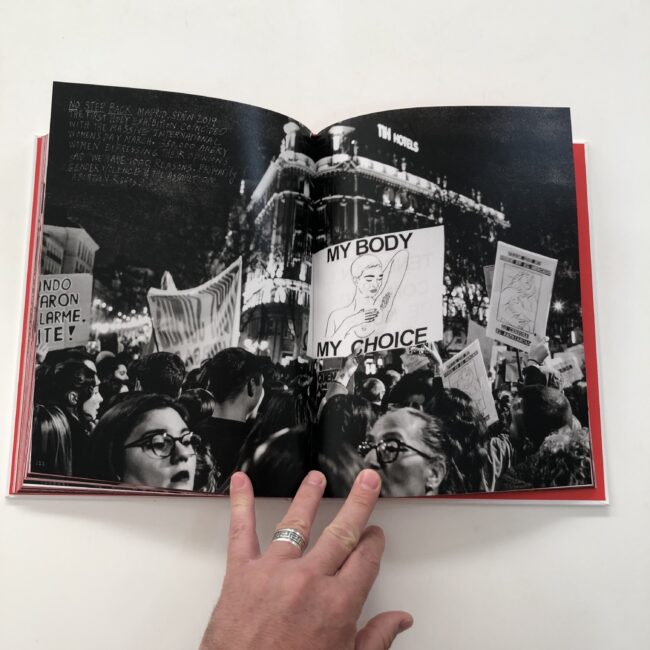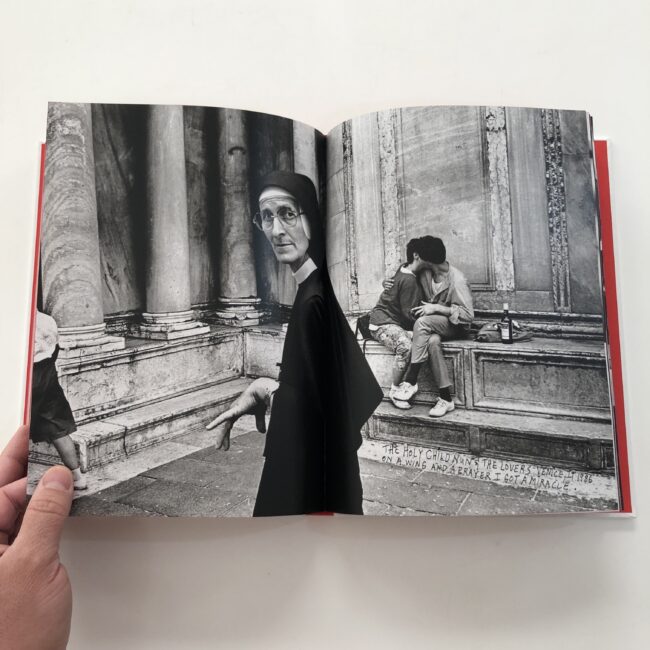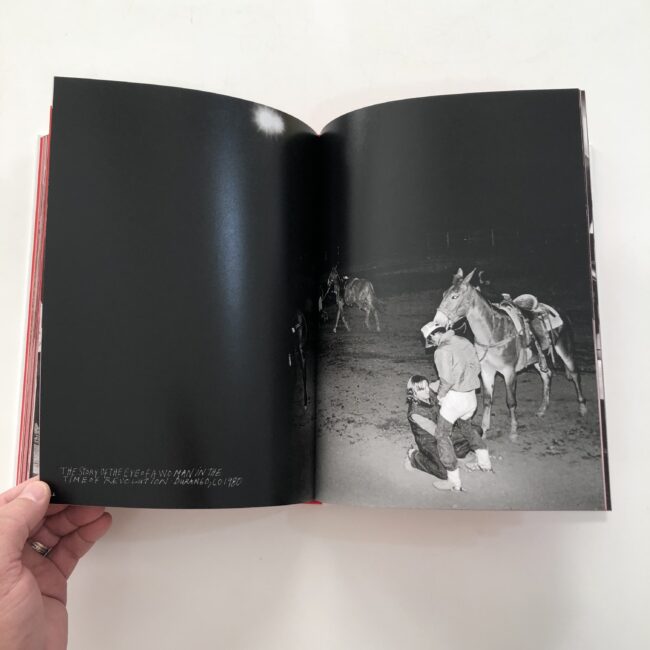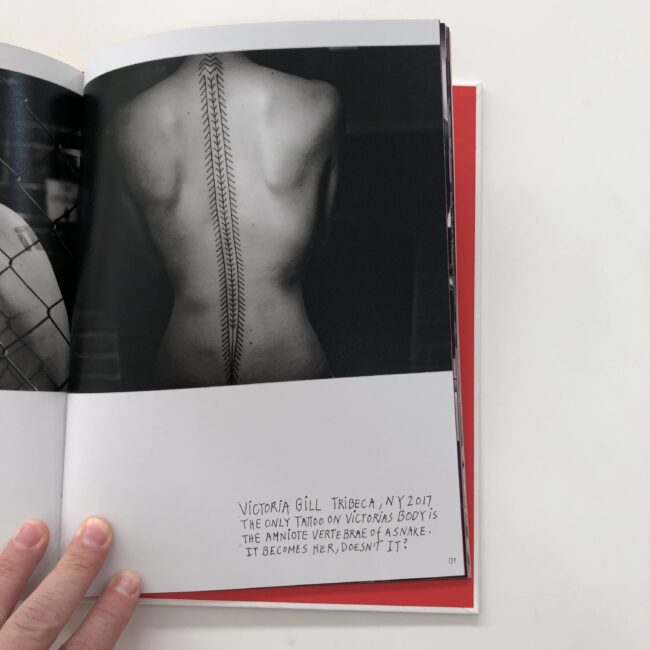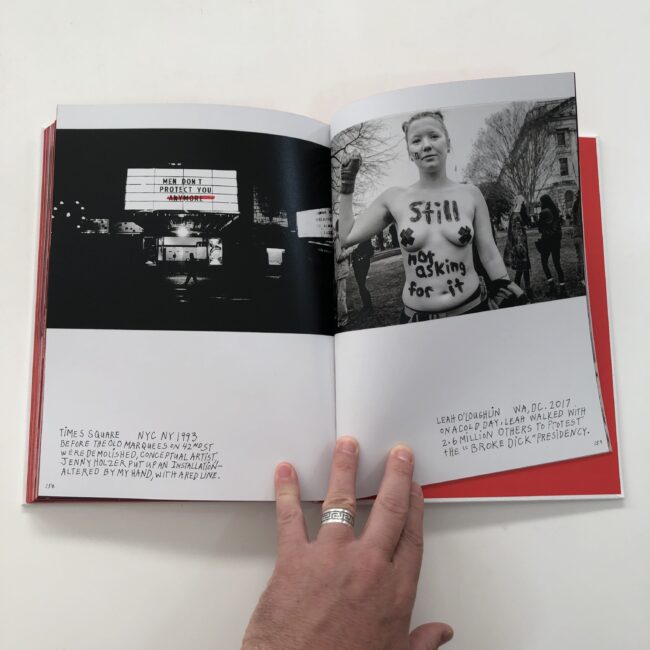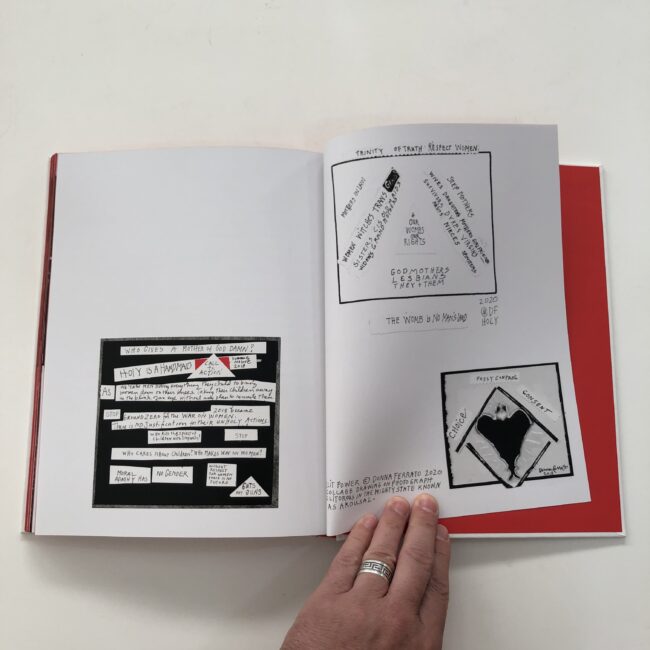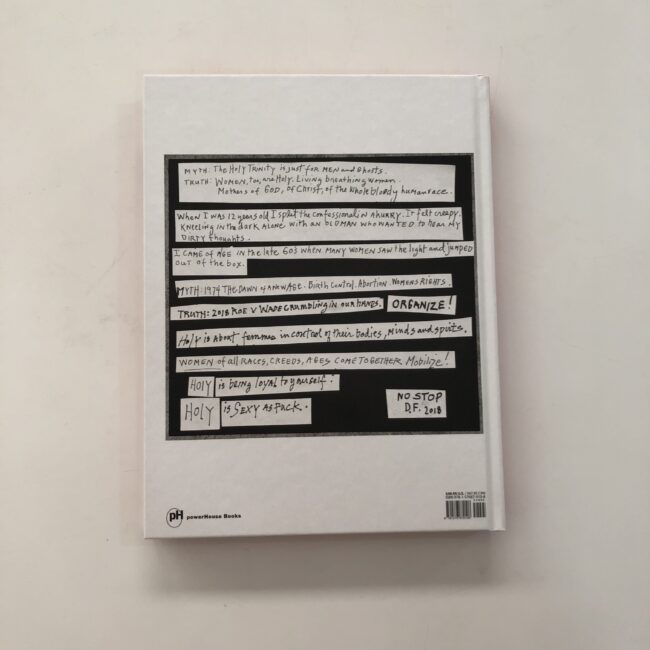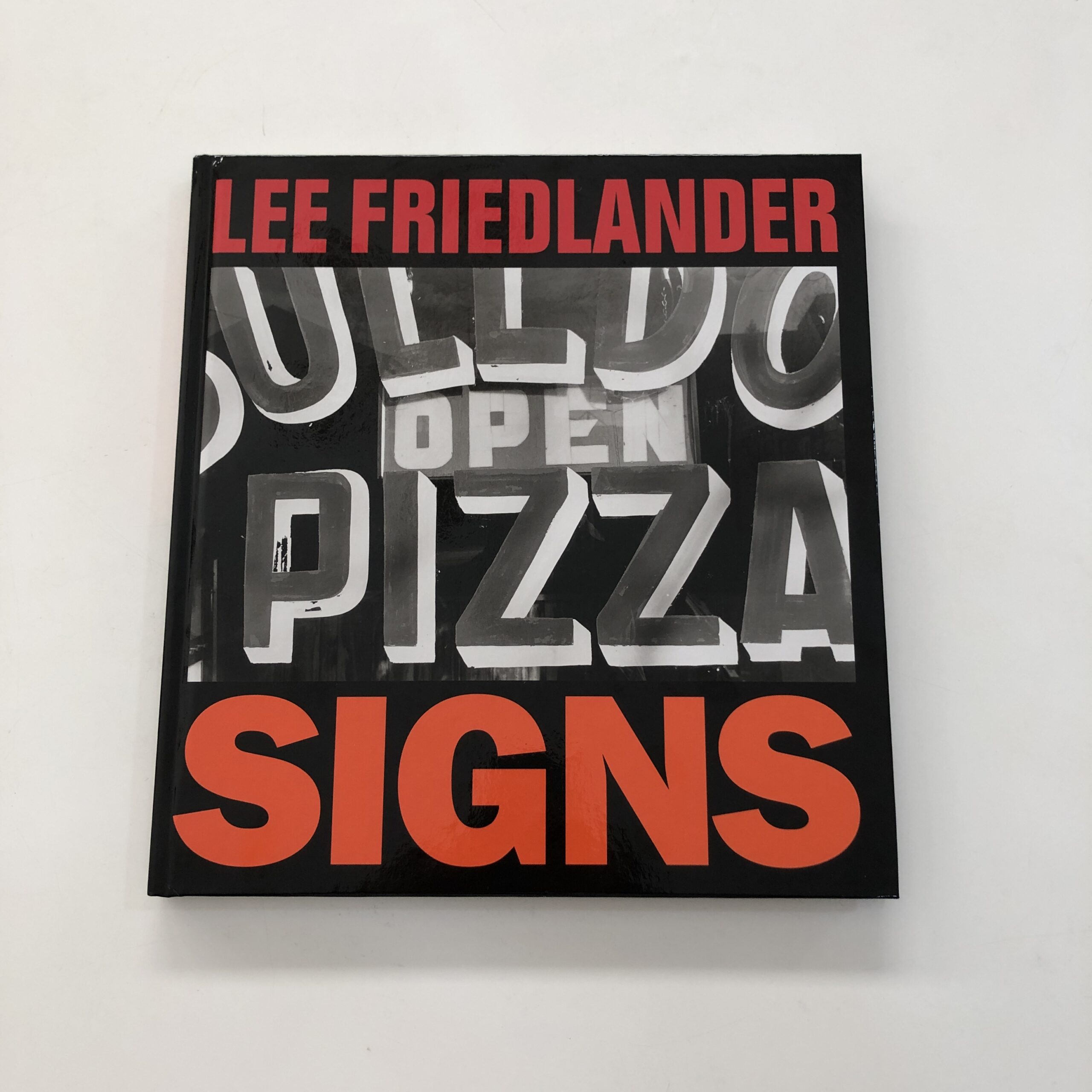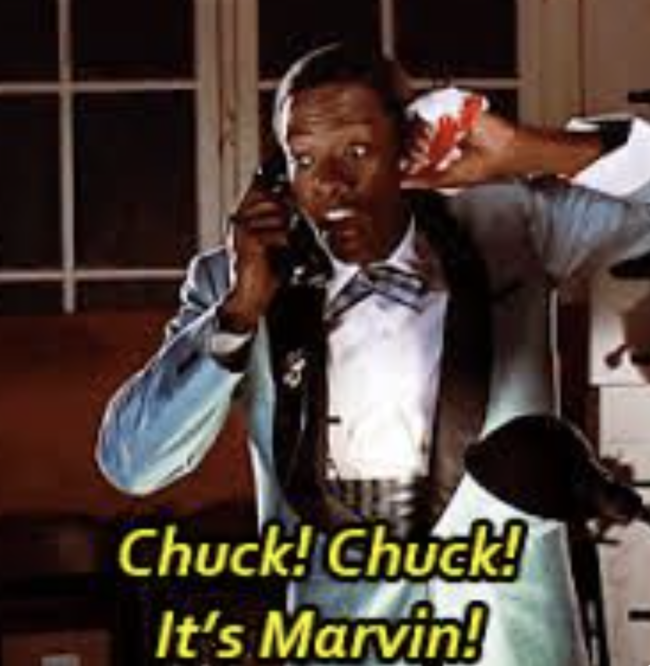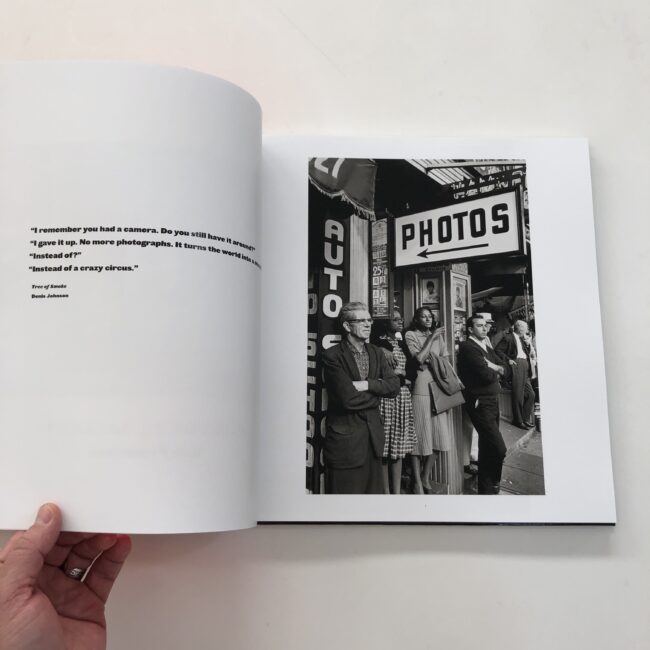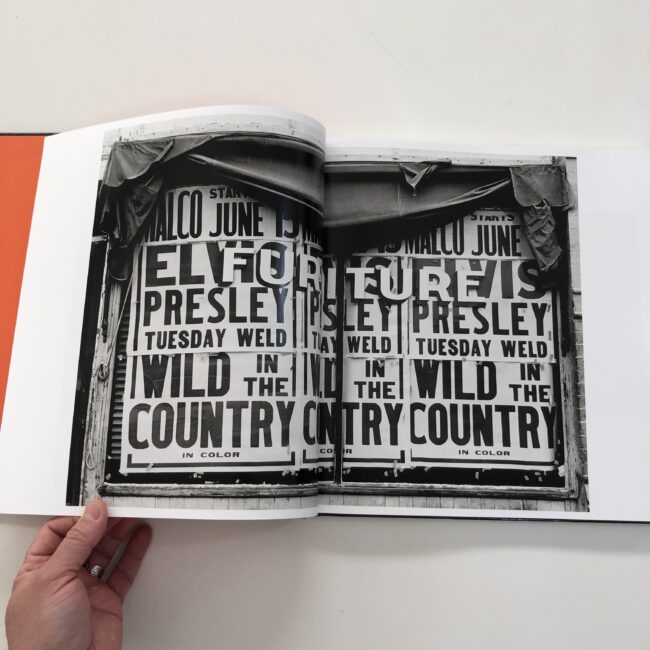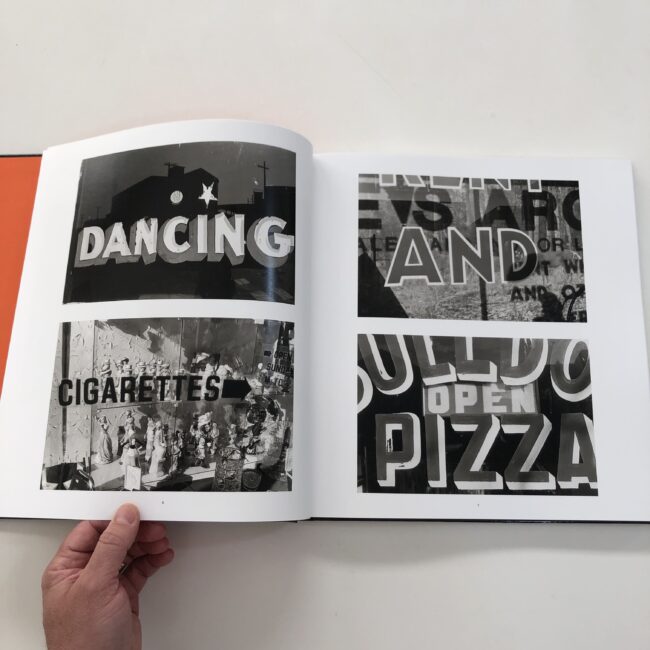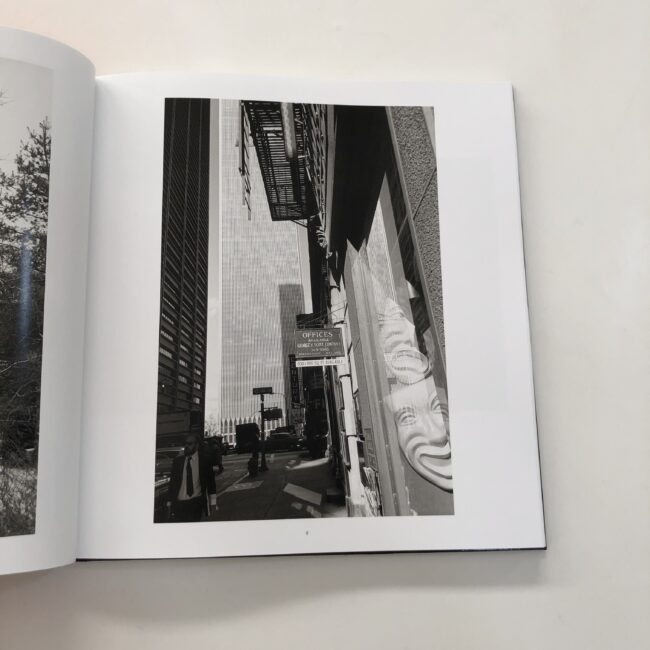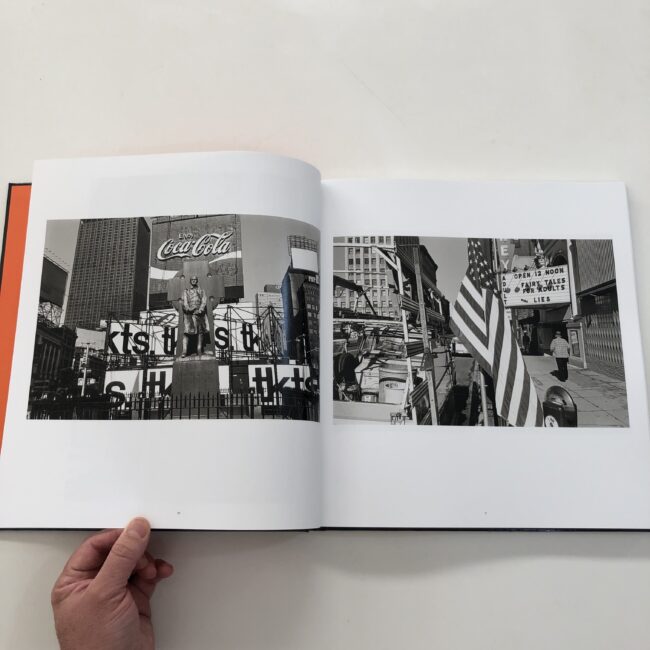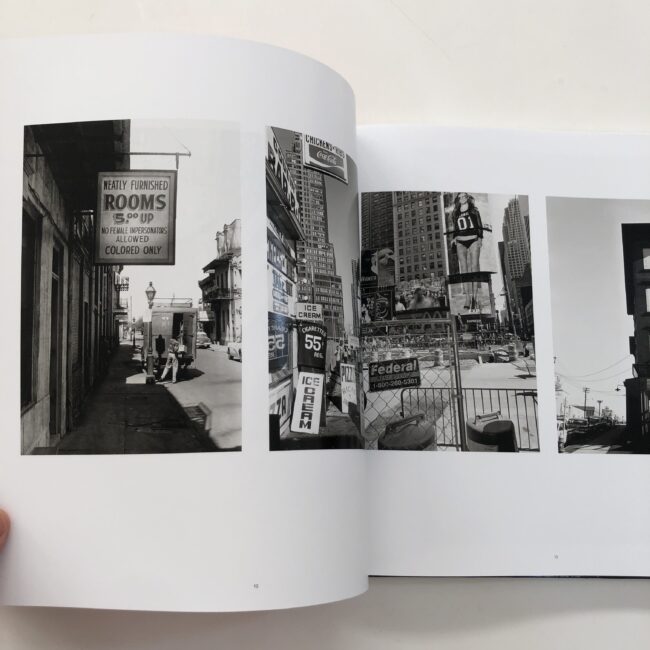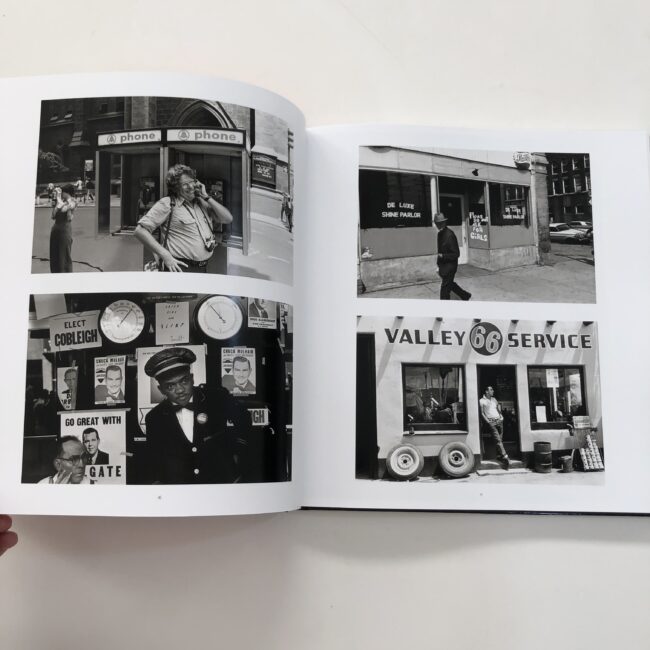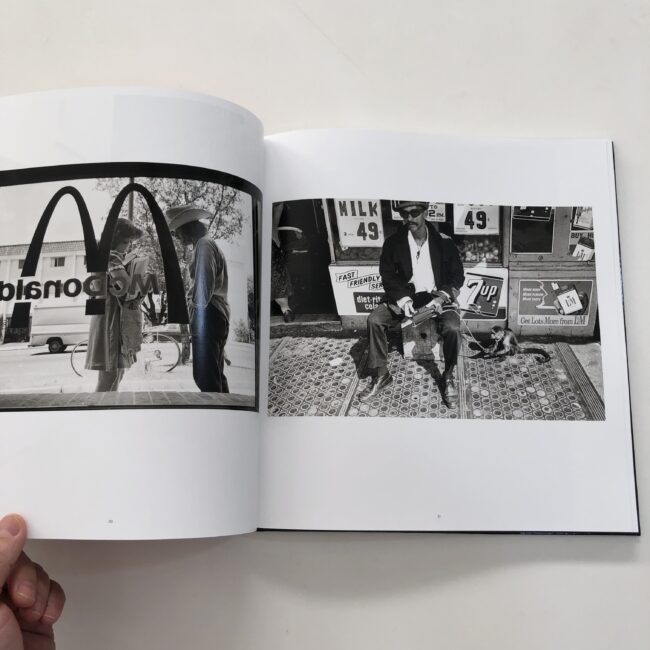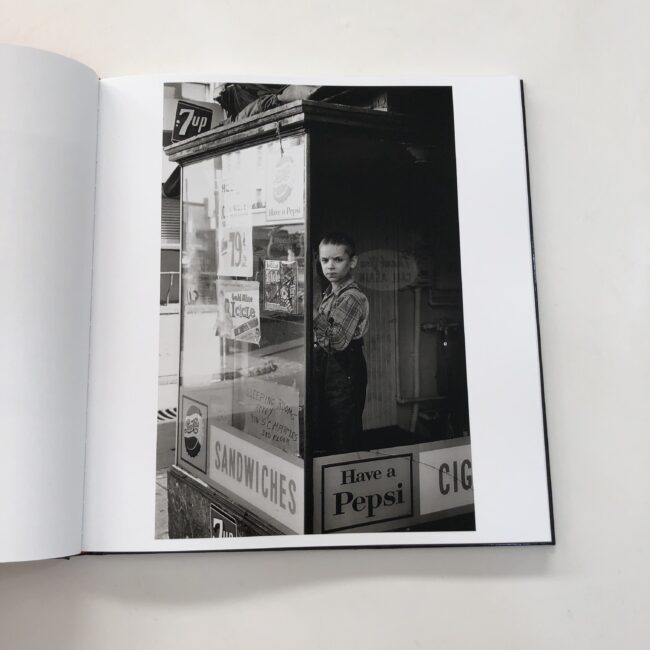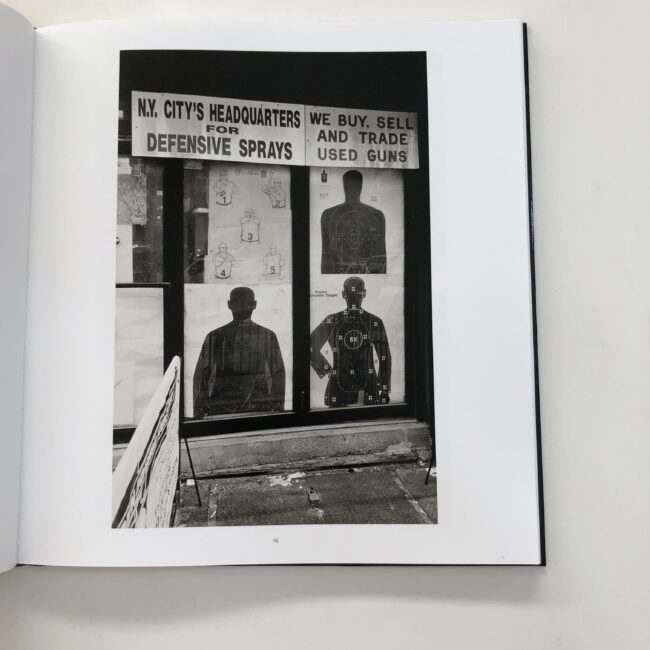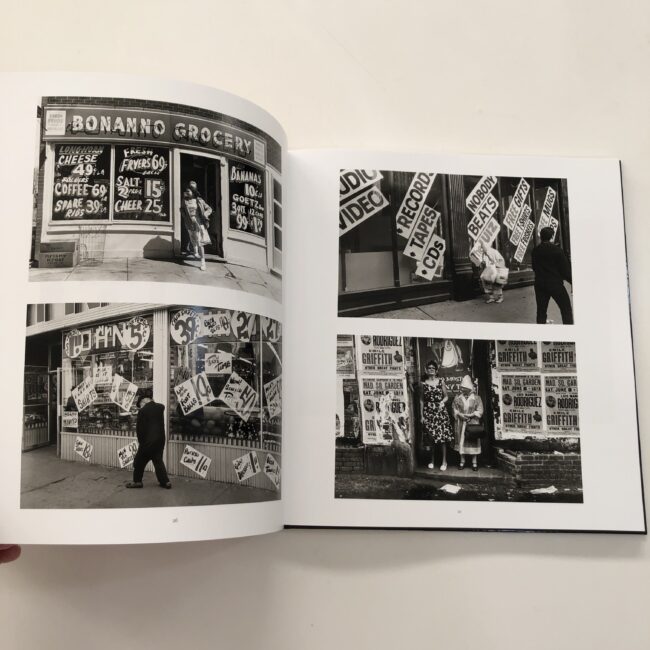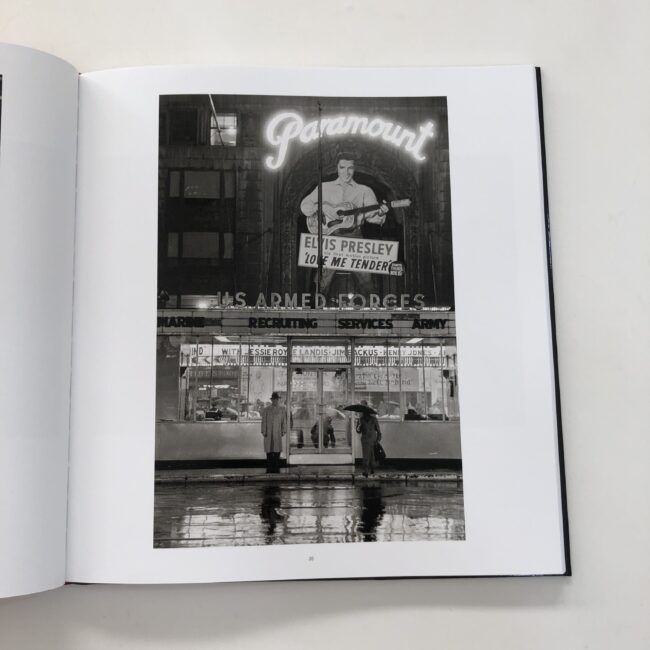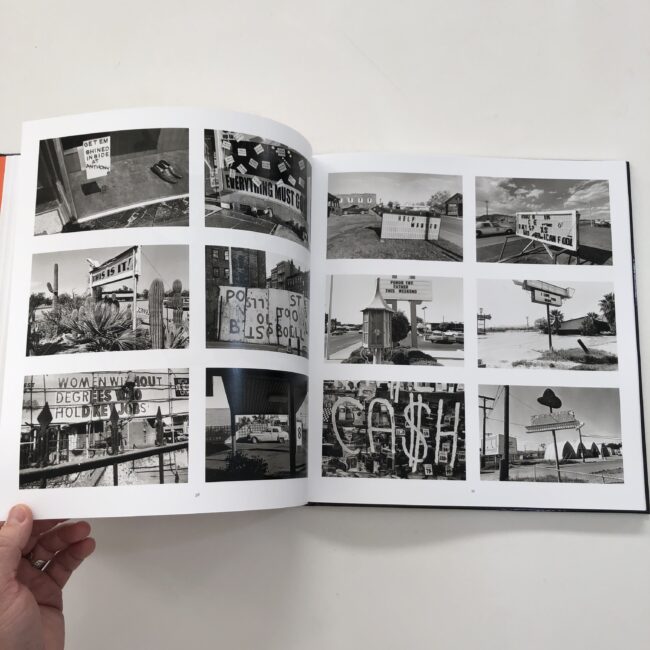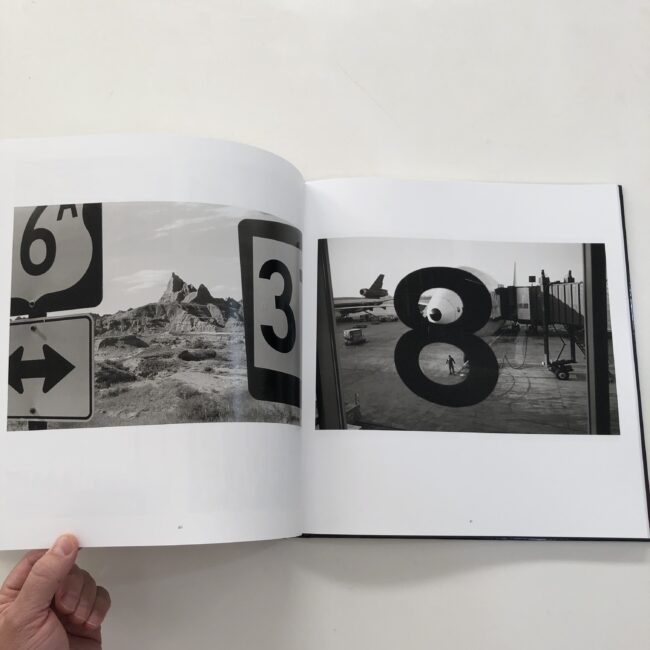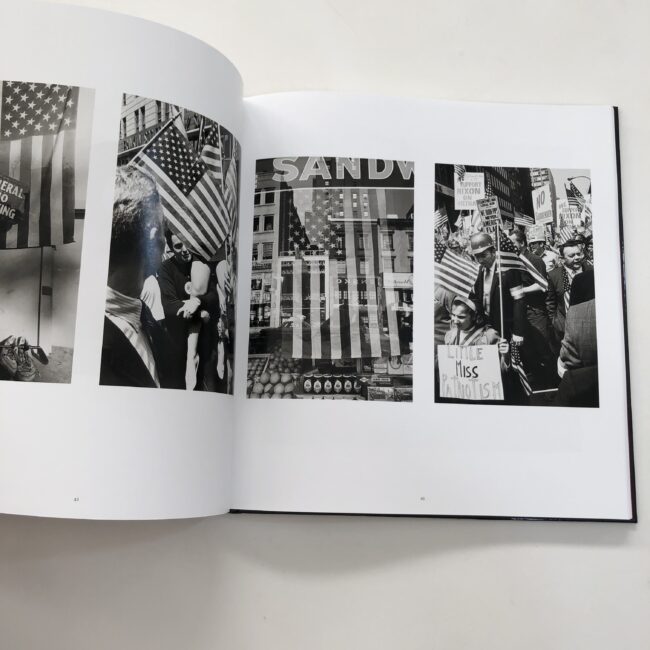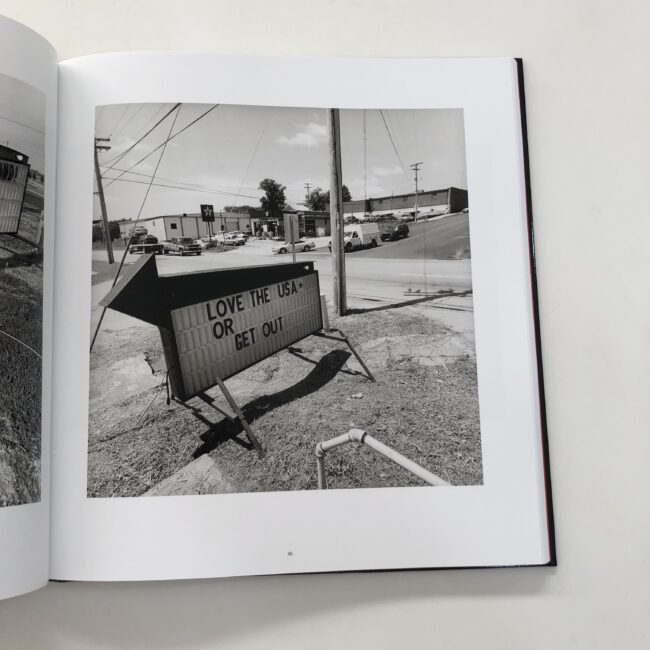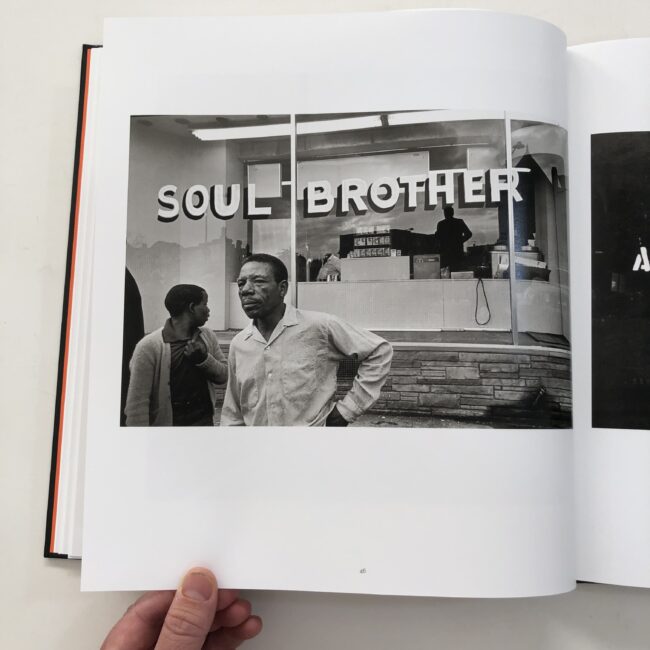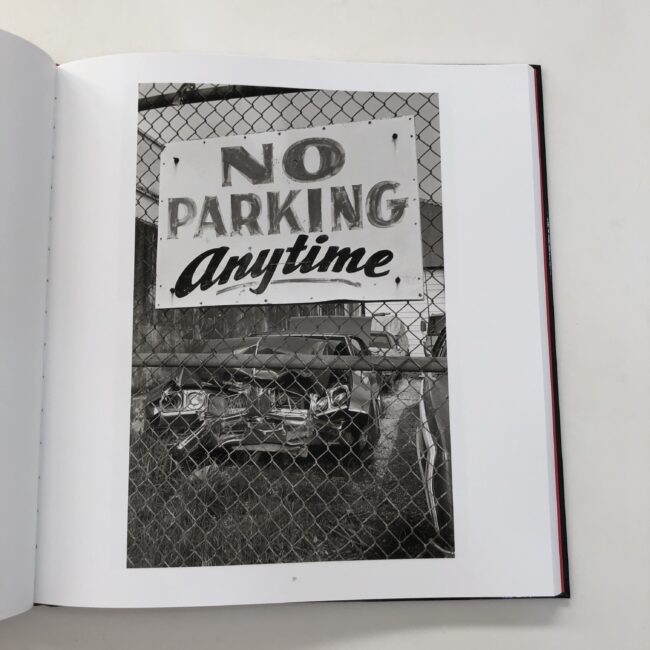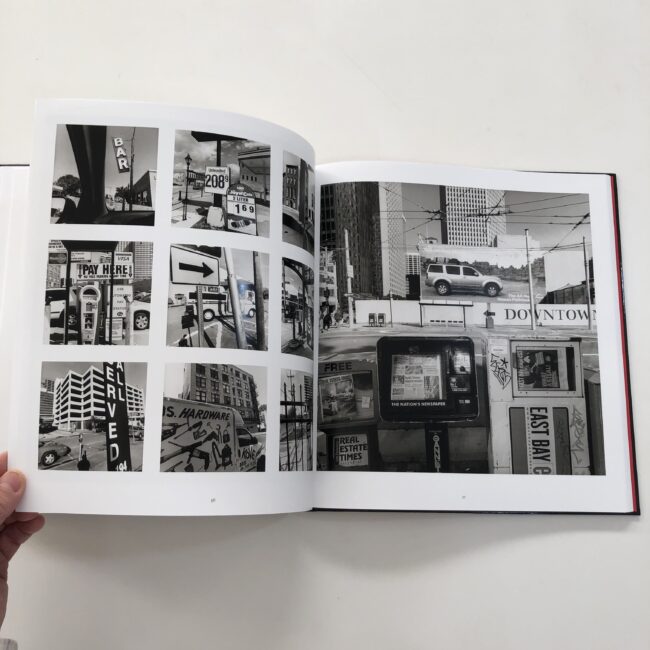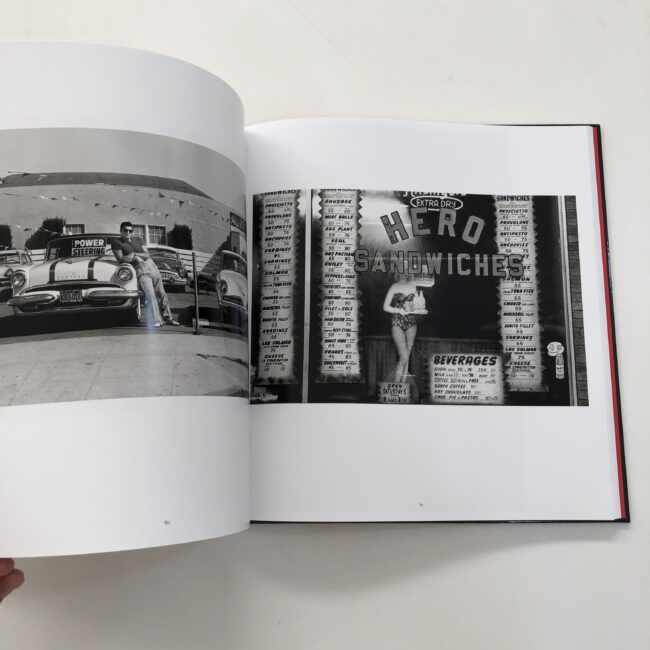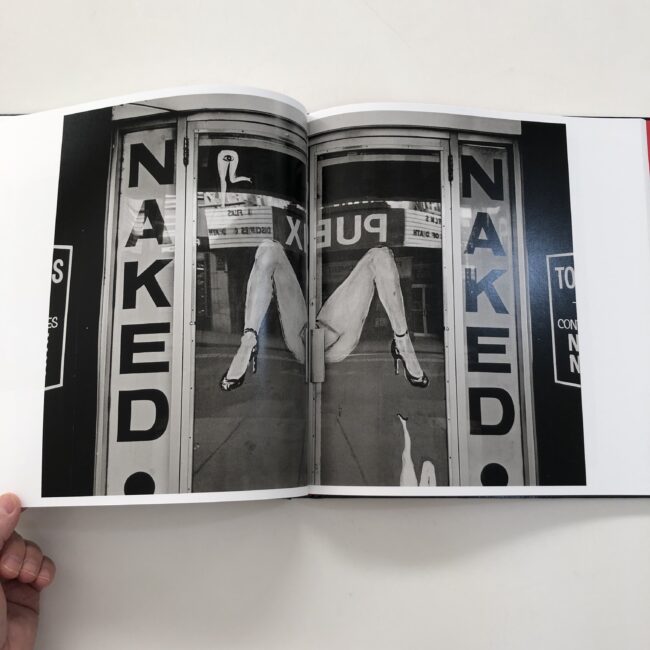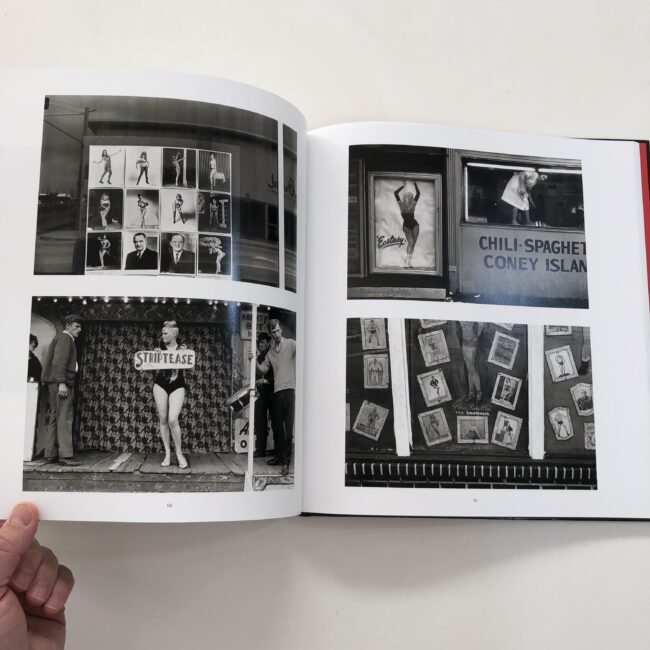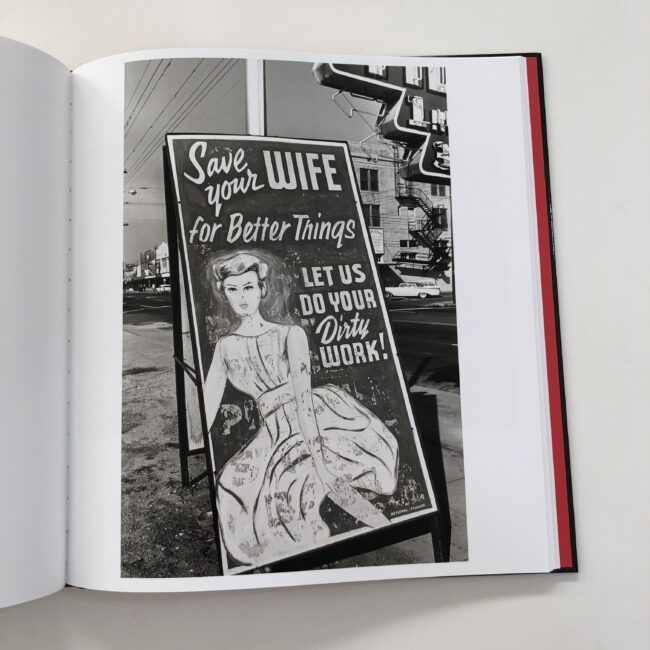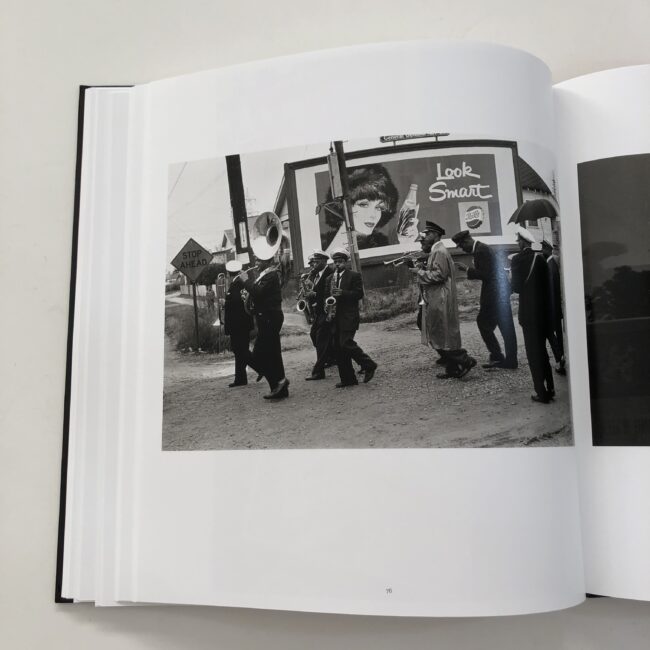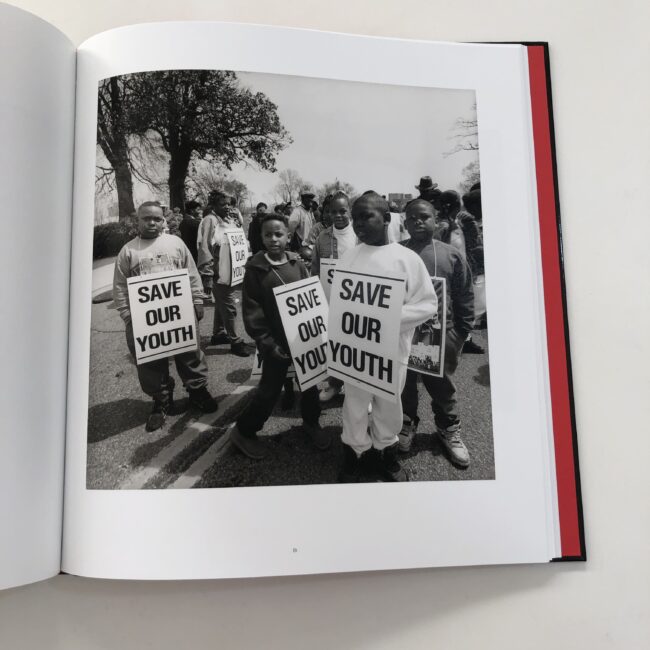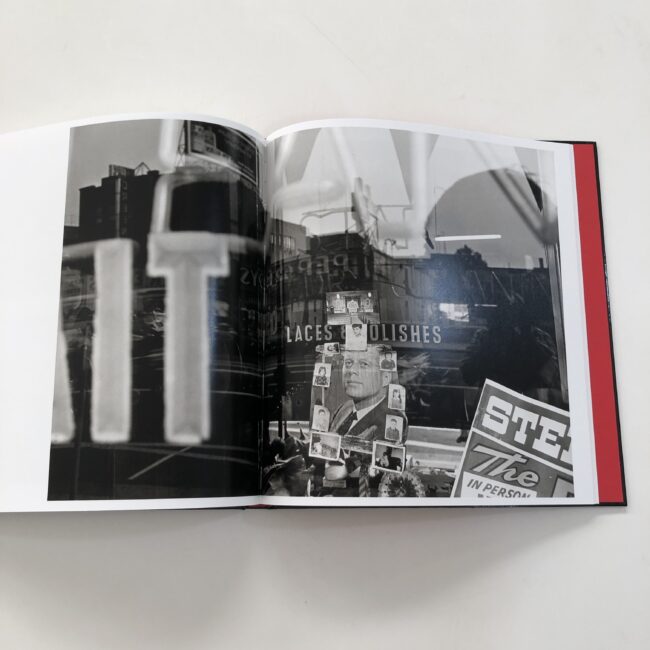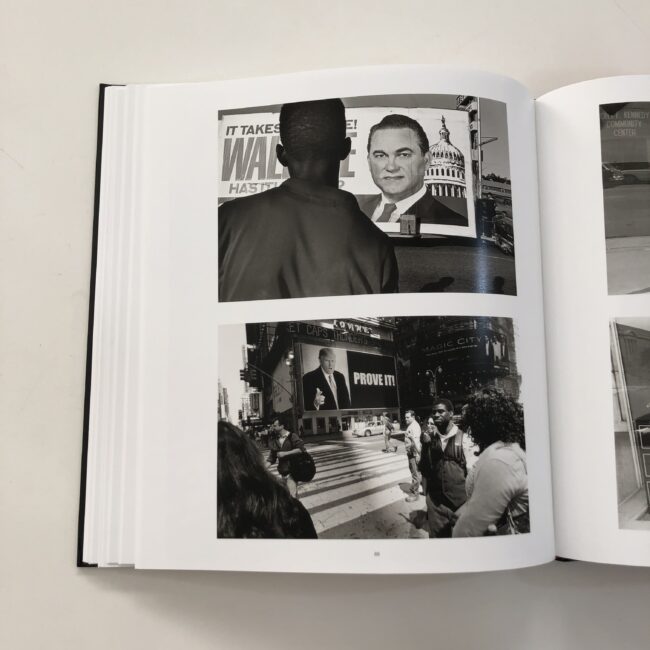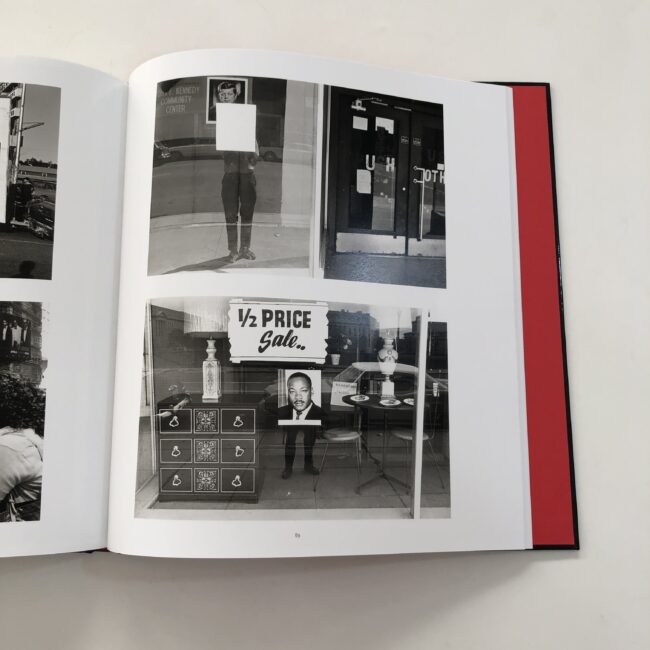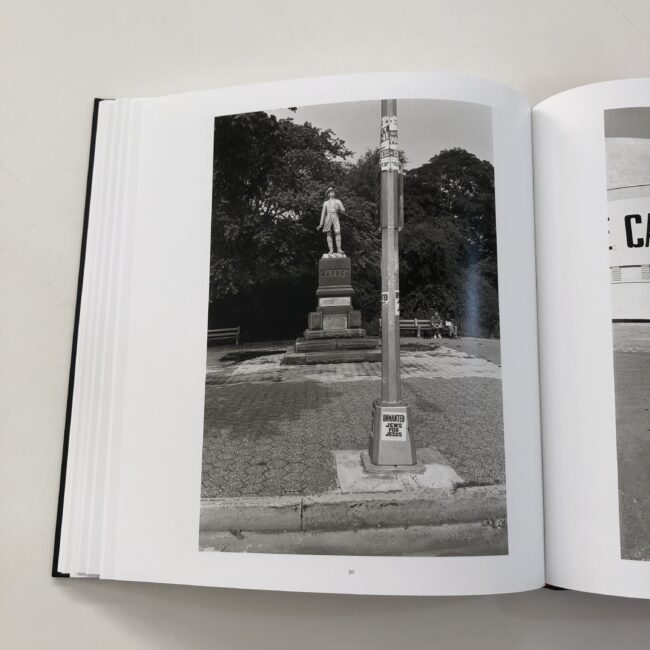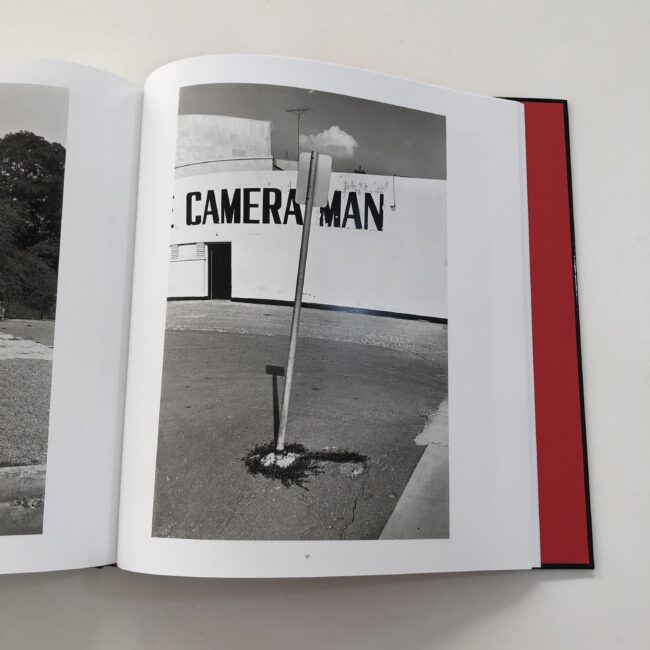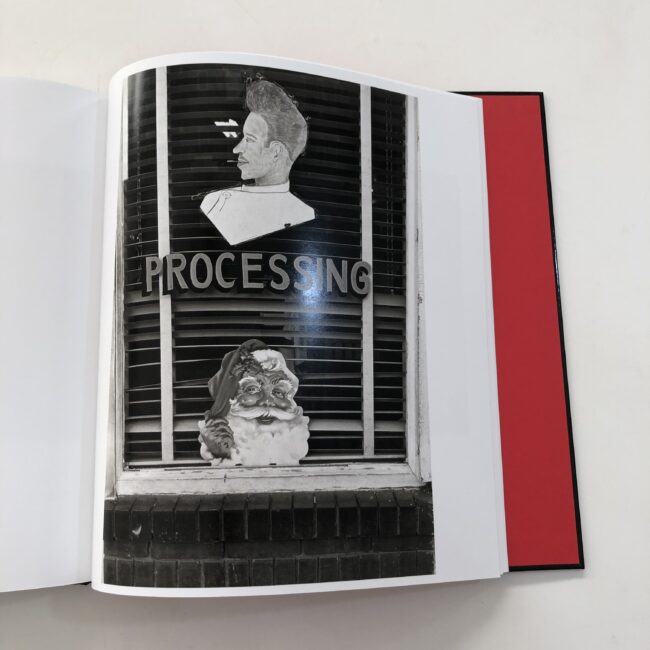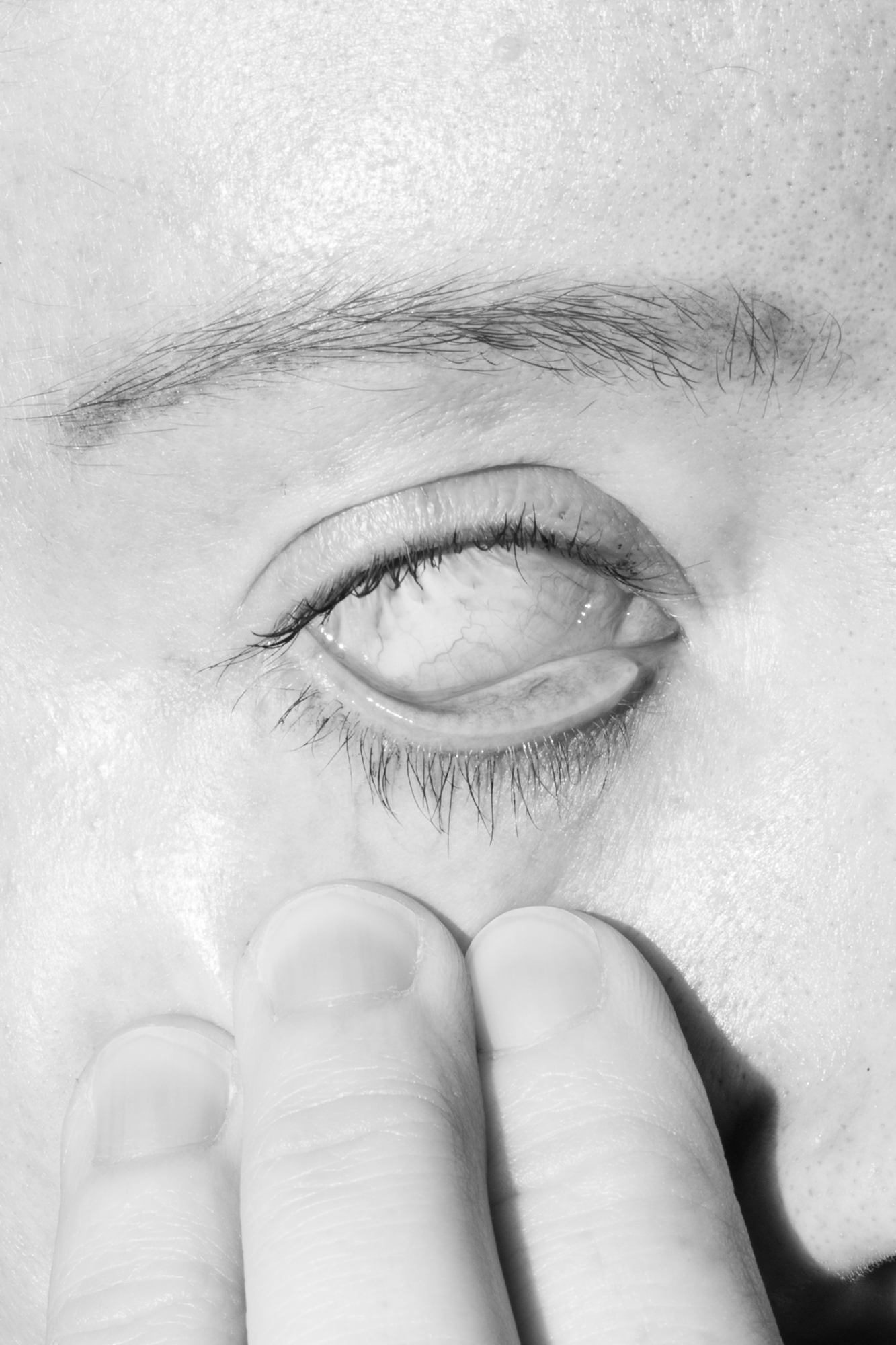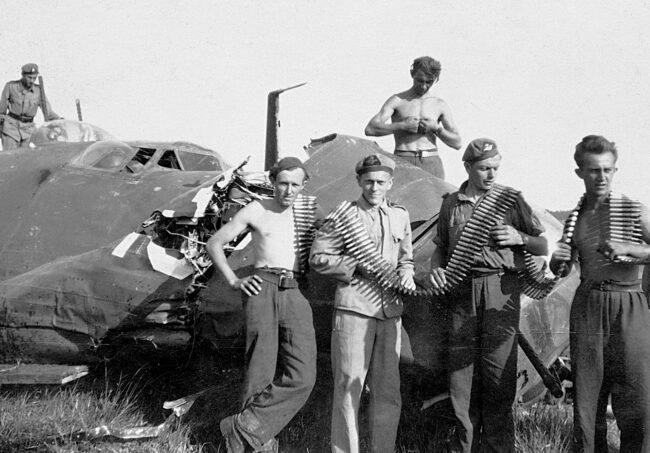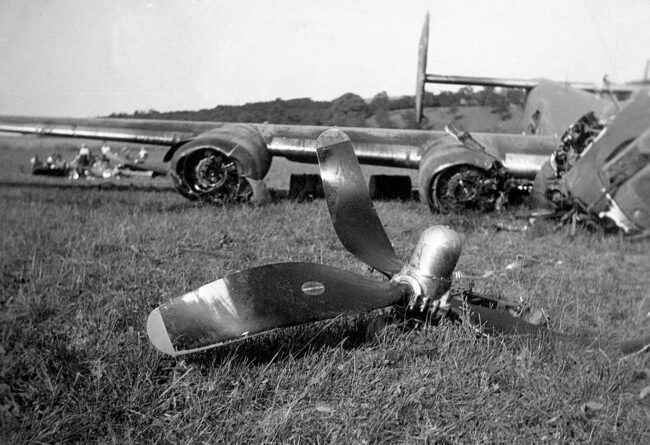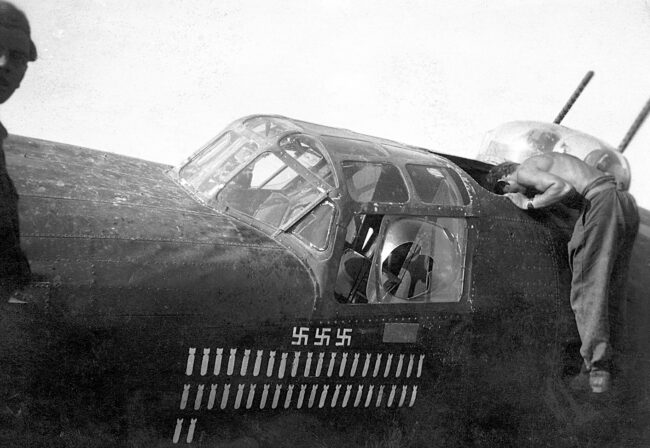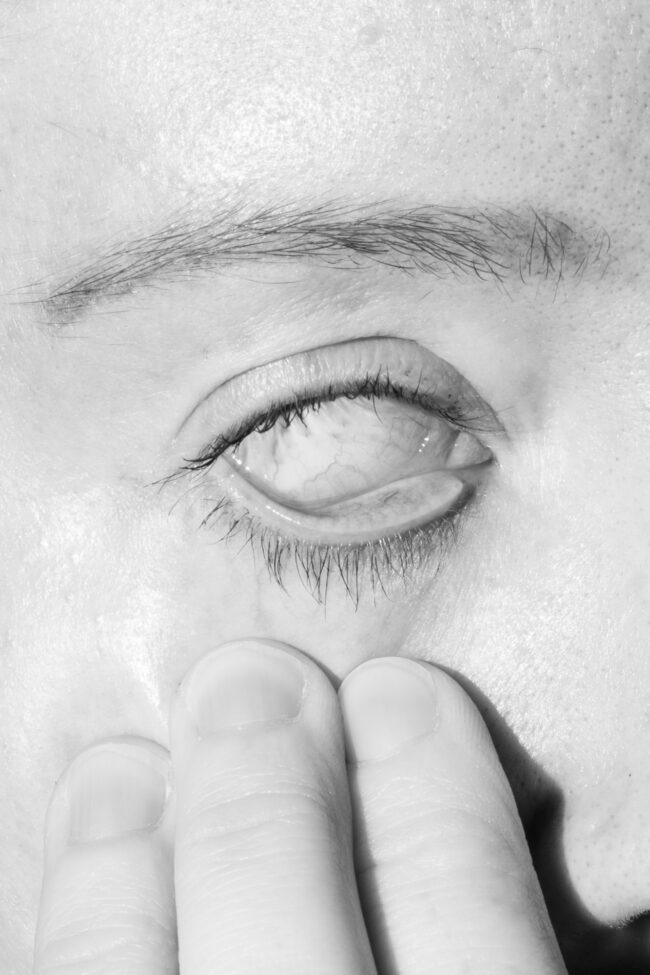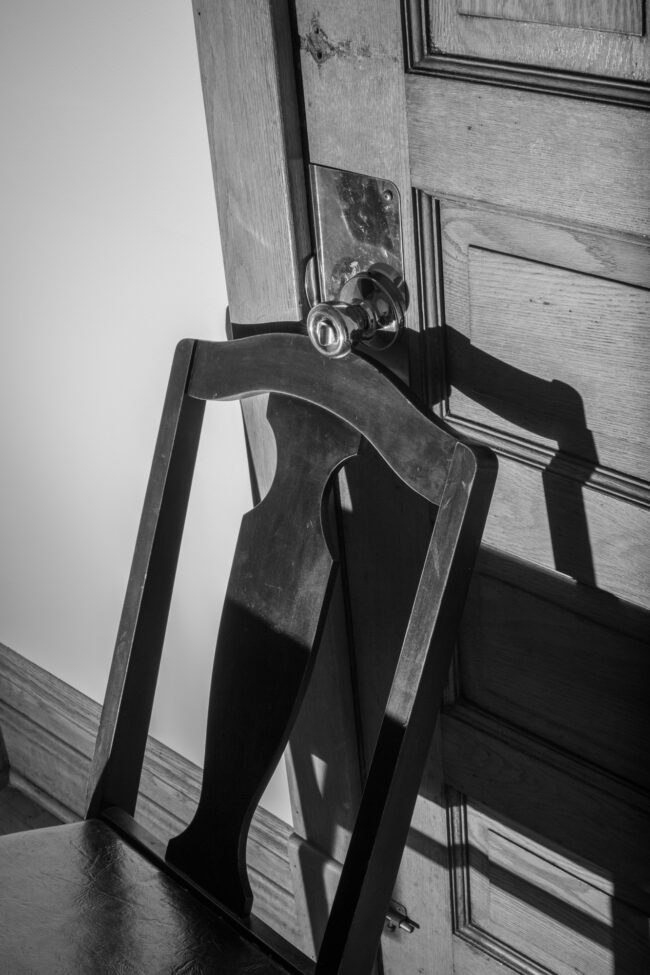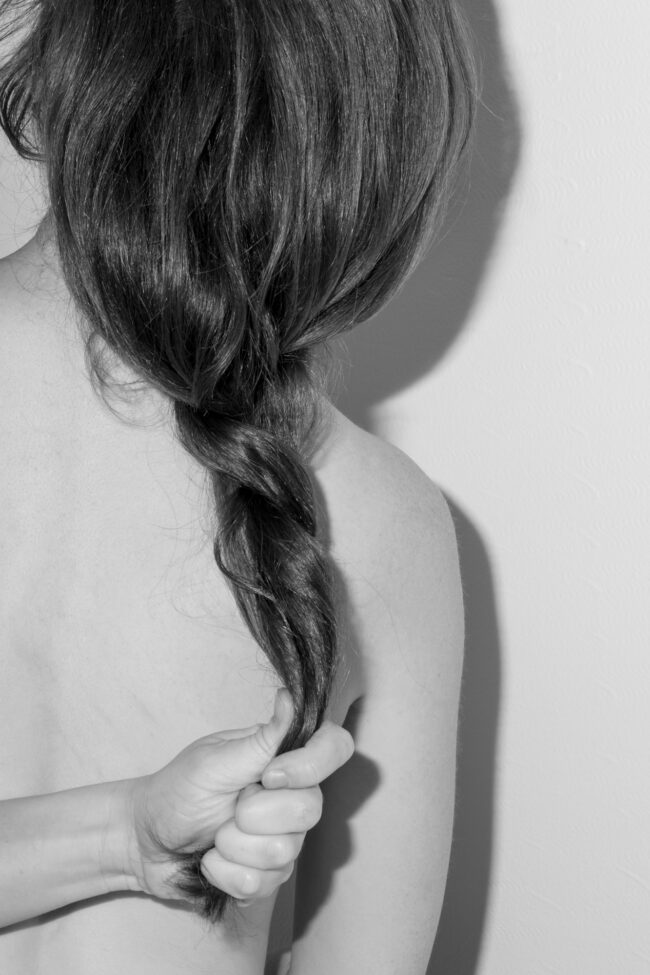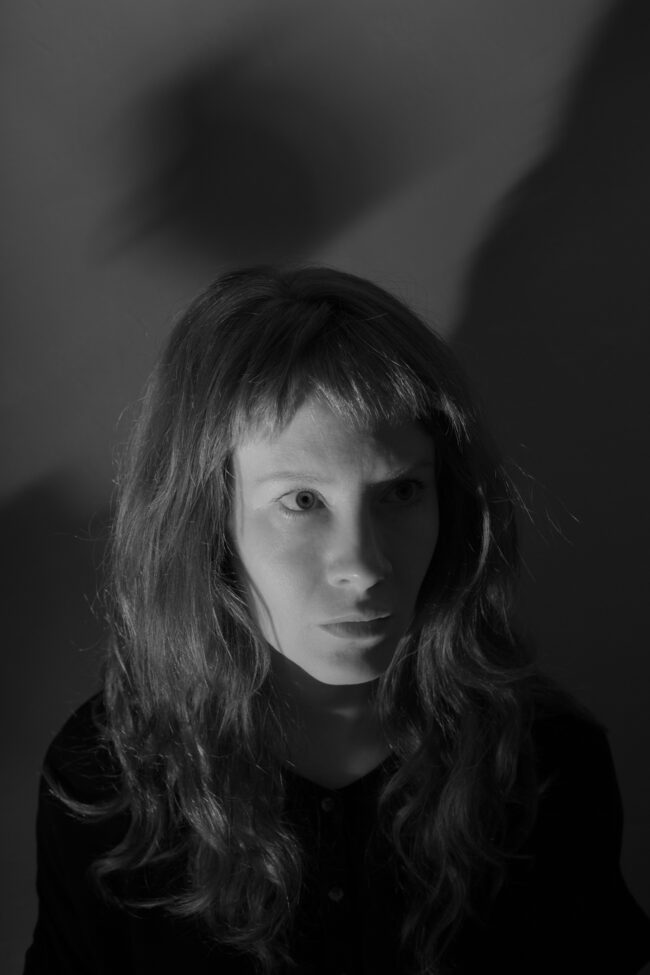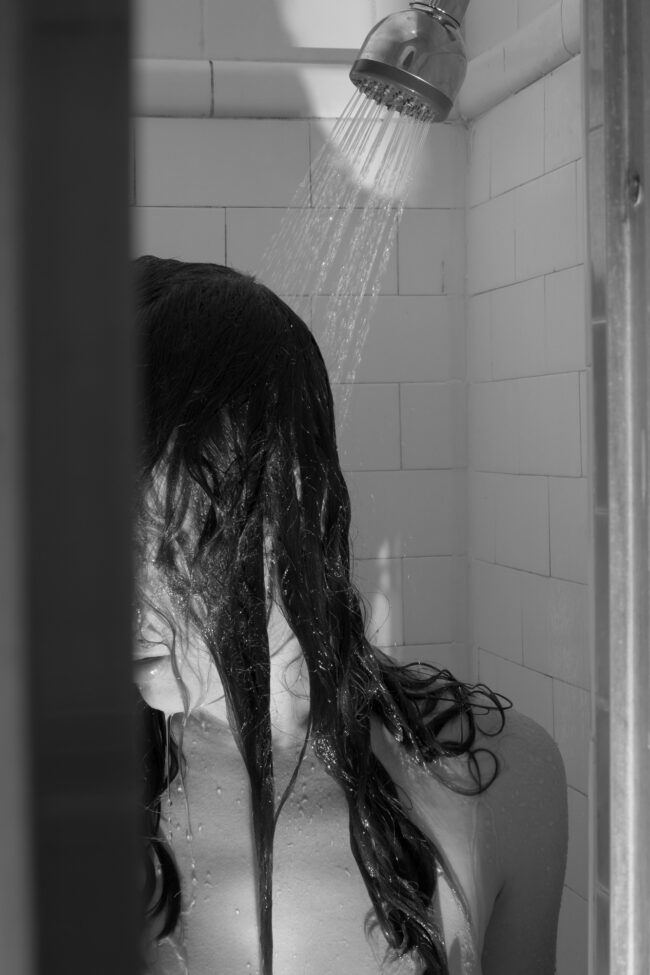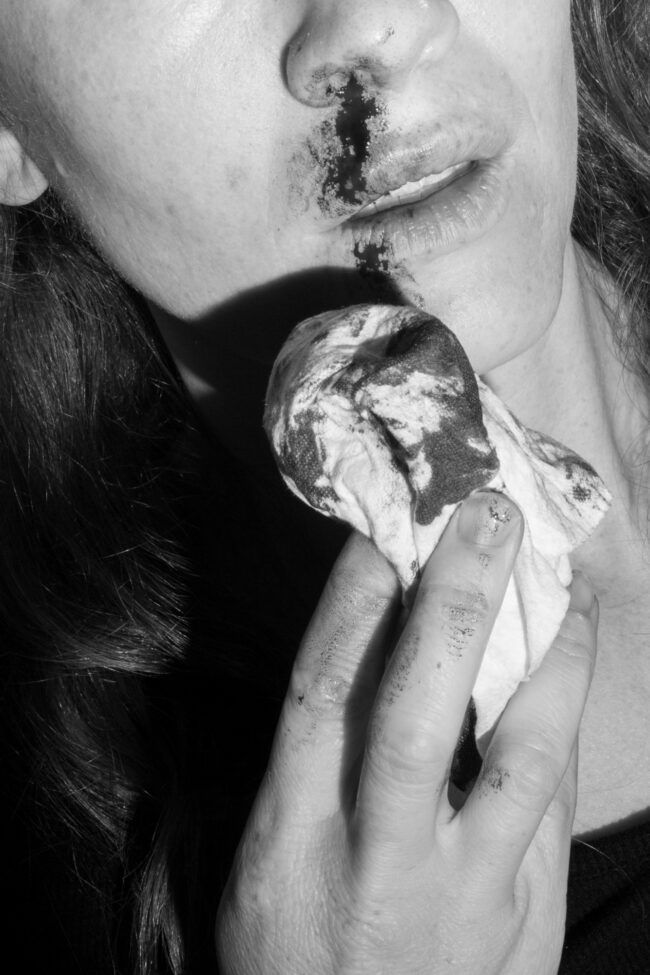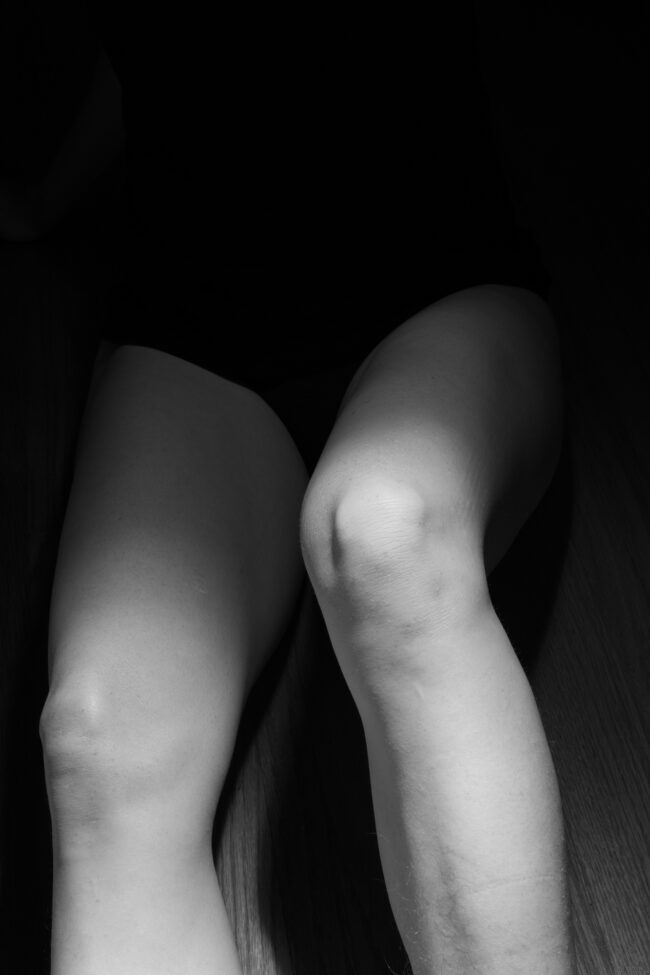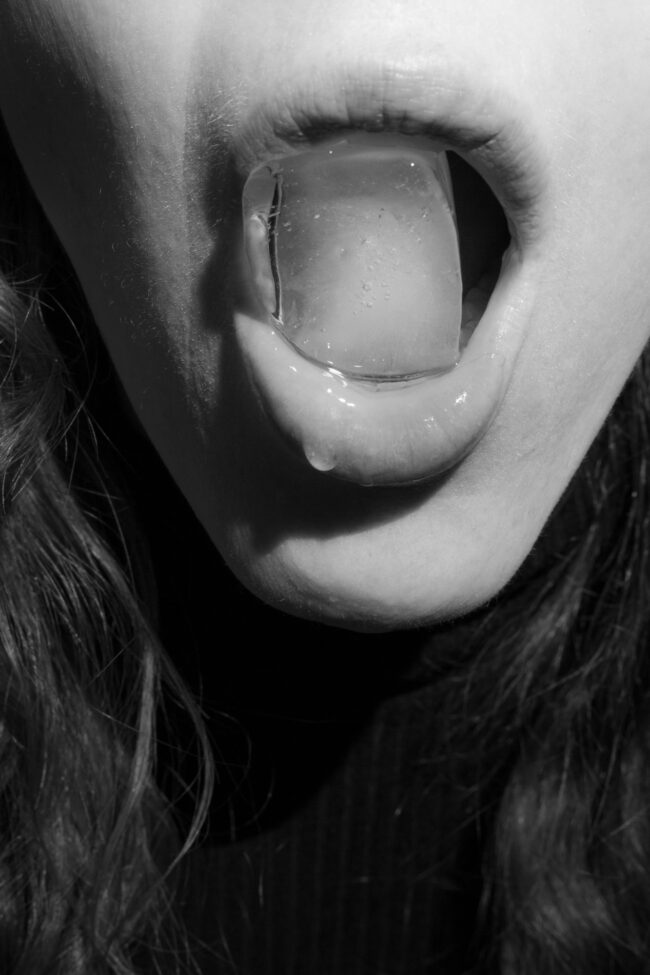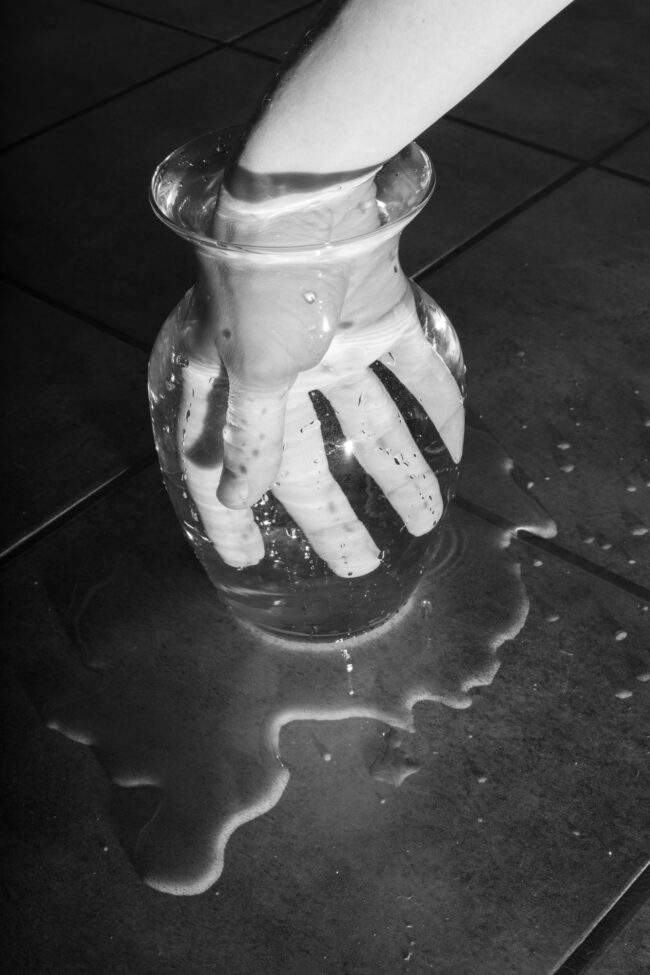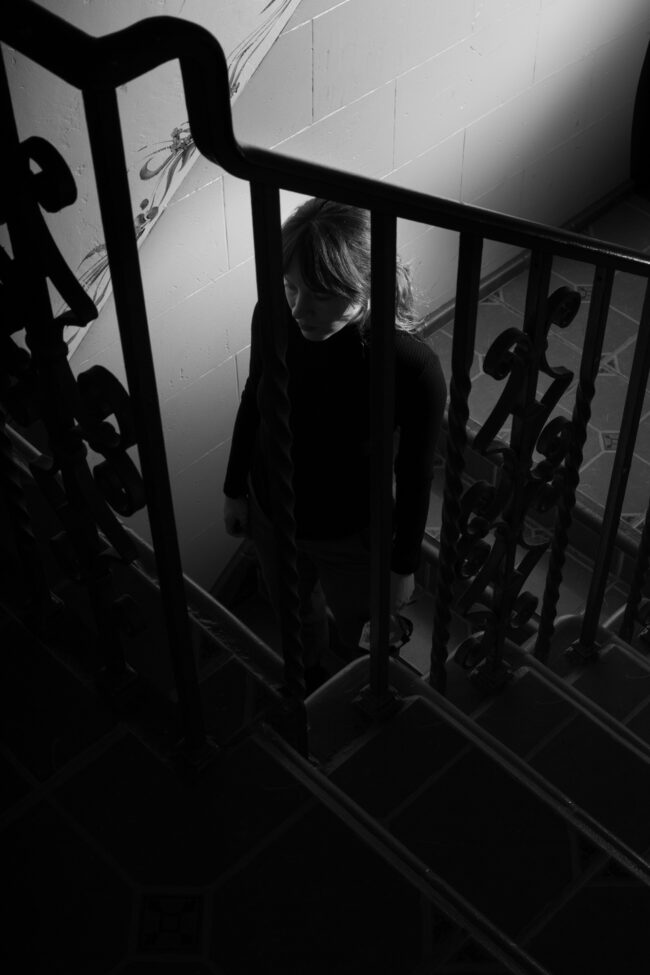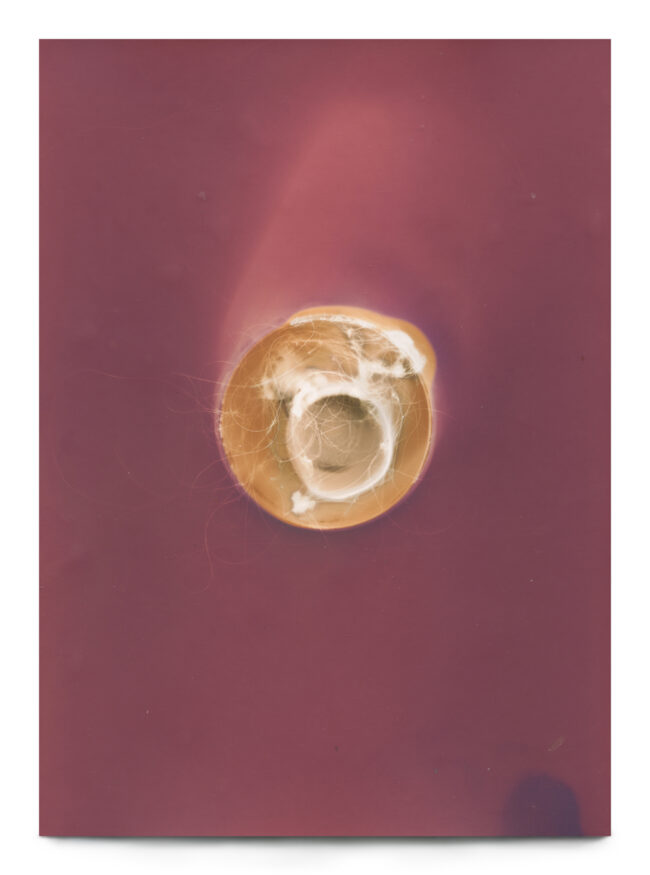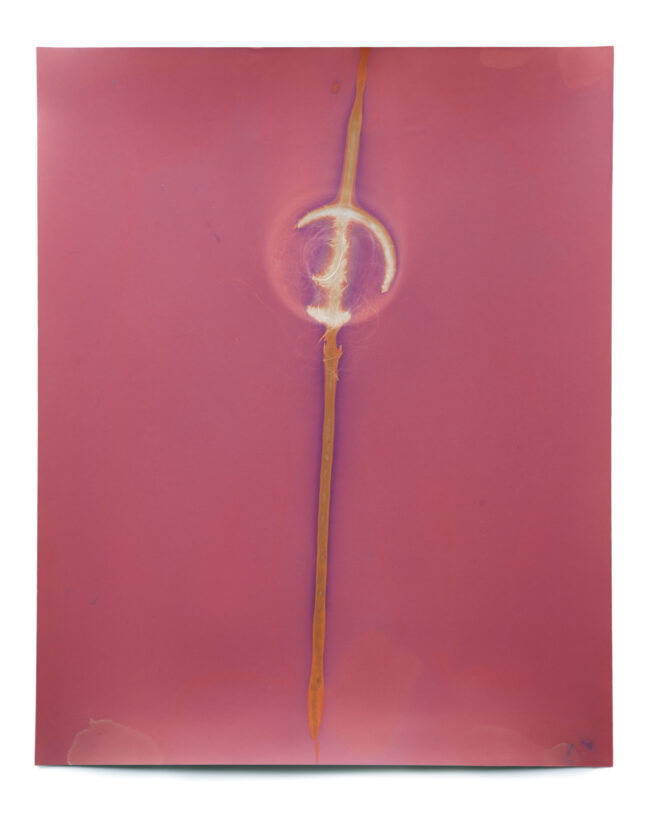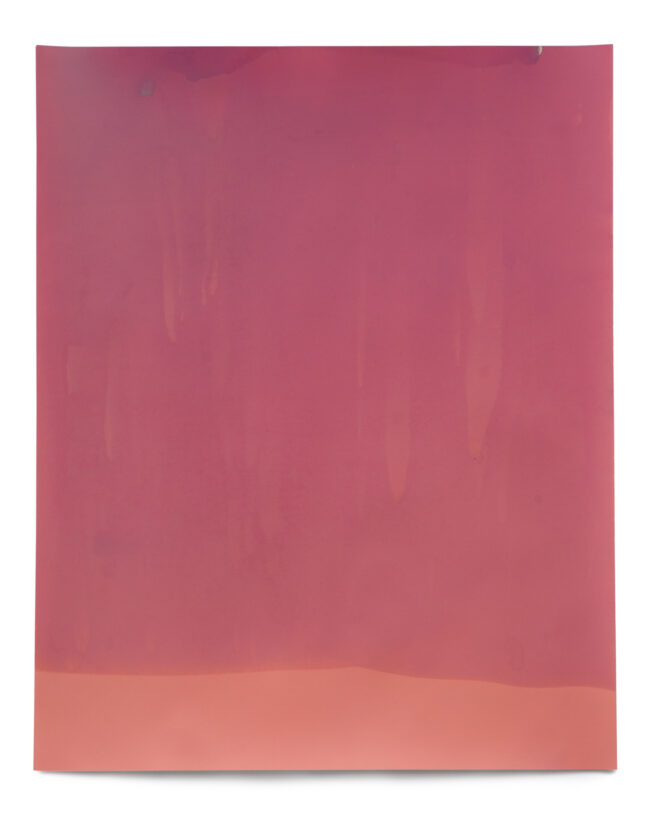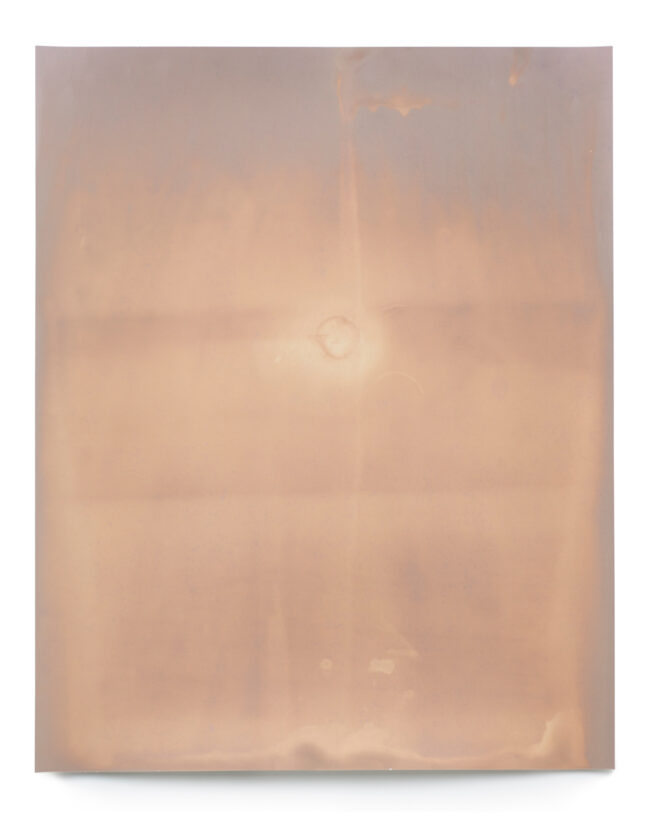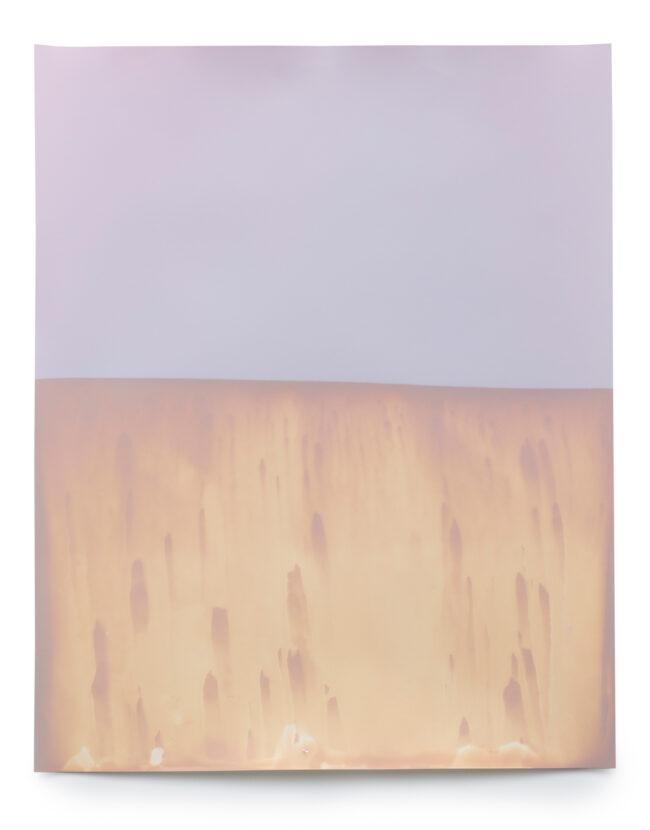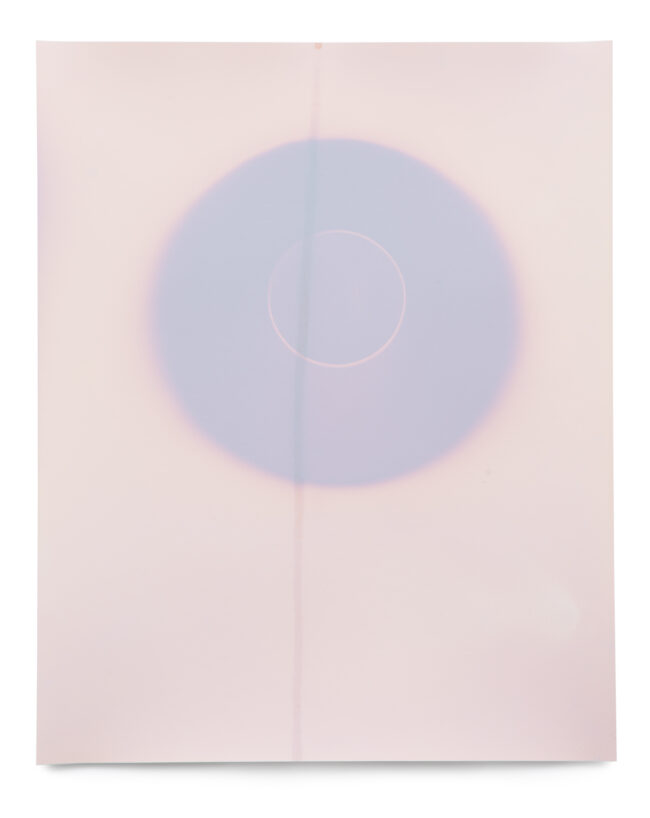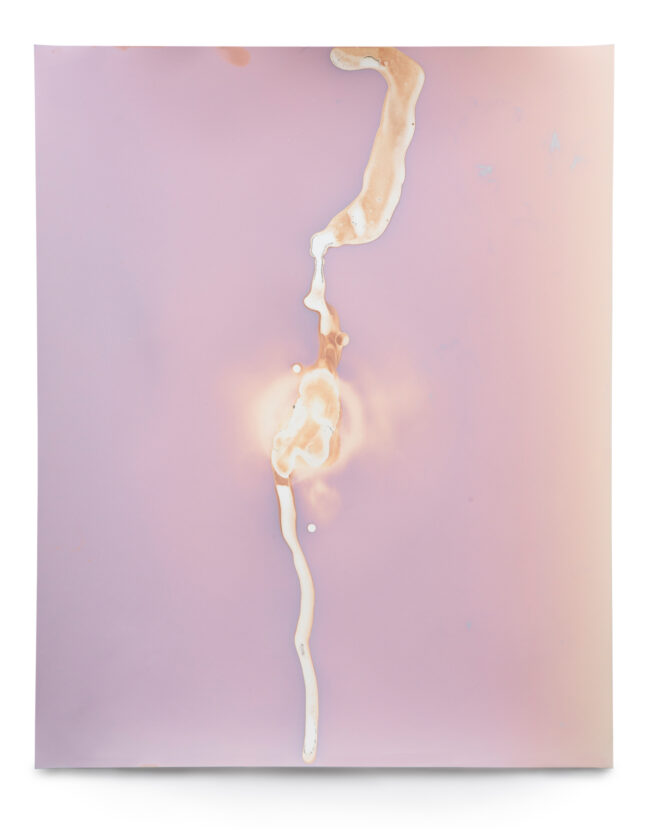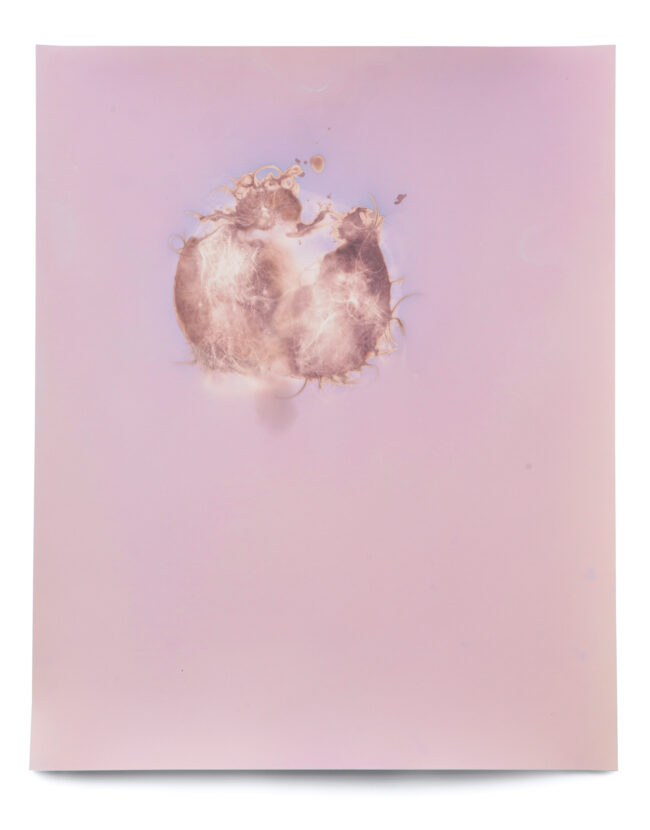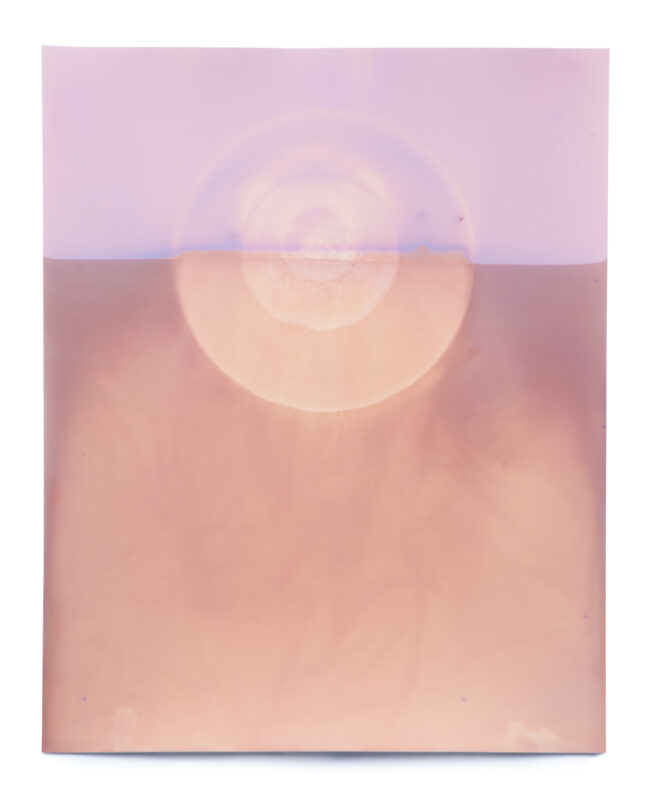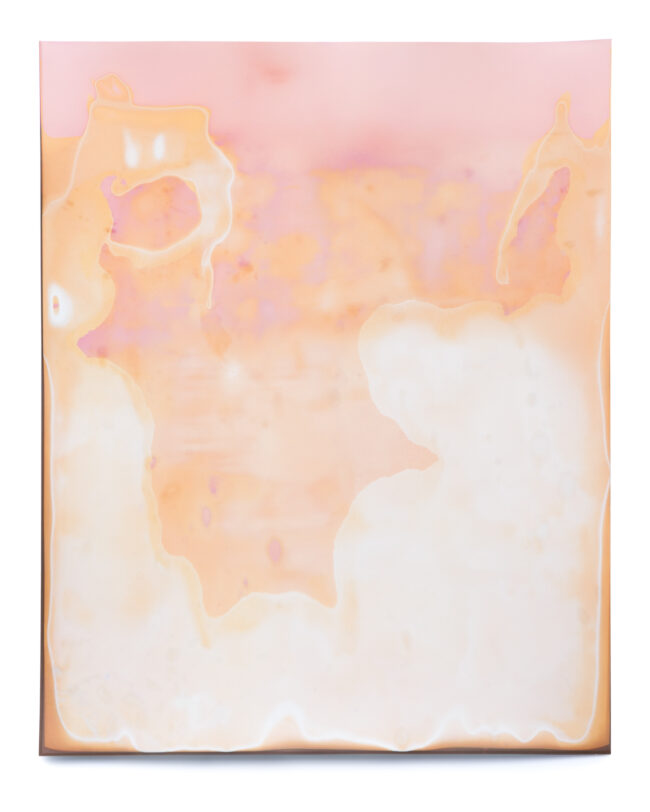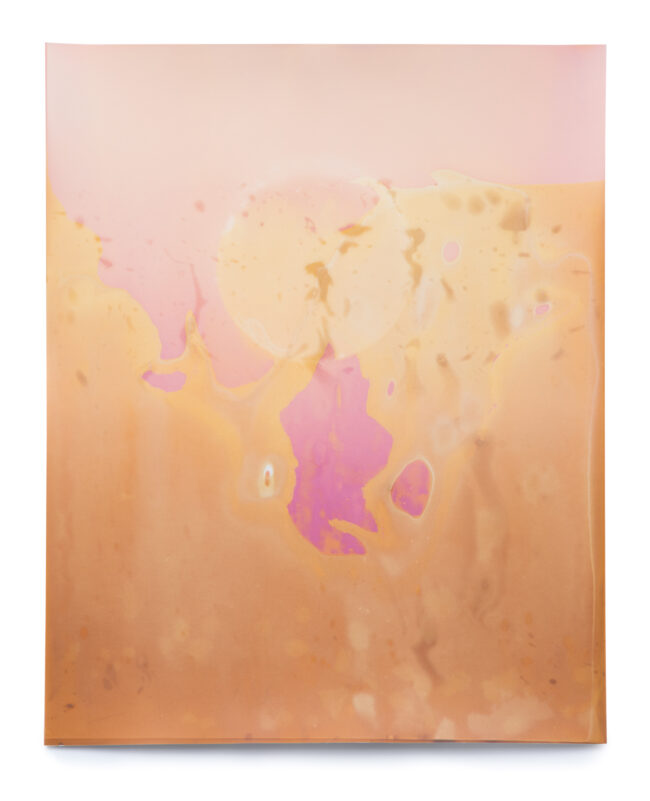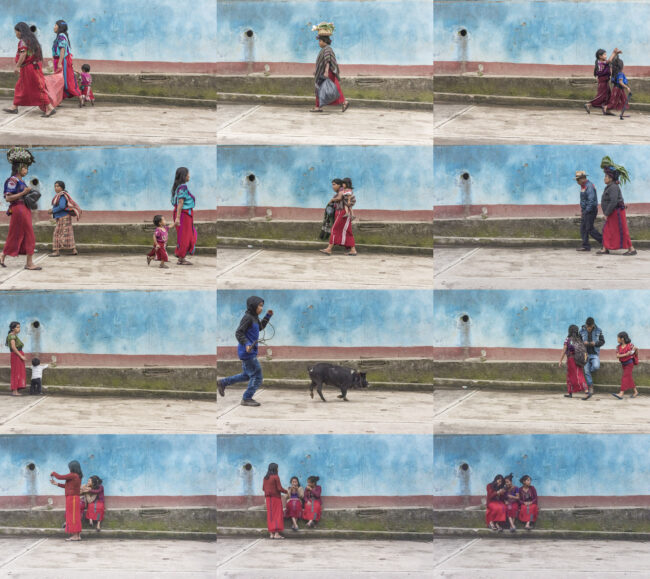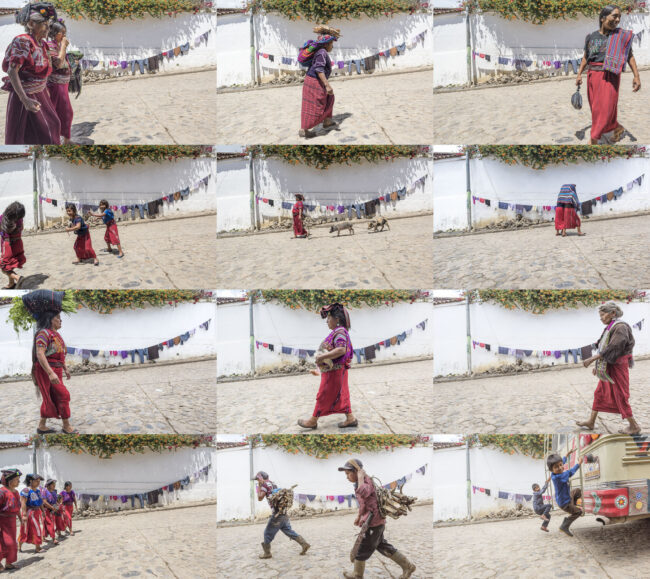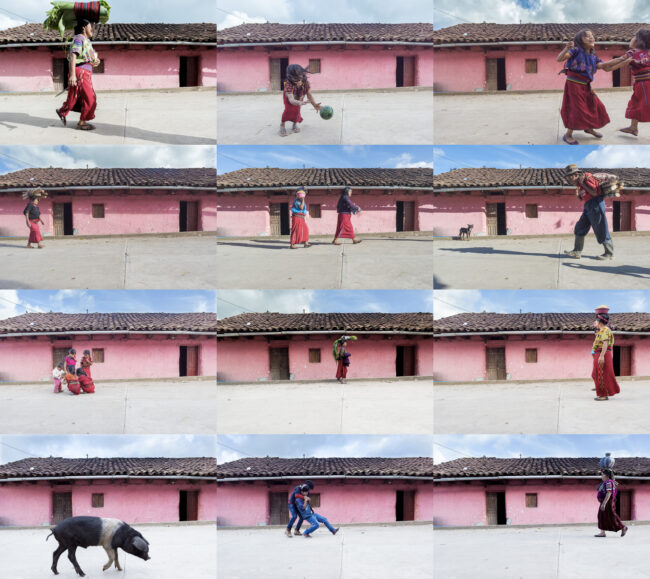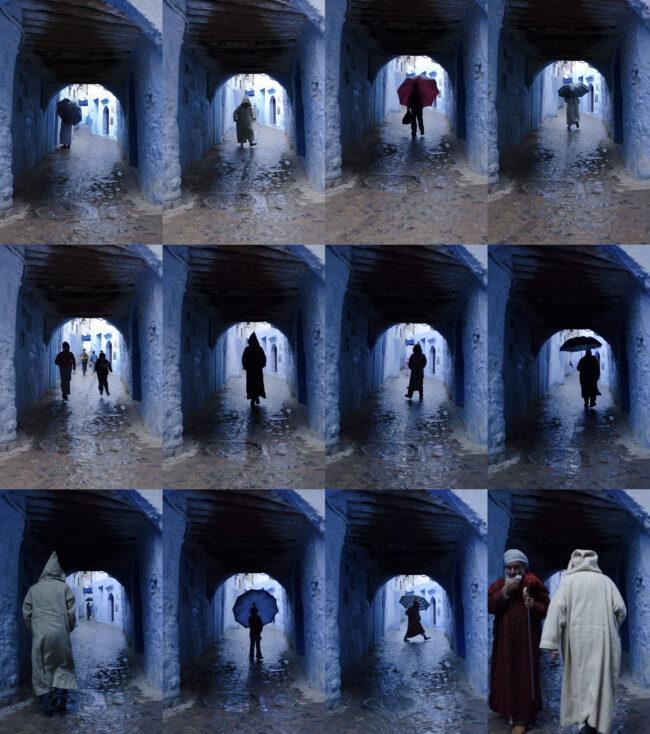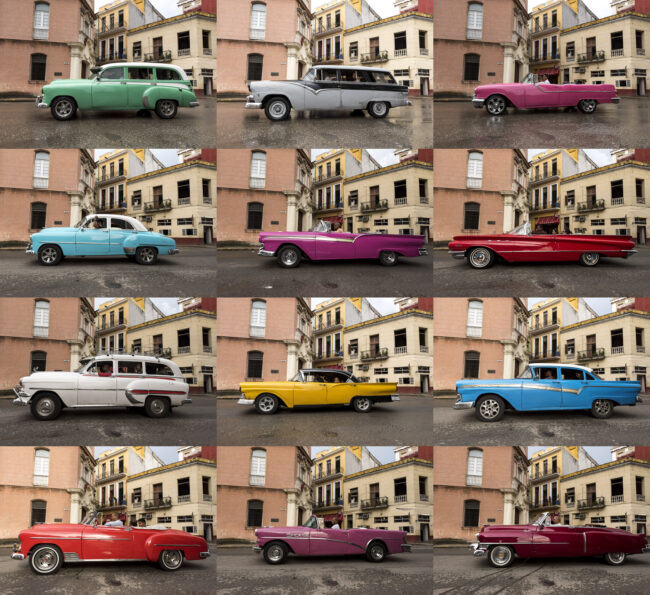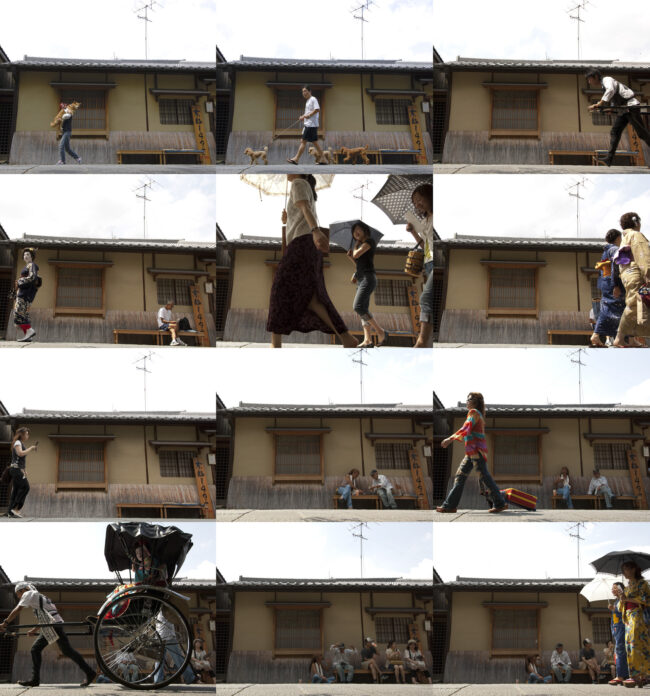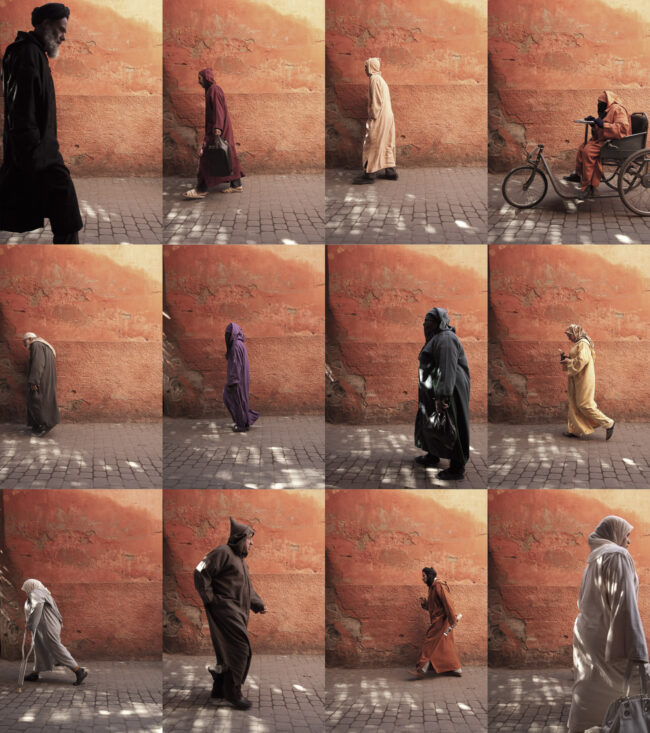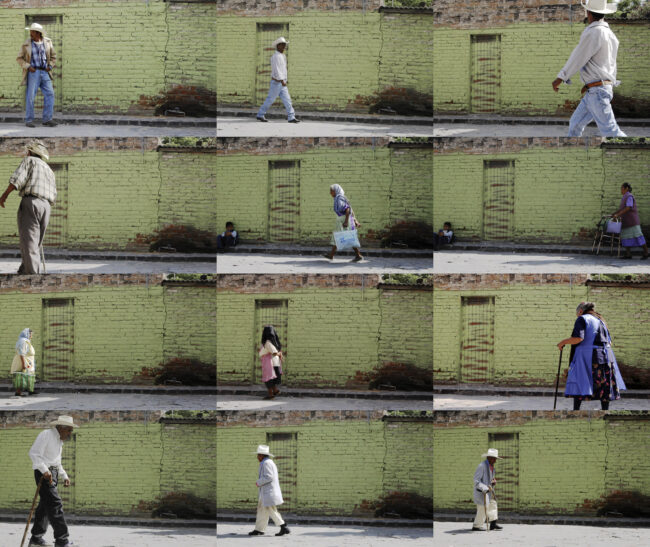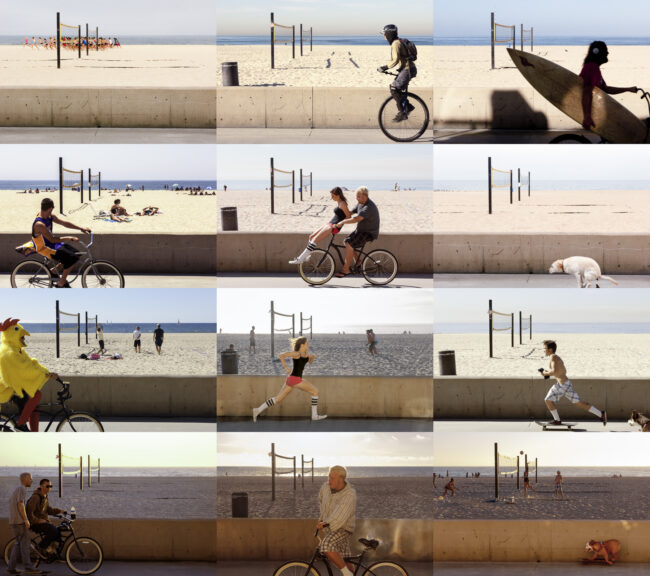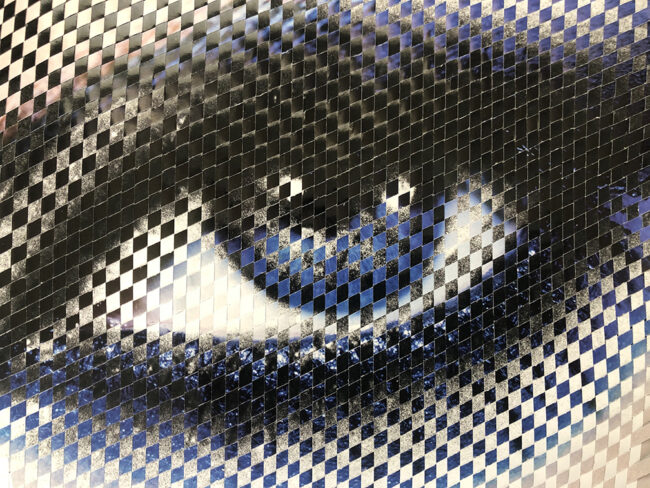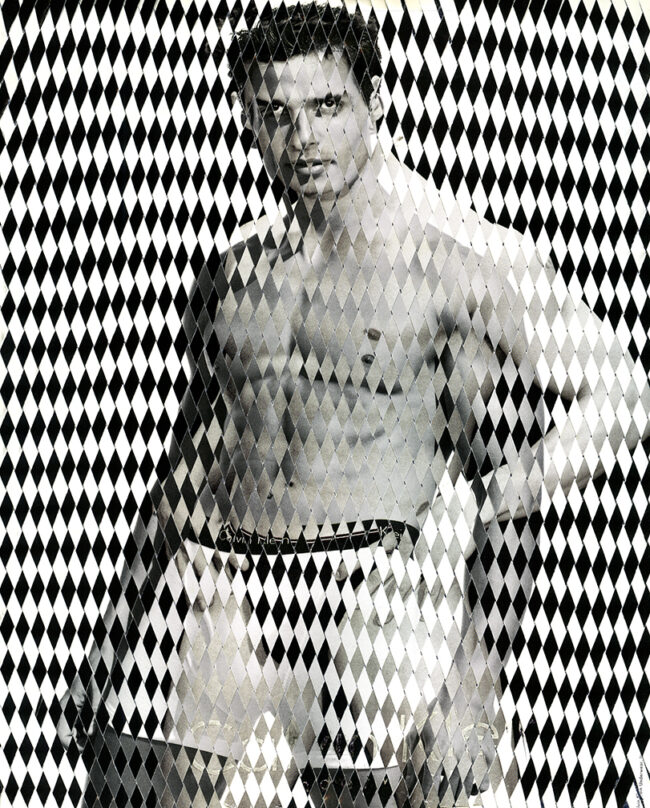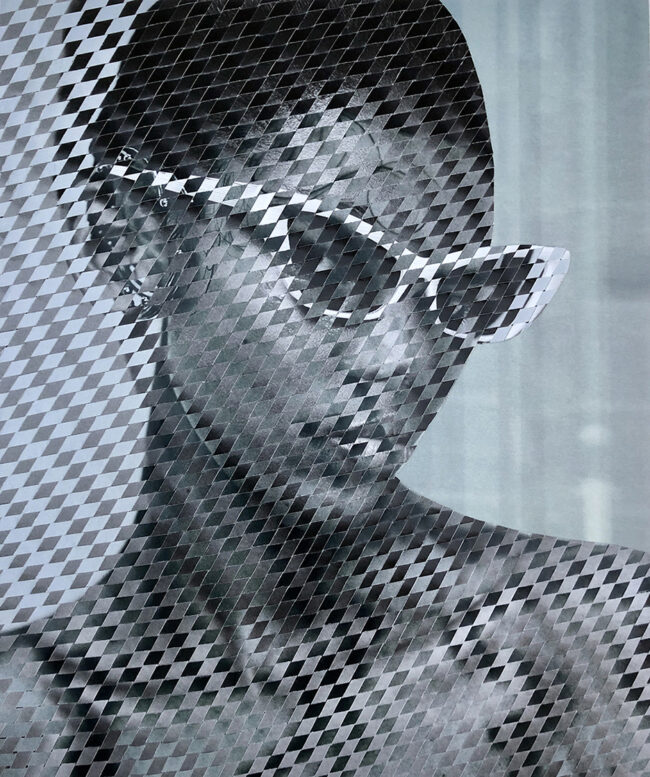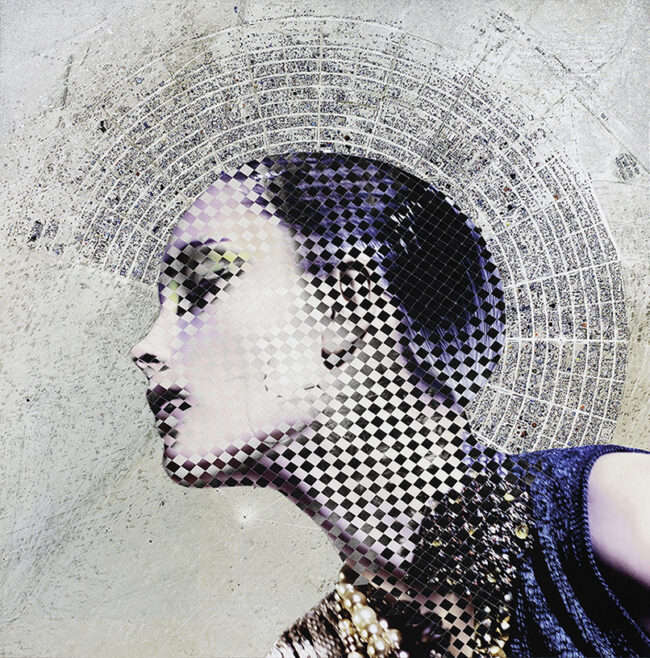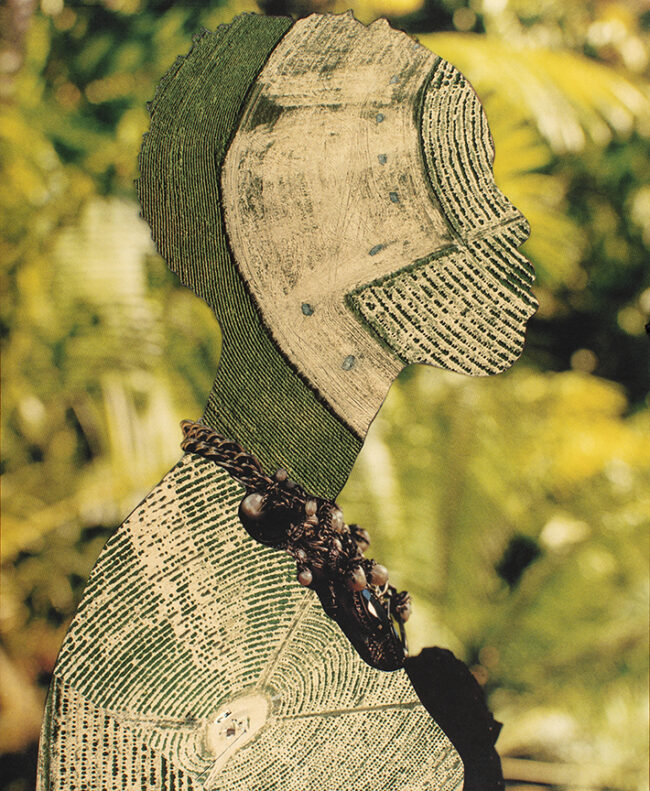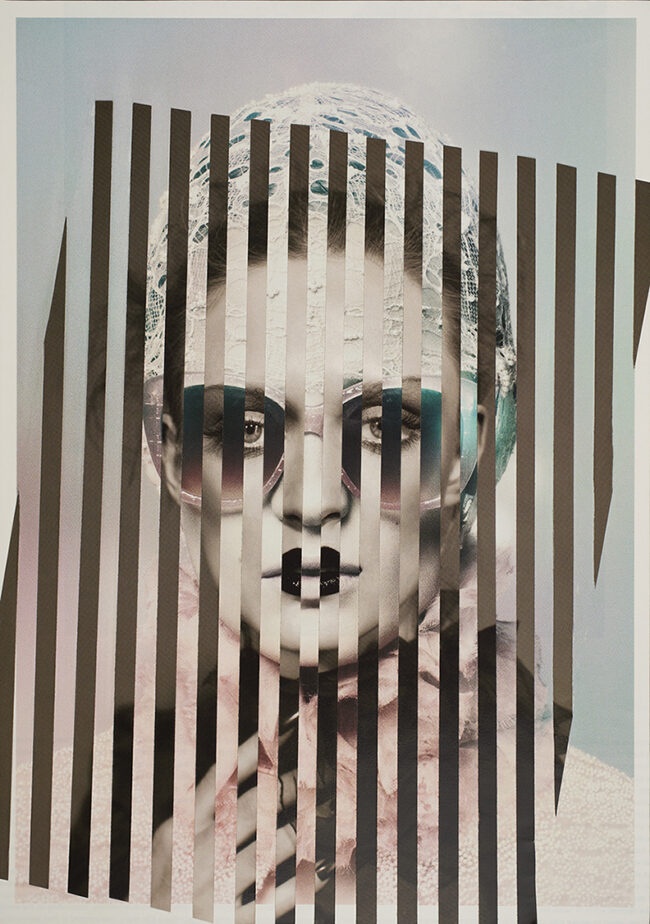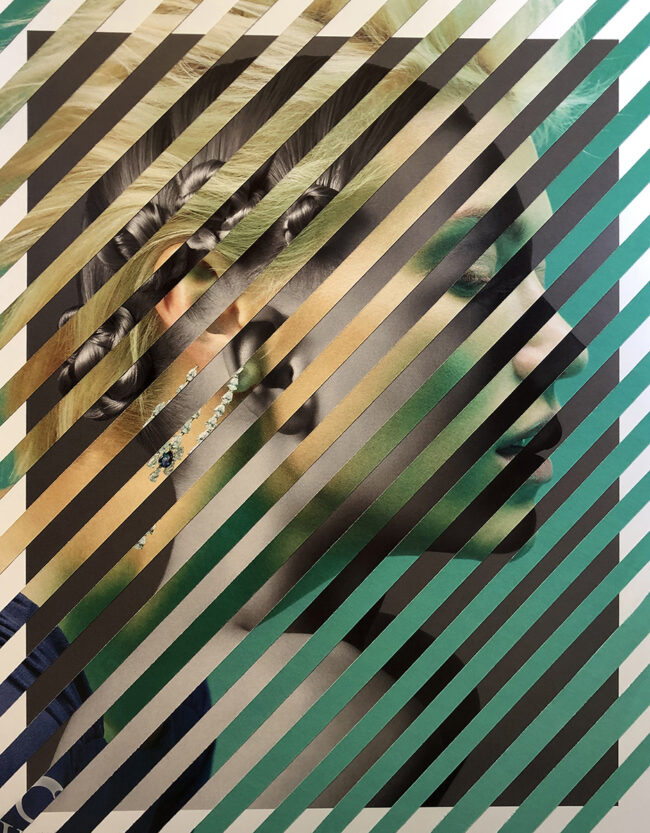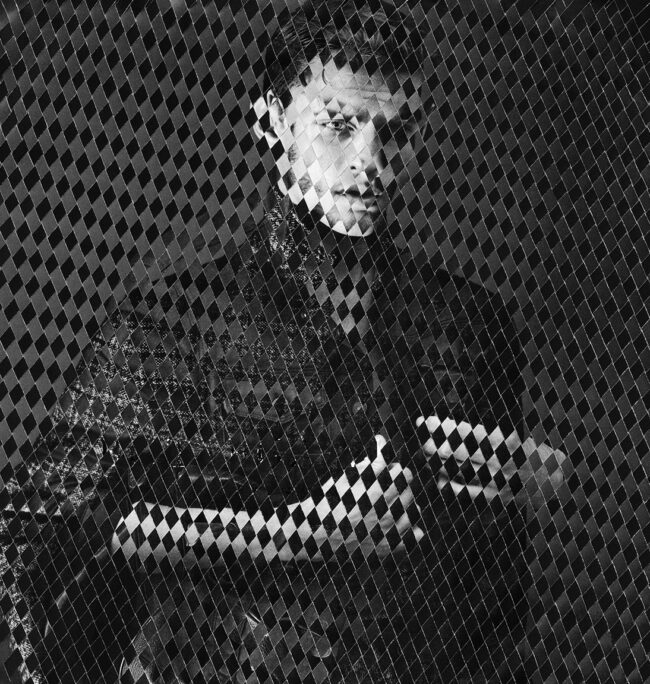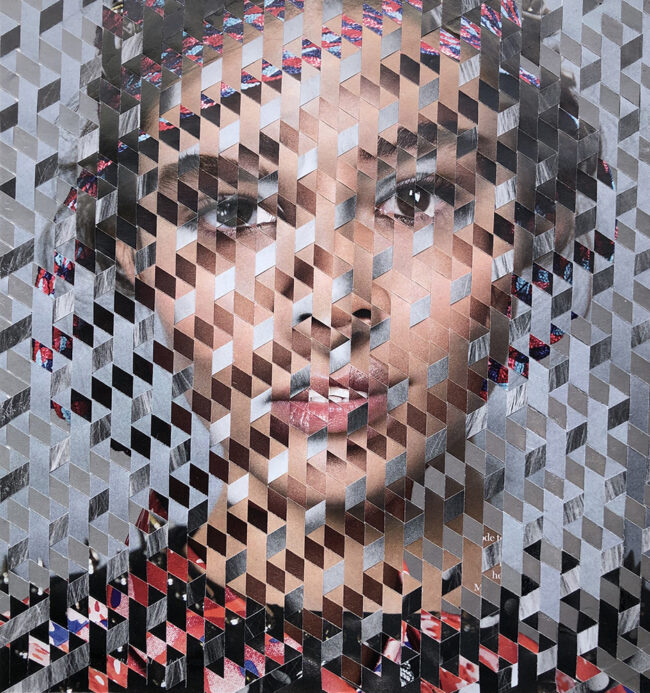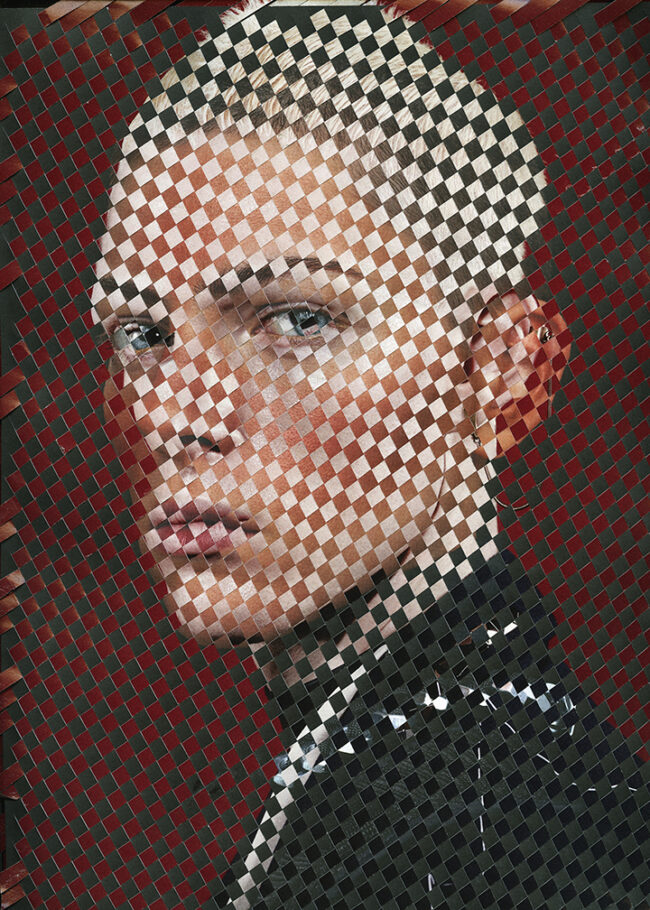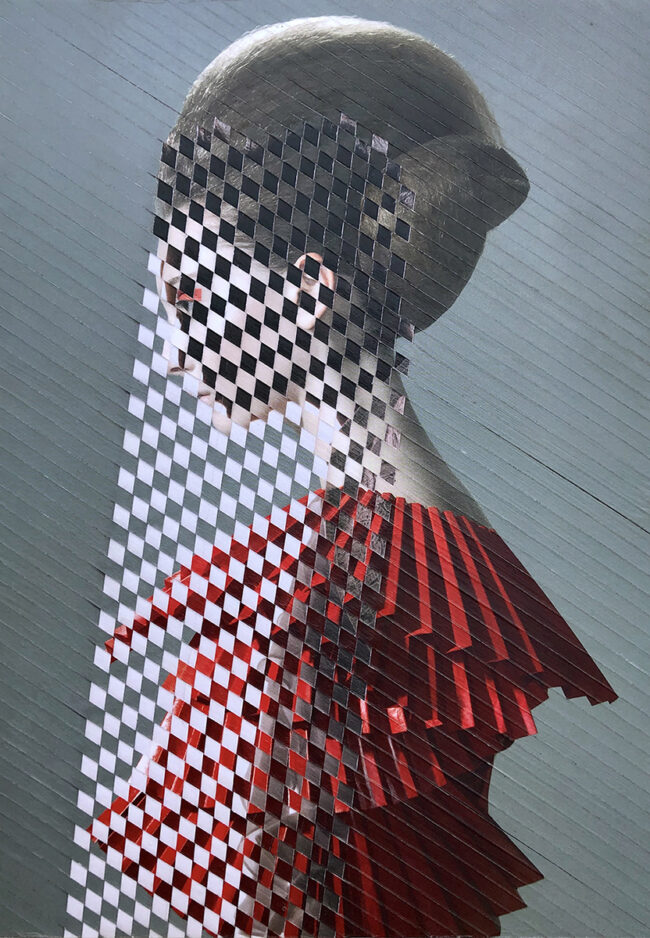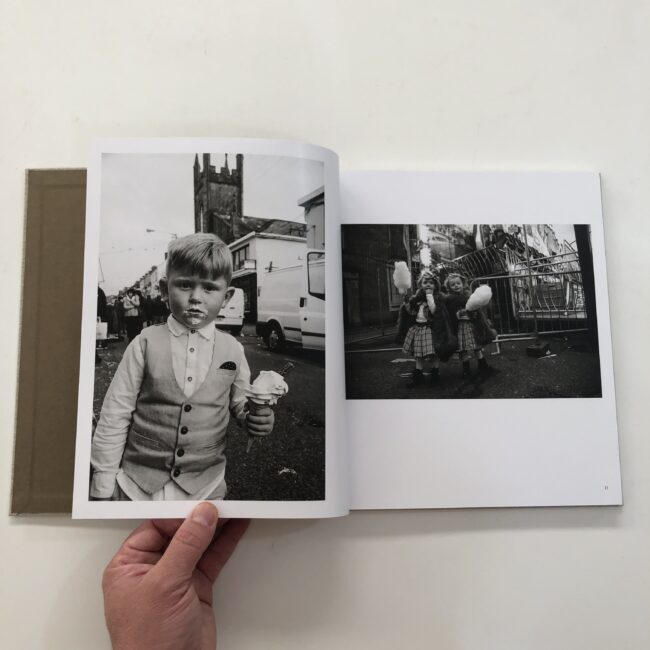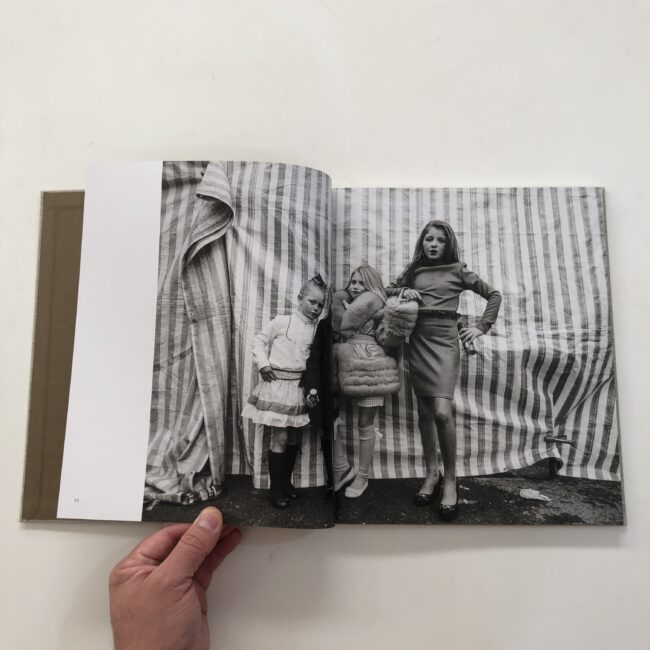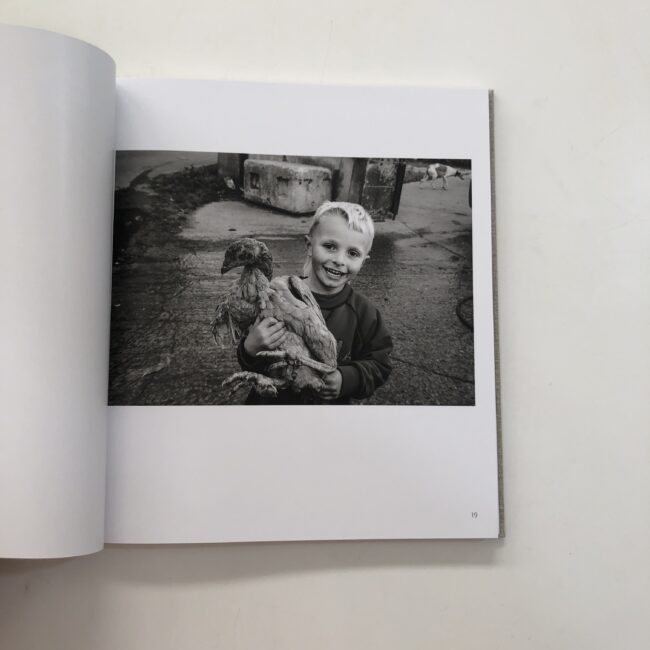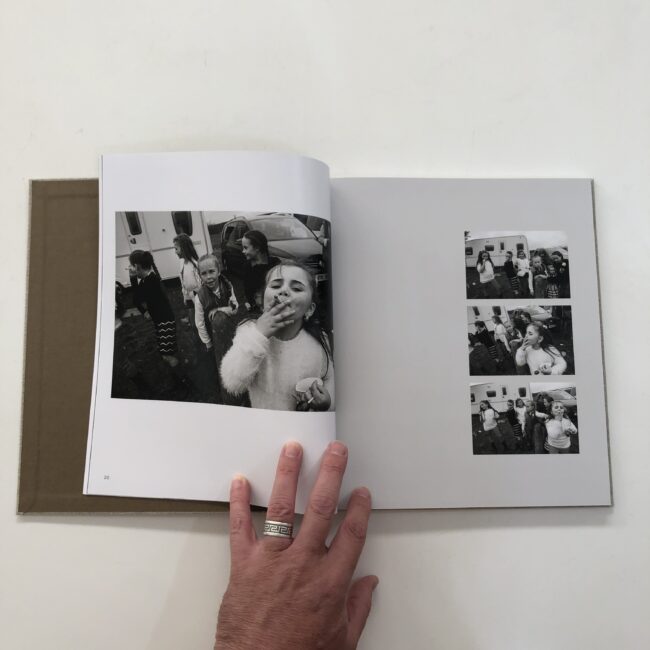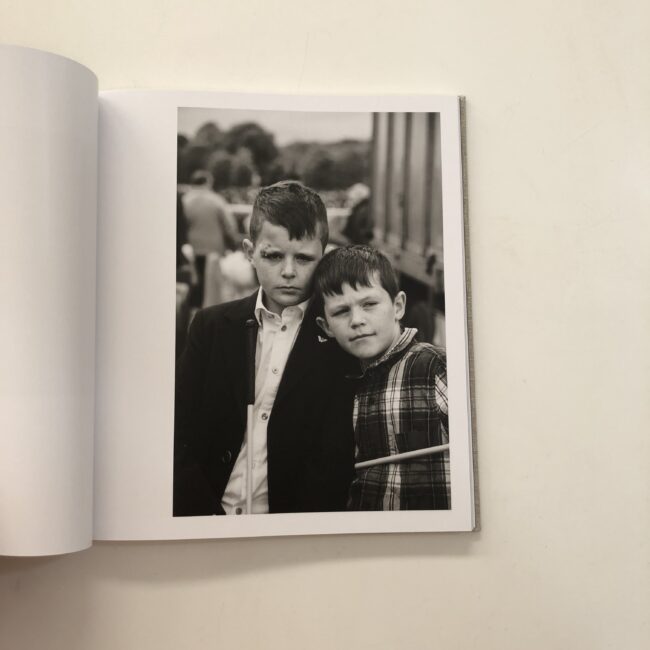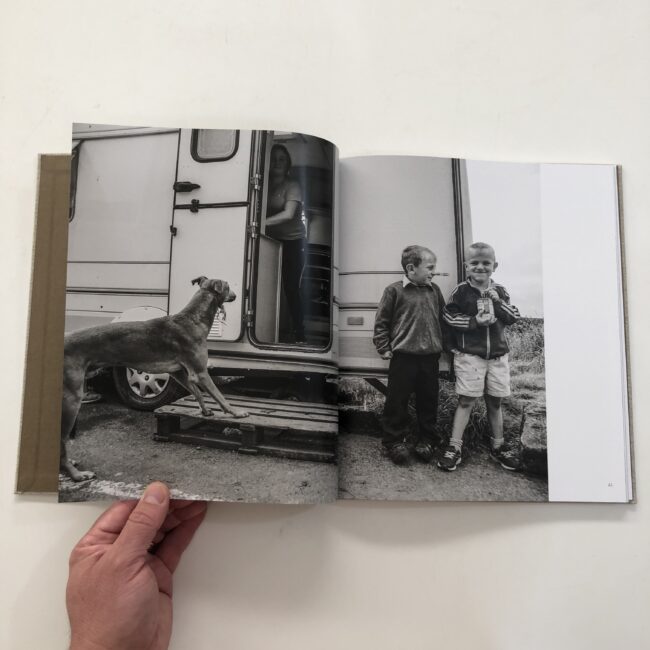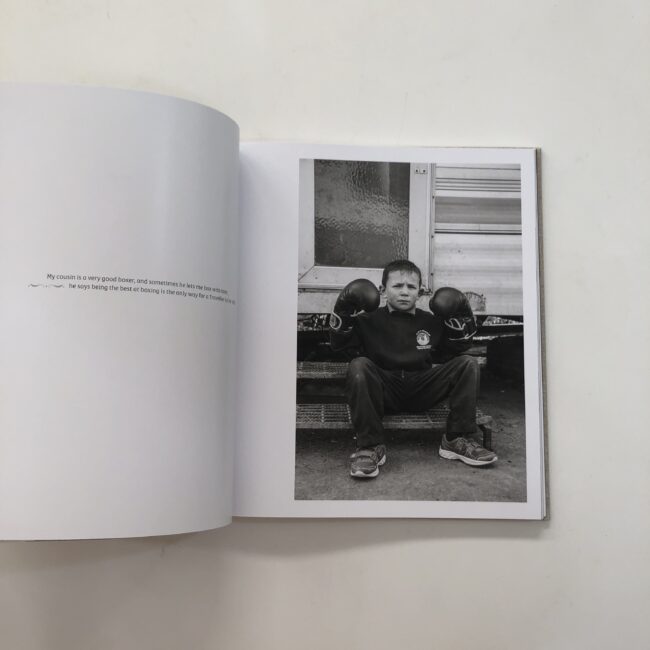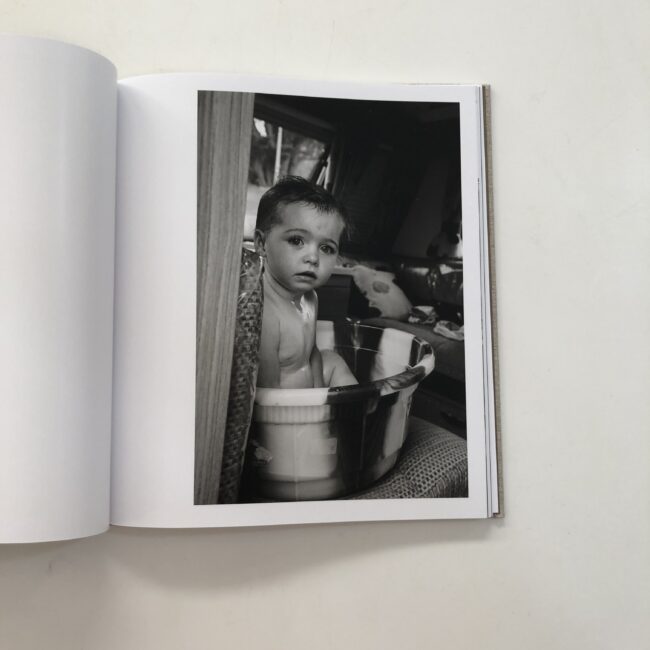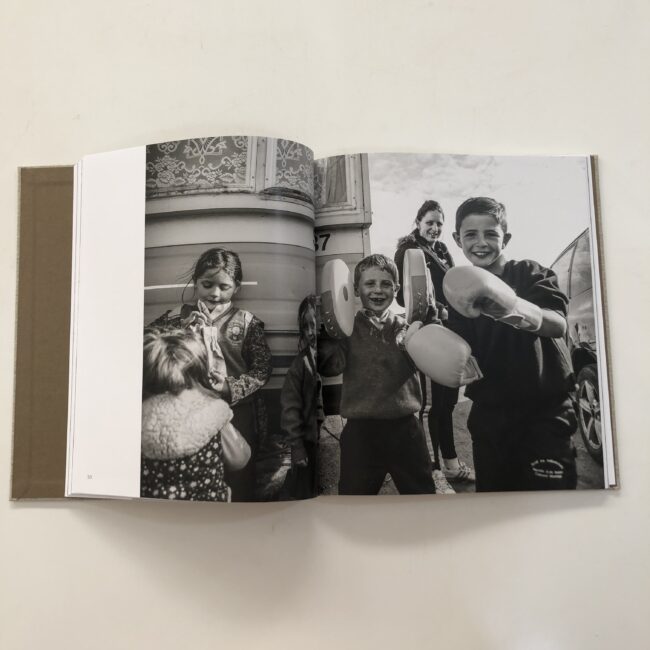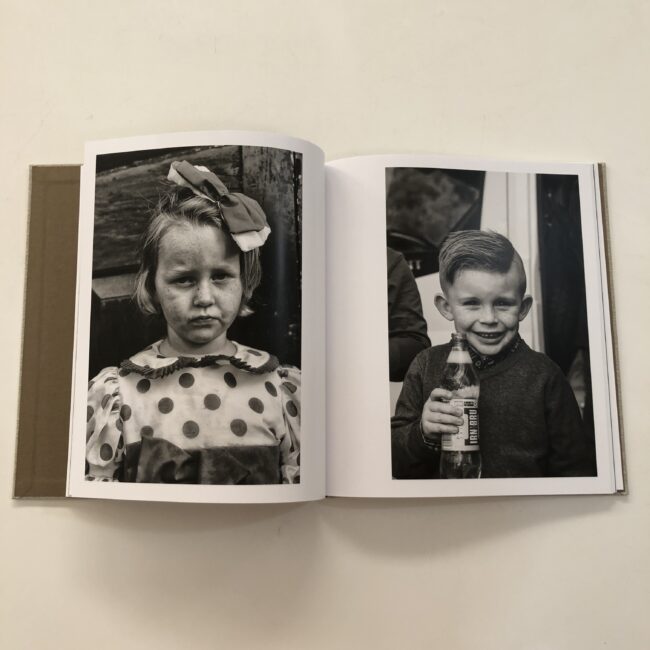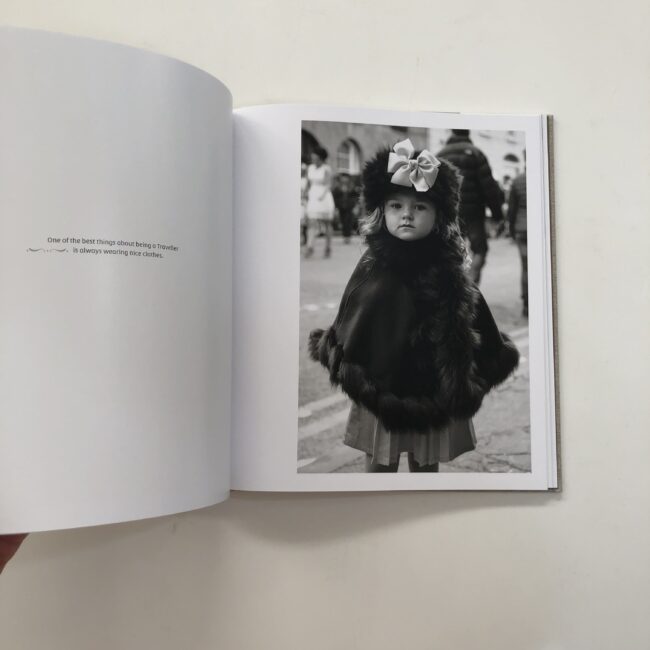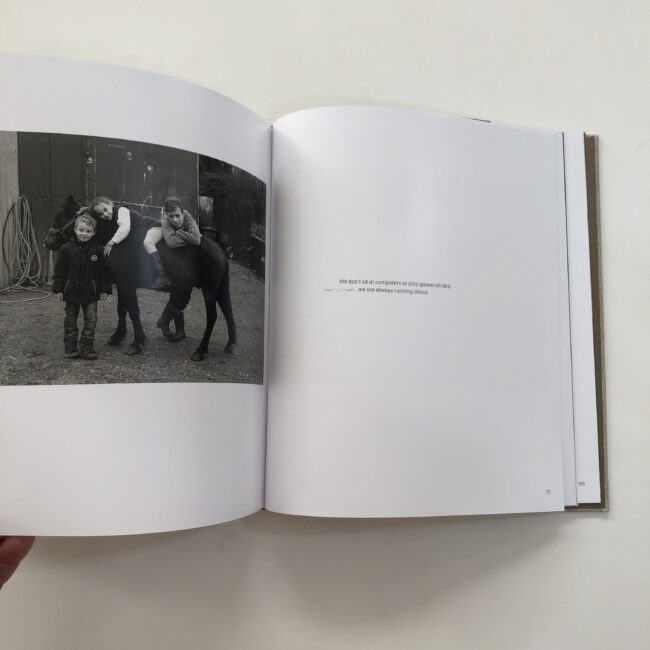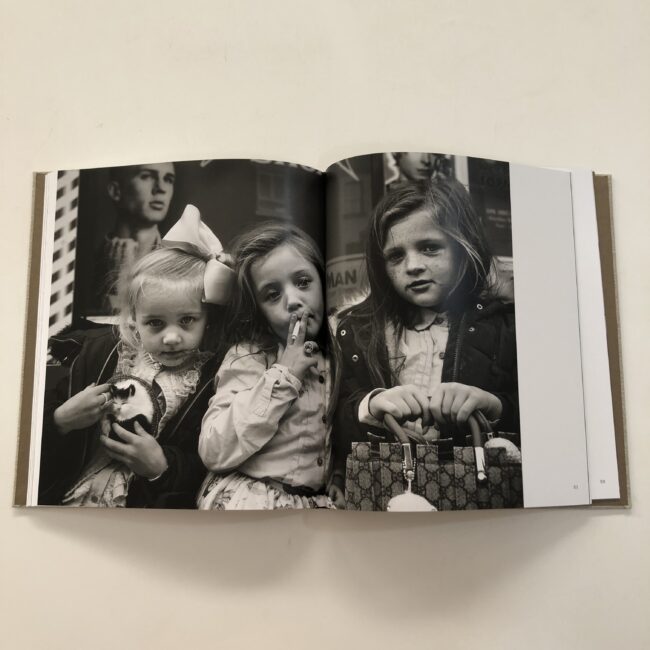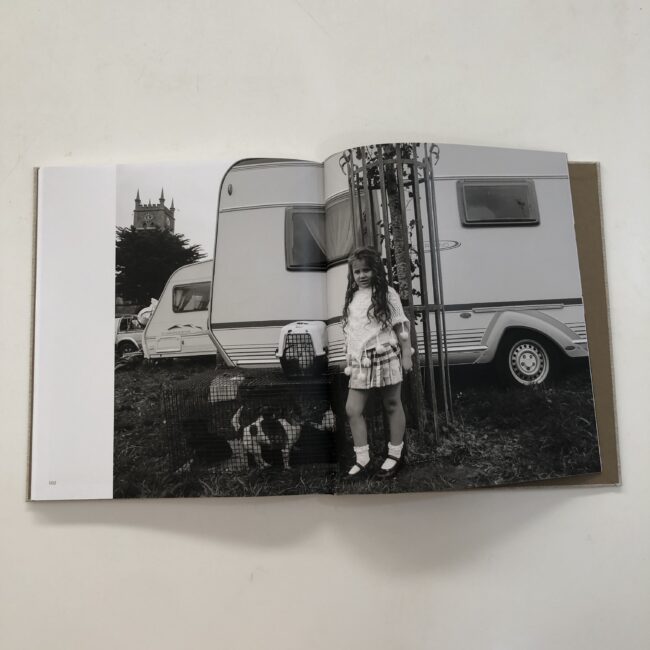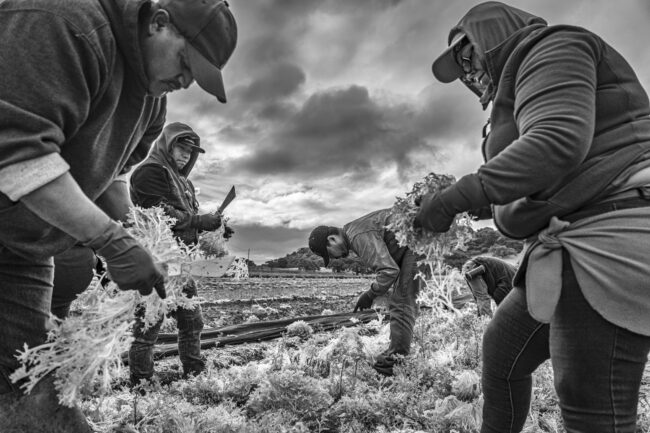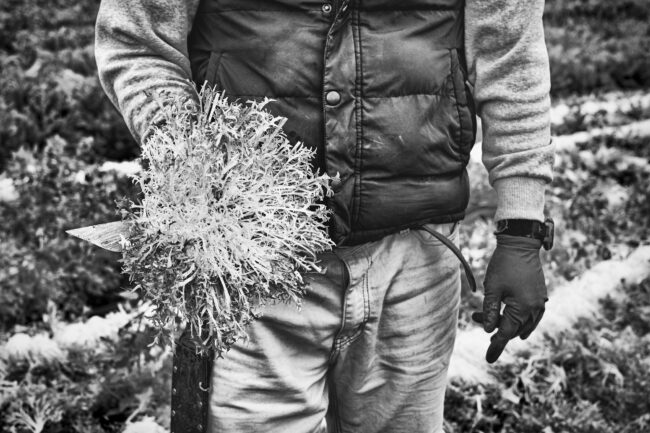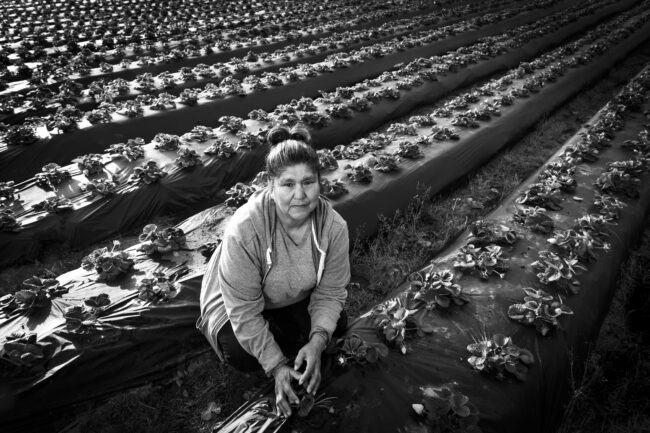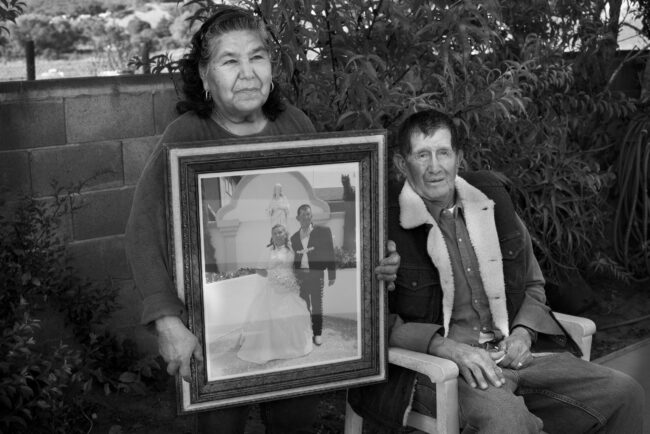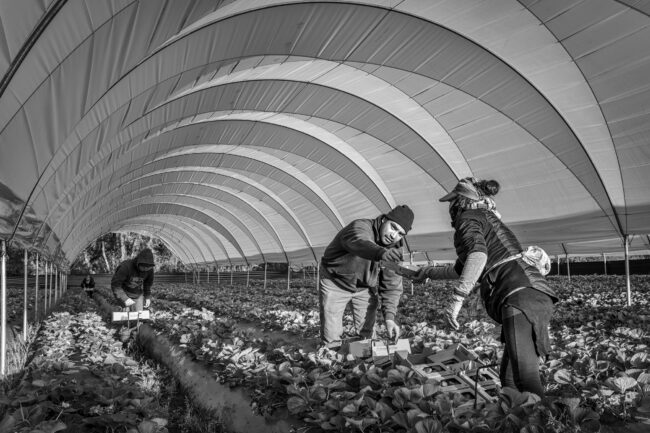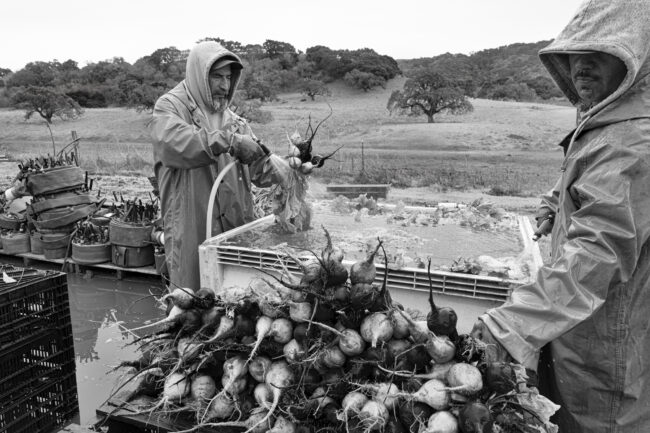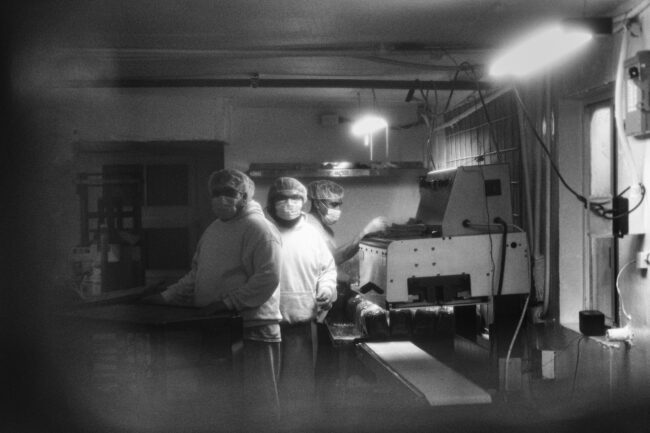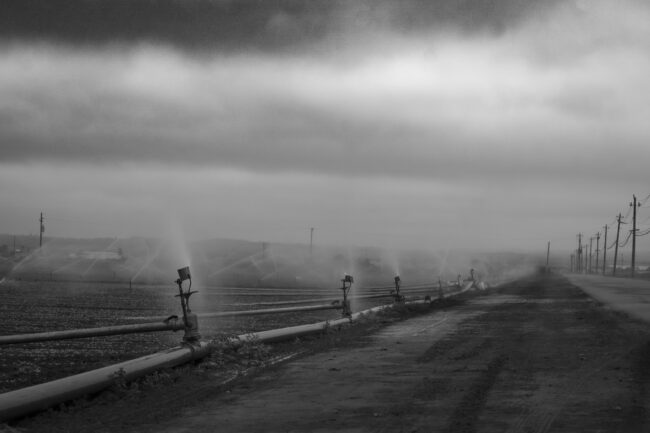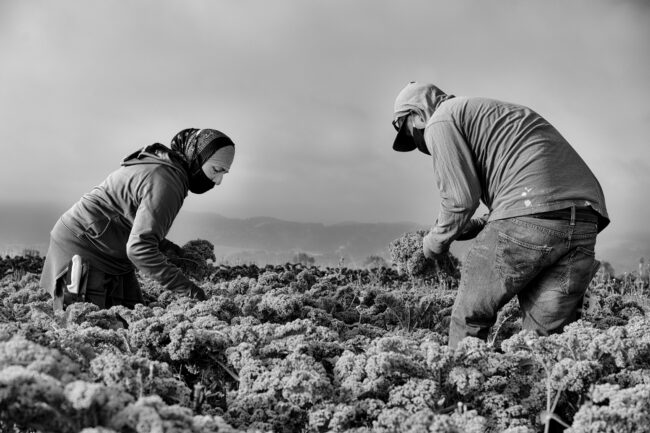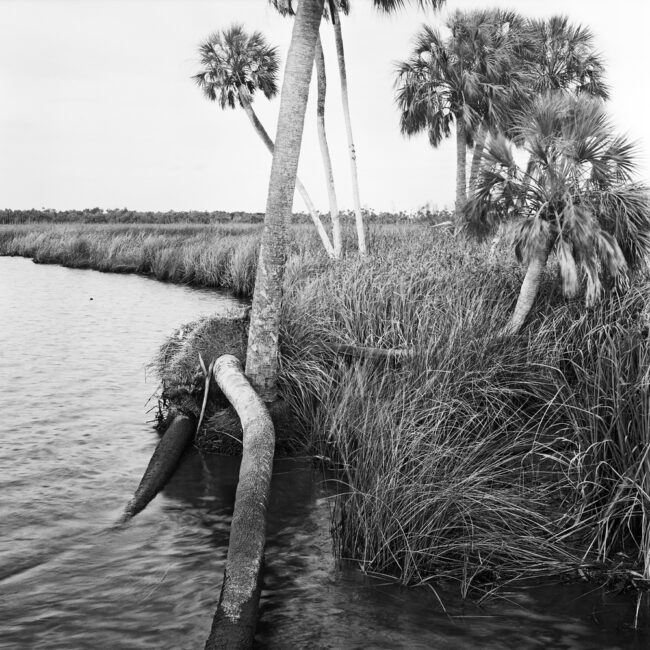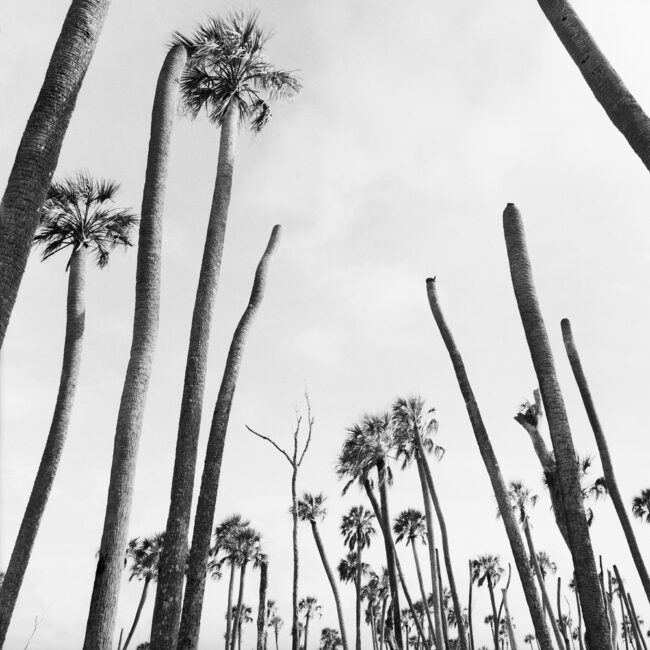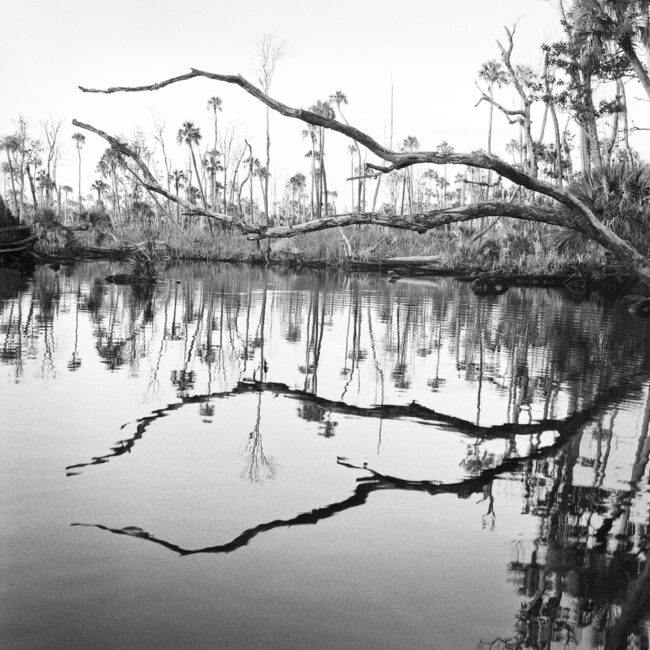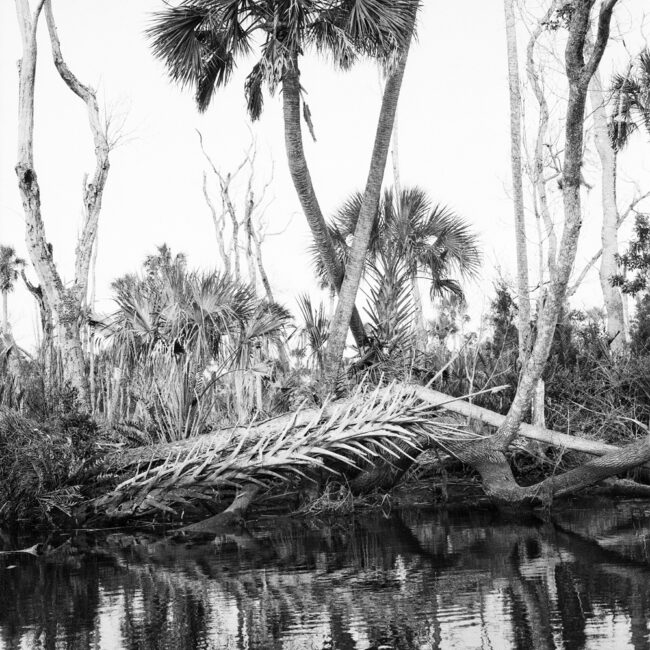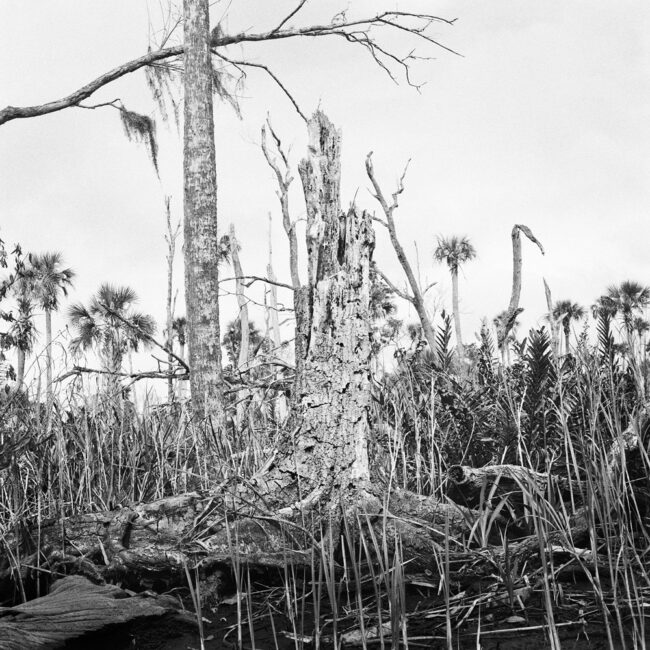I don’t smoke weed every day.
(Not anymore, anyway.)
I only consume occasionally now, as it’s better for my body.
Beyond the perpetual munchies, (which make you fat,) marijuana tricks the brain into dumping extra serotonin into the blood-stream, so once you stop, the emotional crash is no fun at all.
Like booze, with its famed “hair of the dog,” weed entices you to stay on the ride, because getting off is a bitch.
Thankfully, I prefer life sober, and only smoke for “special occasions” these days.
As such, the first thing Jessie and I did, once we dropped our bags at the Millennium Knickerbocker Hotel in Chicago last month, was head to Verilife, the closest dispensary we could find.
Given our stressful day, and that we were sort-of on vacation, it was a lock we’d go buy some reefer, as dealing with the maskless hordes all day was a big-fat-drag.
I’d already scoped out Weedmaps, (which now counts the great Kevin Durant as an investor,) so I knew where to go.
Verilife was a slick operation, with lots of digital interactions, a well-organized rope-line, and a succession of people who’d check you in.
The guy who verified our ID’s noticed we were from New Mexico, and asked about Ojo Caliente, the famed hot springs resort on a Native American Pueblo, about an hour from Taos.
(I hated to tell him they had a huge fire last year, which burned down the historical bathhouse, but what can you do?)
When we made it to the front of the line, where you pre-order on an iPad, I asked the helpful bud-tender for a good pre-rolled Indica joint, to chill us out, and he massively up-sold us to an $80 Sixpack of pre-rolled, half-gram joints, which came in a fancy box, replete with matches.
He was right, of course, as who needs to go right back to the dispensary, and that box kept us good and happy until Sunday morning, when we went back for a pre-rolled Sativa joint to power us through our last day.
Just for context, I went to Chicago last month for three reasons:
1. To have a romantic weekend with my wife, by the ocean-esque Lake Michigan, as we hadn’t been away from the kids together in years. (Thanks for the help, Mom and Dad!)
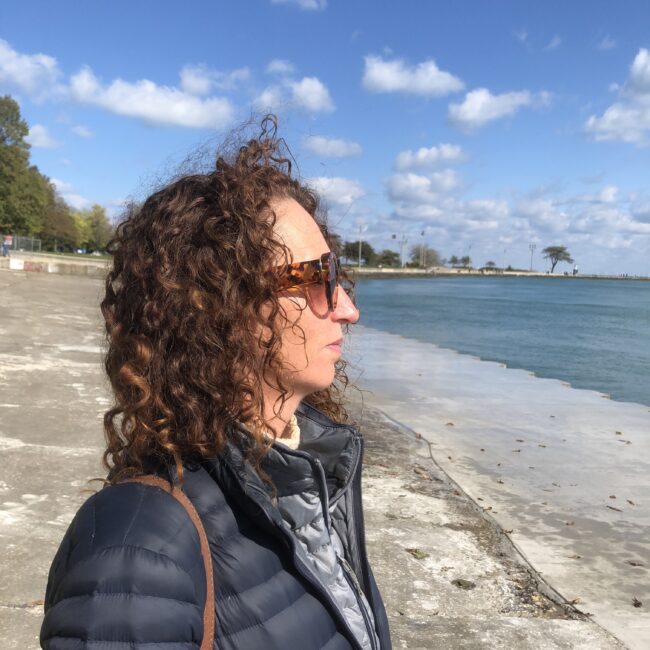
2. To hang out with some of my photo-world buddies, whom I hadn’t seen since March 2020, in Houston at SPE, the day before the entire world shut.
3. To visit some art museums and galleries to write reviews for you, and just enjoy the city, eating and having fun for a travel article. (The one you’re reading right now.)
Therefore, having some killer, chill, smiley joints to smoke as we walked around the lake, and the city, made everything so much more dramatic.
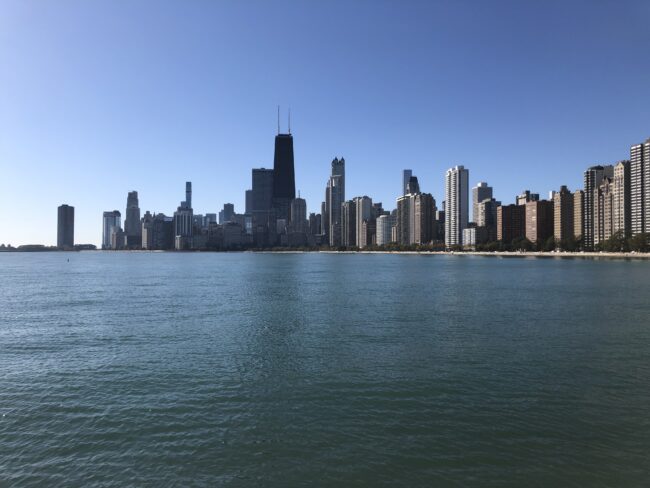
I highly recommend it.
Just going to 7-11 for some blue Gatorade, right after we left Verilife and lit up, was great, as you get the woozy feeling, where everything looks hyper-real, but without the lack of control and potential for disaster that comes from getting too drunk.
(Luckily, I didn’t overdo it with alcohol at all, even though I almost always had a drink in my hand when kicking it with my buddies.)
The first night, I went to Sparrow with three friends, and it was my first time in an indoor bar or restaurant since April.
The experience was awkward, to say the least, as masks were required to enter, but then everyone took them off the second they got inside.
One of my buddies kept his mask on the entire time, when he wasn’t sipping, and I would put mine on for a few minutes, realize I couldn’t be heard when I spoke, because it was so loud, and then I’d take it off again.
There was no doubt my mask-wearing-system was pointless, but the human brain often needs time to process, in new situations.
And my friends assured me the vaccination rate was so high in Chicago, (higher than I was,) that I should feel comfortable no one would breath Corona-air on me.
(They were right. No Covid the entire trip.)

The highlight of the weekend, if I’m being honest, were the long walks Jessie and I took by the lake.
Each day, we spent hours ambling along the concrete shore, staring out at the beautiful blue water, watching the high rise buildings jut up at its edge.
Walking along, smoking joints, taking in the people-watching, was worth the price of the plane tickets and hotel.
No doubt.
Part of why I chose the Millennium Knickerbocker, (beyond the nostalgia of having been there for 4 Filter Photo Festivals,) was it’s the closest place to the Oak Street Beach, other than the Drake Hotel, which is across the street.
You only have to walk a half block, then a very-short-block, to get to the entrance to the park, and being that close meant we could really utilize the gorgeous Lakeshore.
Additionally, the entrance features a phenomenal mural, by Jeff Zimmermann, which sets the tone each time you head to the beach.
One thing we noticed is Chicago is a town full of grown-up frat boys. Or, at least, the Magnificent Mile area is full of them.
I cannot tell you how many massive dudes I saw, (like, really big,) and they all wore a similar outfit: hoodie, baseball cap, shorts, and sneakers.
Always, no matter how cold it got, (and it was pretty nice when we were there, if windy,) they wore shorts.
Somewhere, there must be a memo, describing the Chicago-bro uniform, because no one deviated.
Well, almost no one.
We did see one guy walking past us, heading South, and he was so fabulous it’s hard to put into words.
His skin was brown, and it made me think of Persia, not Mexico or India, but who can say?
My man was nearly naked, wearing only a floral-print banana hammock bathing suit, to go along with his brilliant mustache, well-chosen footwear, hairy chest, sunglasses, and mohawk.
Jessie and I tried not to gawk, as he was so compelling, strutting with confidence, and I felt it was too rare a moment to pull out the camera. (I mean iPhone.)
“You only see someone like that once in your life,” I said to Jessie, so we made sure to describe him to each other, to remember details for me to share. (Here. Now.)
Needless to say, we were shocked, thirty minutes later, to see him walking North as we headed South, as I guess the walk-up-and-turn-back thing is pretty common at Lake Michigan.
The second time, I had no reservations about grabbing some photos, so here you go.
Beyond the walking, people-watching, drinking with friends, and art-viewing, (which I’ll cover in a separate article,) we spent a fair bit of time eating.
Some people I know, (yes, I mean you, Louie,) insist on bagging on Chicago deep-dish pizza, calling it a bread bowl, a plate of hot cheese, or something other than pizza.
As a born-and-raised Jersey boy, I still Stan for East Coast pizza, but have no problem opening my mind to other styles of the World’s Best Food.
However, in my 5 previous visits to Chicago, I’d never had brilliant pizza, despite many attempts.
Giordano’s was overrated, and Pizano’s was good, but not great.
I’ve surveyed folks over the years, and heard Lou Malnati’s is everyone’s favorite local chain, so for lunch on Friday, we ordered a monster pie.
(We skipped dinner and breakfast to properly feast.)
The River North Lou Malnati’s is located just off a public plaza, which I’m told is called the Viagra Triangle, as it has a series of high-priced, outdoor restaurants where rich, older guys take their young, pretty girlfriends.
We stopped in and ordered a Deep Dish Malnati’s Chicago Classic, which featured sausage with extra cheese and sauce, and I asked them to add the garlic spinach, and olives, so it would have more of a Mediterranean feel. (Plus, you need get your vegetables where you can when you’re eating pounds of melted cheese.)
While waiting the 30 minutes, we walked down to Walgreens to buy more Gatorade, an umbrella, and some OTC Covid tests, (so I could prove to my buddies we were clean, before attending a small house party.) Then we walked up Rush St to grab the pizza, in full-food-crash-mode, and brought it back to the hotel to eat.
If I’m a truthful critic, it needed a touch of finishing salt, and some fresh ground pepper, but beyond that, the jazzed up Malnati’s pie was super-delicious.
Totally worth the hype.
The sauce was sweet, but not overly so, (and there was enough of it,) while the spinach cut some of the richness of the sausage.
Lou Malnati’s
Three and a Half Stars
That night, at my friend’s house, we had even more deep dish pizza, this time from the opposite of a chain restaurant.
Instead, Doug ordered from Milly’s Pizza in the Pan, the kind of joint that popped up during the pandemic, where you have to be in the know, call ahead, take what they’re offering that day, show up at the appointed time, and they bring the pizza out to your car from a commercial kitchen.
It’s not remotely a restaurant, and I must say, the bougie food did have more flavor than Sweet Lou’s.

Each pie, (one vegetarian, one with meat,) utilized various colored peppers, which added freshness and balance, plus you could actually taste each ingredient.
The pies were a bit thinner, while still being deep dish, and it was more food to savor than stuff in your face, as you desperately try to get all the fat in your stomach to soak up the booze.
Milly’s Pizza in the Pan
Four Stars
I know today’s column is long, and I never want to go on forever, but there are three more restaurants to cover.
First off, on Saturday, we did a big takeout meal from Silver Spoon, which is an underground Thai restaurant I discovered in 2015, and continue to visit each time I come back to Chicago.
It’s literally below street level, and is always full when I go, so I’m not the only person who realizes how good the food is, and reasonably priced as well.
It’s near a Giordano’s, so watching the tourists line up, waiting for an hour to get mediocre pizza, when there is such great Thai food three doors down, always makes me giggle.
We had veggie eggrolls that tasted like they could be from a Jersey Chinese joint, (massive compliment,) vegan summer rolls that were as delicate as Donald Trump’s ego, some dumplings that seemed deep-fried, rather than in a pan, a brilliant Pad Thai, and a Pad See Eiw that was too spicy. (My fault for asking for medium-spicy.)
Silver Spoon
Four Stars
On Sunday, rather than join my buddies for coffee out West, we wanted to maximize our time downtown, as the hotel allowed us a late checkout. So we went to Tempo Cafe for brunch, a classic diner of the type rapidly disappearing in America.
There was a long wait, but all those schmucks wanted to eat inside, so we grabbed a semi-private outdoor table, on the sidewalk, straight away.
Tempo Cafe has been my go-to hangover breakfast three times now, and it’s always delivered.
Though they brought us coffee super-quickly, and kept re-filling the cups, (thankfully,) we had to wait ten minutes to order, then half an hour for our food, which was a huge bummer.
I distracted myself by looking up, staring at the buildings, and making up stories about the people walking by.
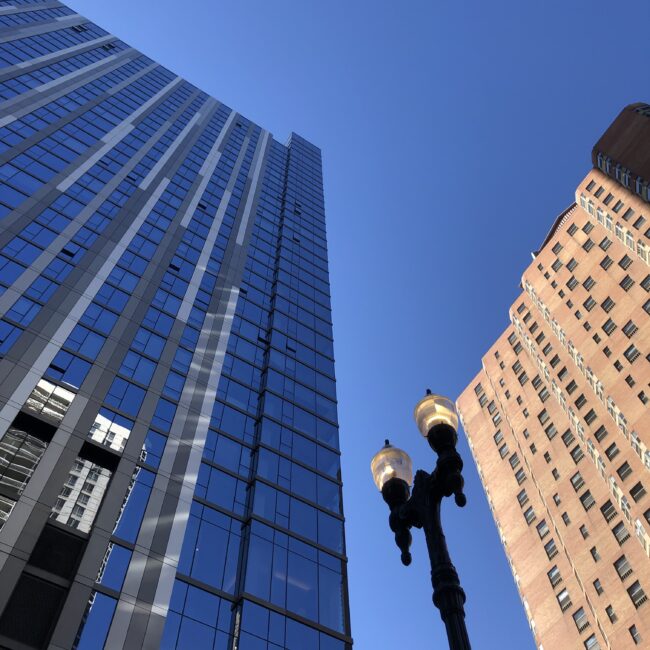
Given what I said about getting your veggies when you can during a weekend bender, I ordered an egg skillet with broccoli, spinach and mozzarella cheese, and was excited for it to arrive.
Unfortunately, when the food finally came, they brought me a skillet loaded with sausage, instead of spinach.
My face fell faster than Carl Lewis, (the 1984 version,) and I had a decision to make.
Wait for the server to come back, (5 minutes,) and then for the cooks to make a fresh breakfast, (30 minutes,) or suck it up and dive in.
Jessie and I joked about the short order cook, reading the ticket the server handed in.
“Spinach and Broccoli? Are you fuckin’ kiddin’ me? It’s Sunday brunch, and this poor schmo is just orderin’ vegetables? Nah, I don’t think so.”
“What do you mean, Morty?”
“I don’t think this guy ordered right. The dum-dum. He forgot the sausage! I’m sure he meant sausage, not spinach. So we’re gonna fix it for him.”
Thankfully, I’m not a vegetarian, so I trusted Morty, ate most of the plate, and wasn’t hungry again for hours.
Tempo Cafe
Two and a Half Stars
Finally, I need to mention our Lyft ride, heading West to a brew-pub on Sunday, for our last visit with my crew before we schlepped to O’Hare again.
Her name was Delisa; she had an electric blue car, and electric blue nails.
Jessie and Delisa got to talking, as both were social workers for years, and though my mind was elsewhere, I kind-of followed along as they talked about helping kids in the system.
Eventually, (no surprise,) we got to talking about pizza, and she was a fan of Uno and Due, (which I’ll try another time,) but also said Parlor Pizza might be her favorite in town.
Sure enough, after we finished day-drinking at The Perch, (which has great beer, and good food, but was not-quite review worthy,) the remaining revelers walked down the street, in Wicker Park, looking for one last bit of sustenance.
There it was, right in front of us, Parlor Pizza Bar, so how could we not trust Delisa?
Sitting outside in the sun, savoring our last hour in the city, knowing we’d have a subway ride, the airport security line, then the plane flight home, and a 2.5 hour drive from Albuquerque, I hoped Delisa knew her pizza.
This time, it was more bar-pie-style, with a thin crust, and thankfully it was delicious. (Oddly, the menu was QR-code-only, which is apparently a thing now.)
The pizza margarita was amazing, a true gem of a pie. Our friends ordered a specialty number with honey and vegetables, which was also super-good, and I went off script, choosing a make-your-own, with burrata, heirloom tomatoes and meatballs.
In a place like that, with a long list of pre-selected options, the cooks obviously want you to go with their creations, and not do it yourself.
So the JB Special was good, but not THAT good.
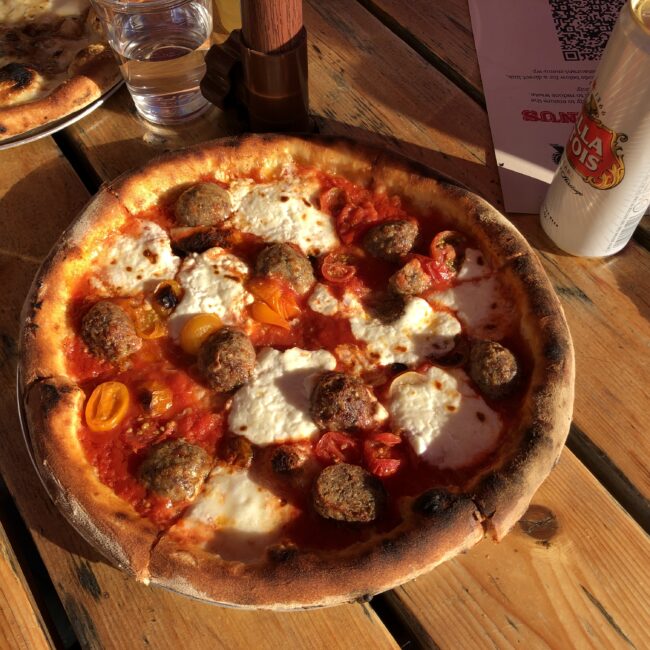
For some reason, they don’t put meatballs on pizza in Chicago.
It’s a sausage town.
And when I said it like the New Yorkers do, (SAUW-szige,) I was told that’s wrong.
In Chicago, it’s SAAAH-sidge.
And they should know.
(When in doubt, just ask Abe Froman.)
Parlor Pizza
Three and a Half Stars
From there, my friend Jeff dropped us off at the “L” train, where we waited in the late afternoon light, (with very full bellies,) hoping we’d make it back to New Mexico in one piece. (We did.)
Thanks, Chicago!
See you next time!
